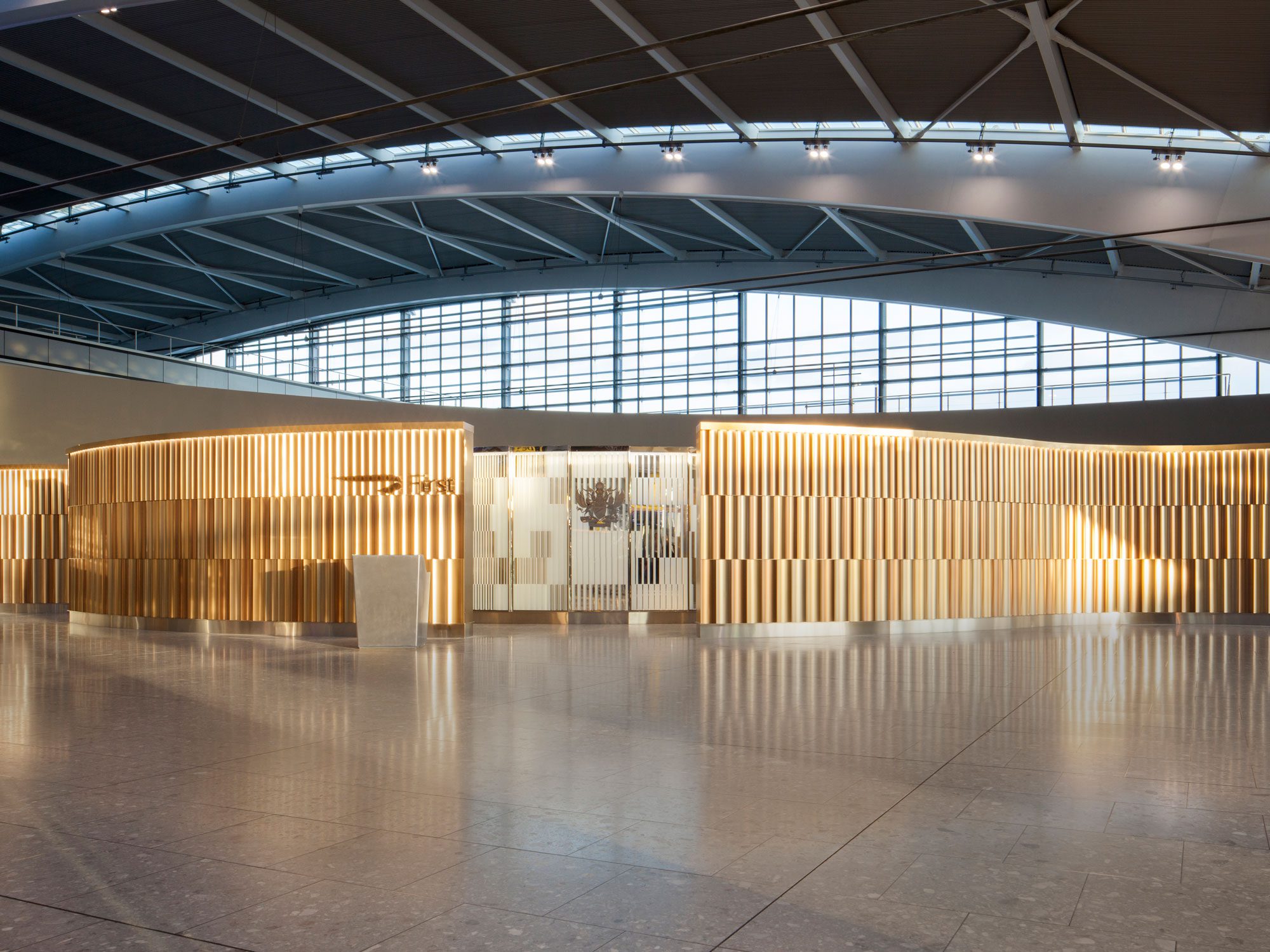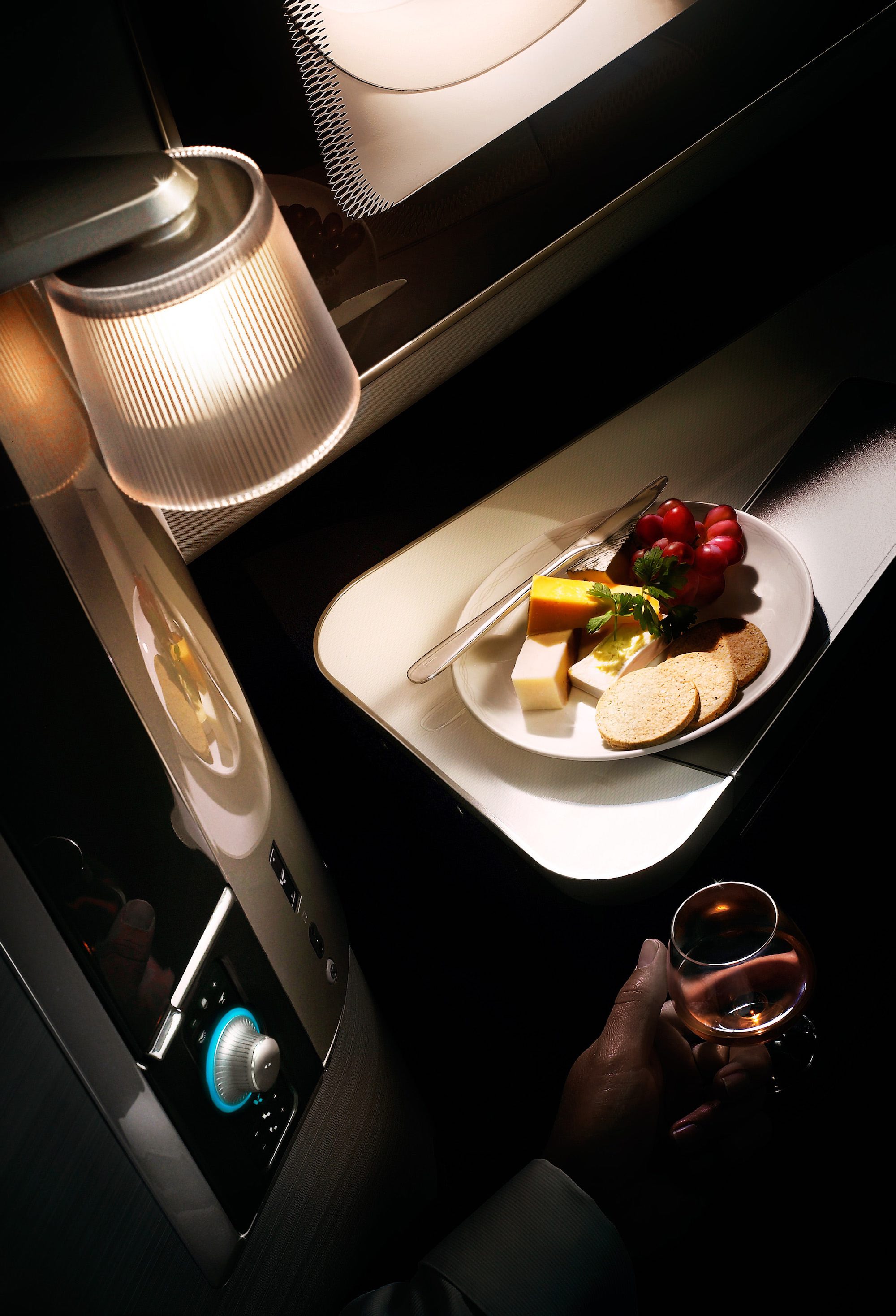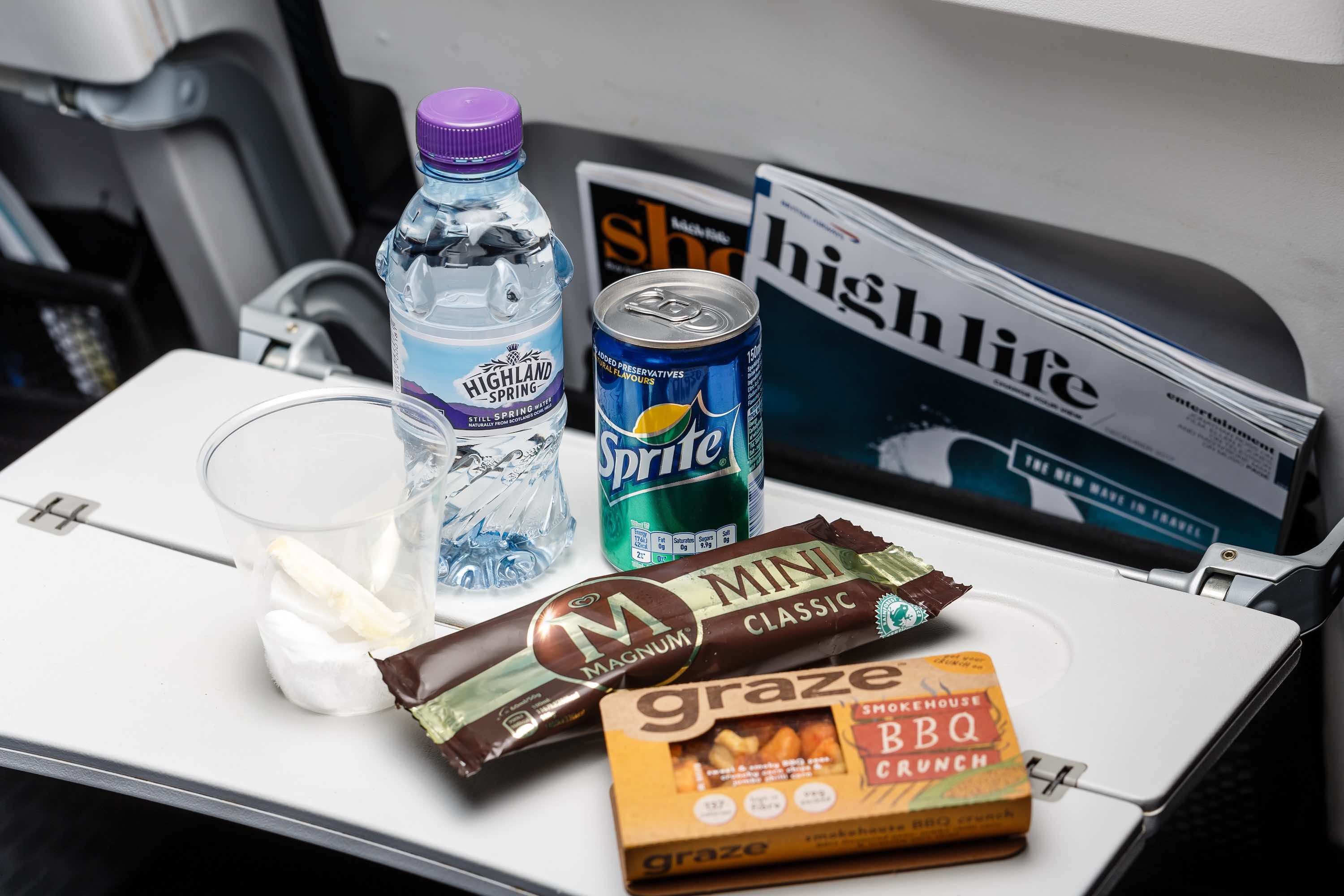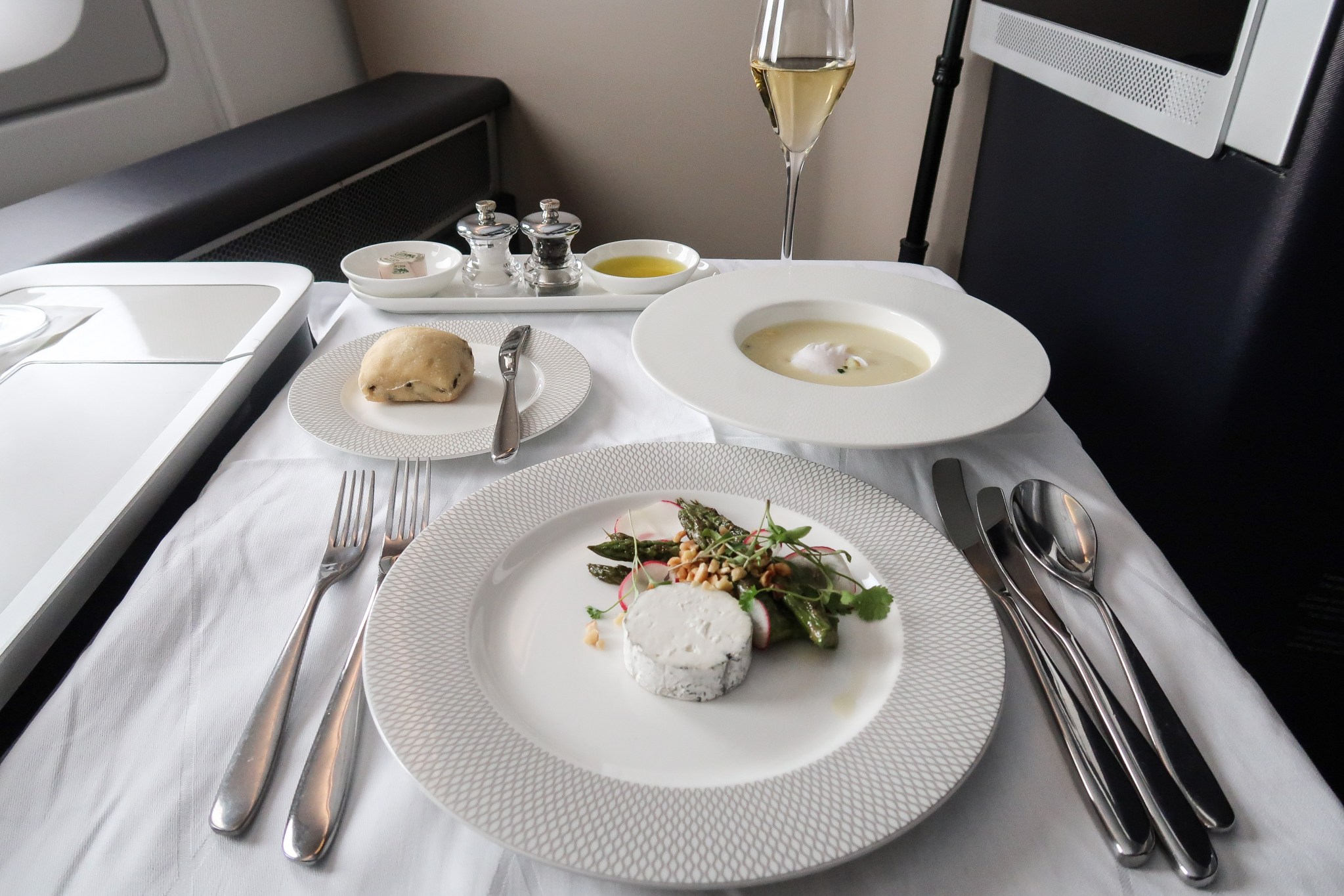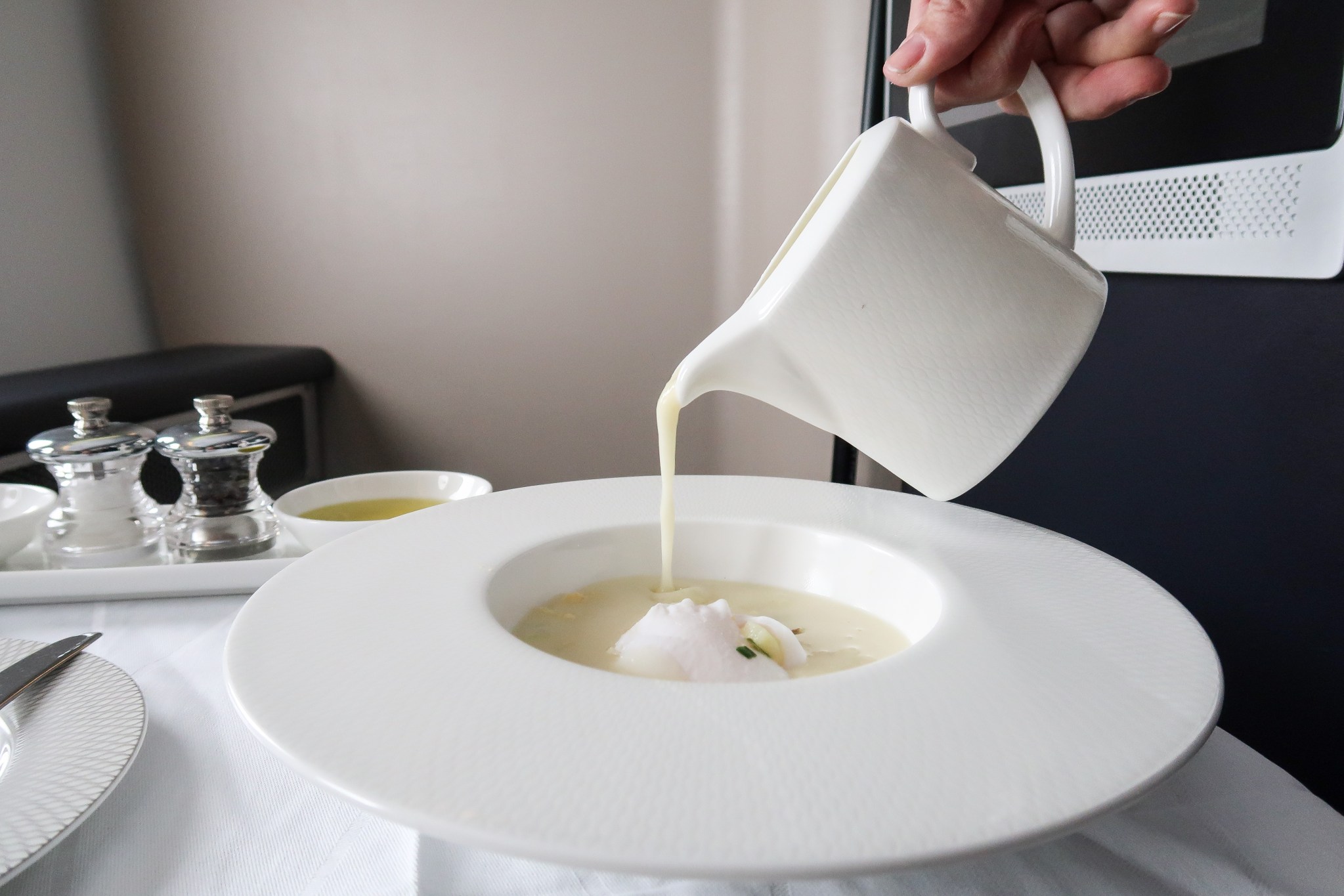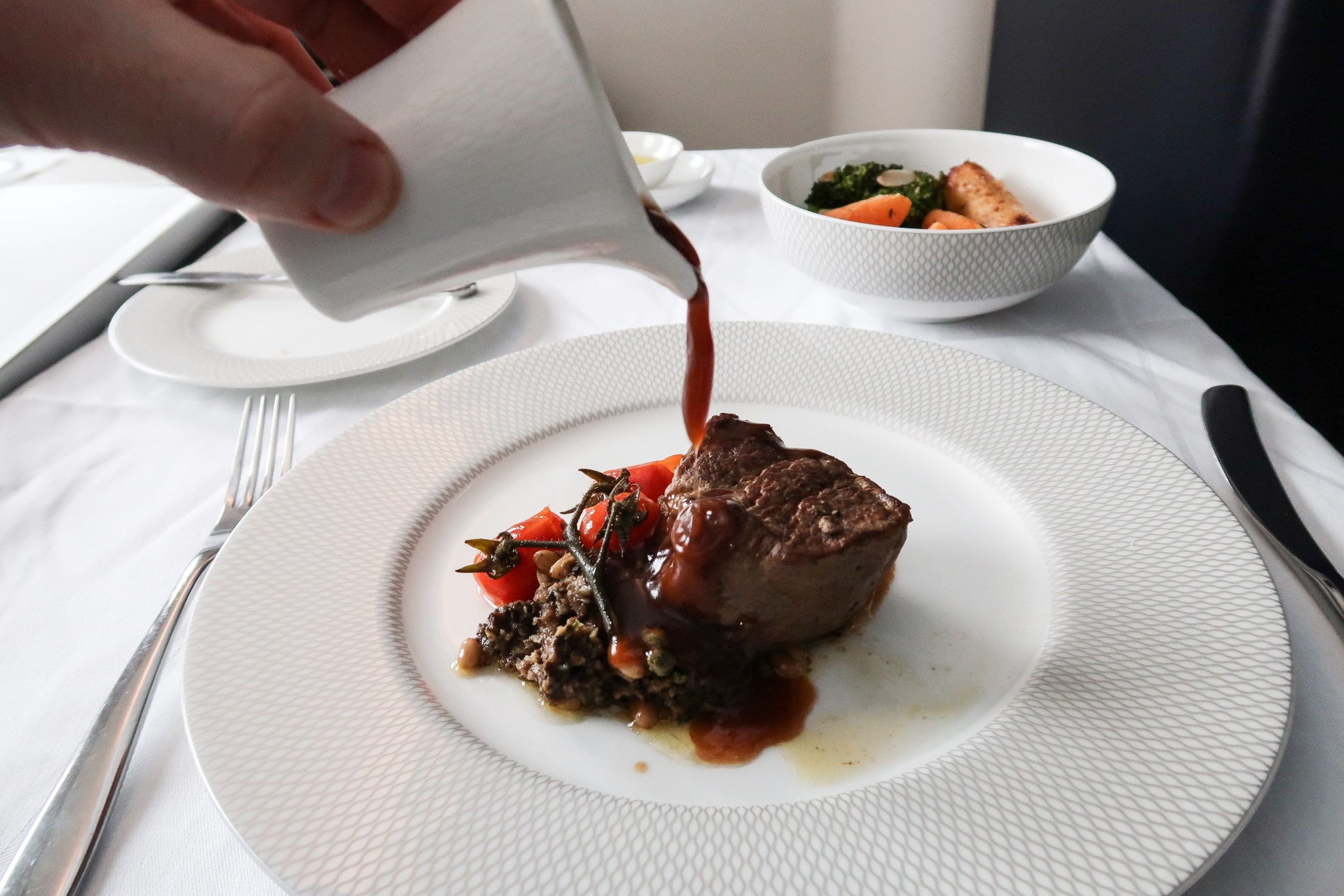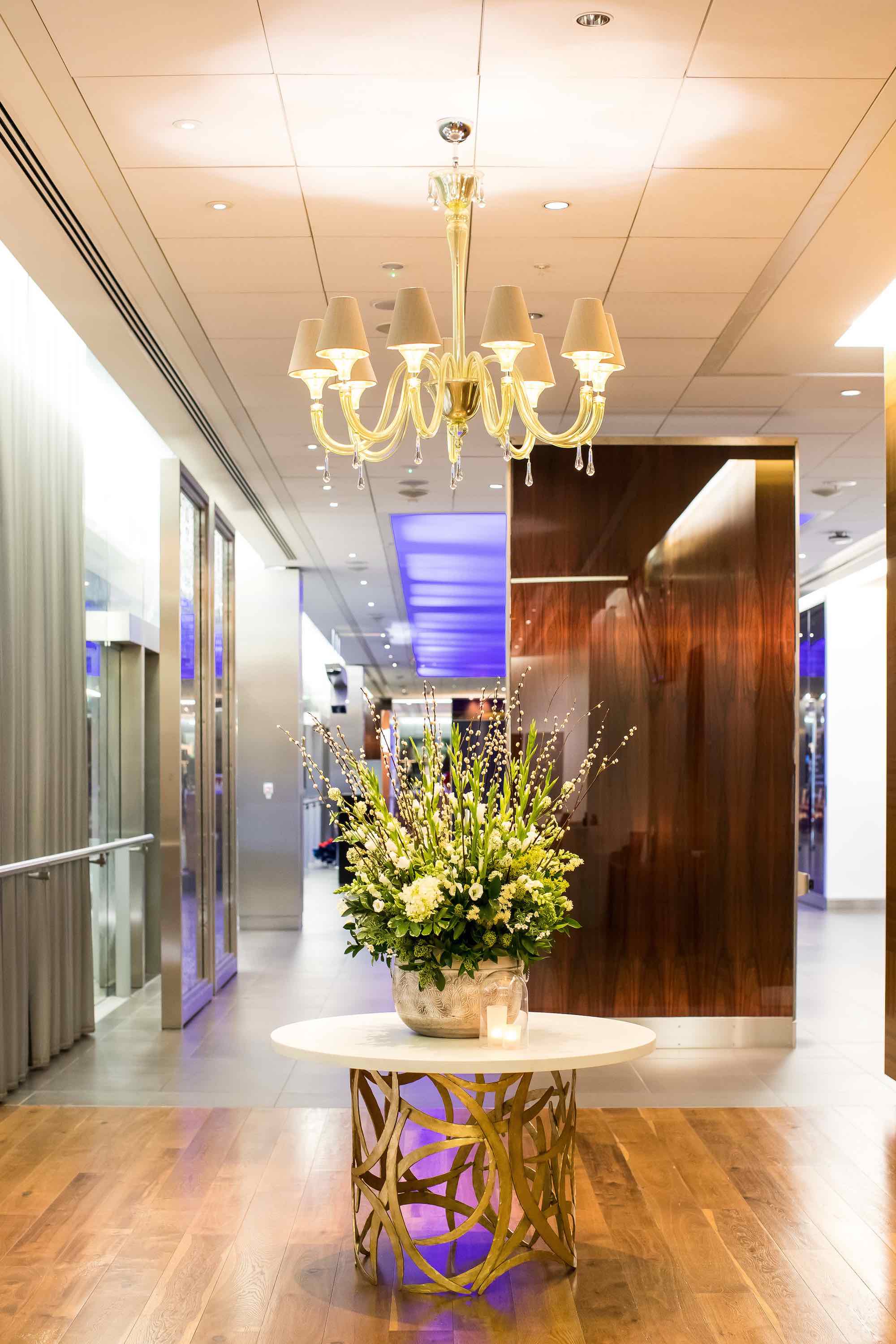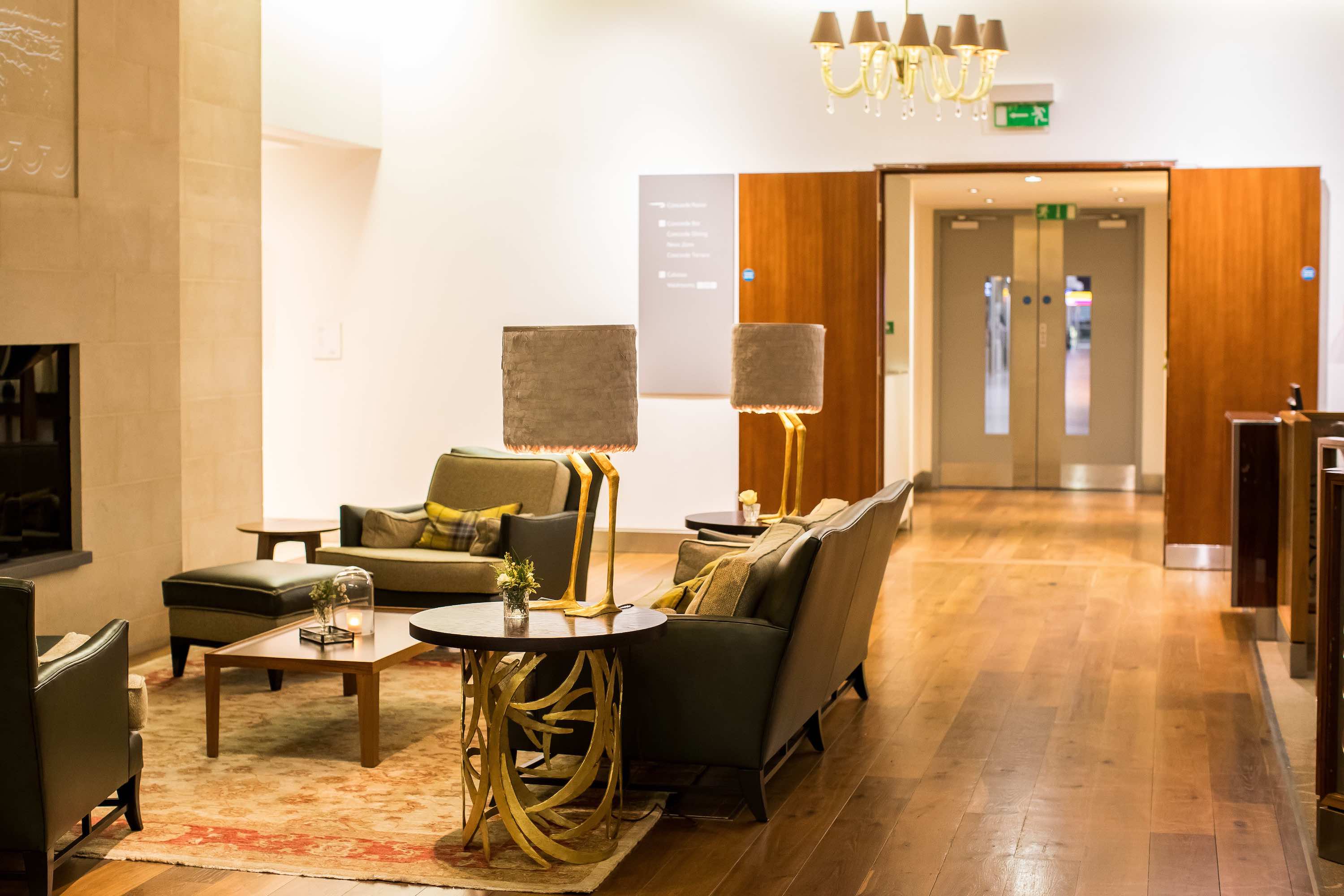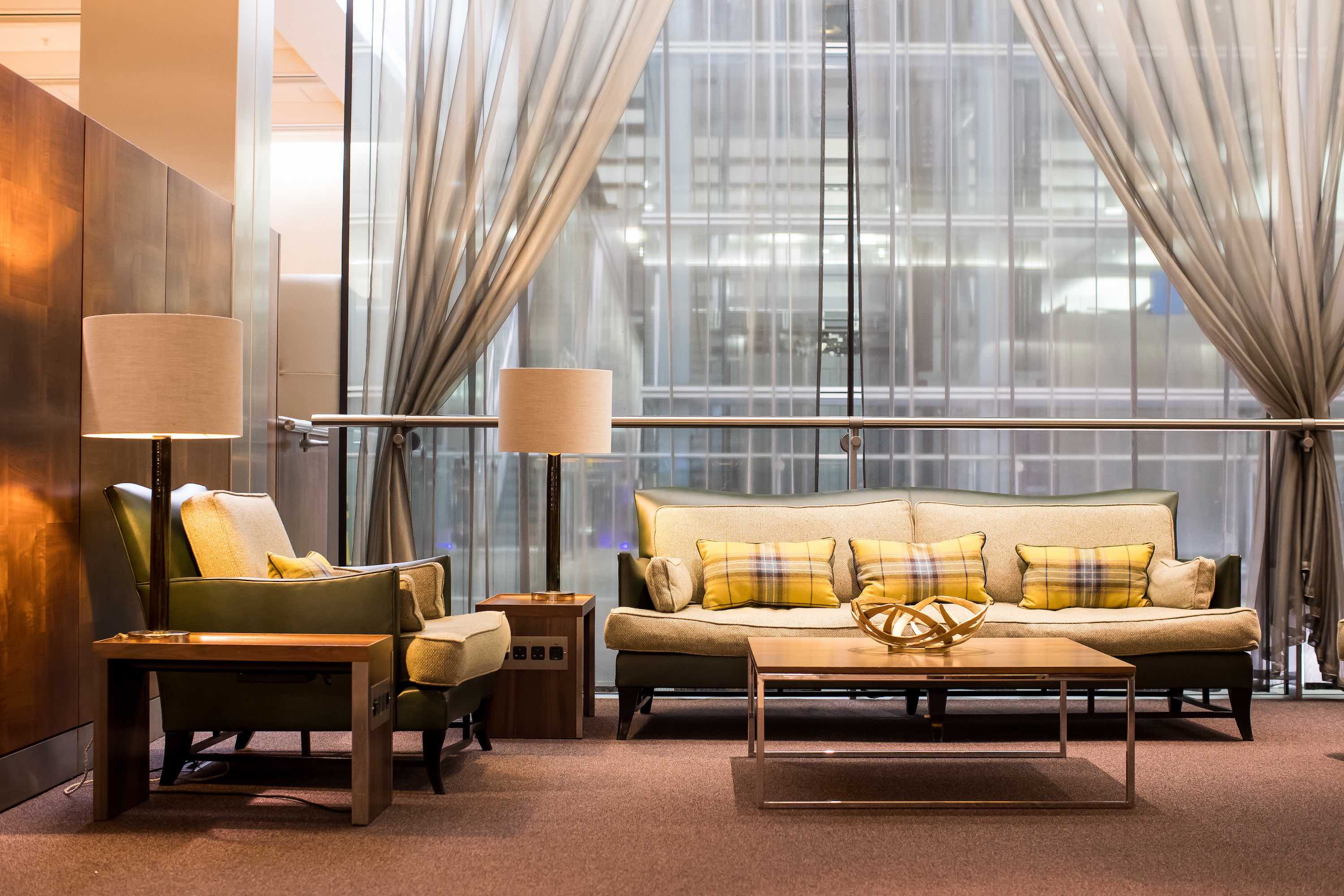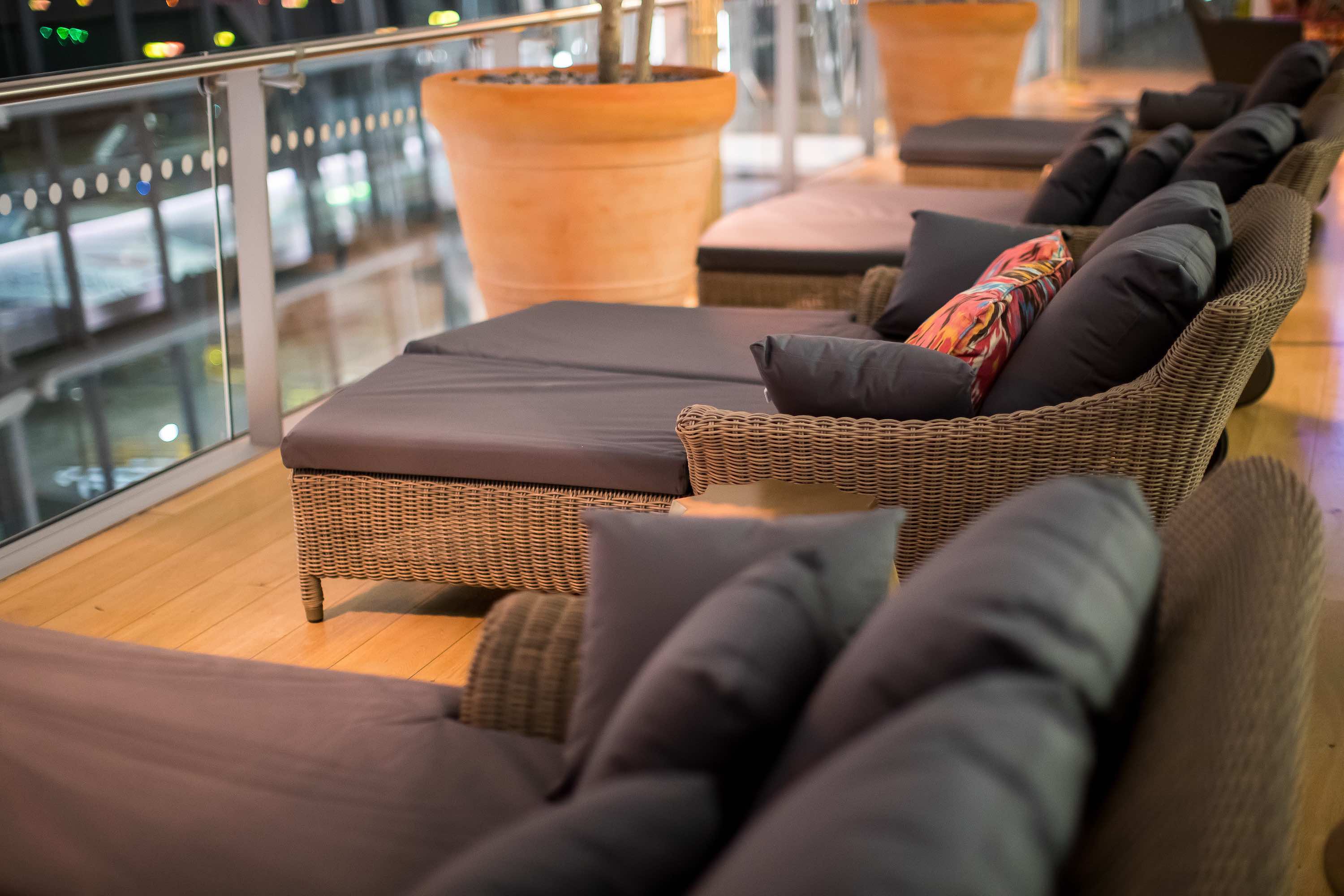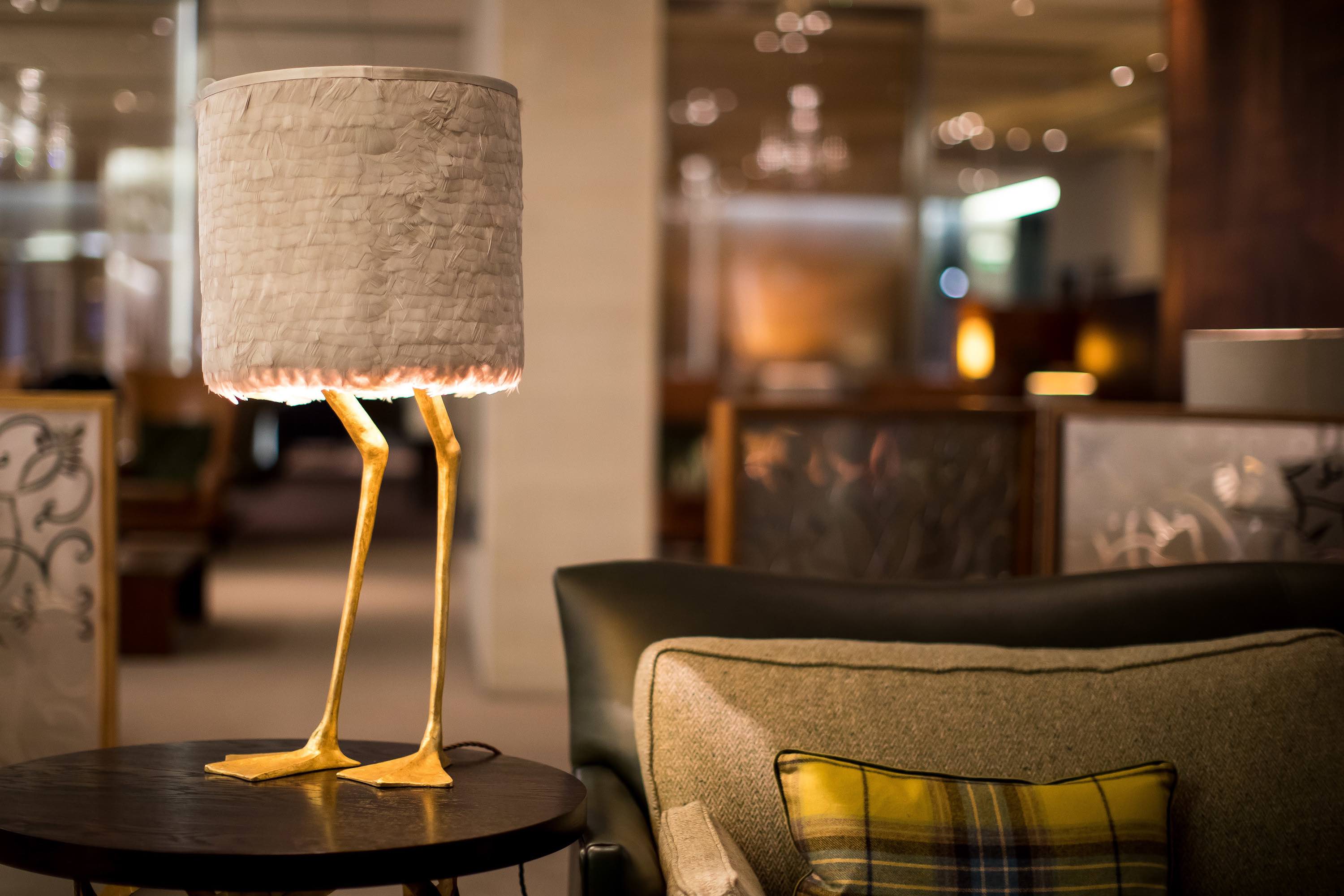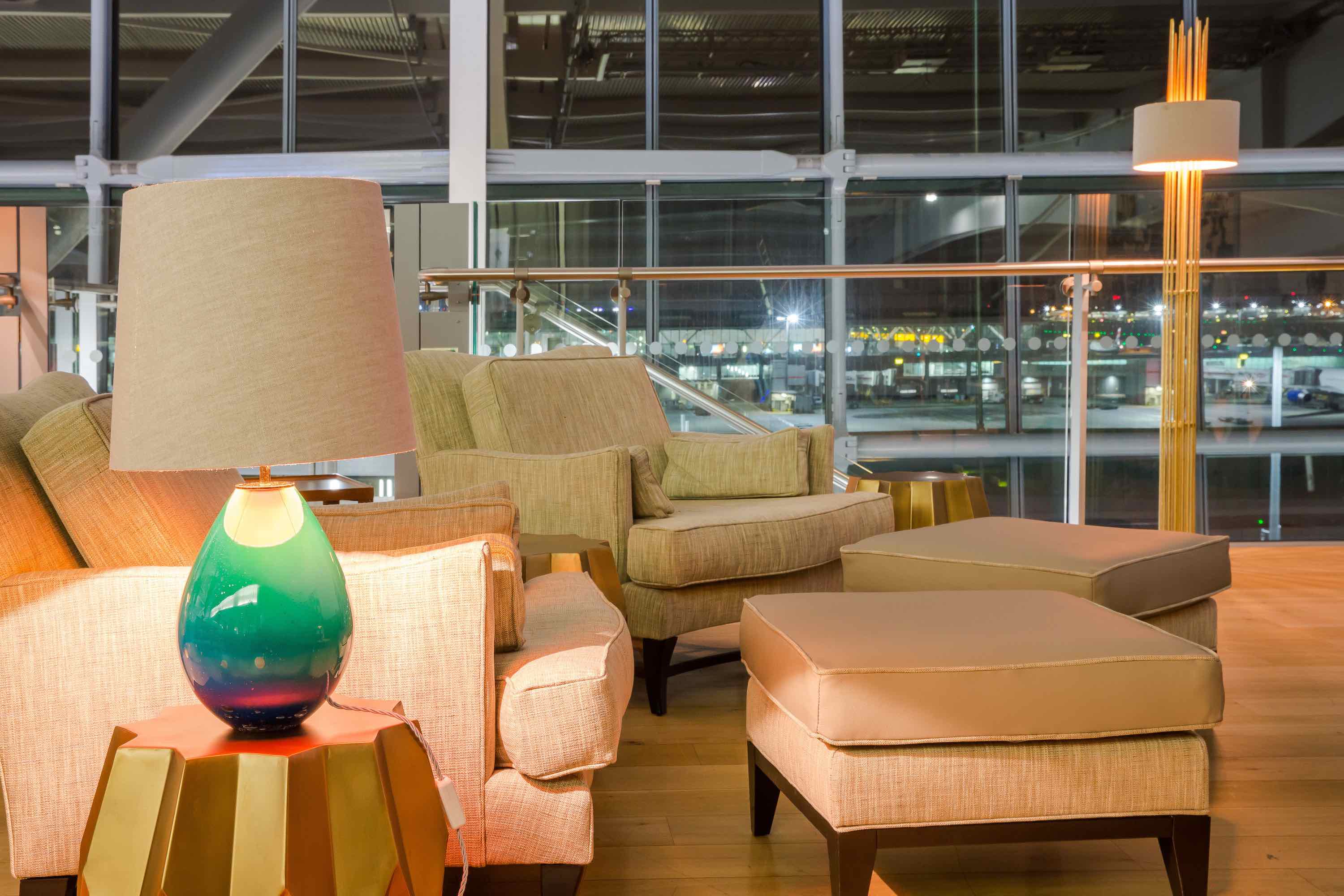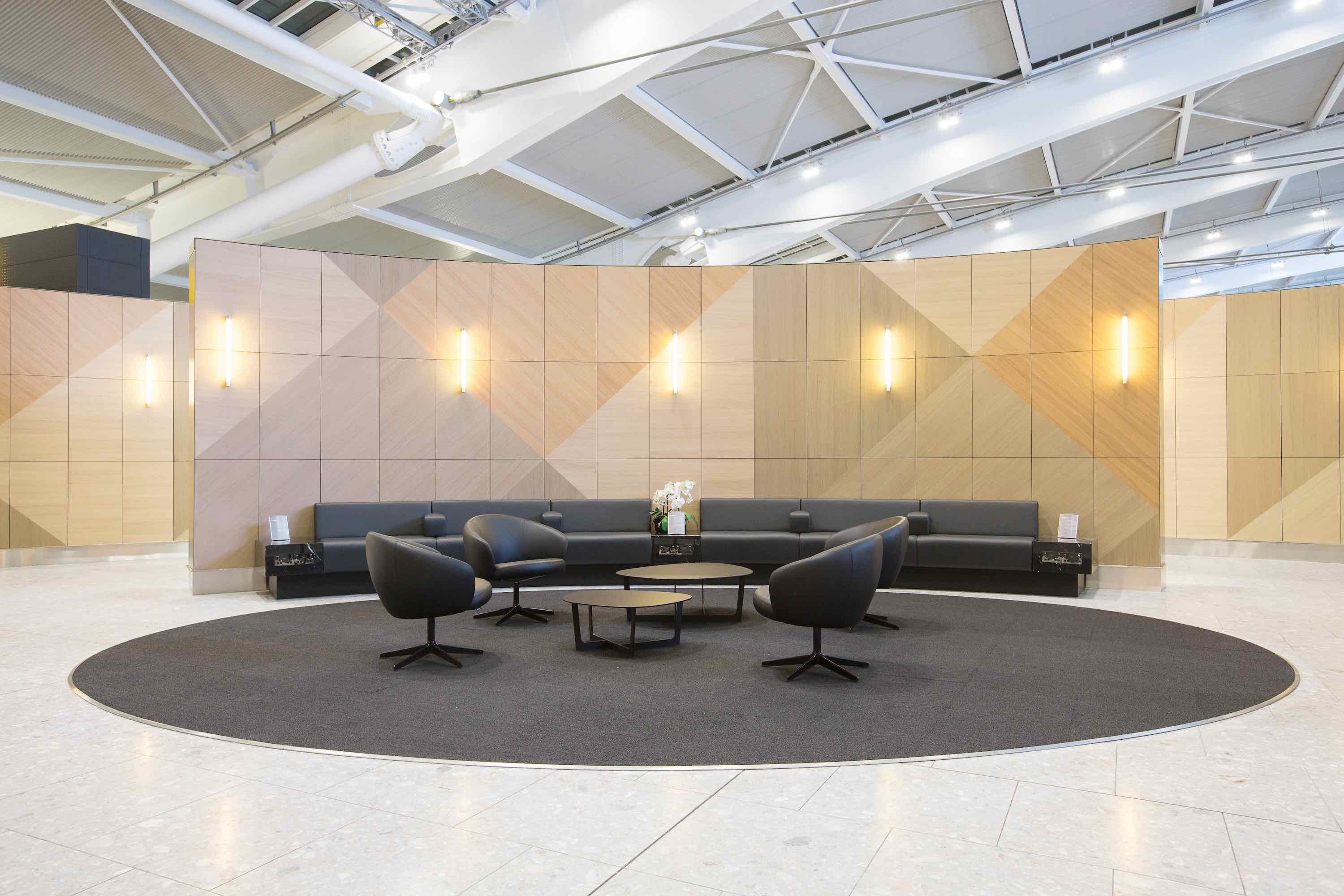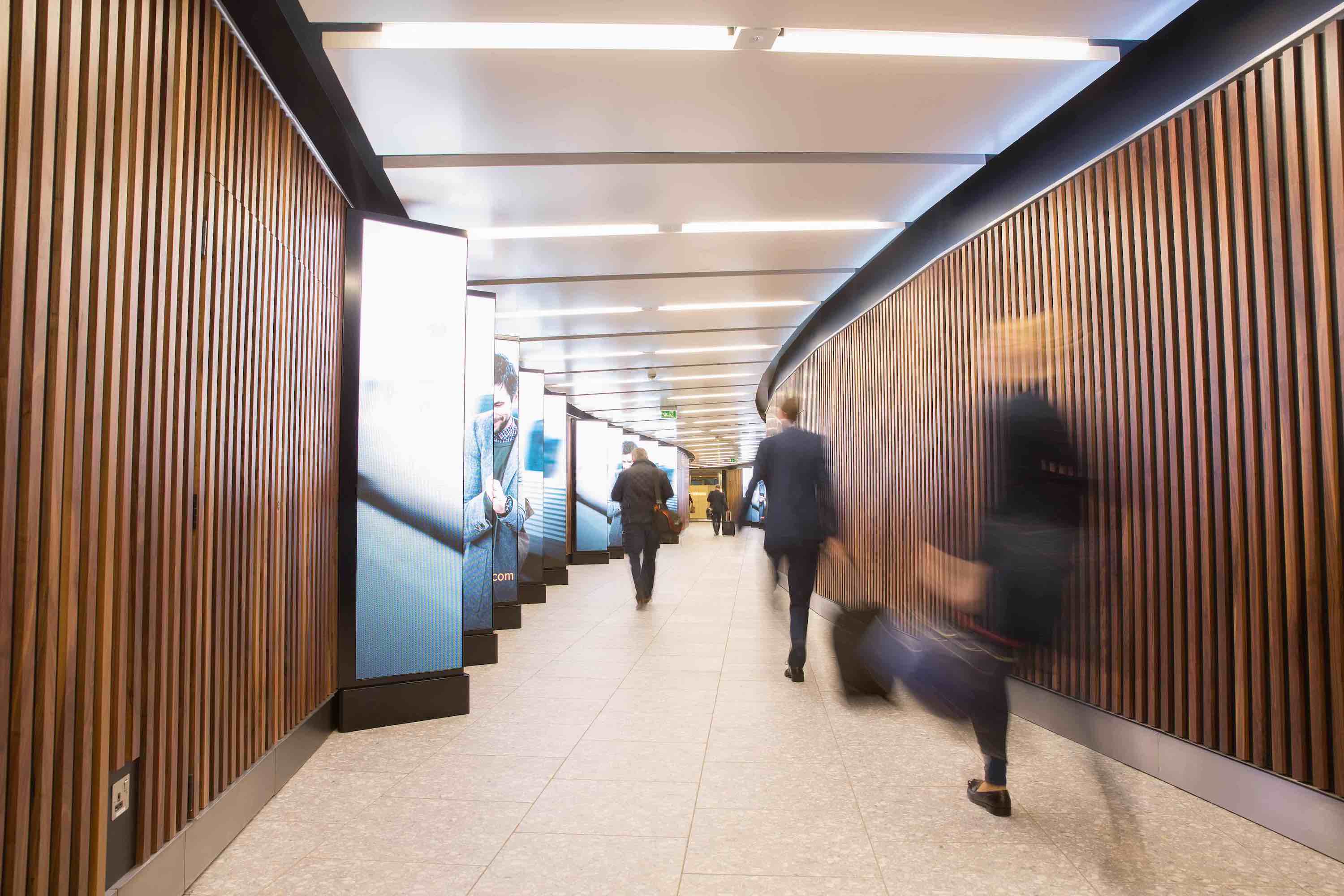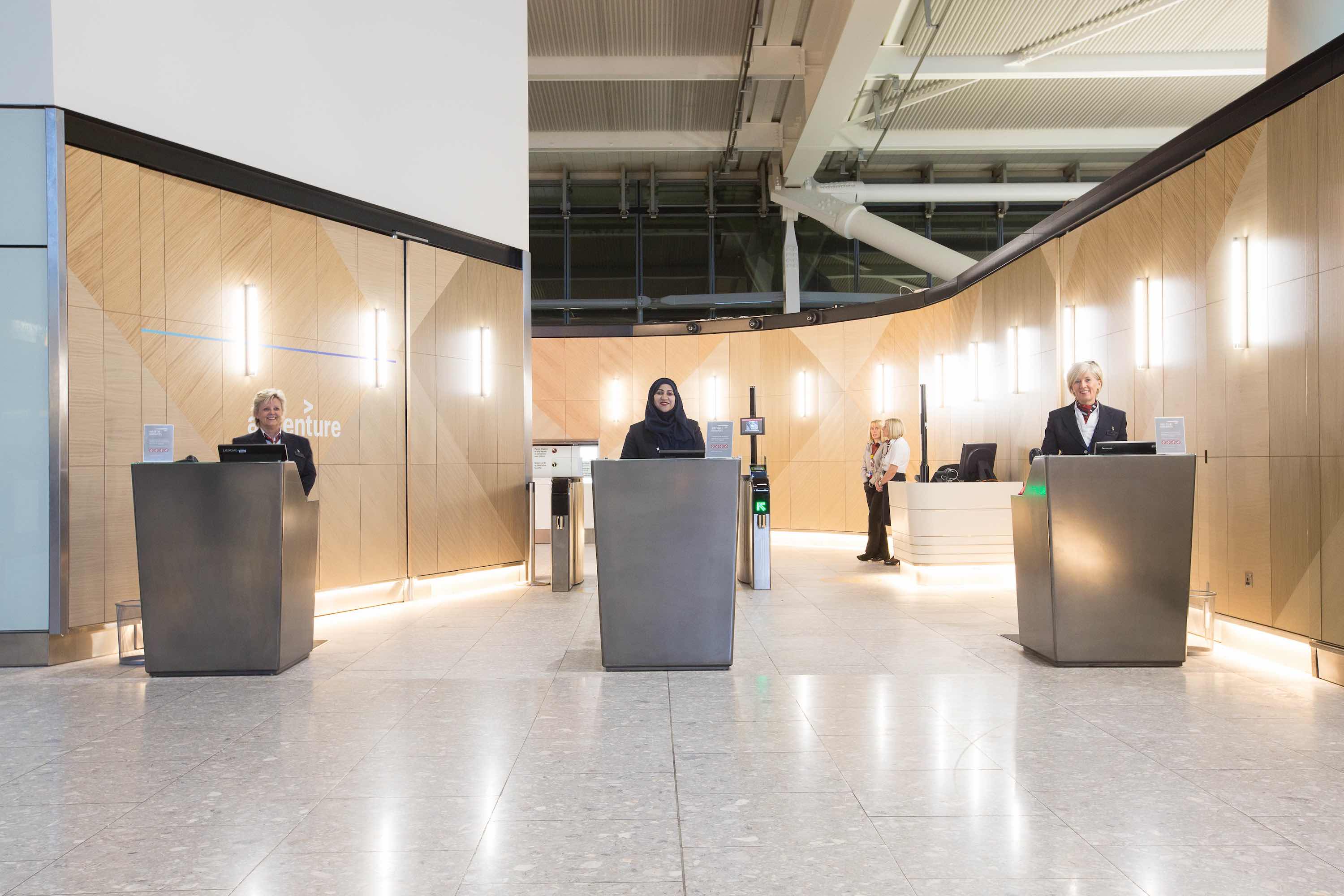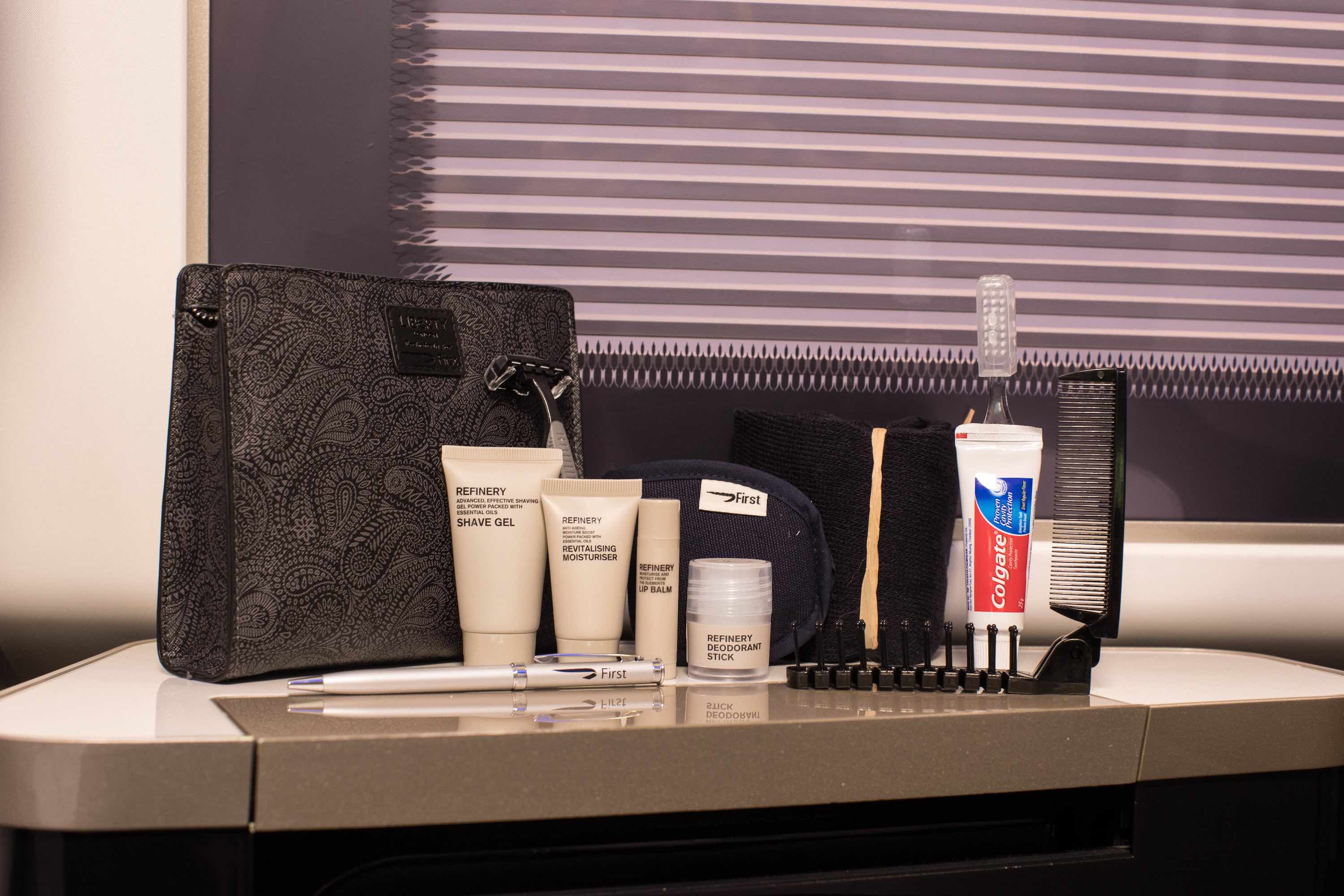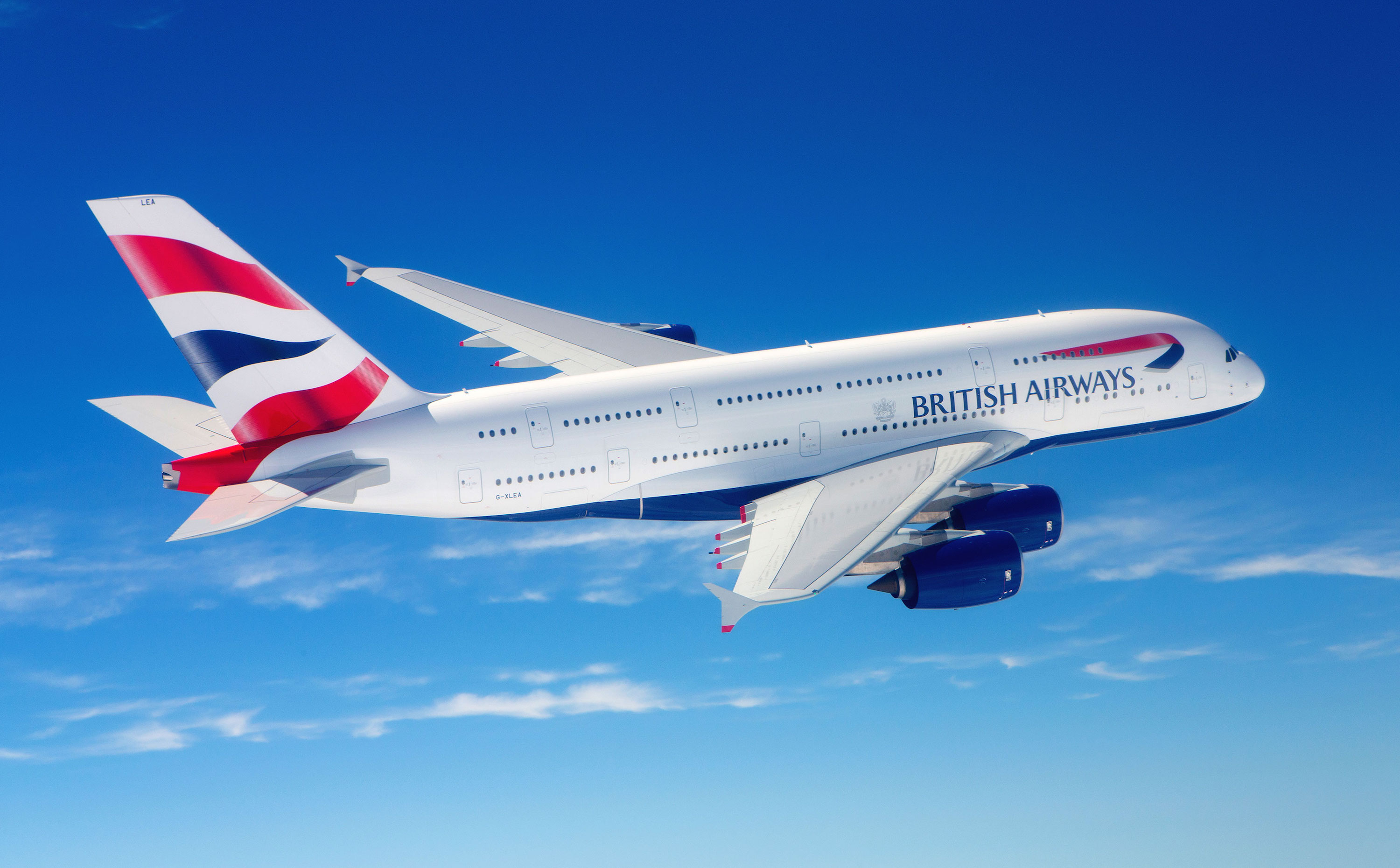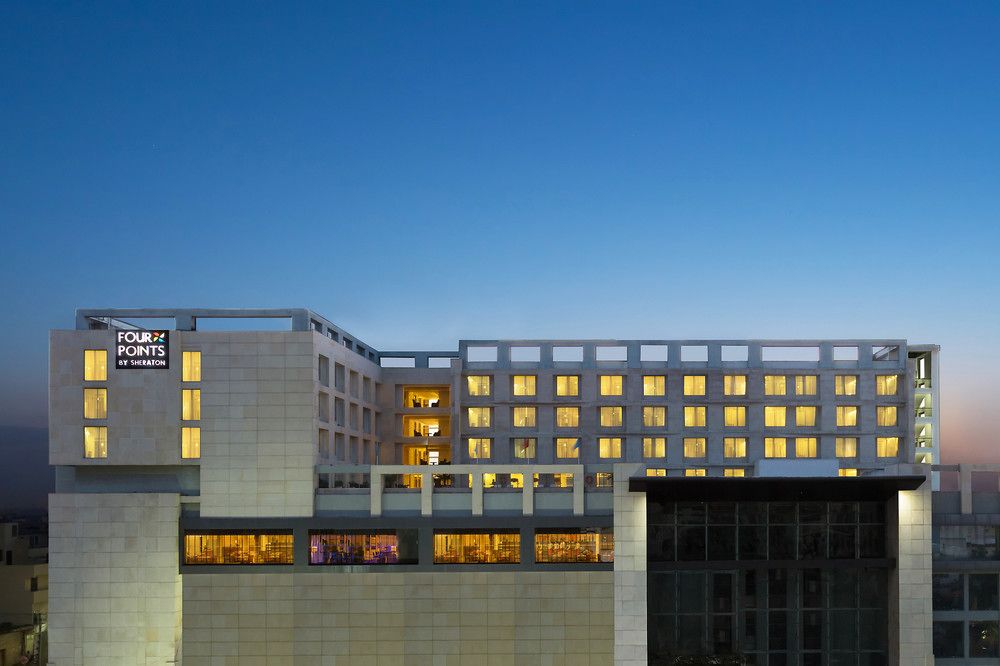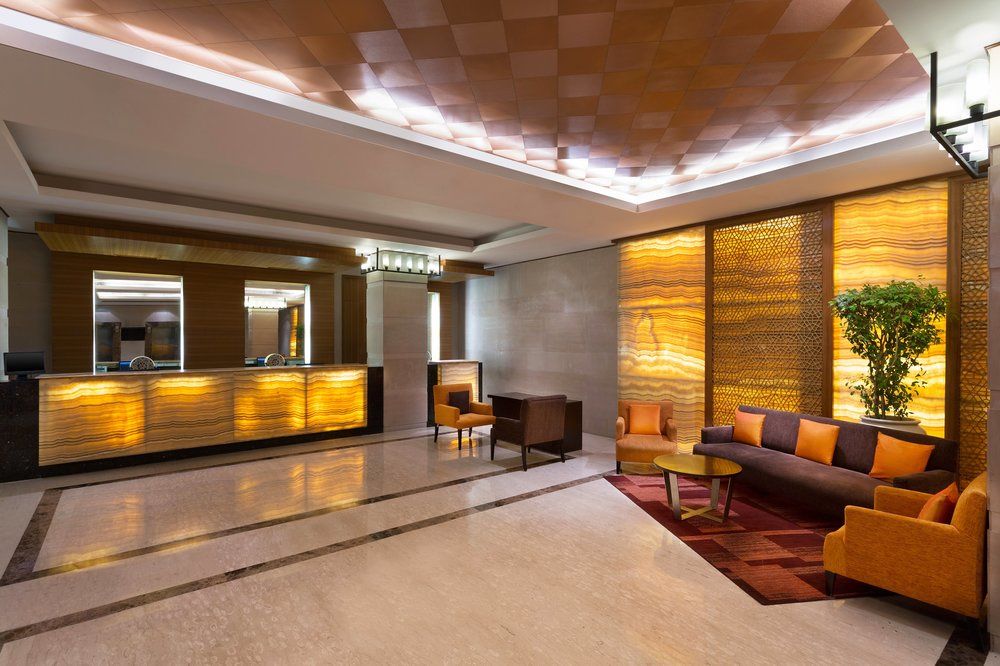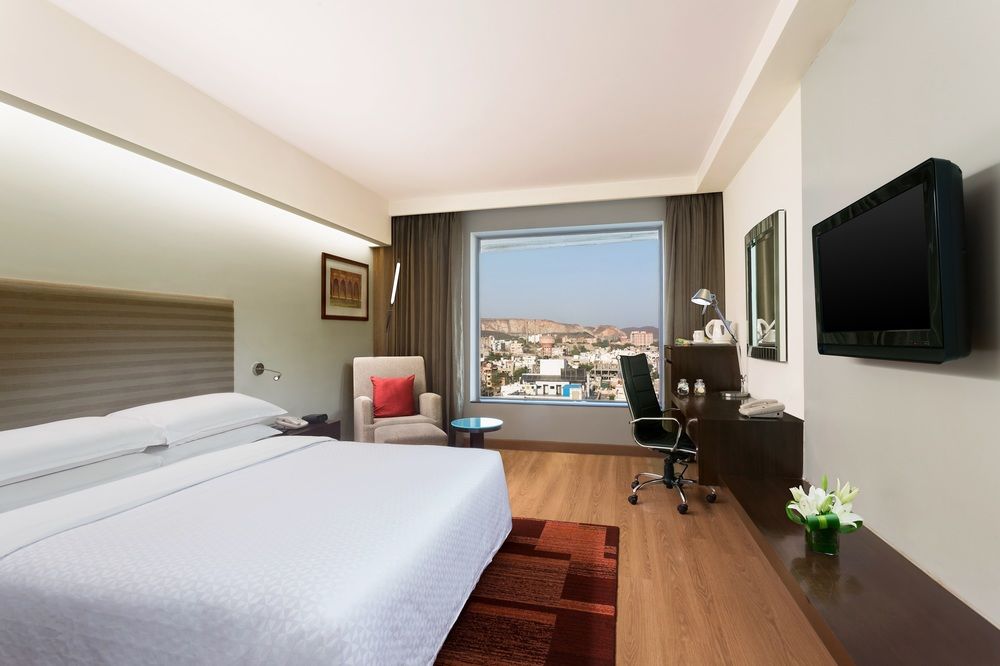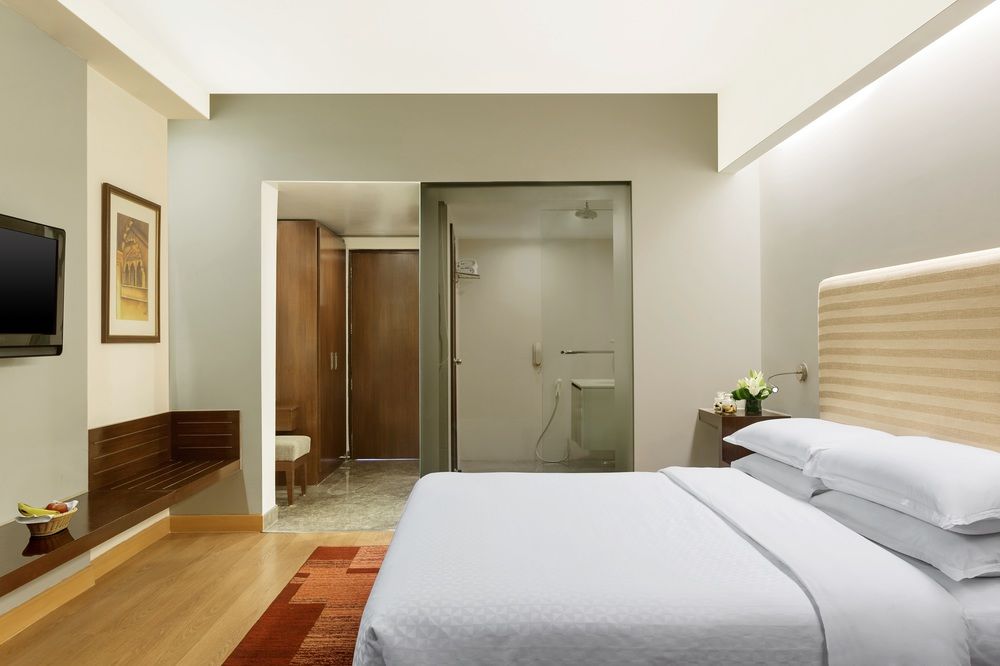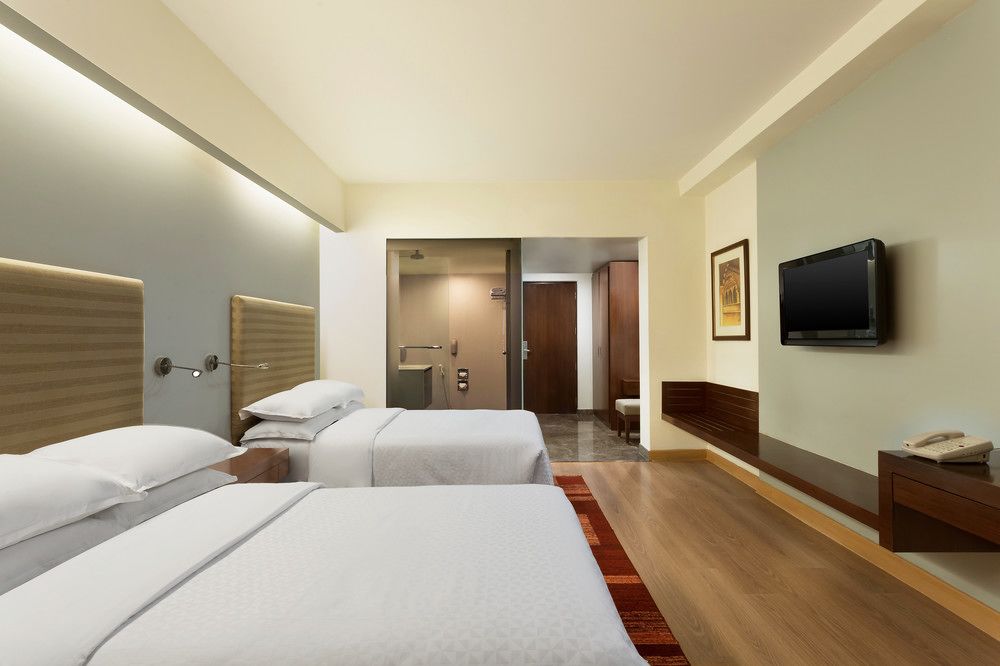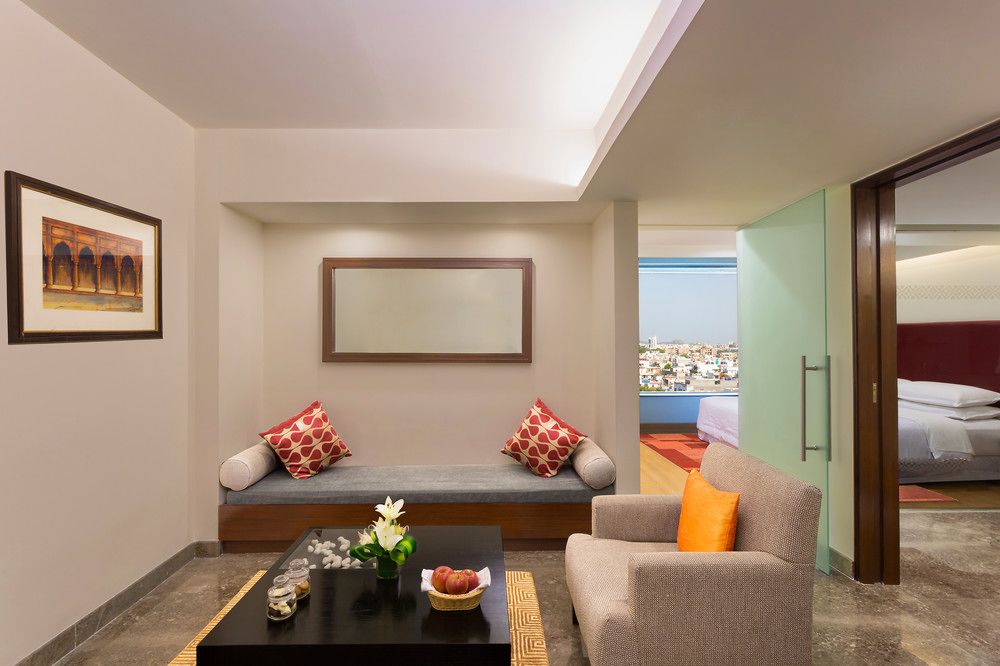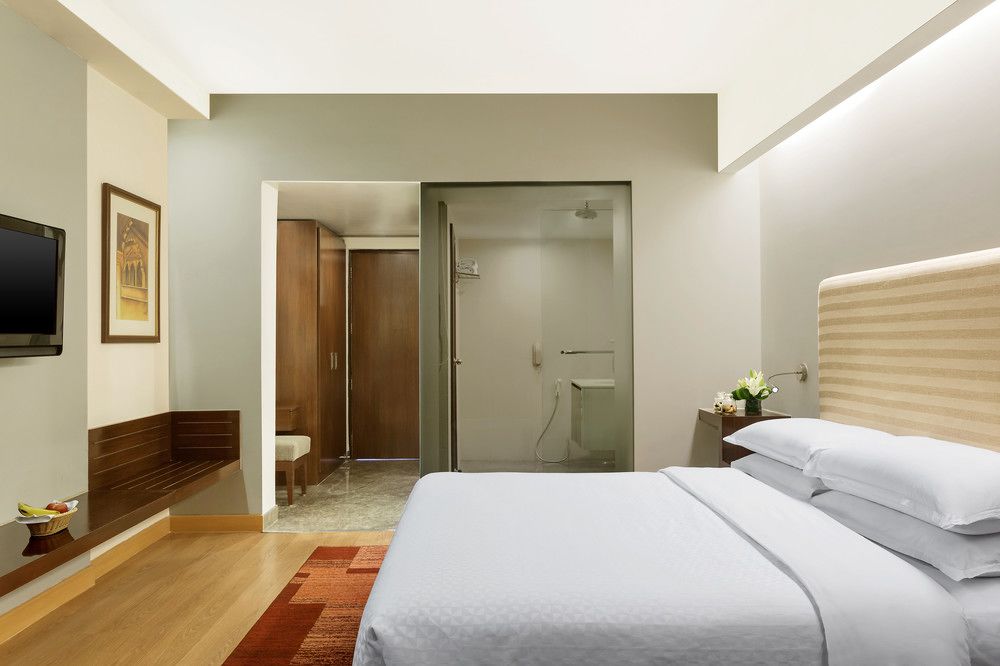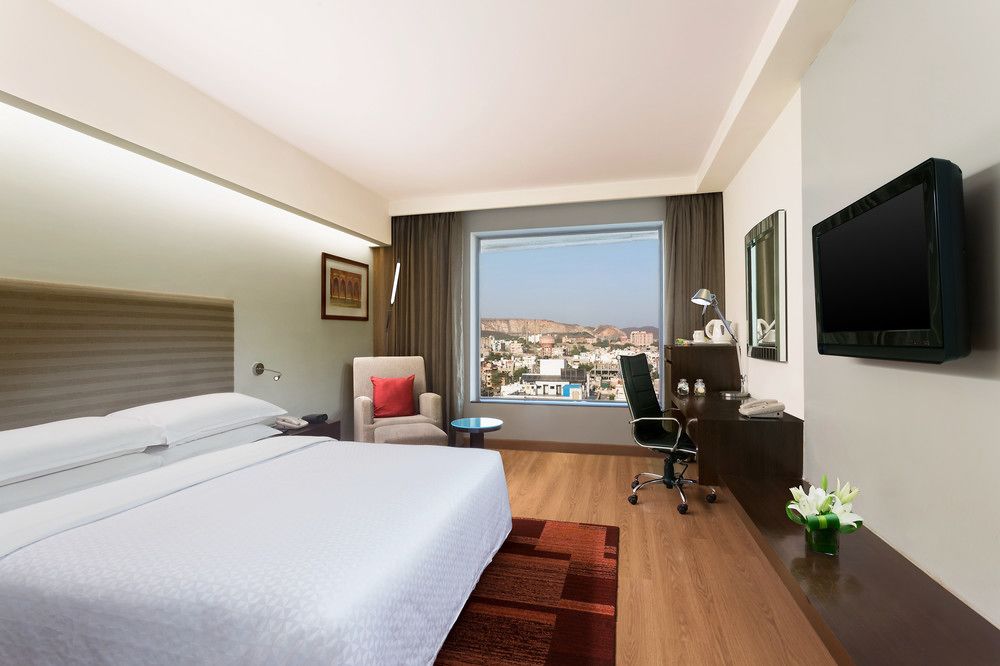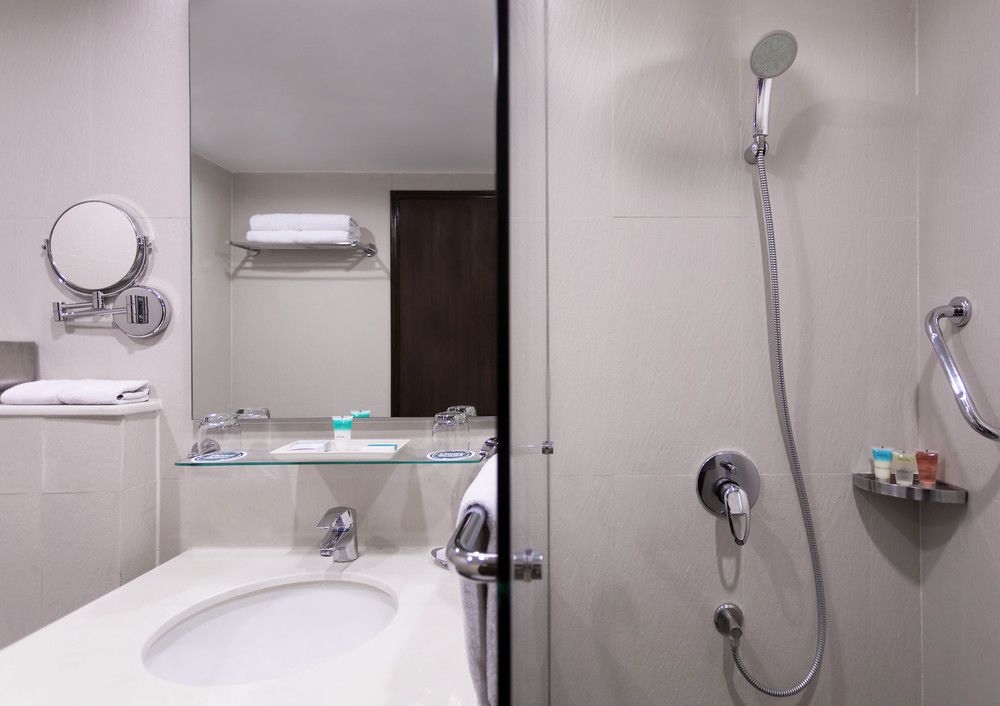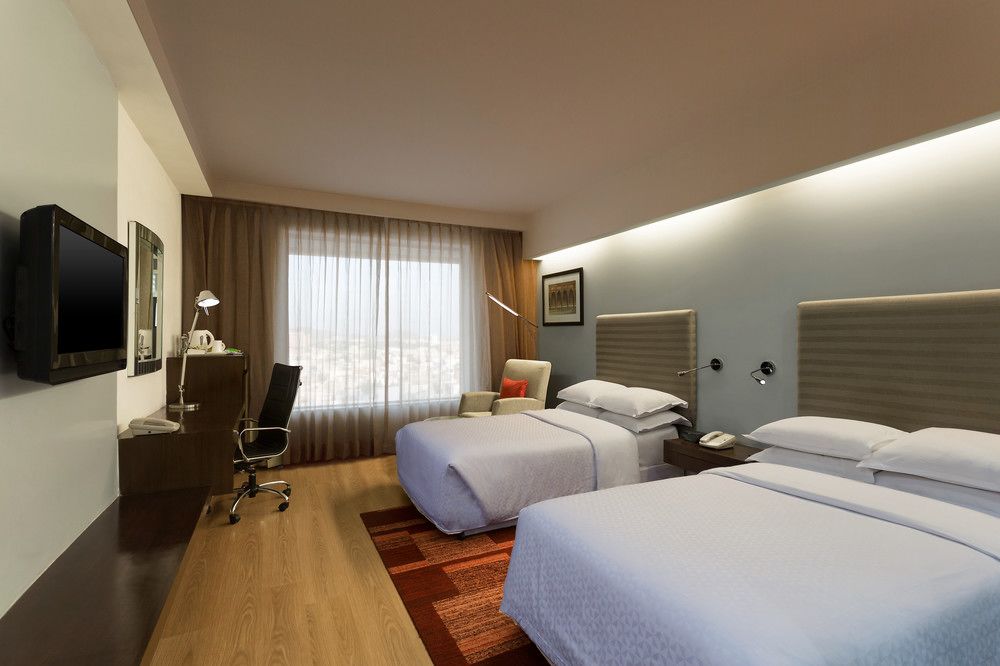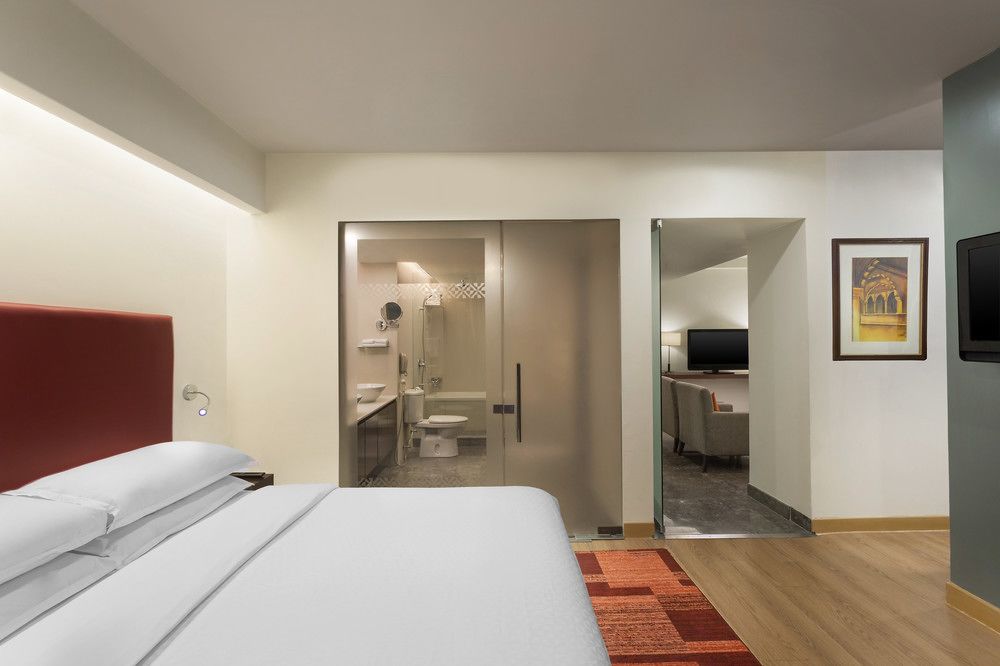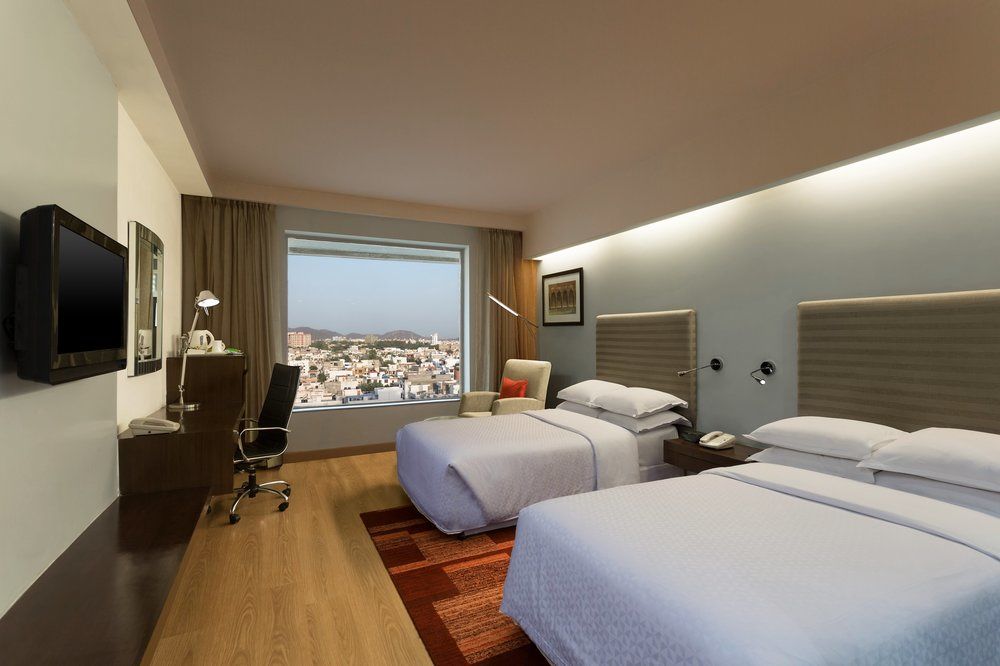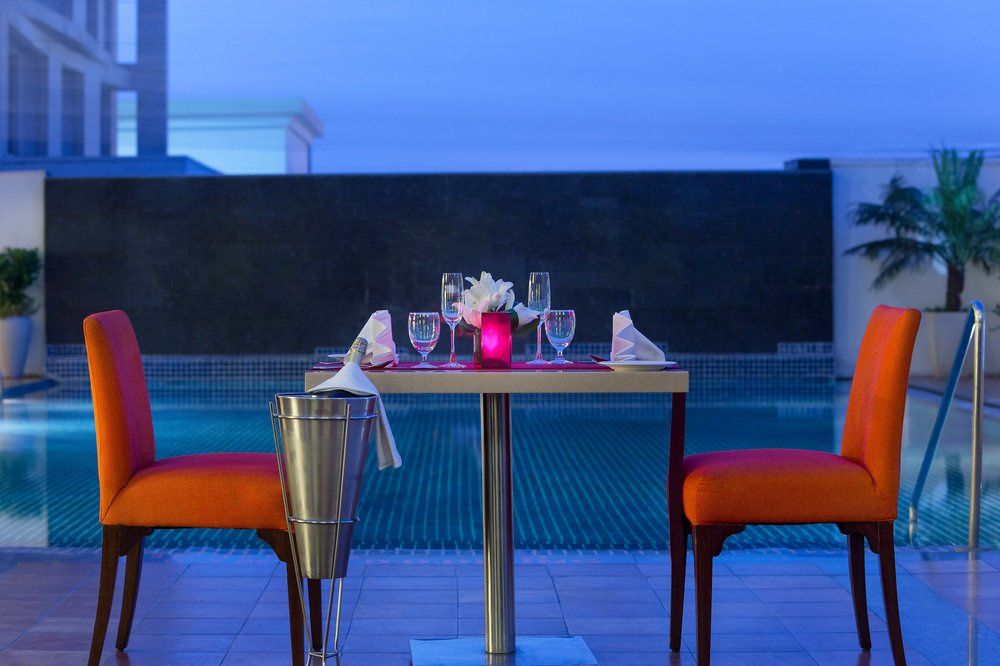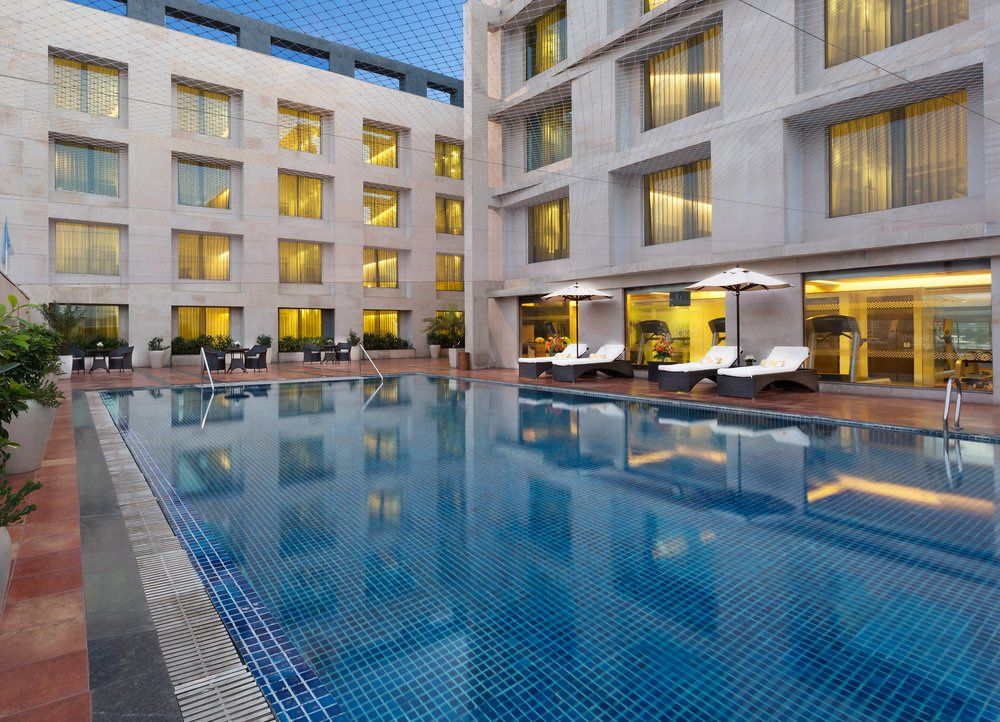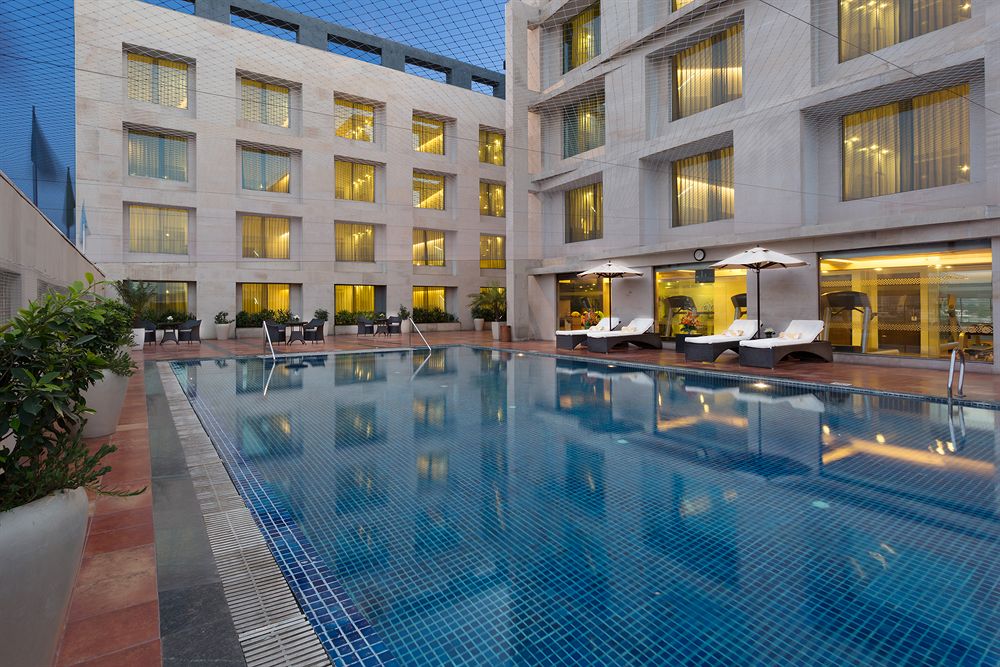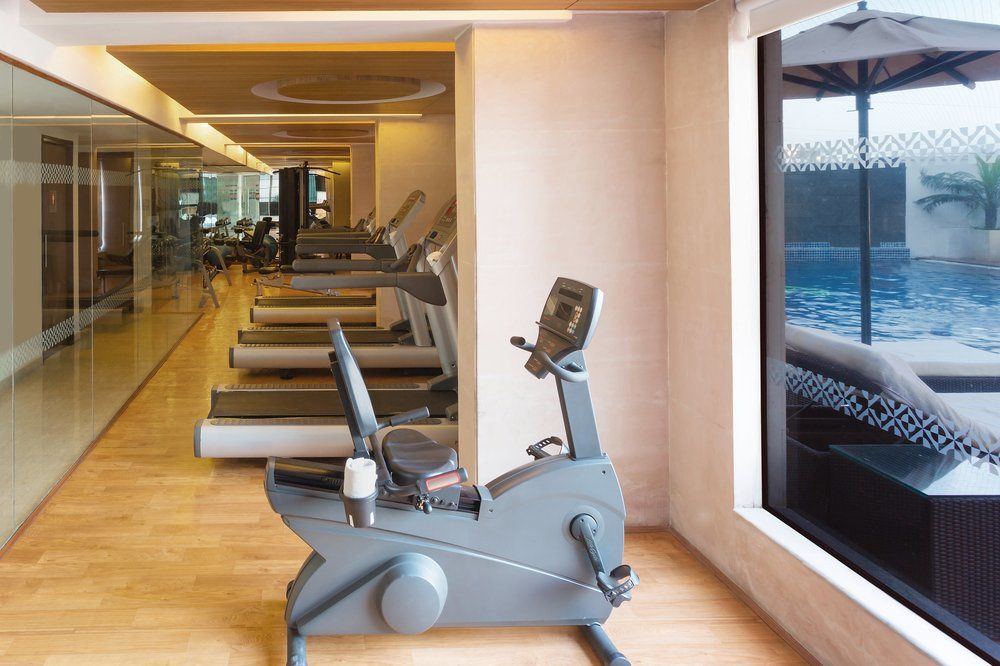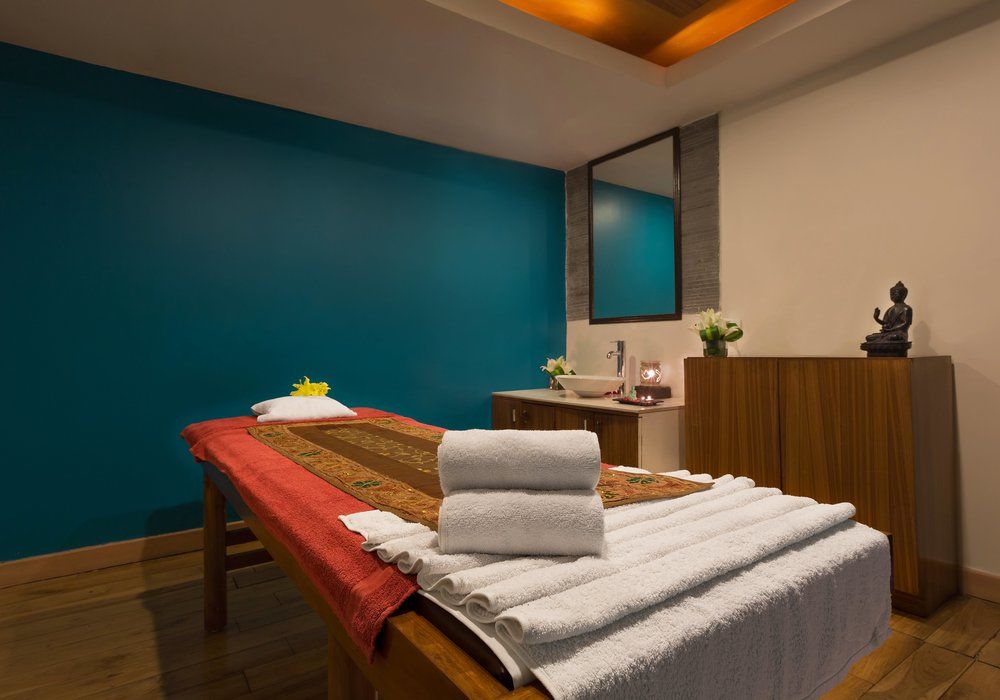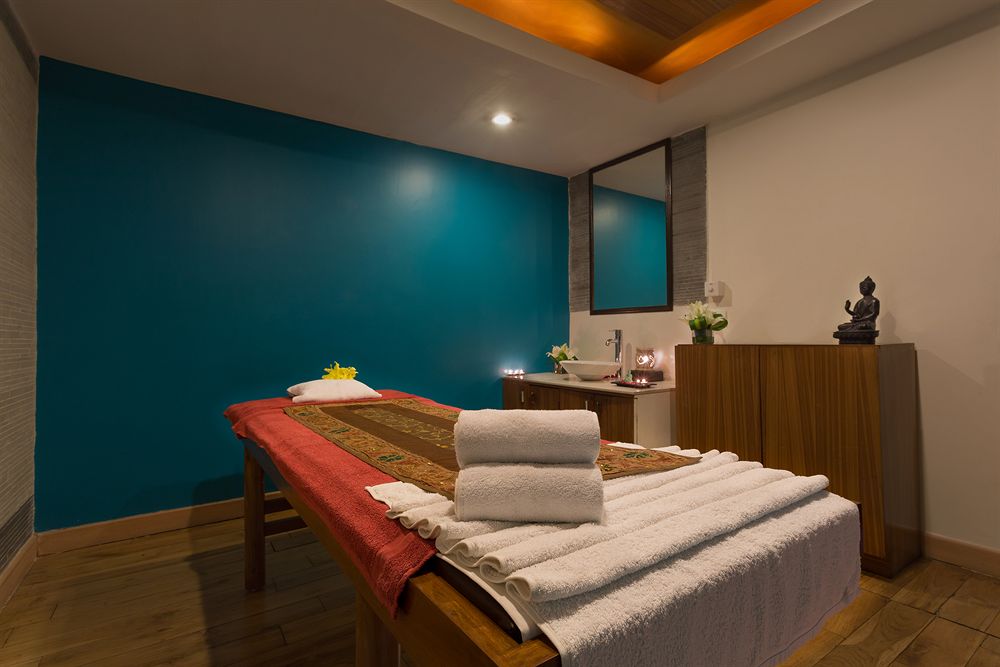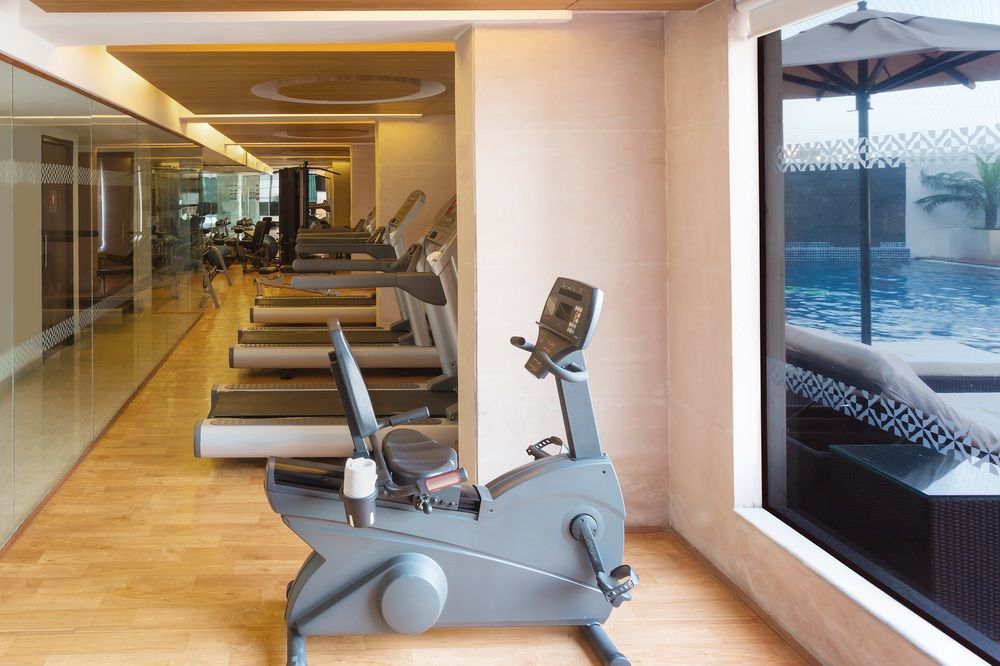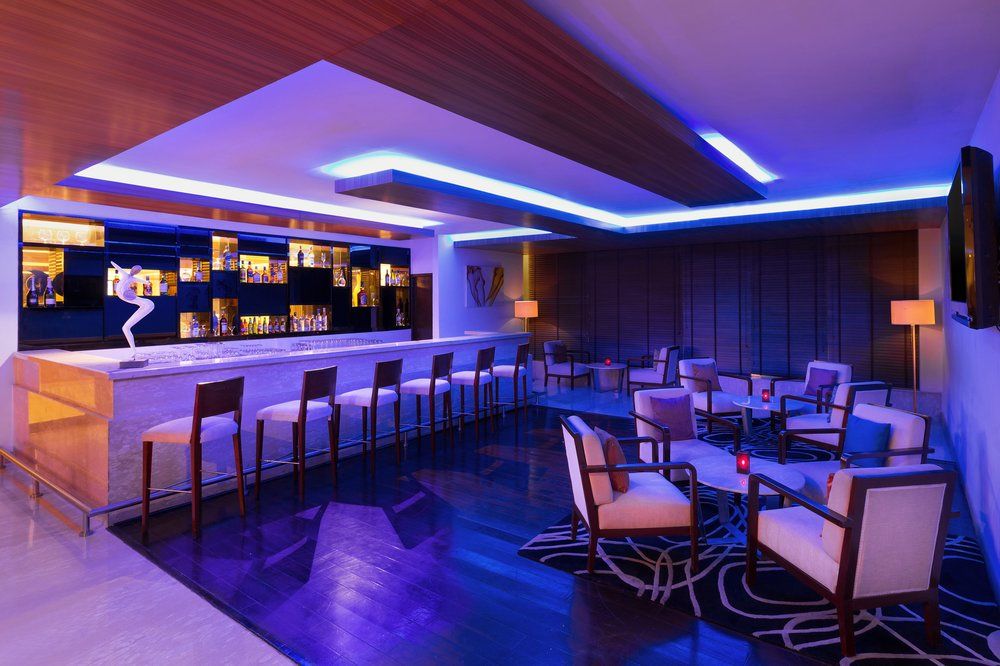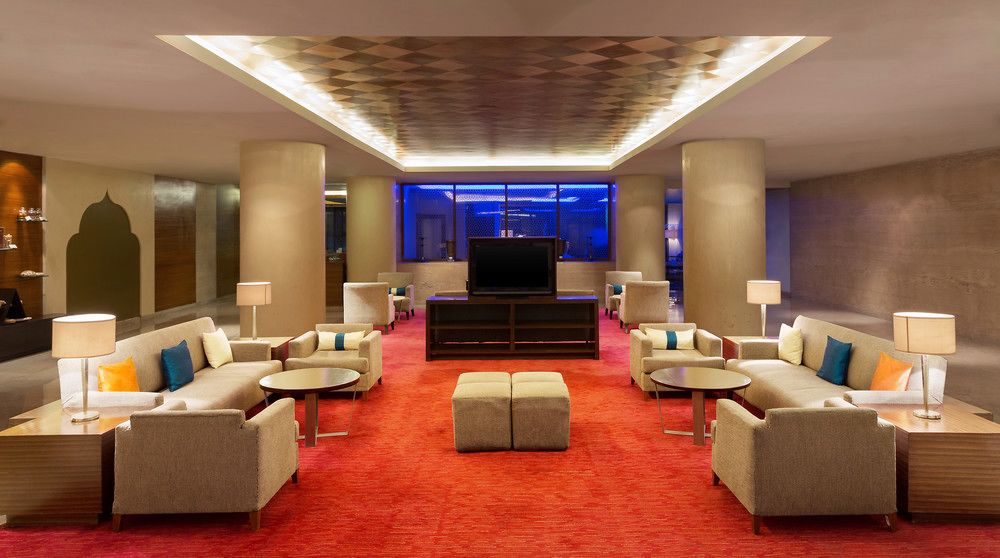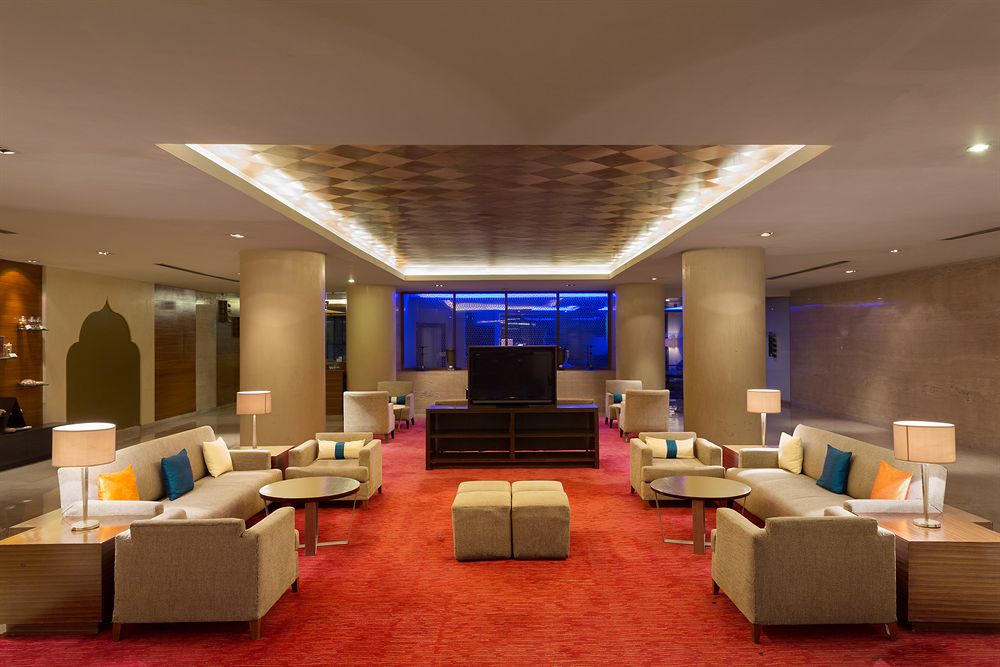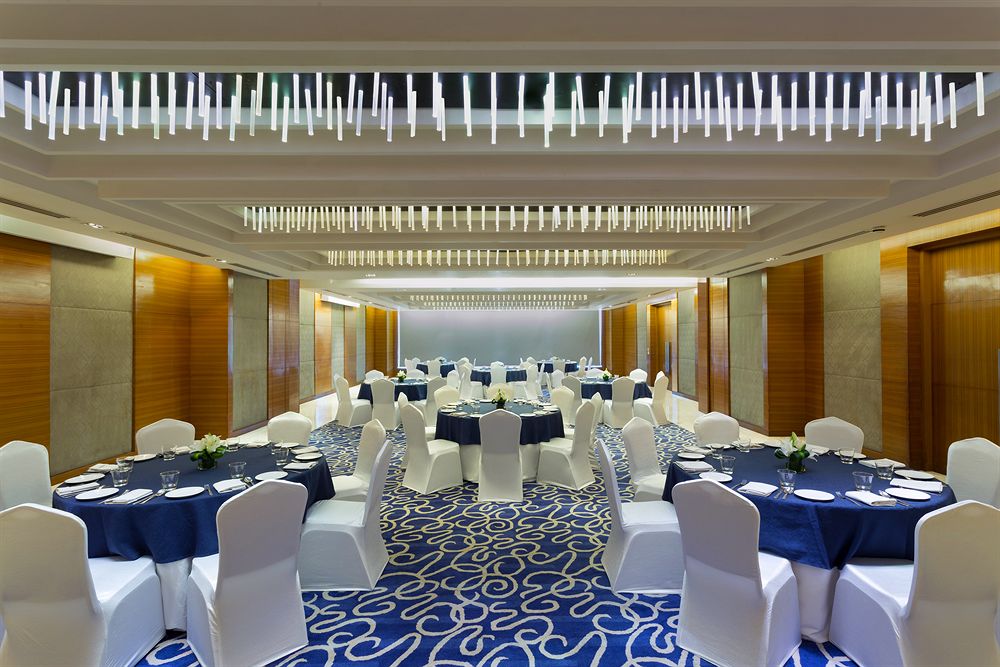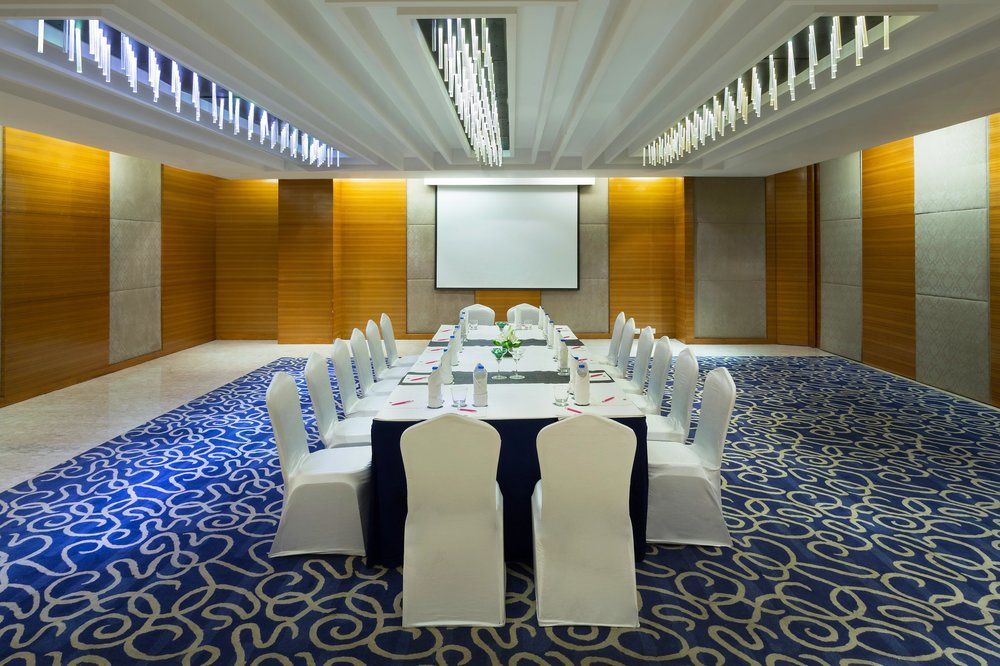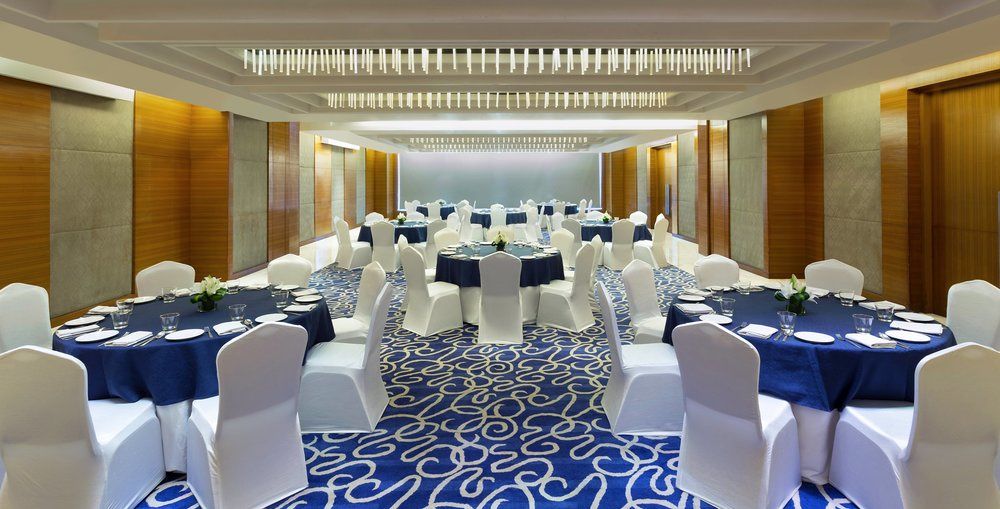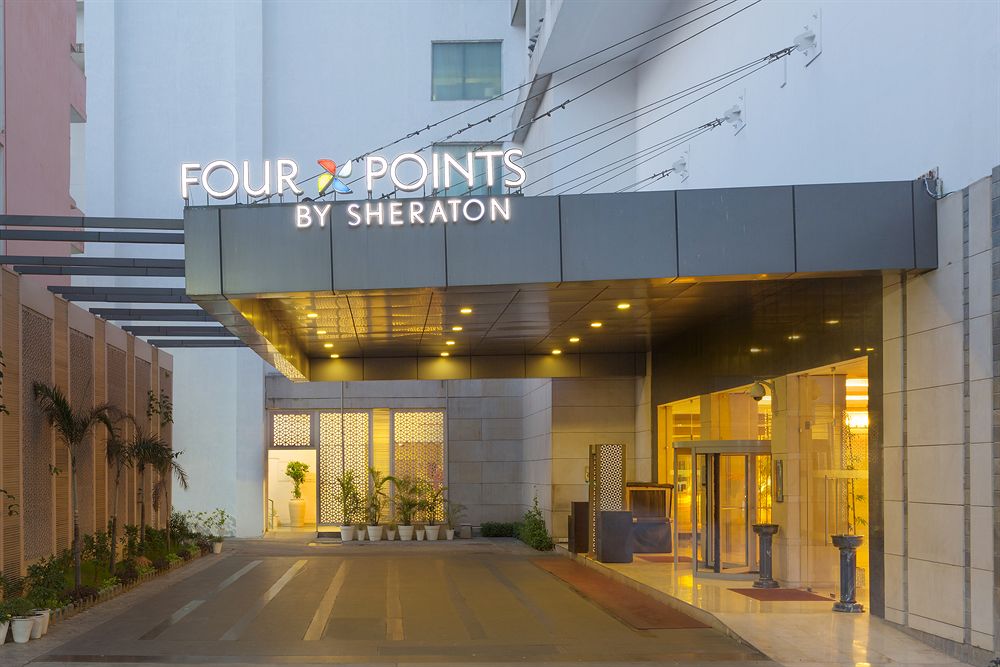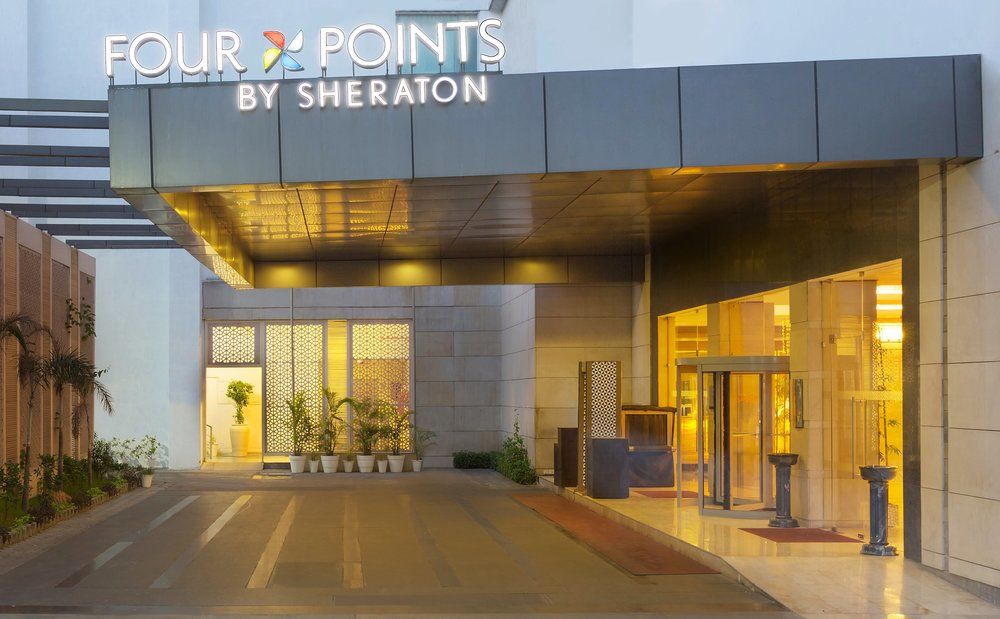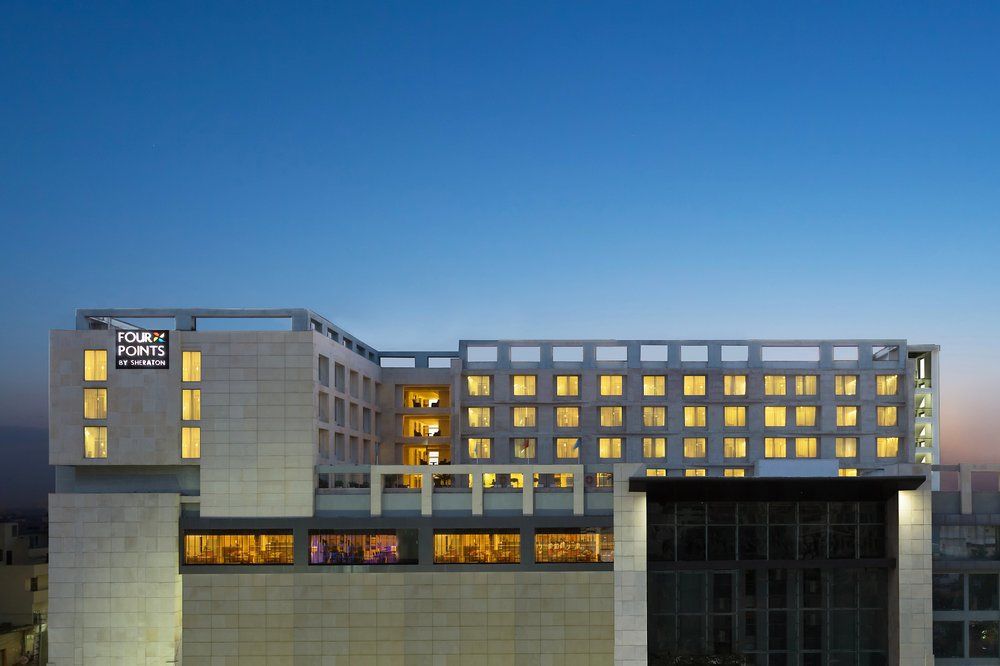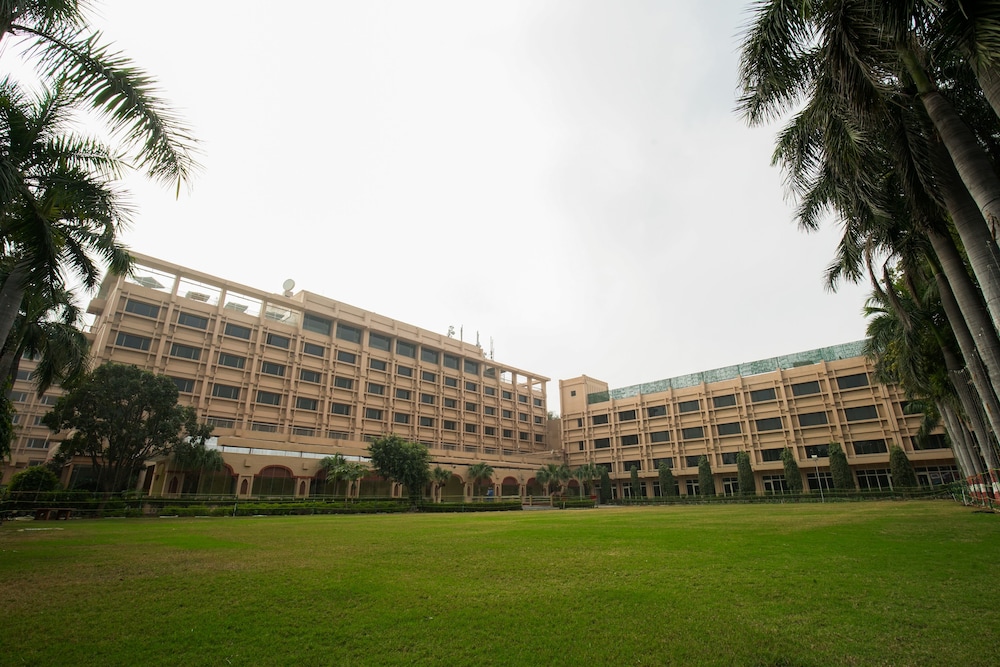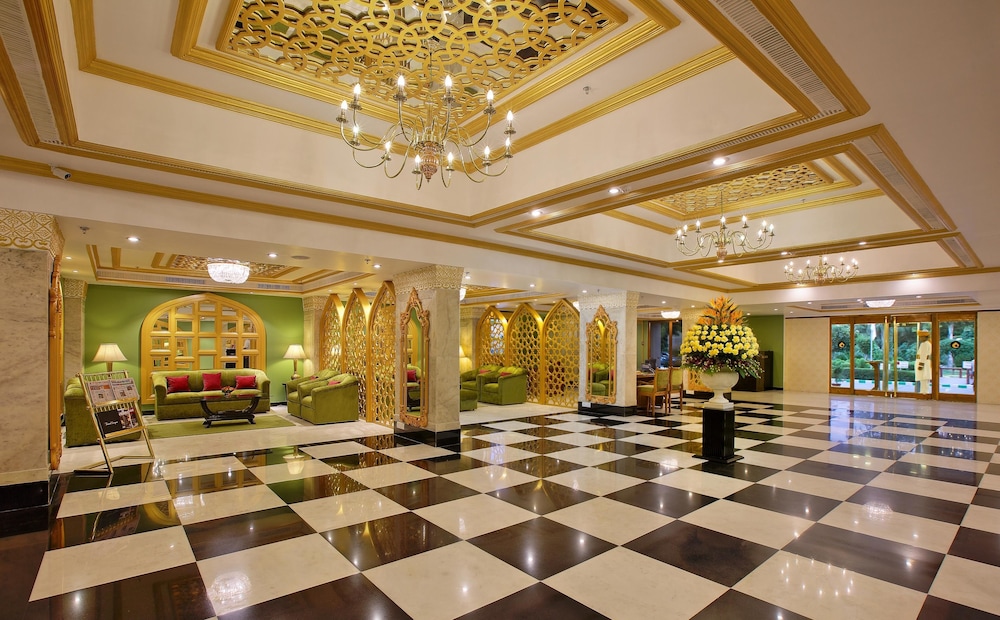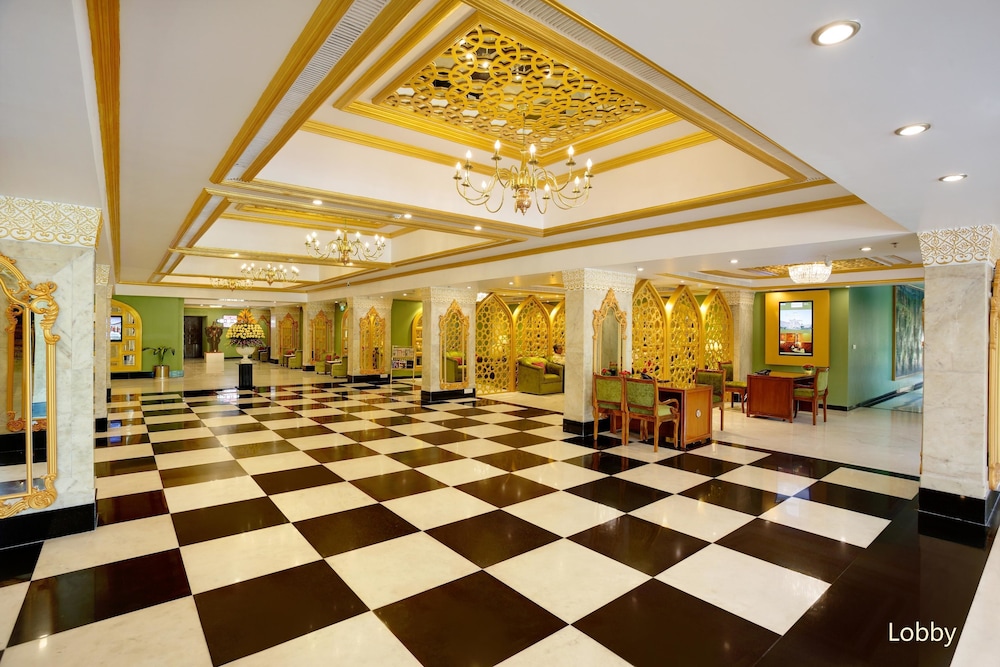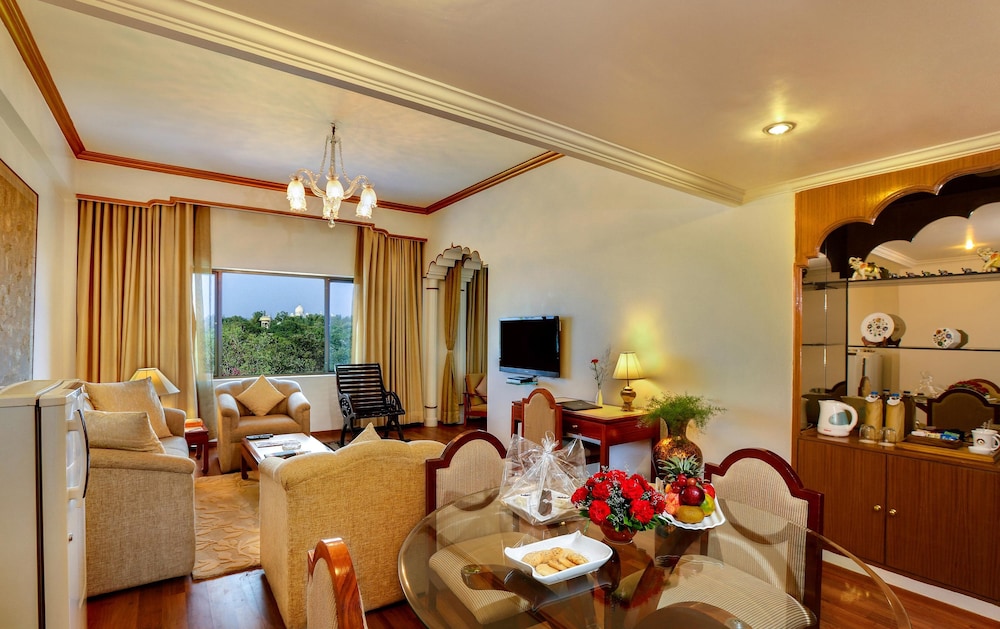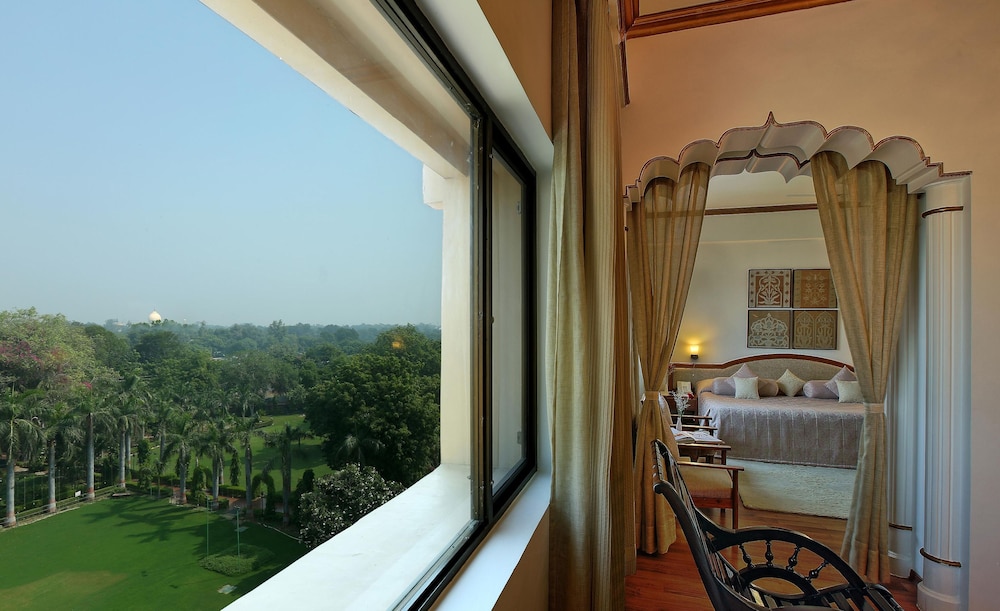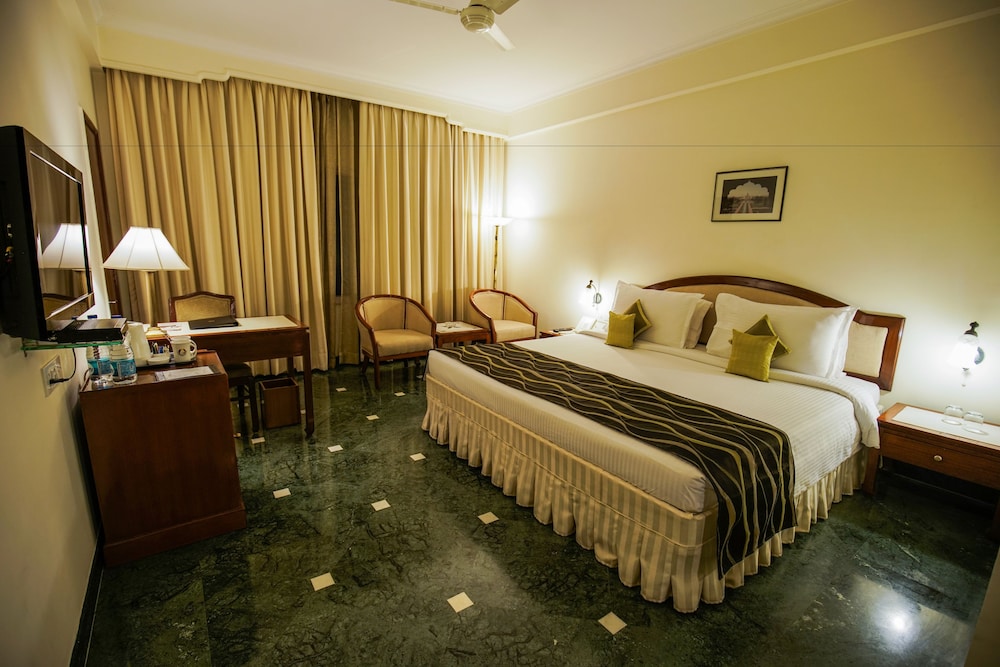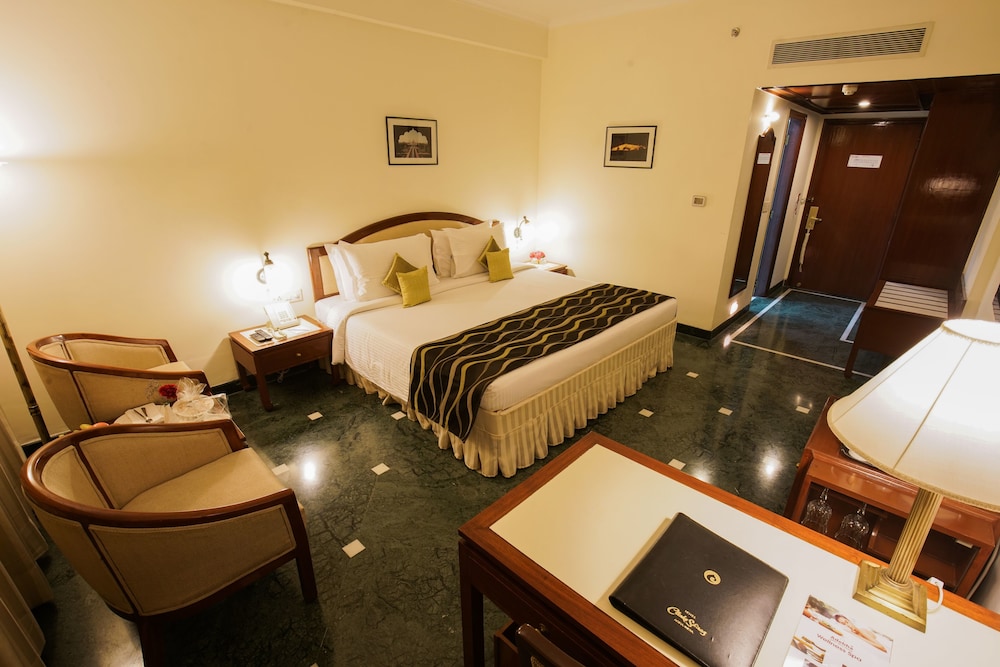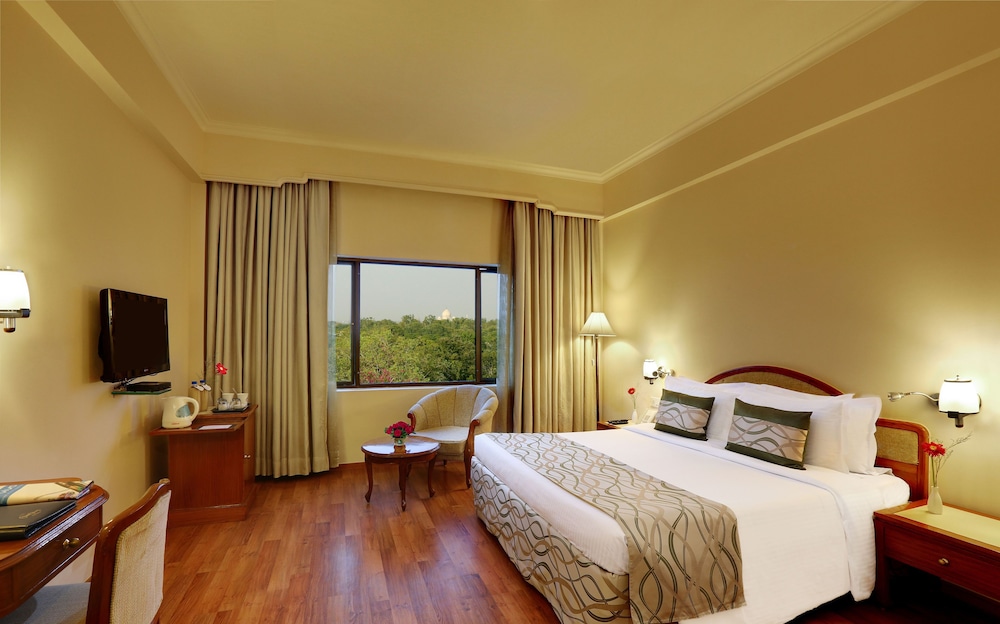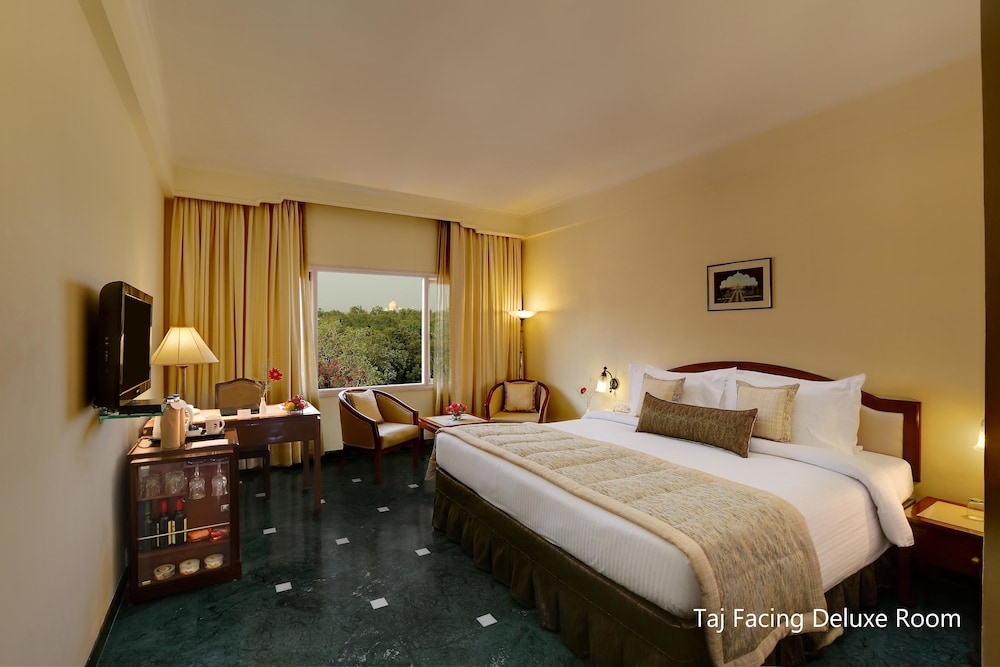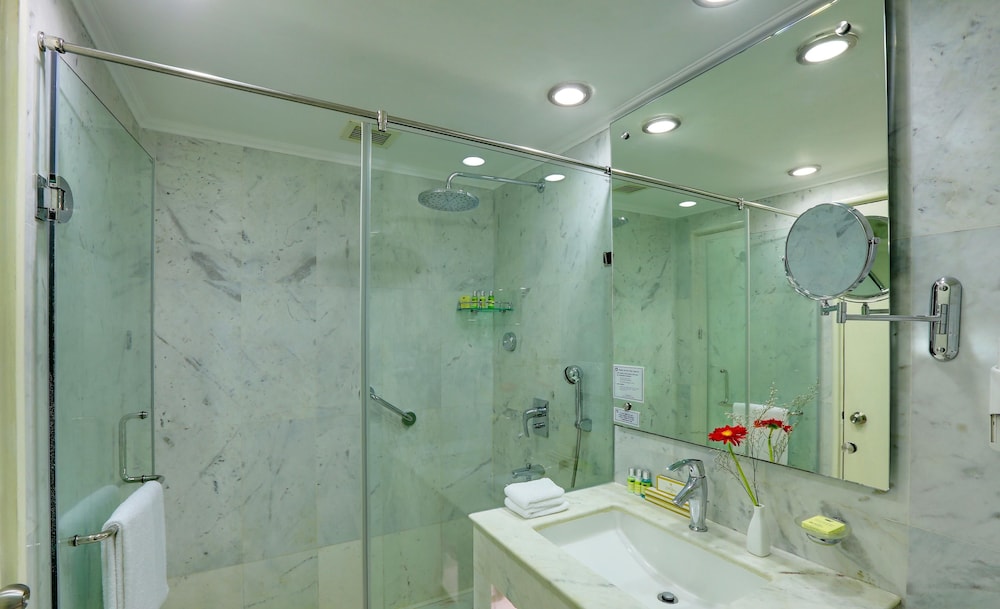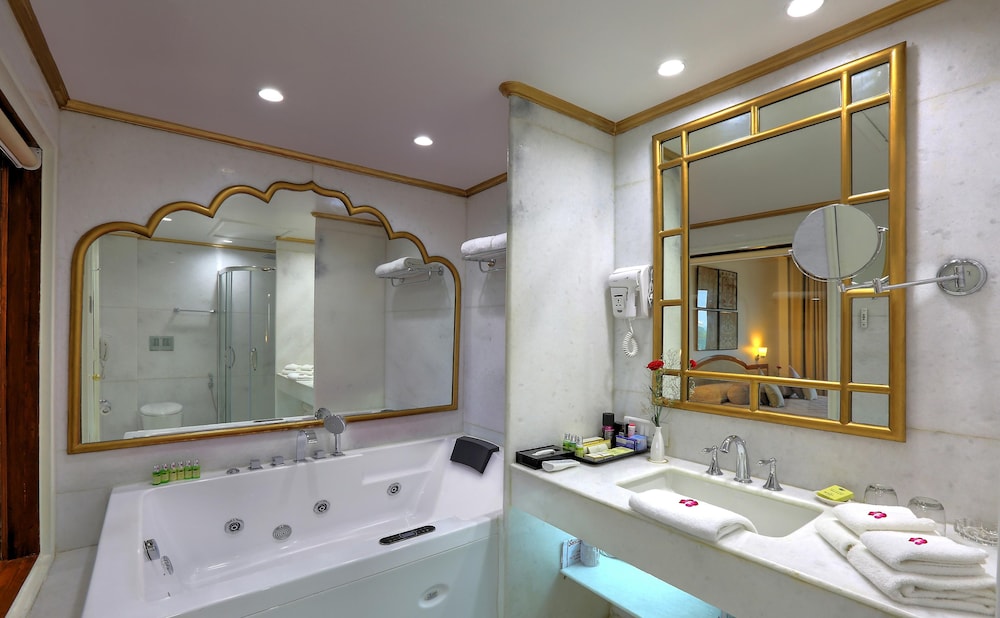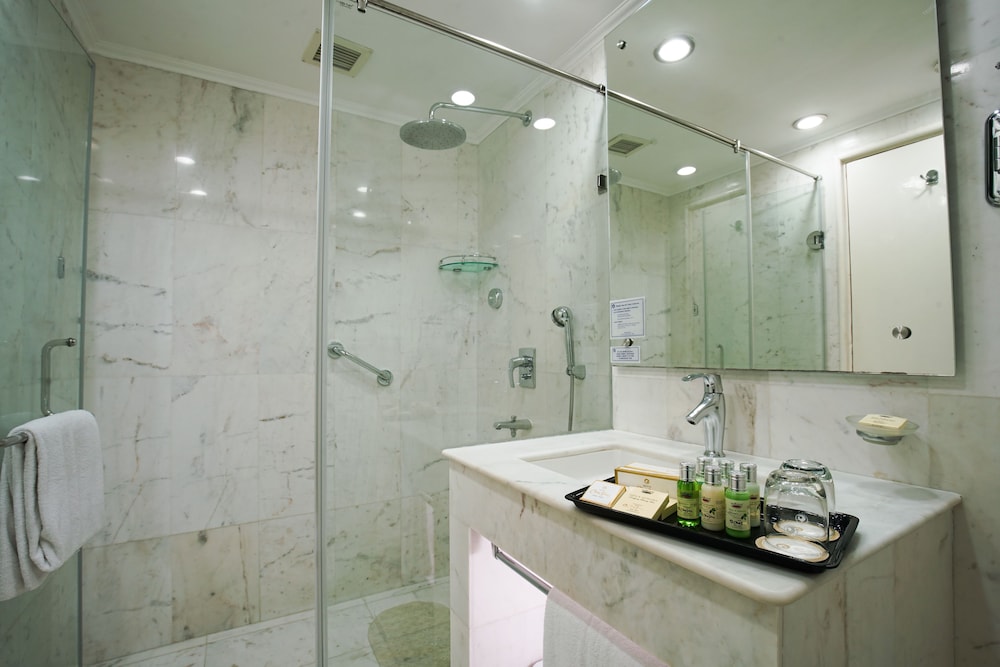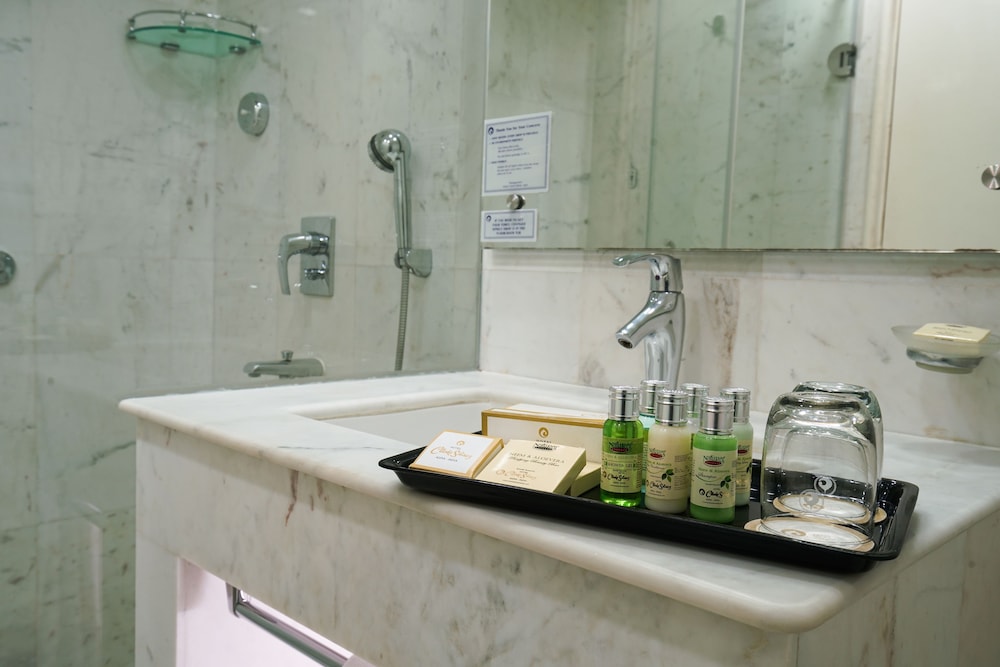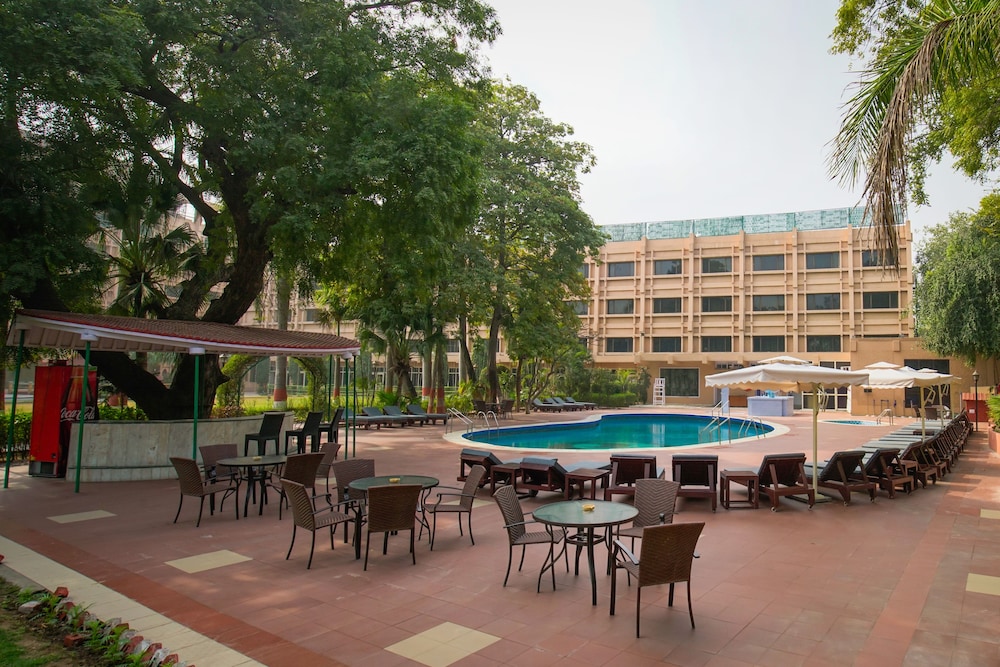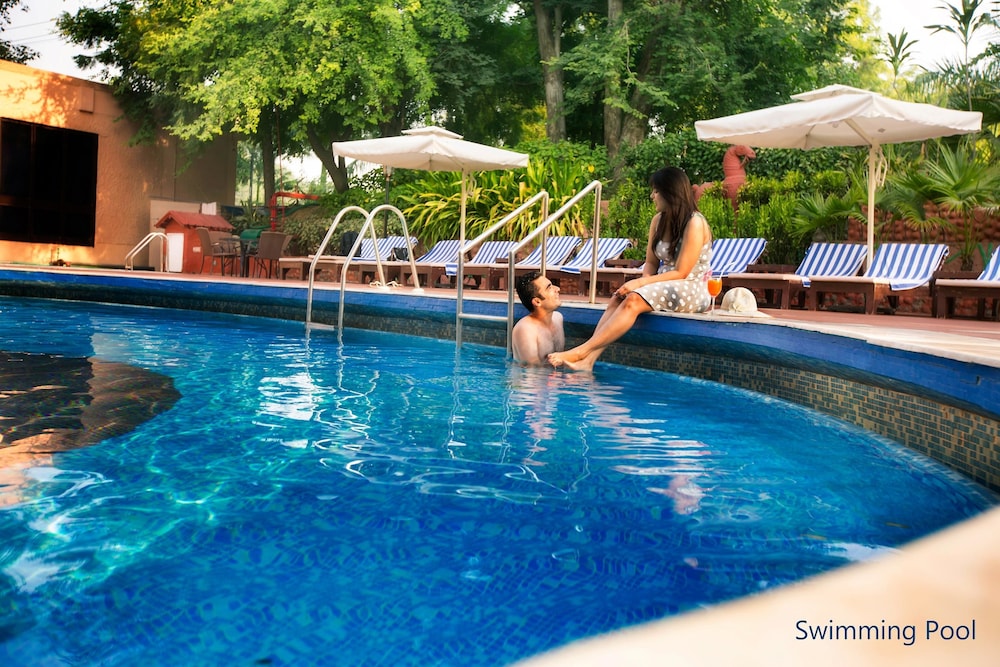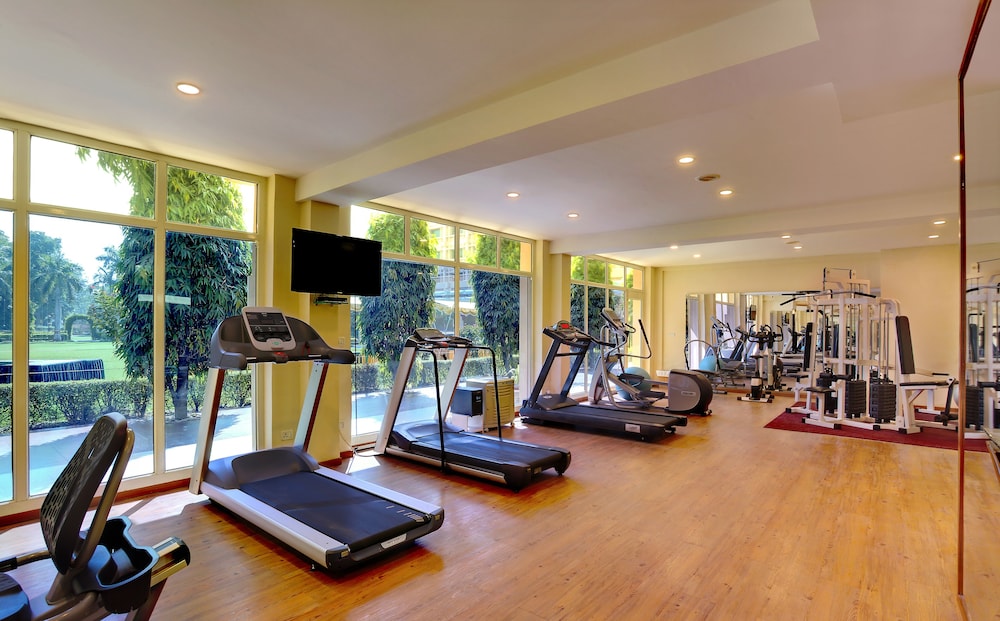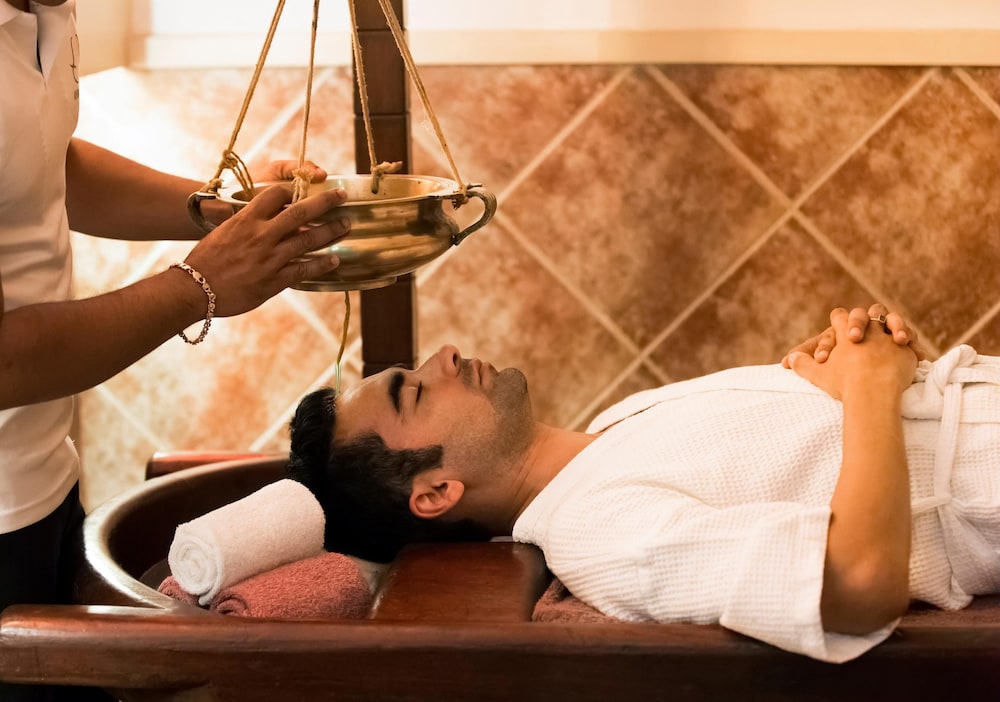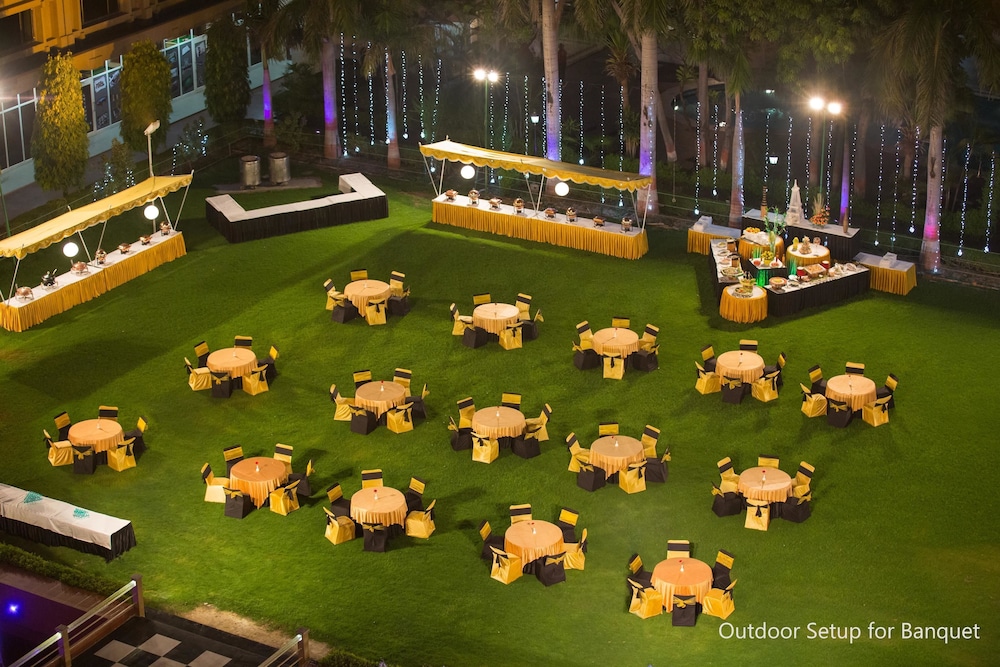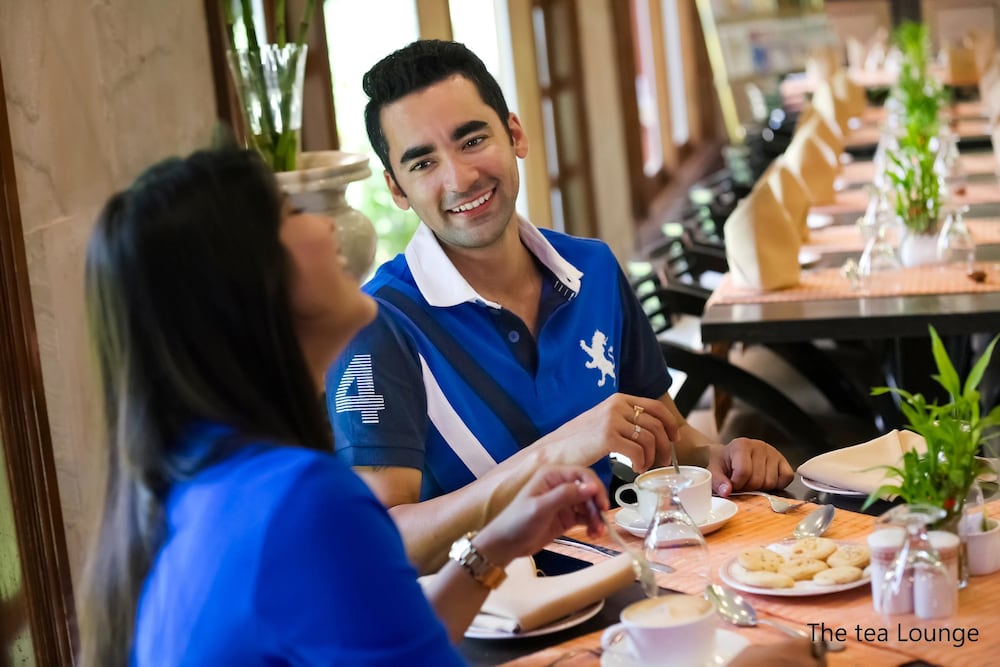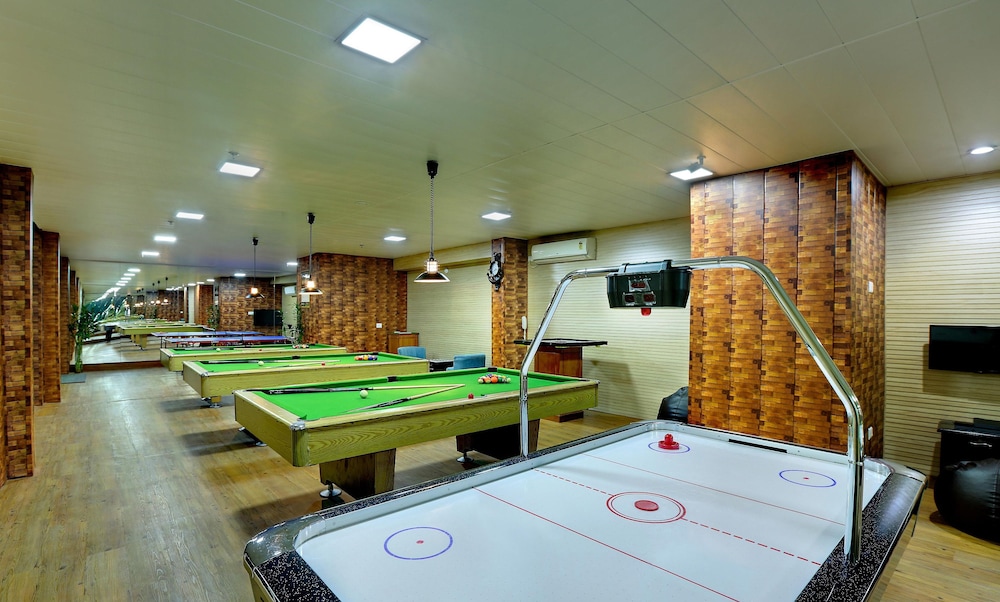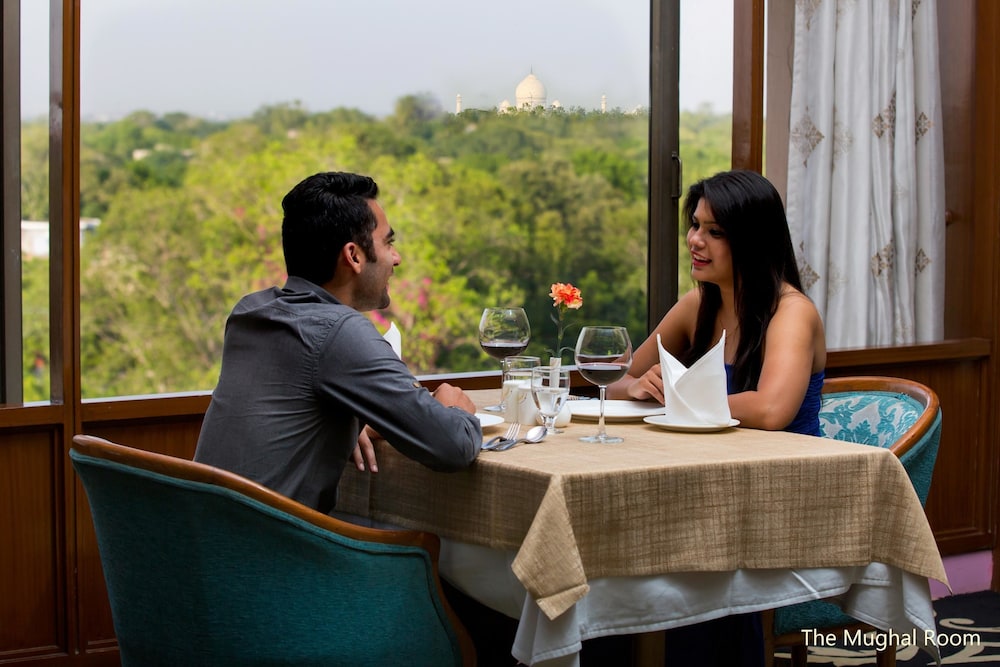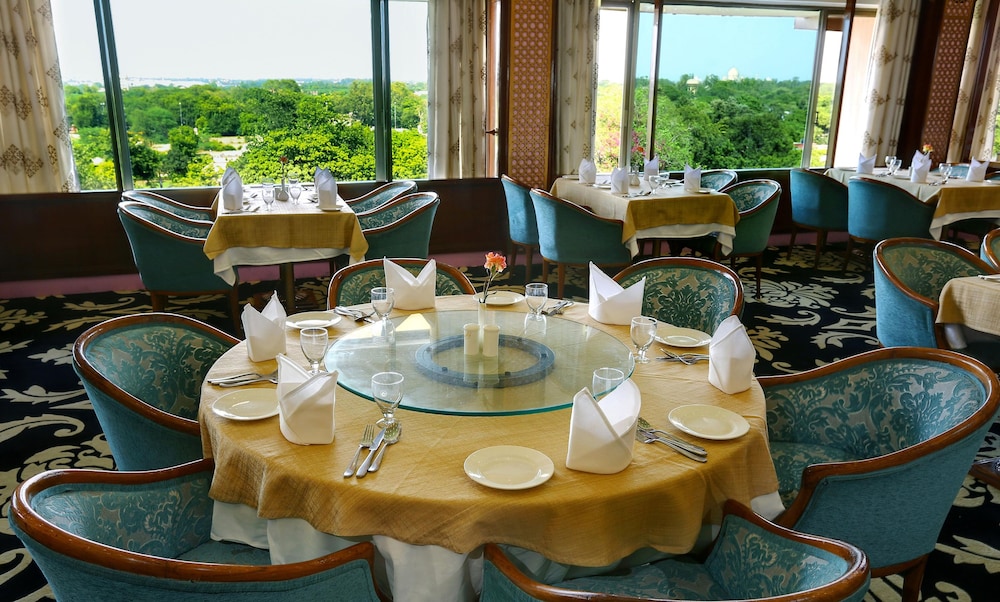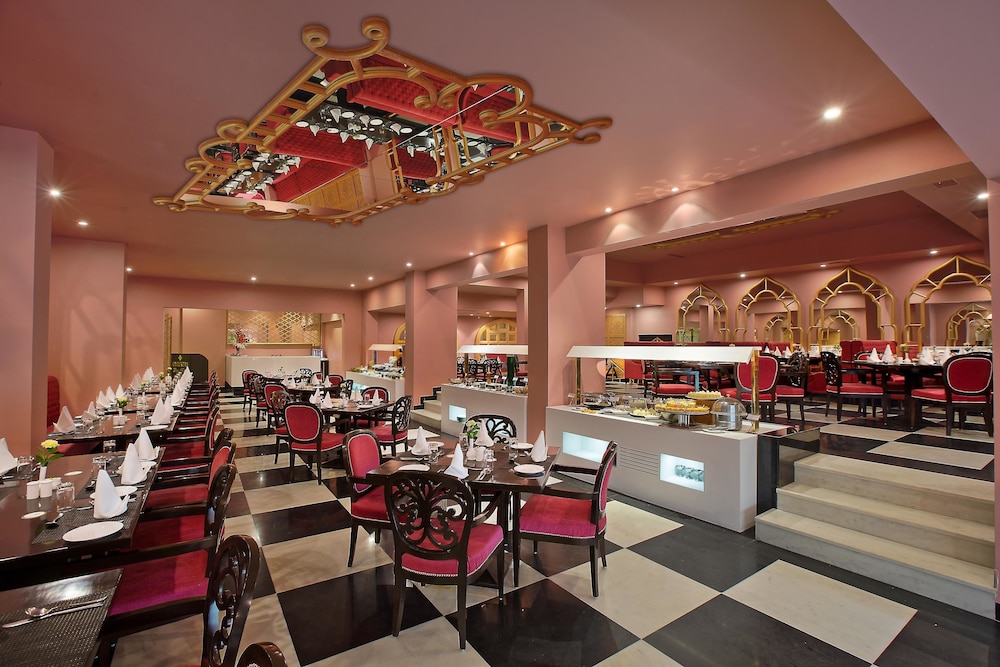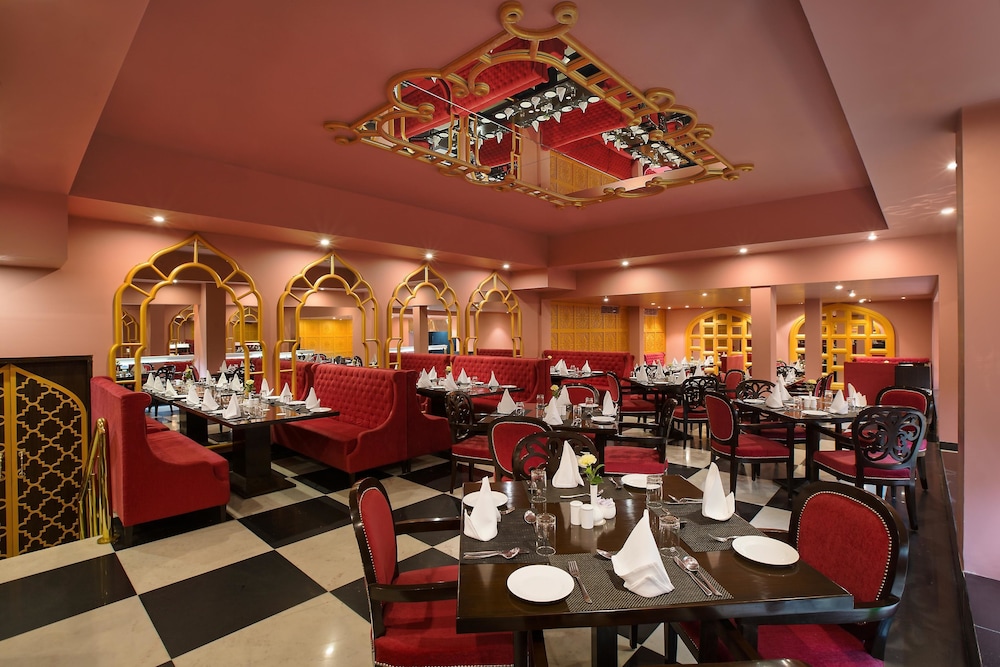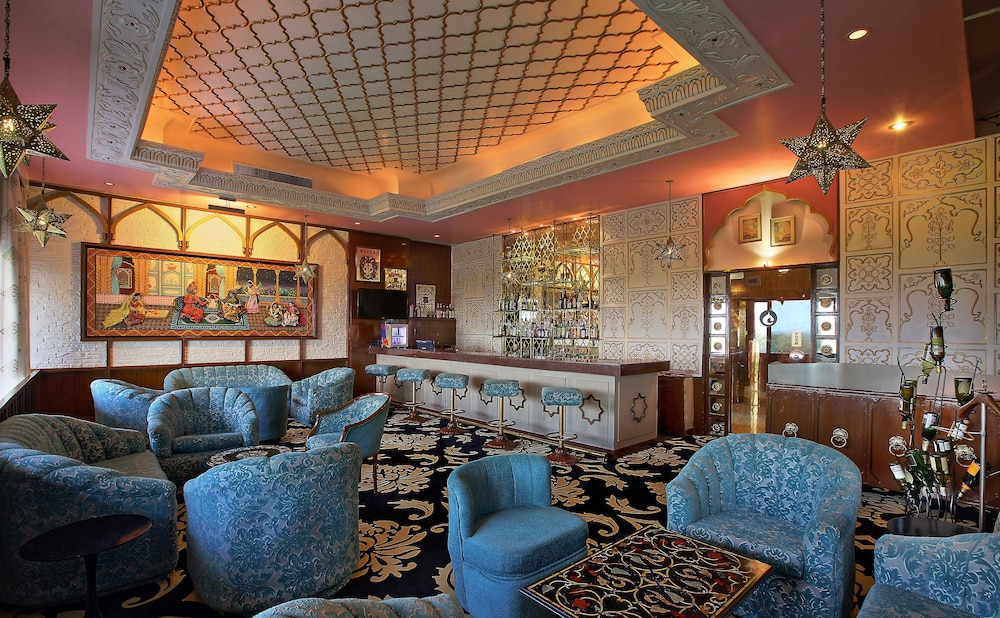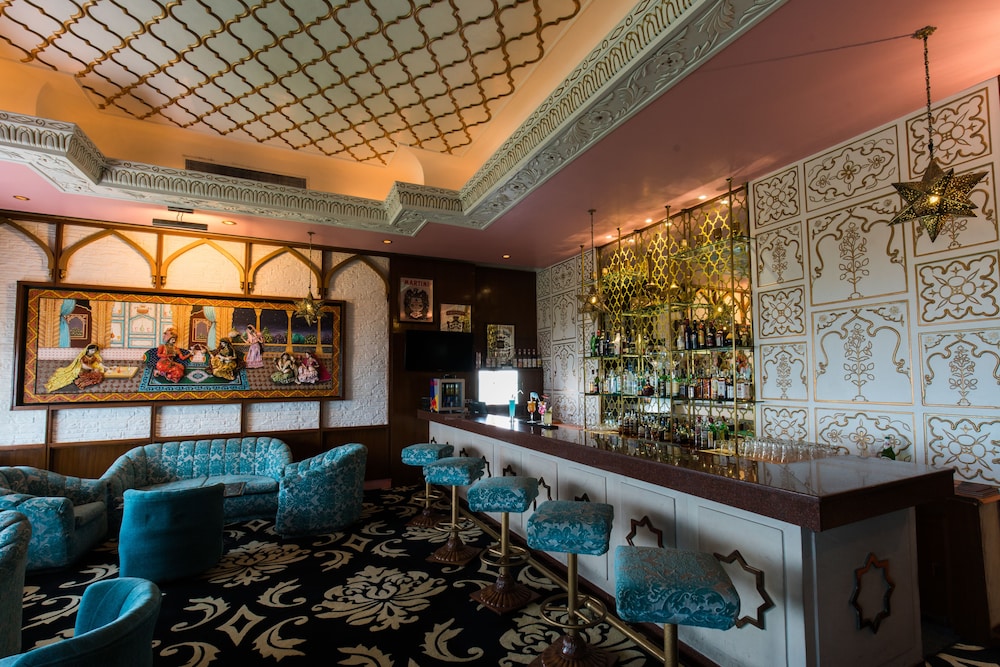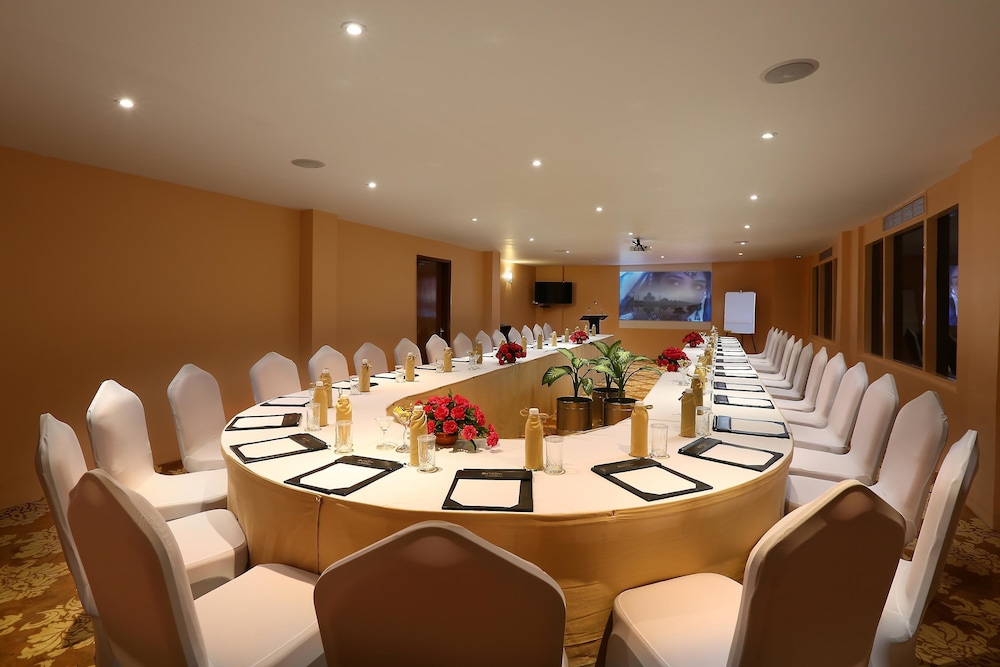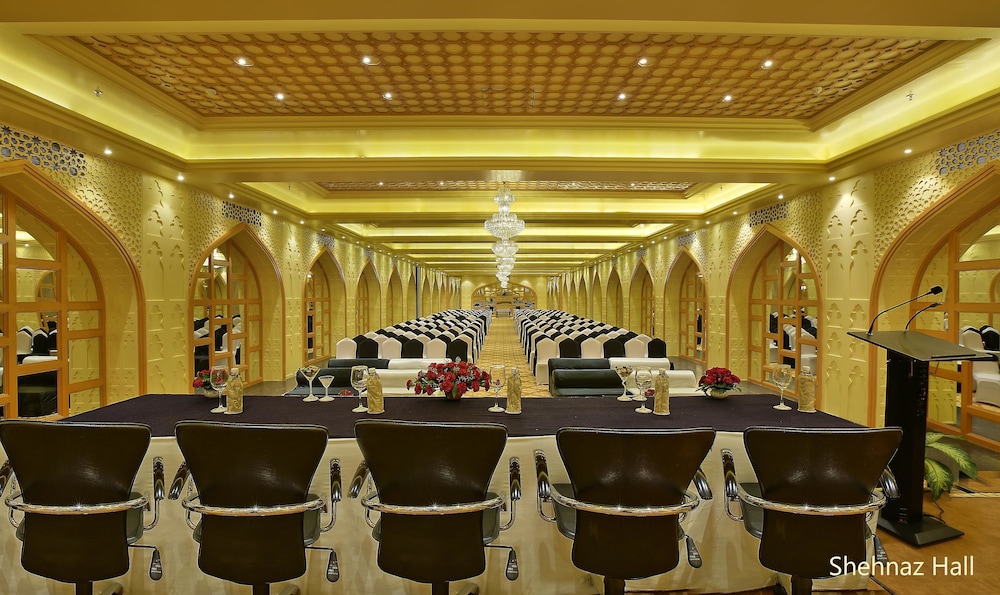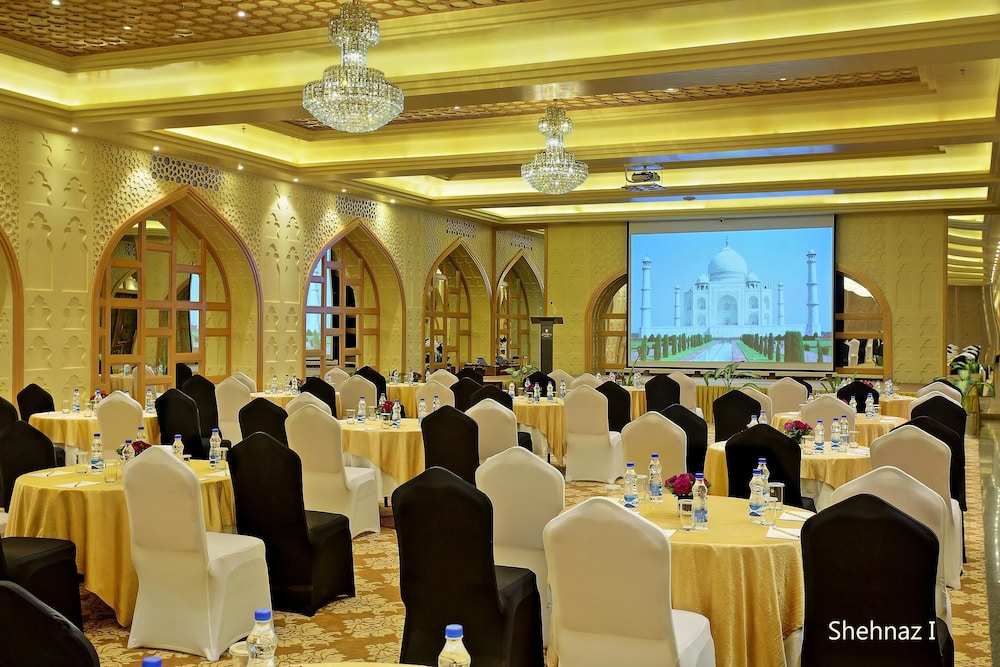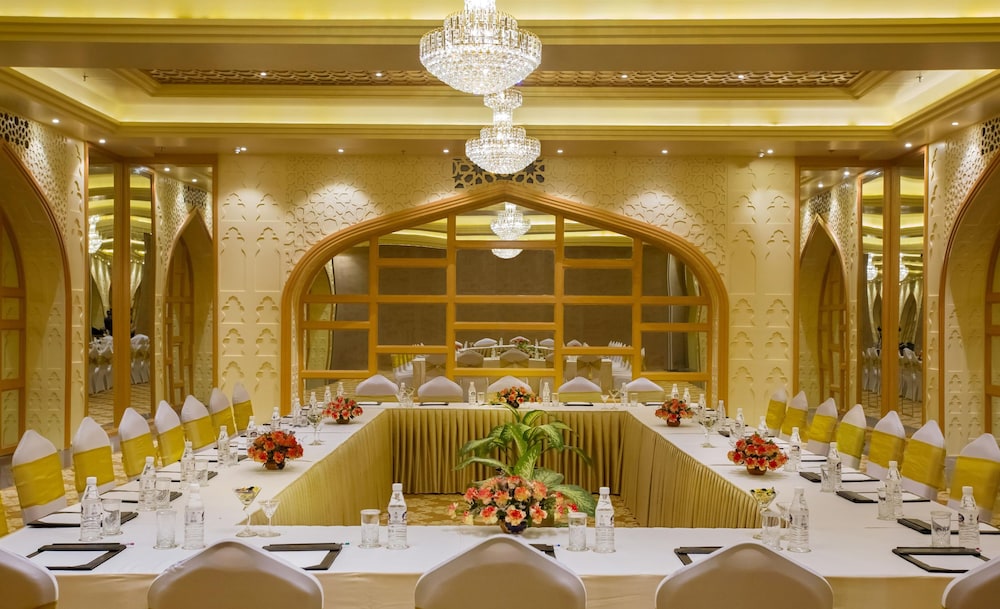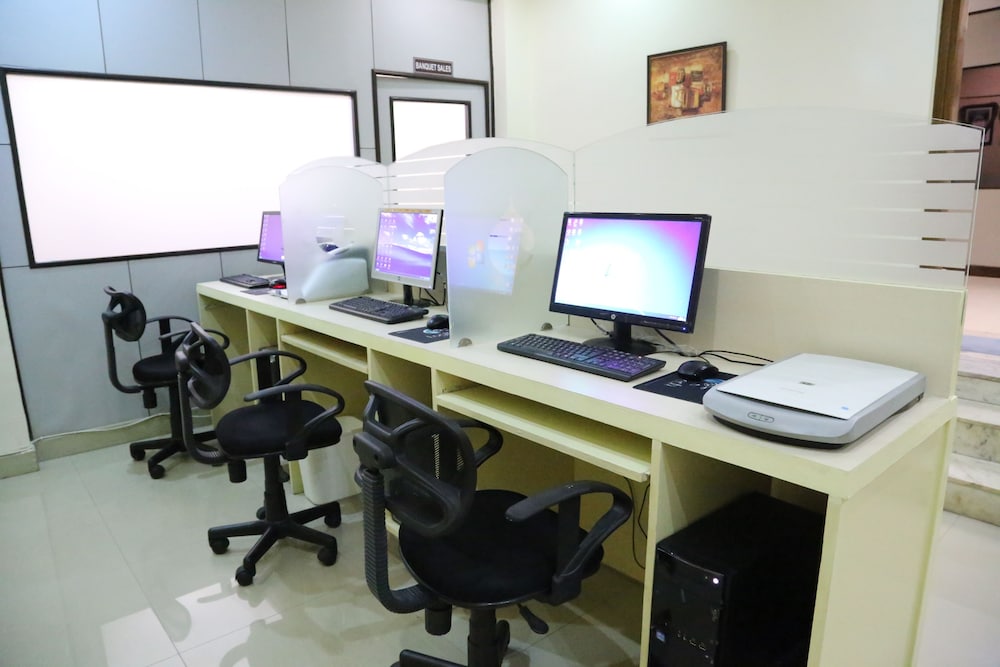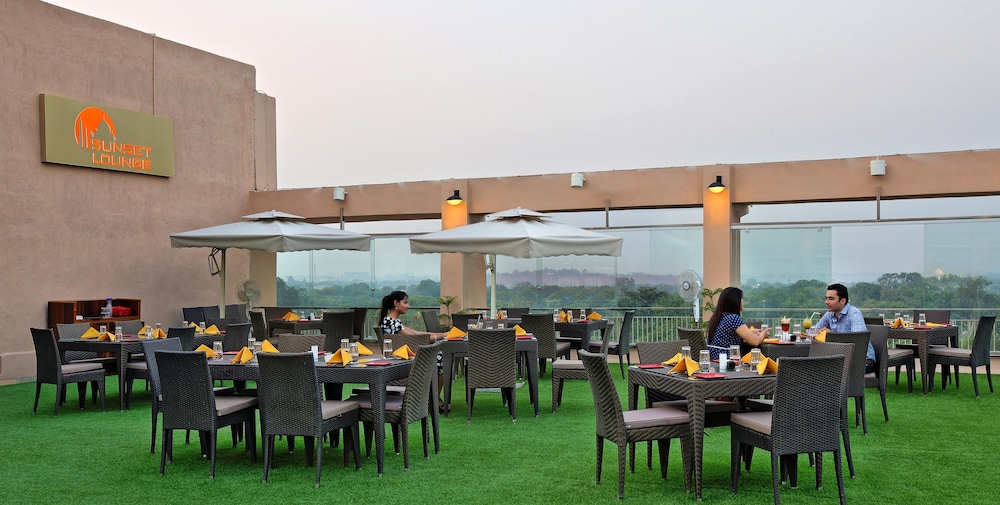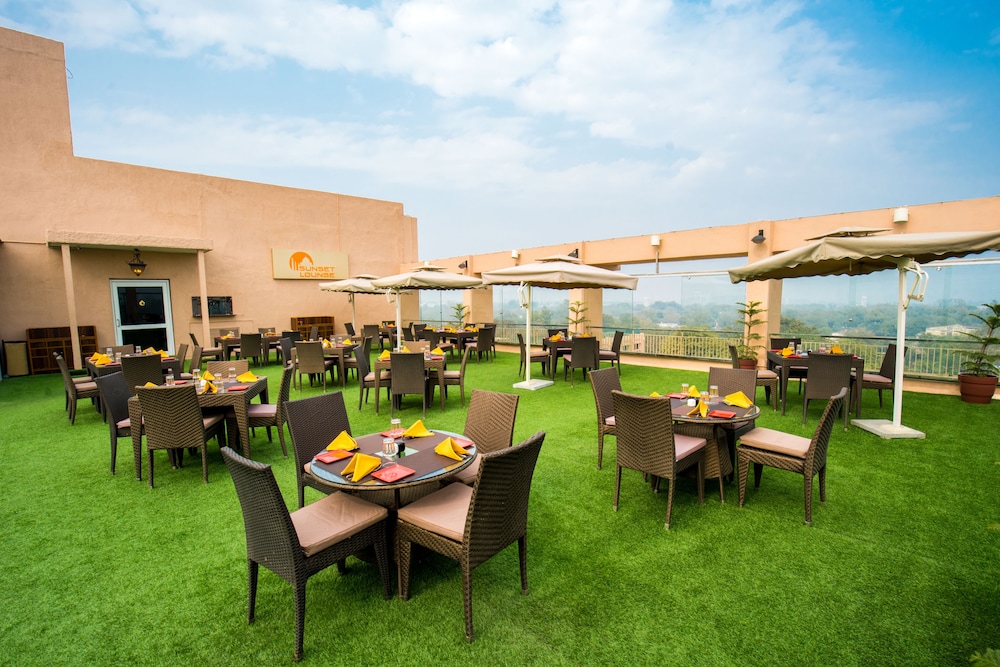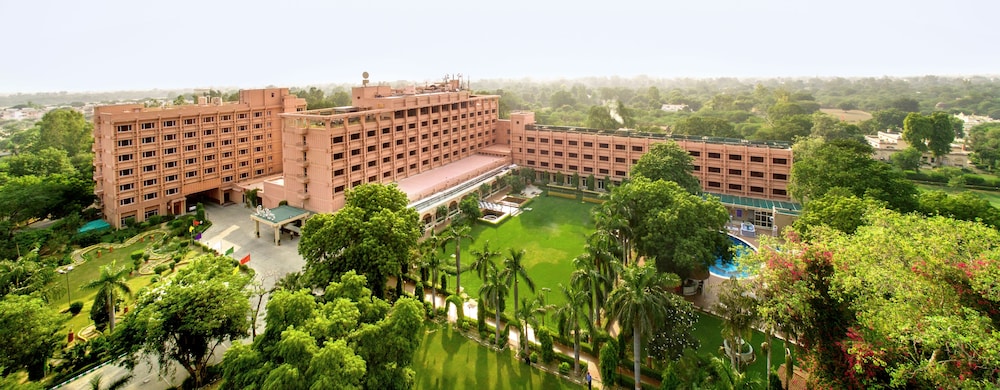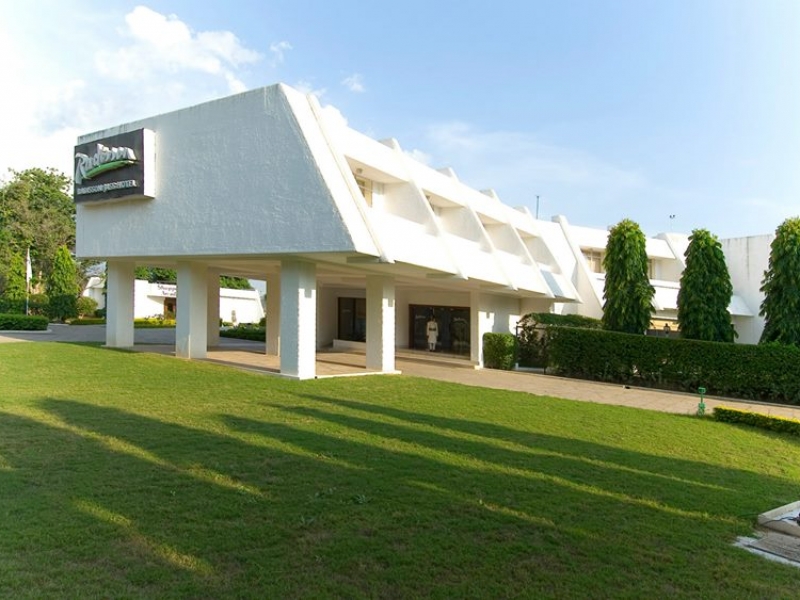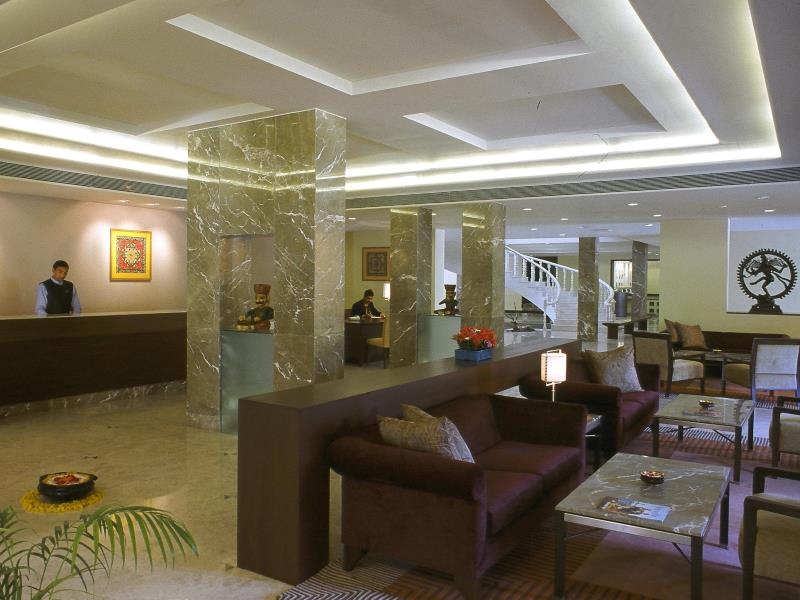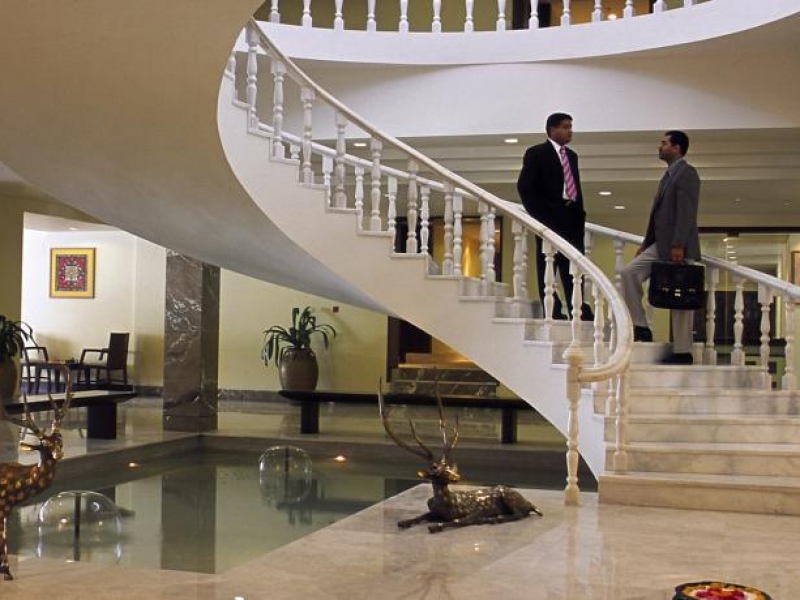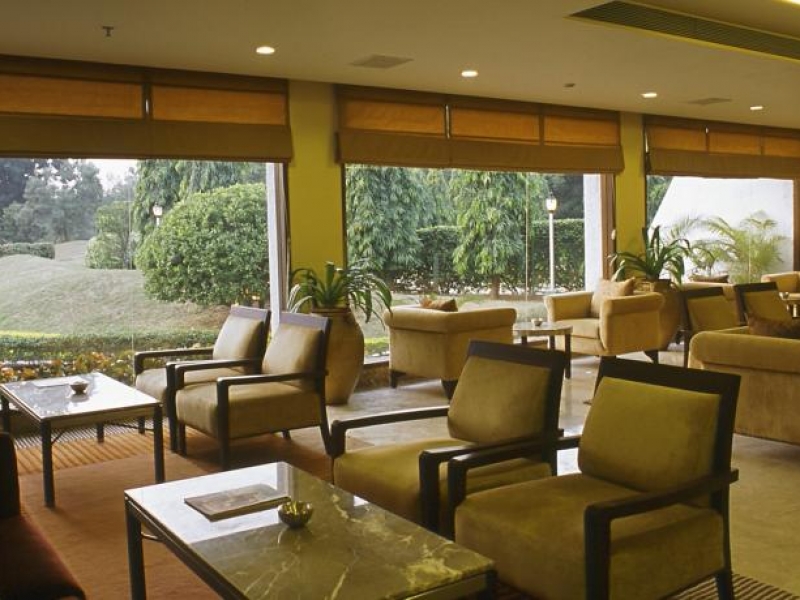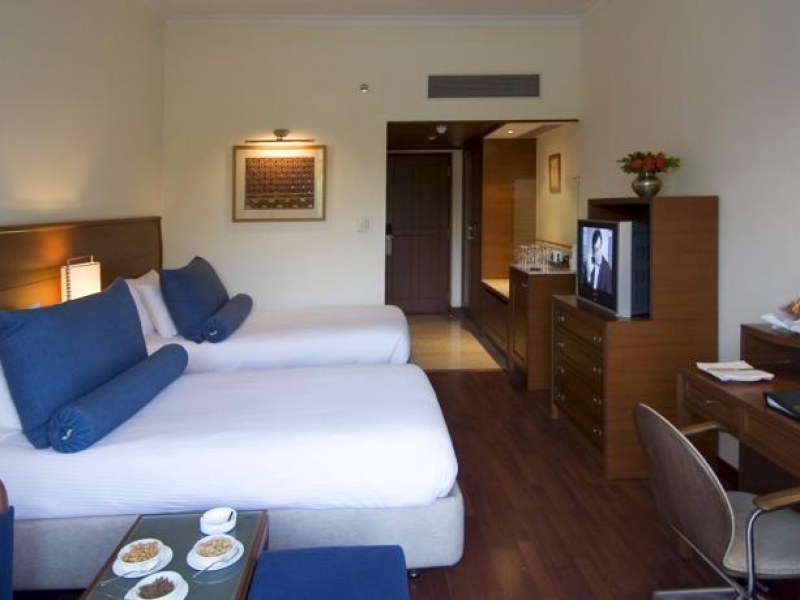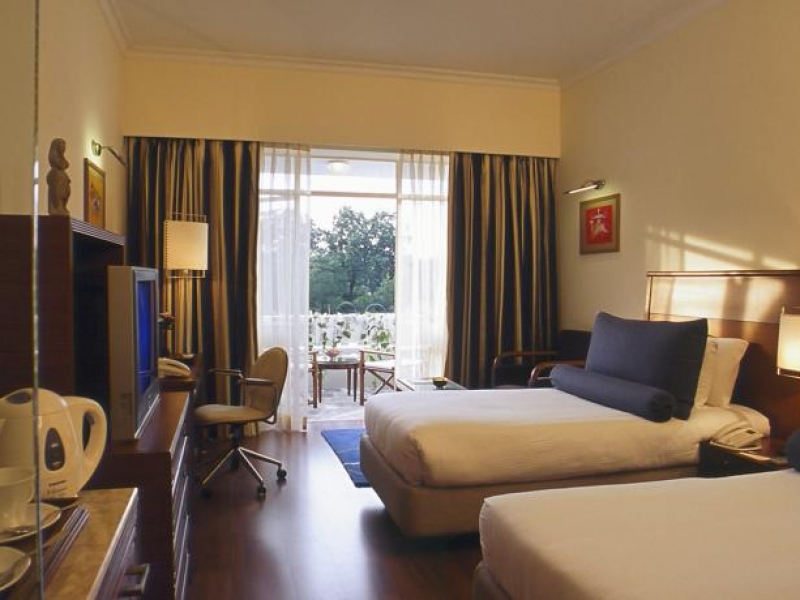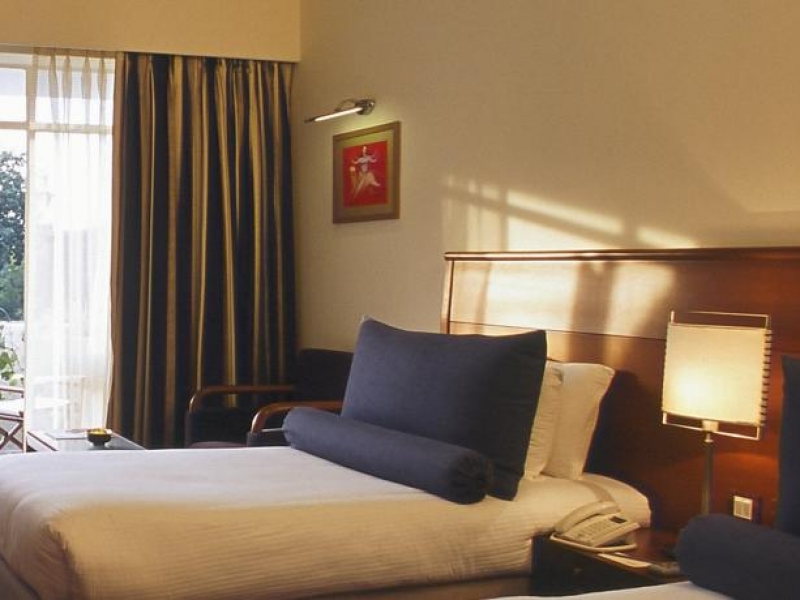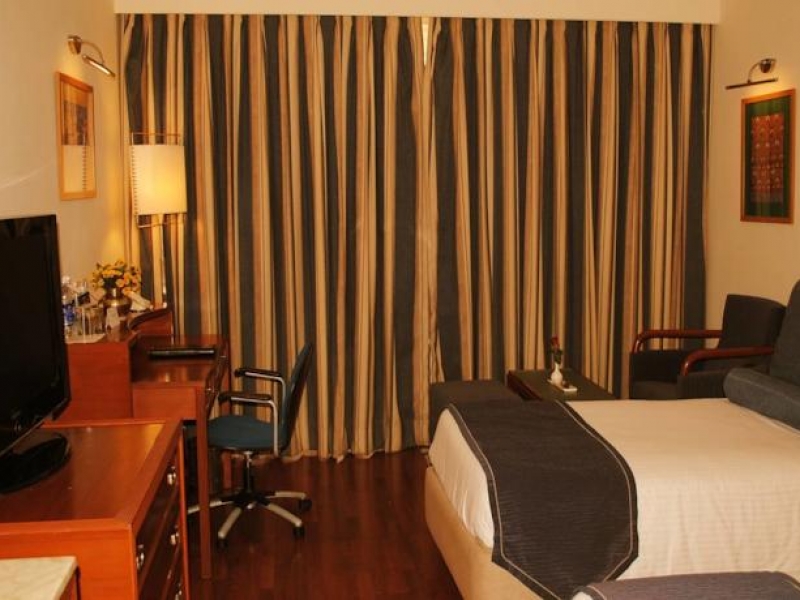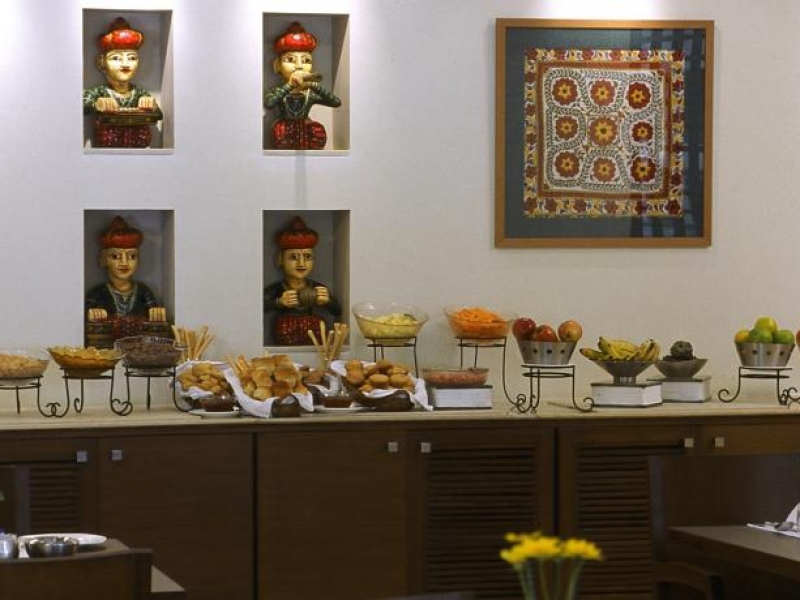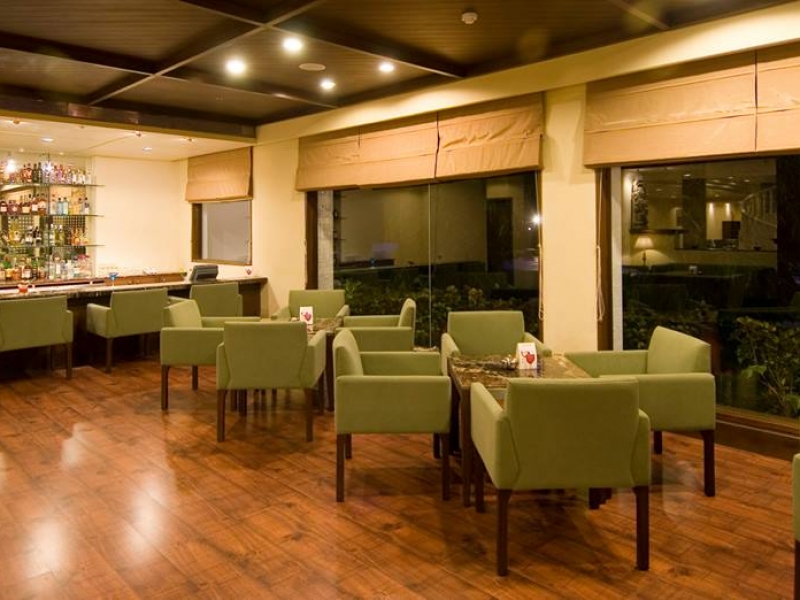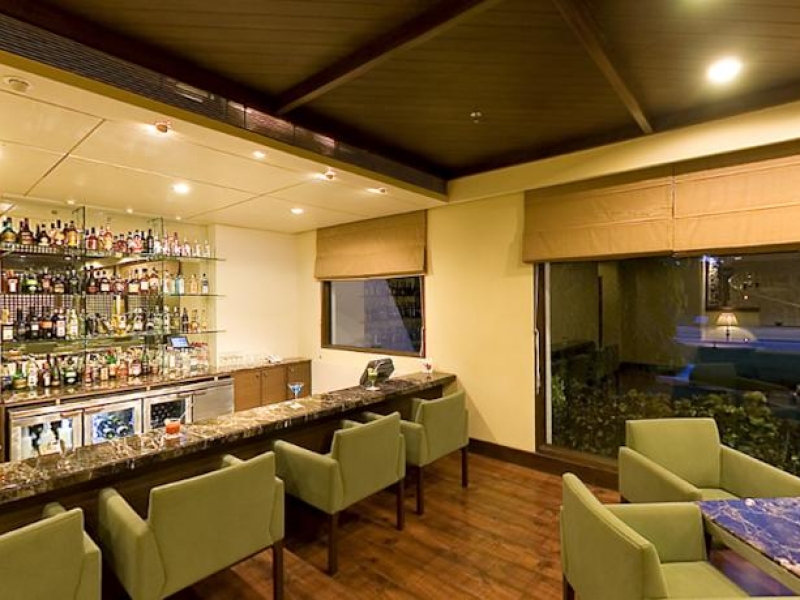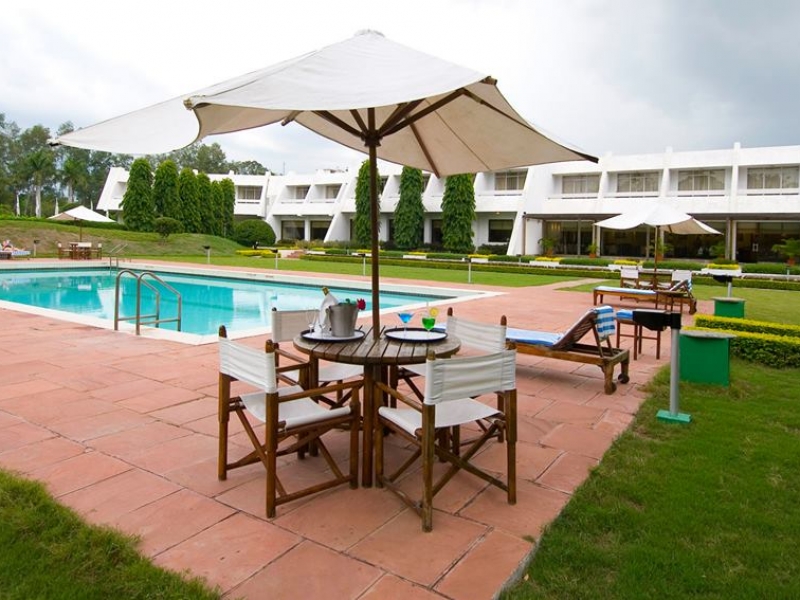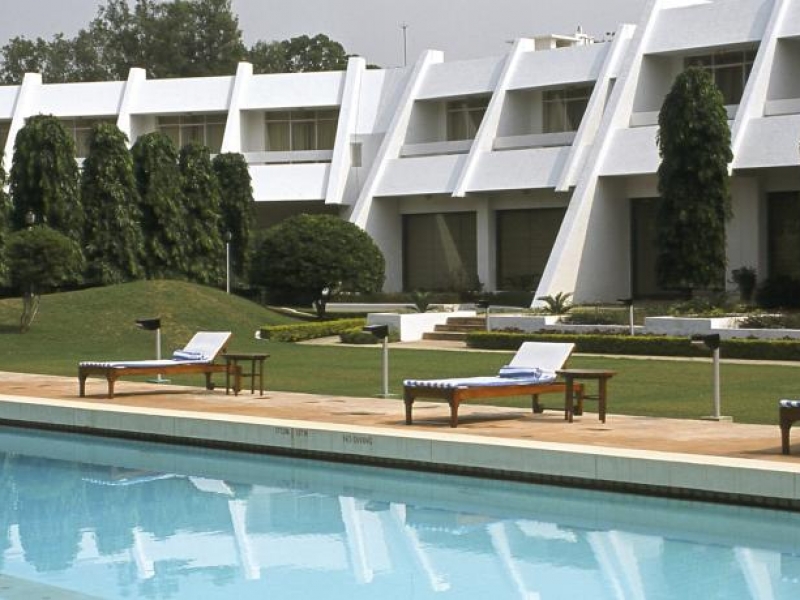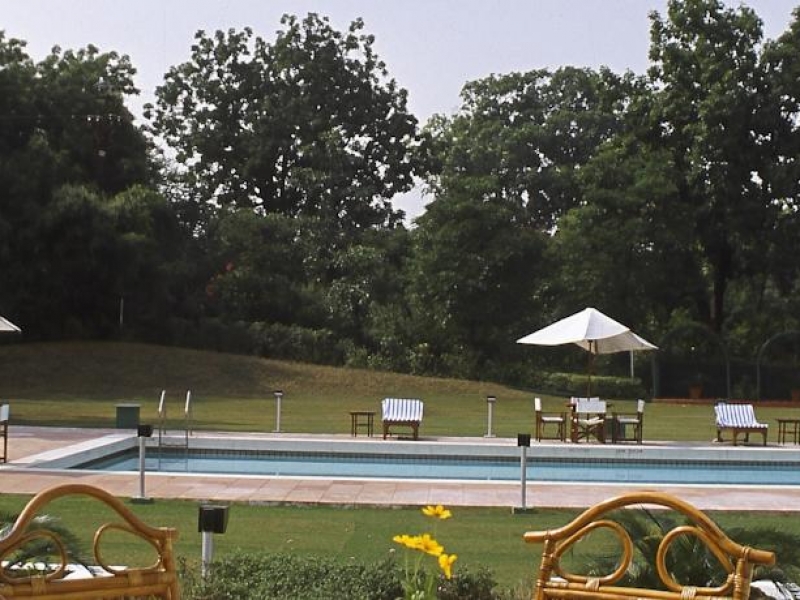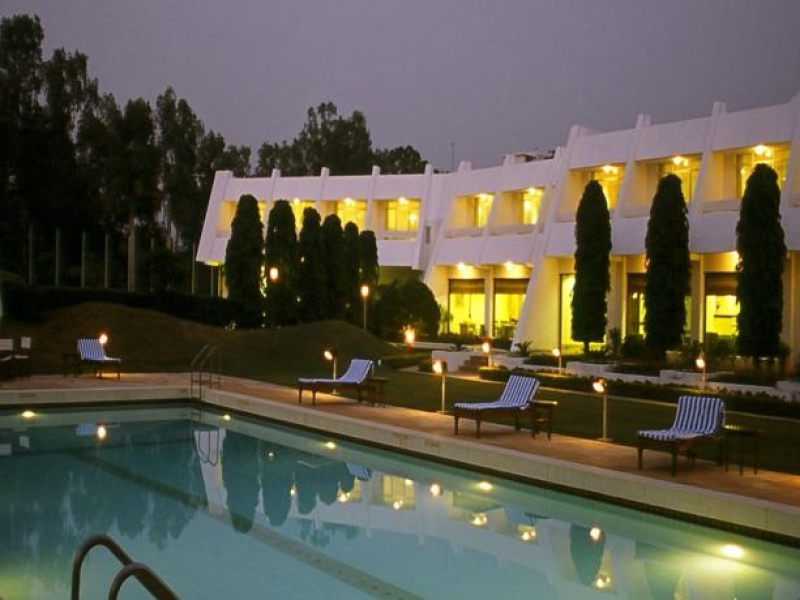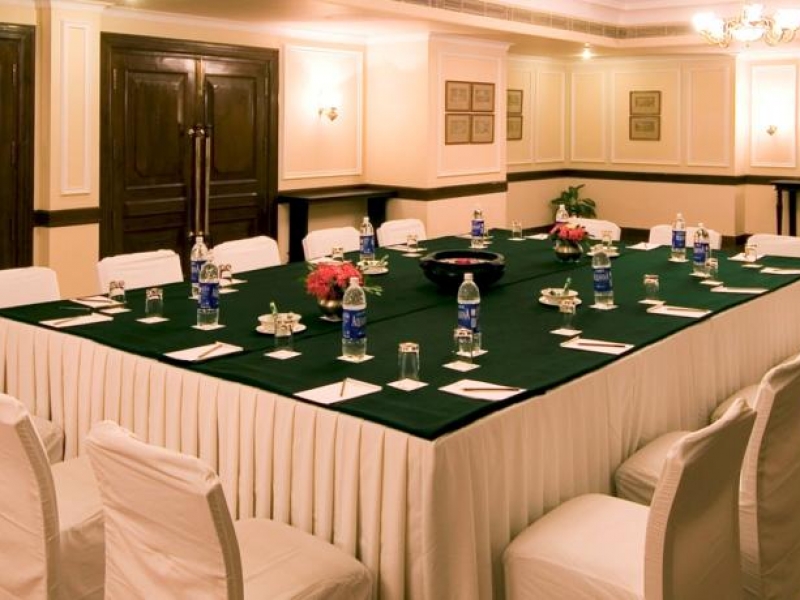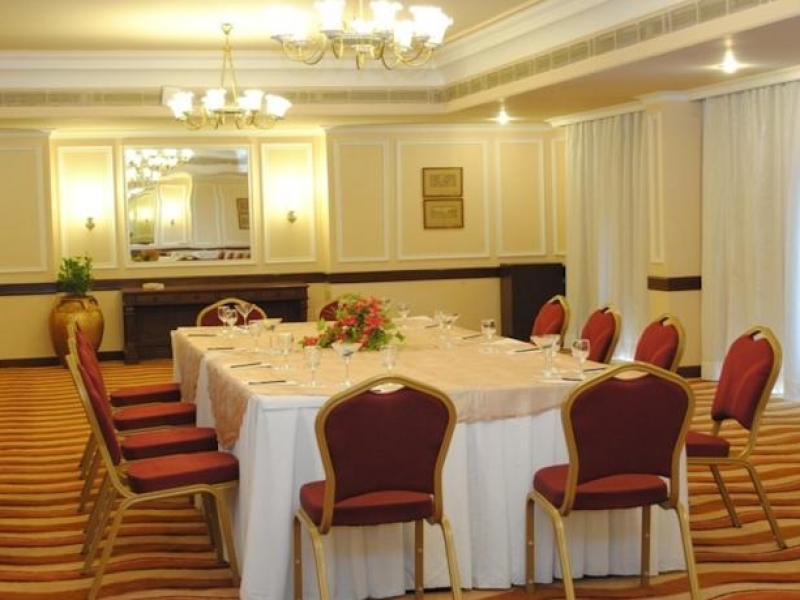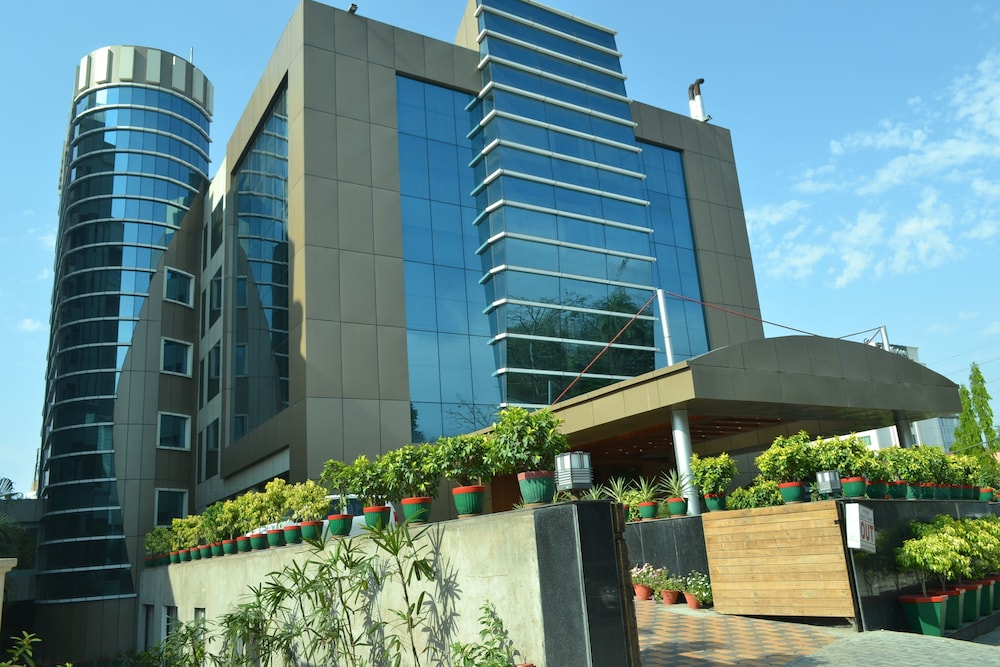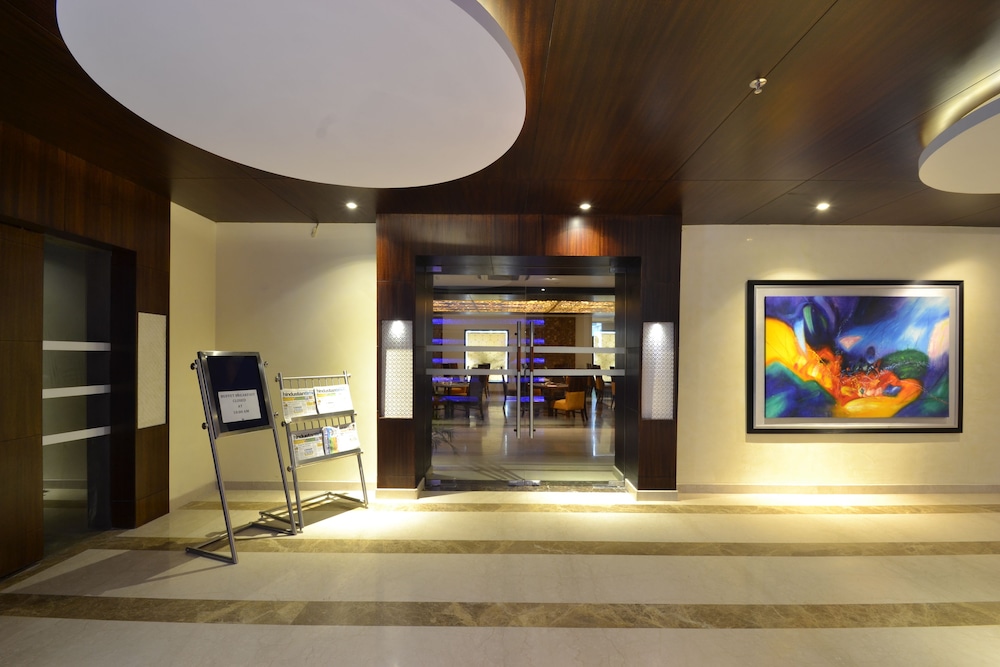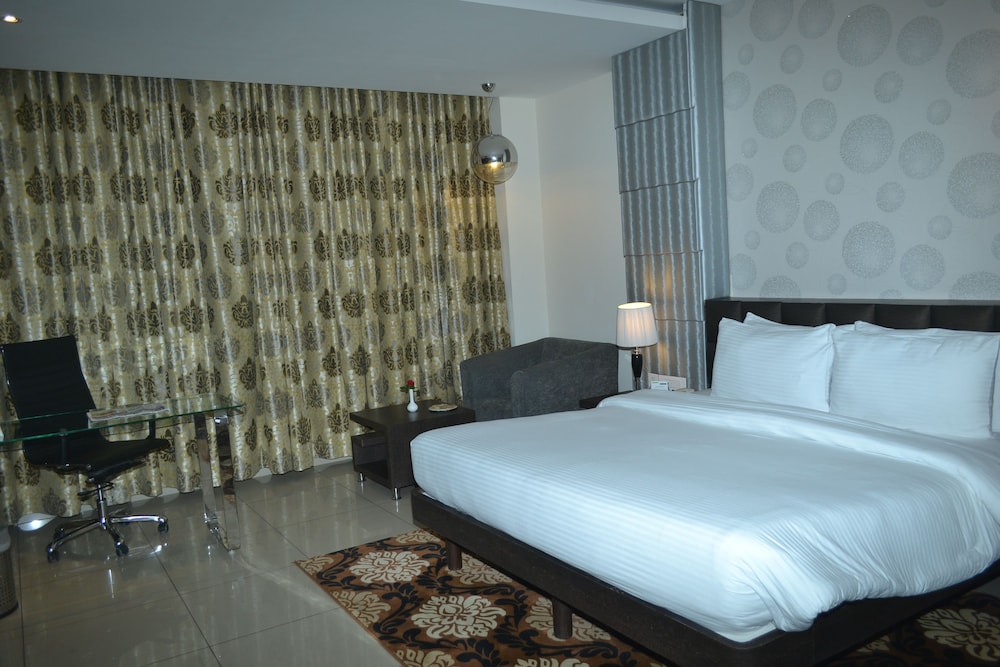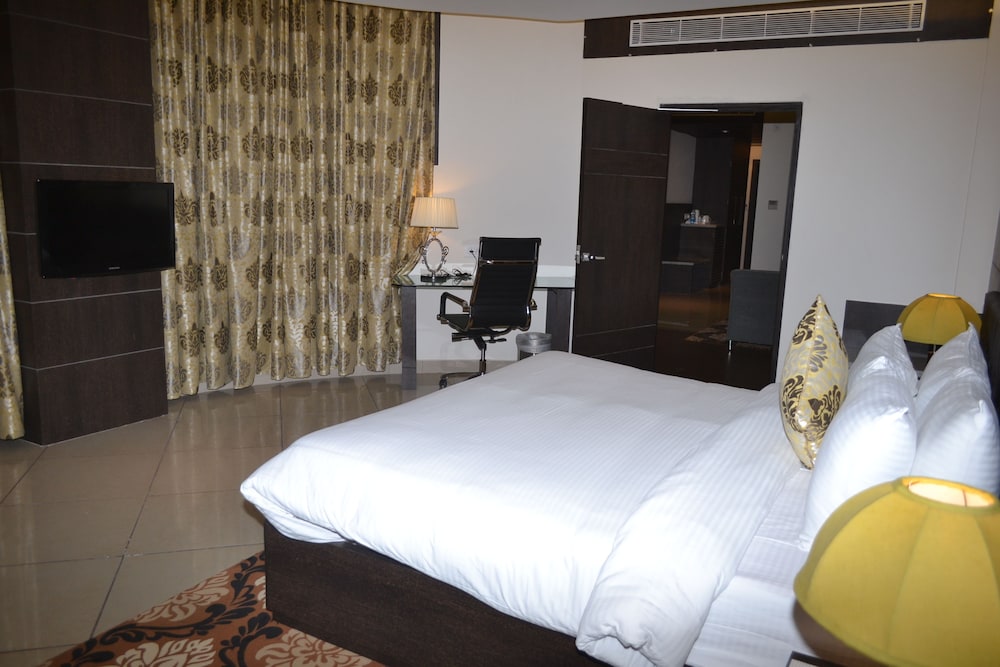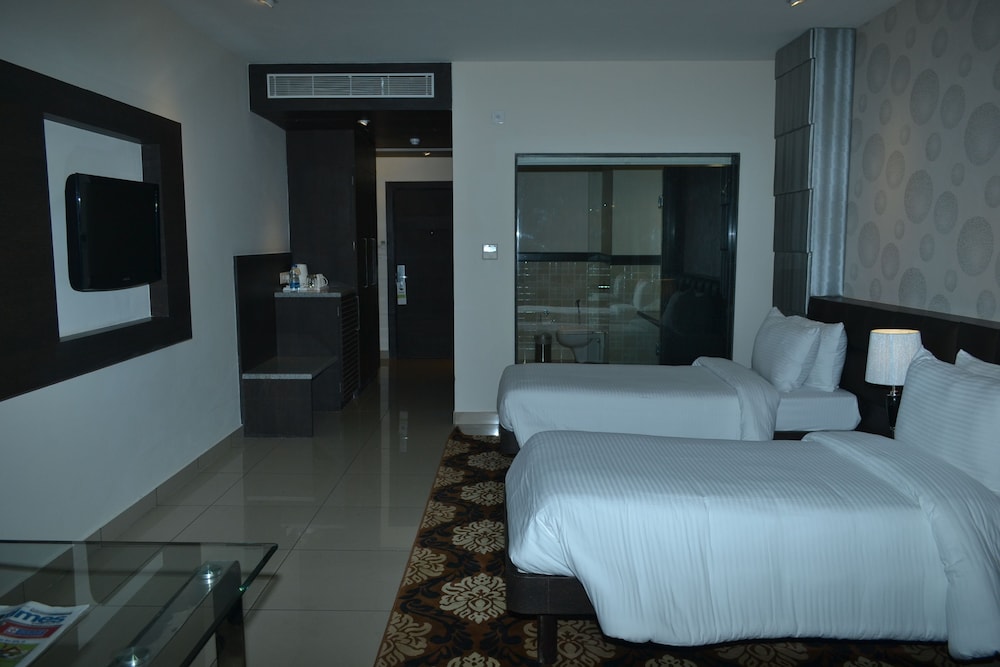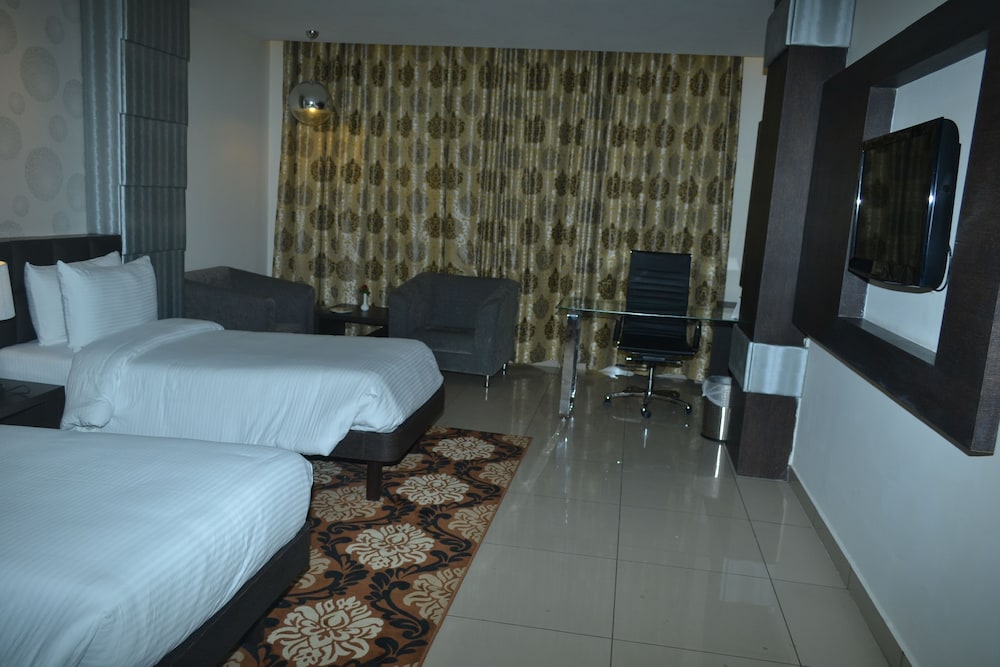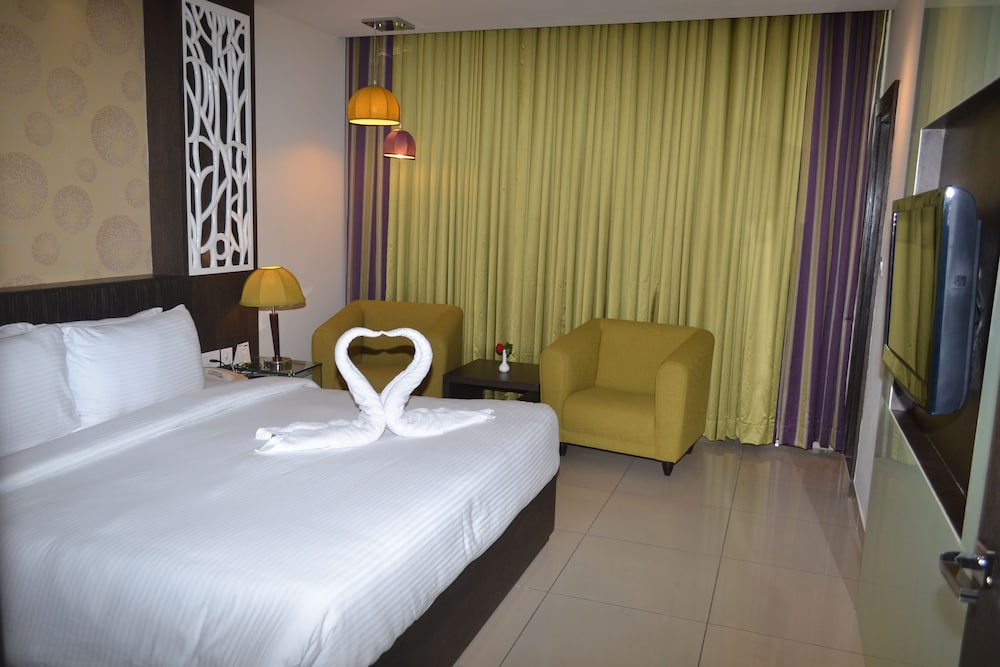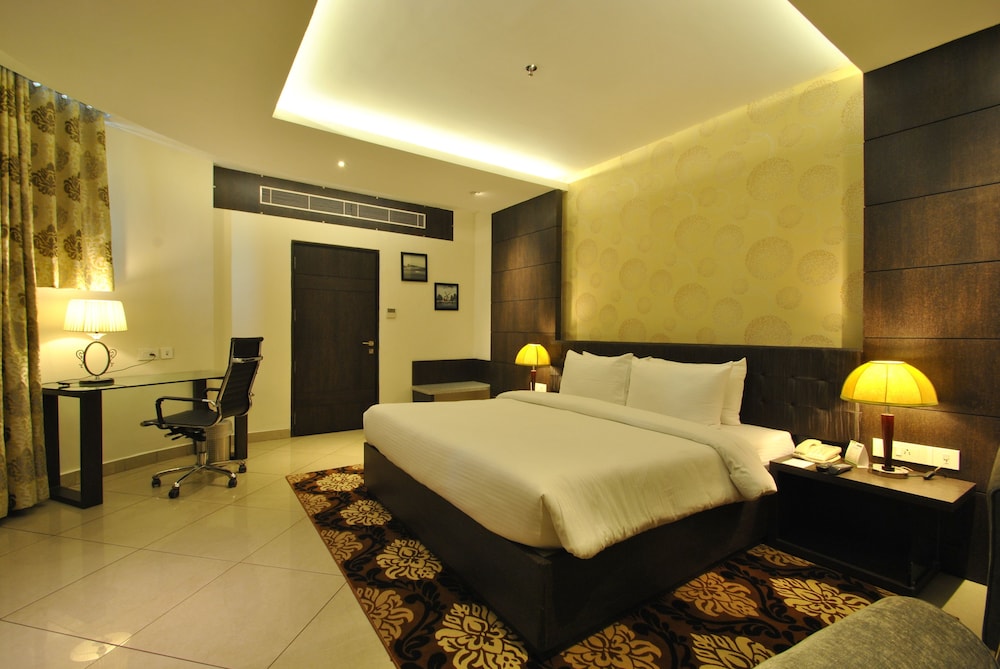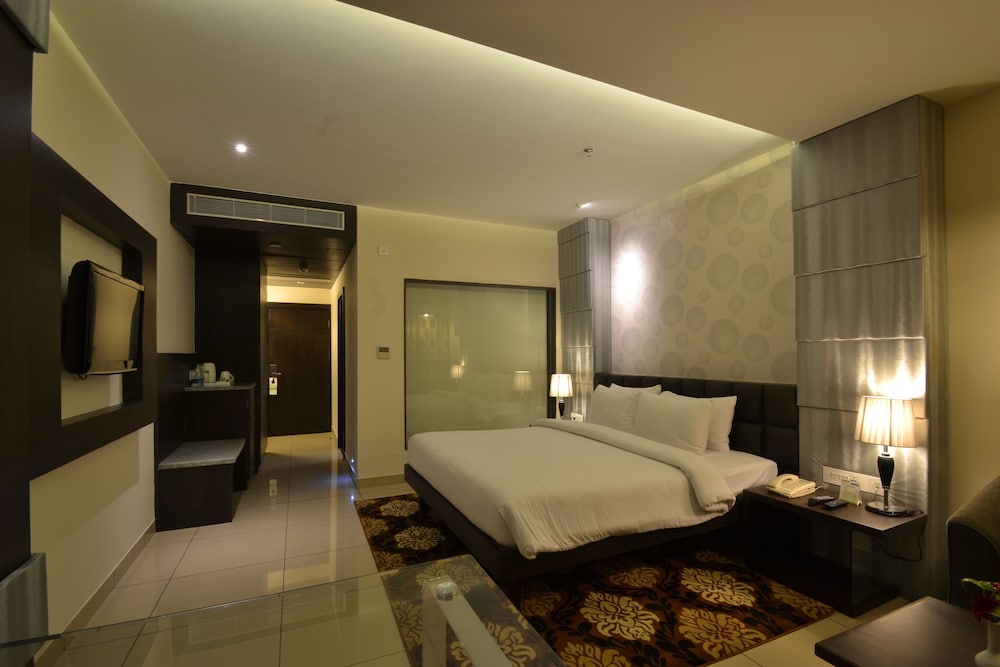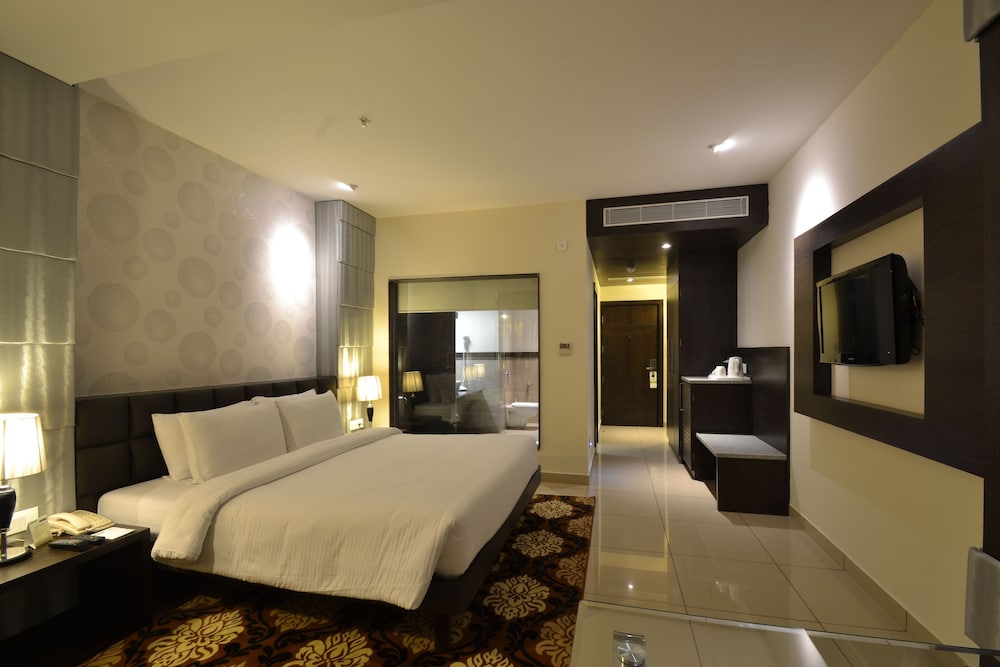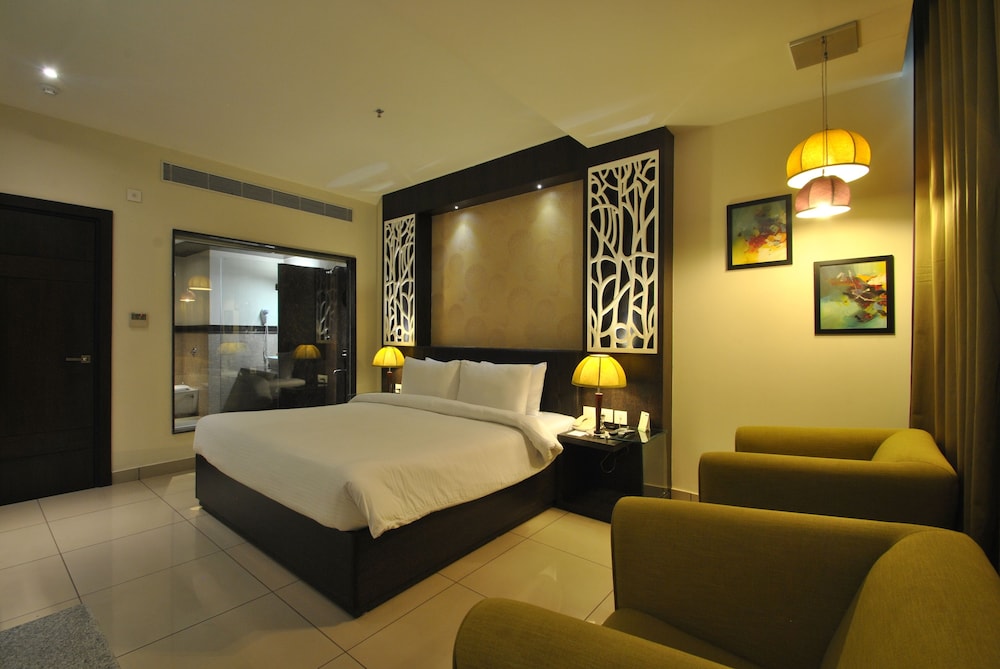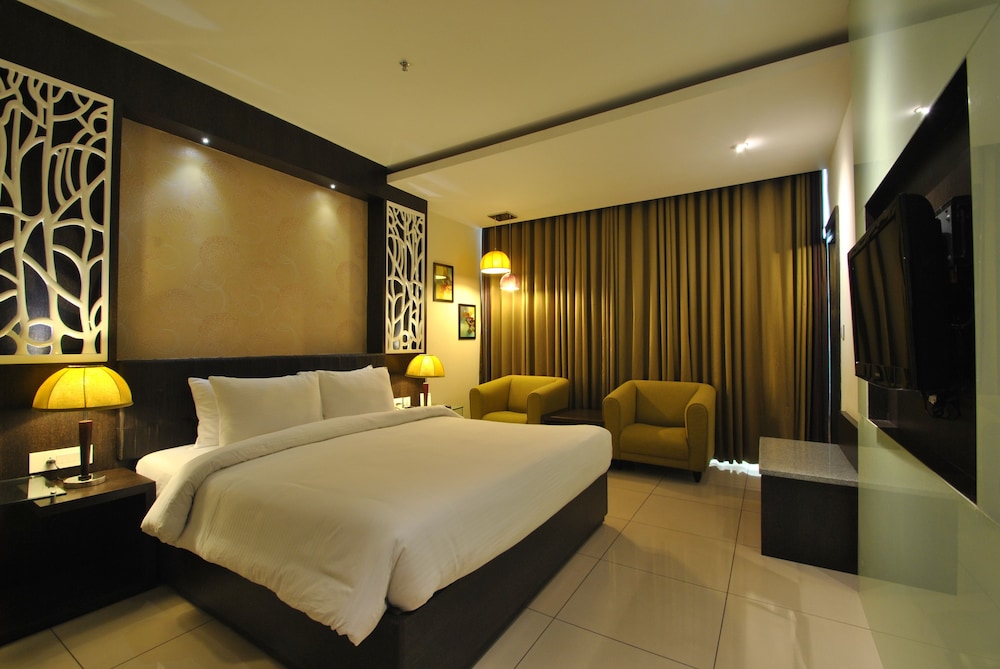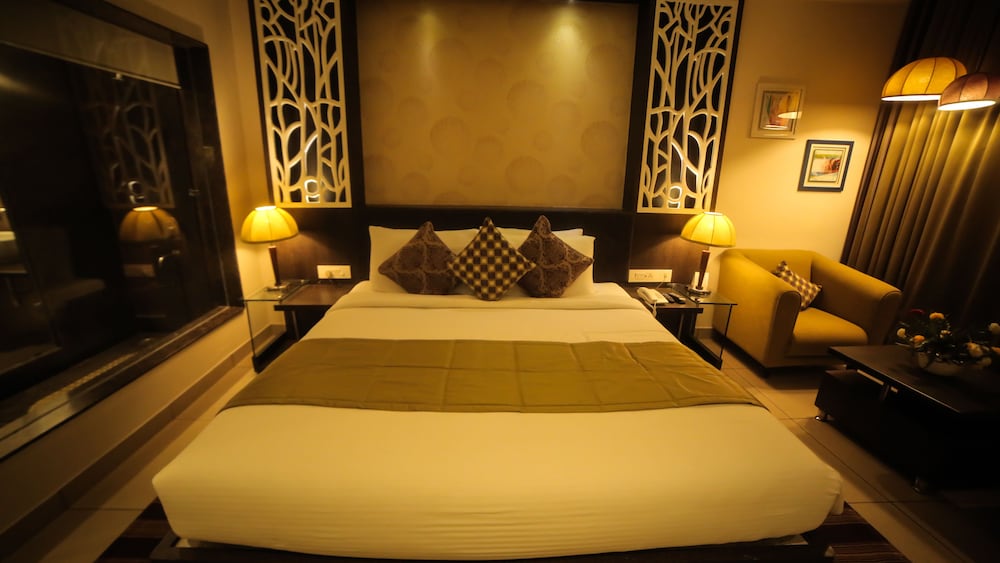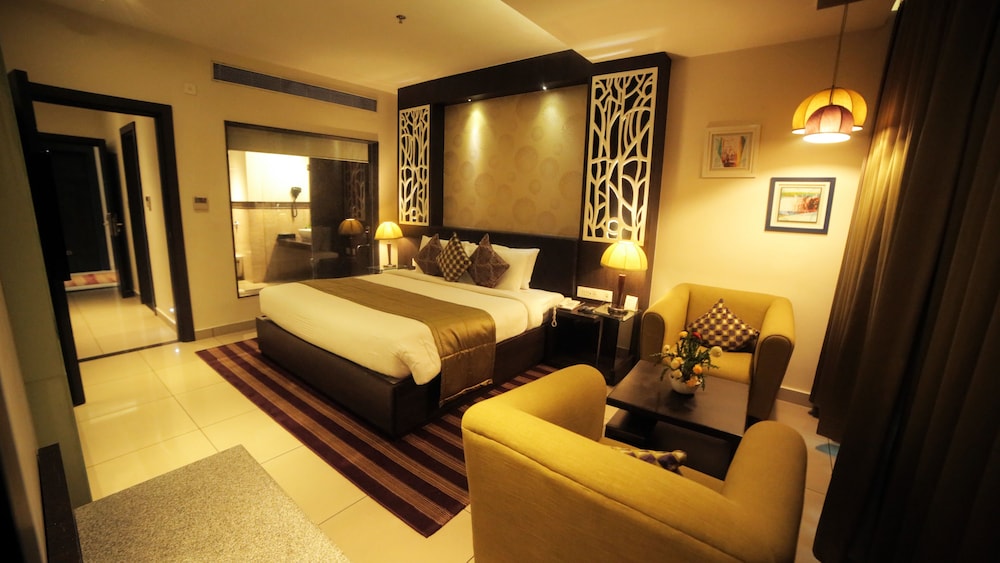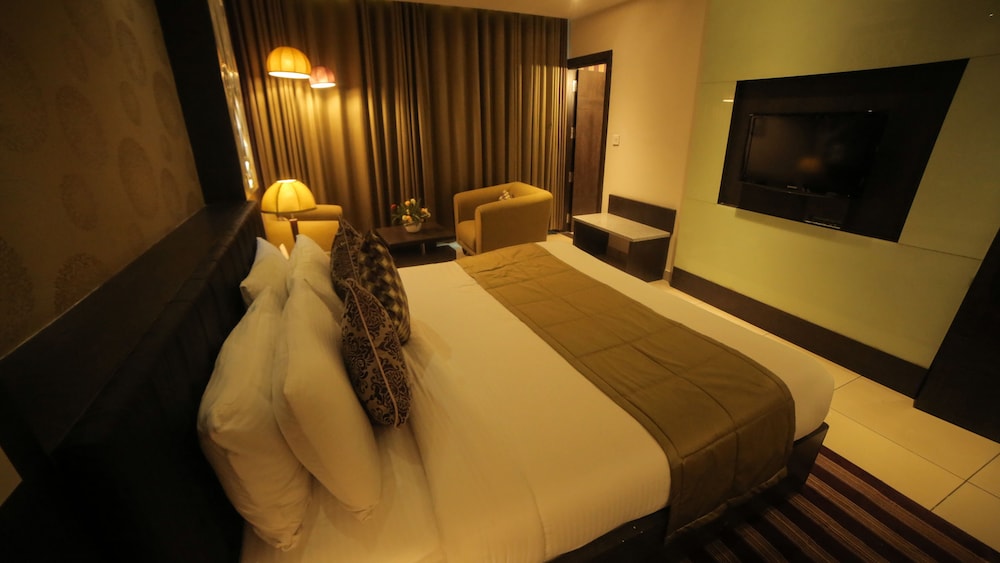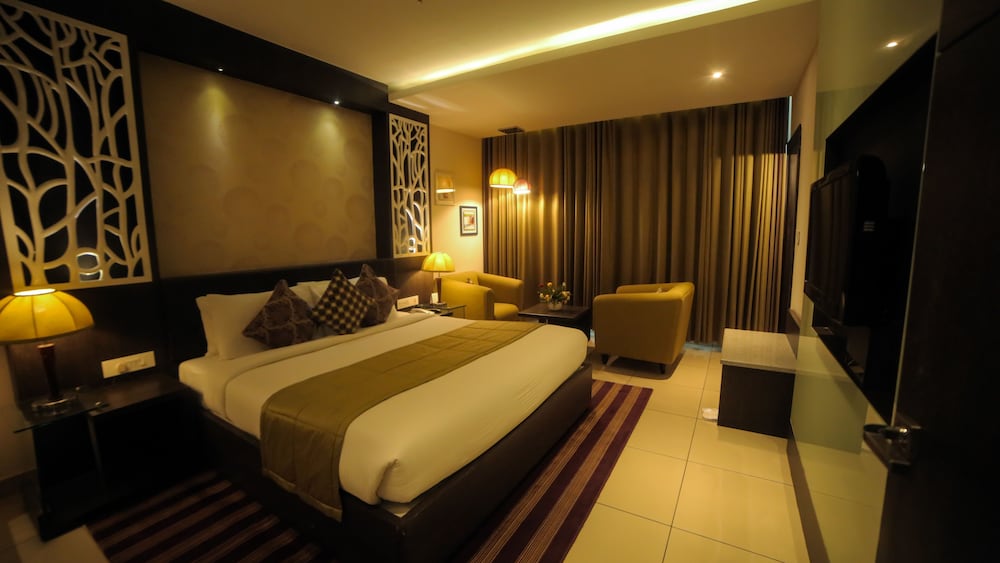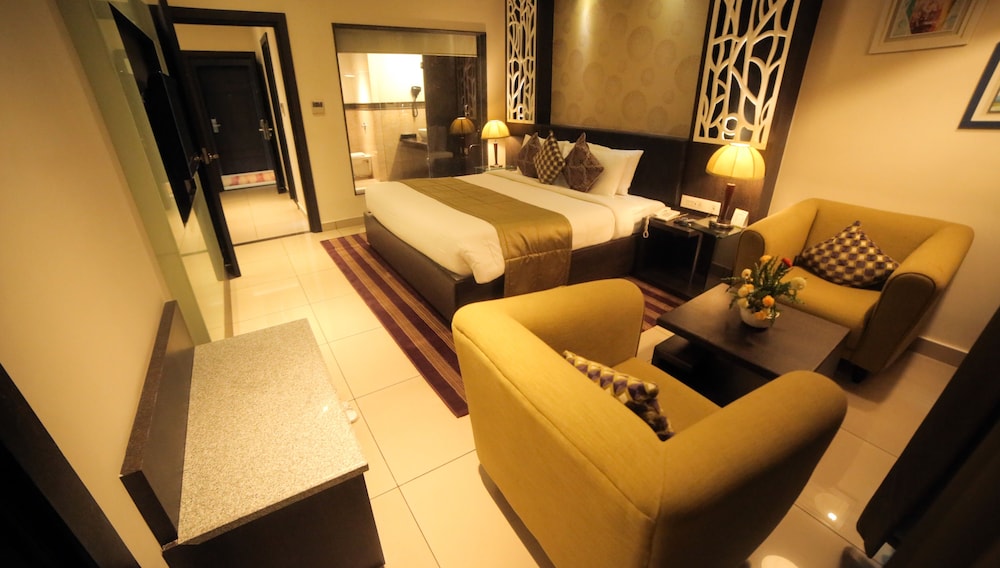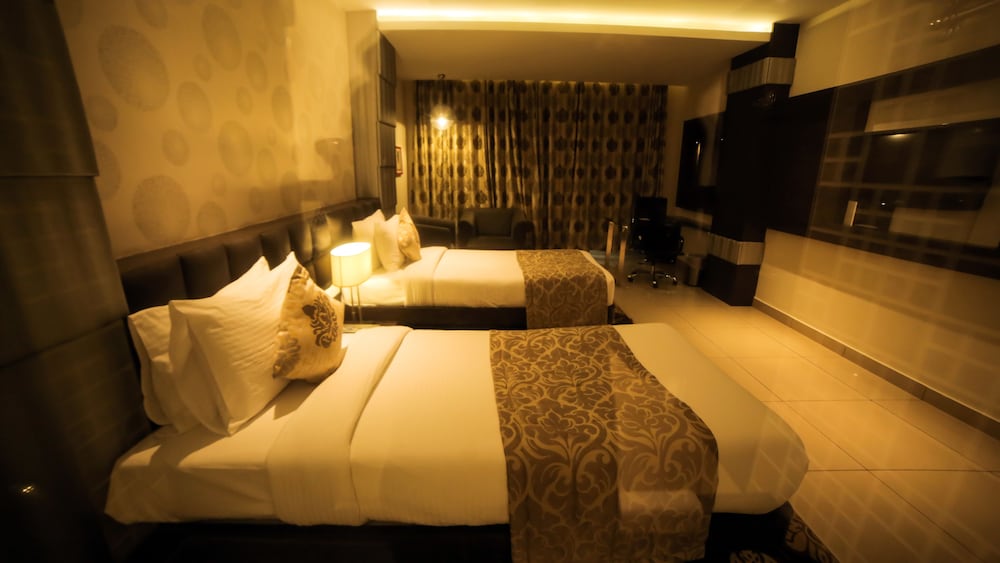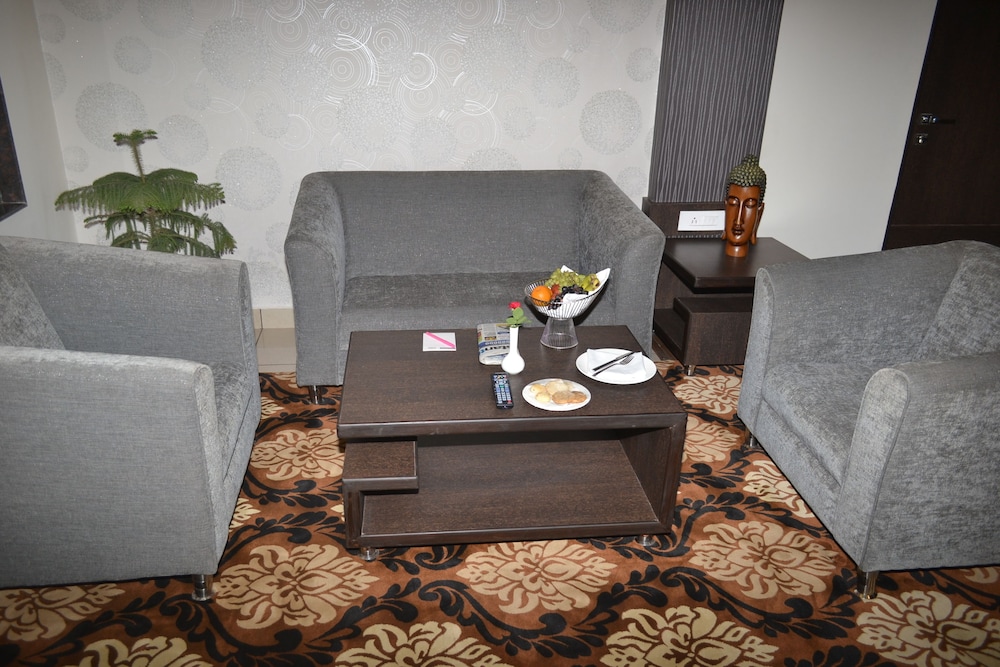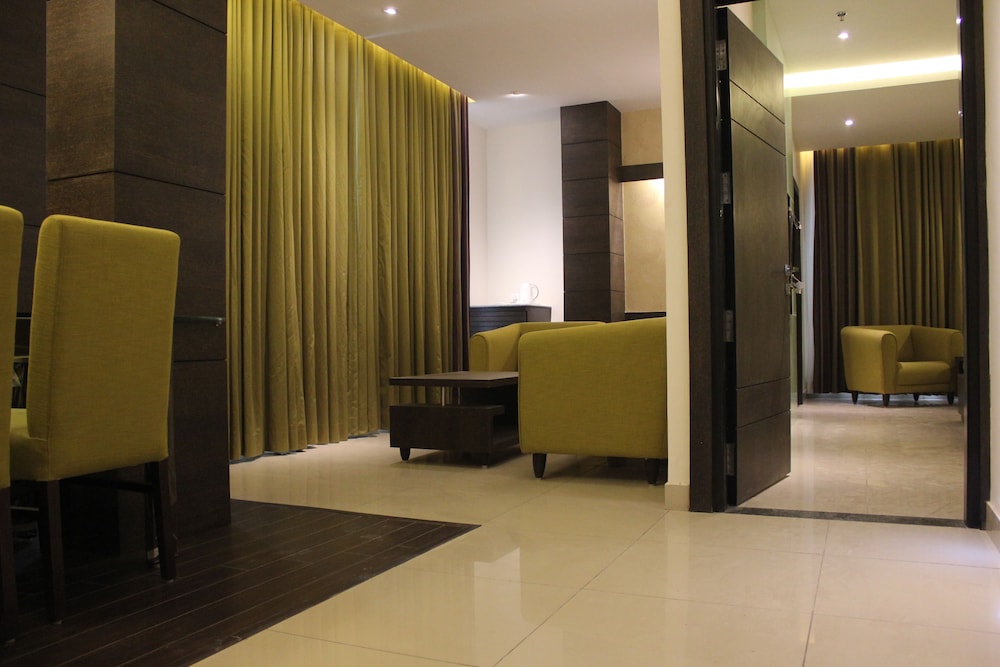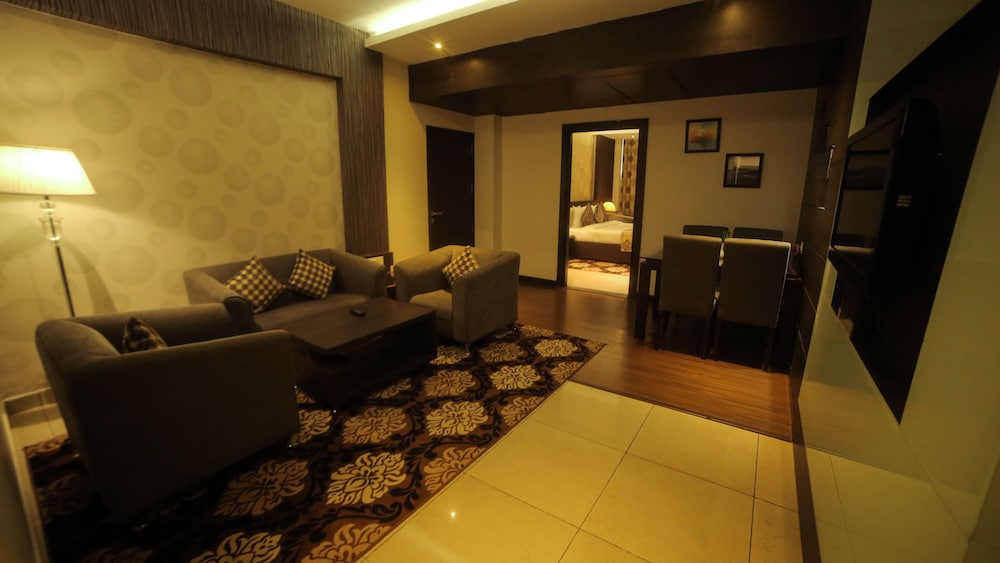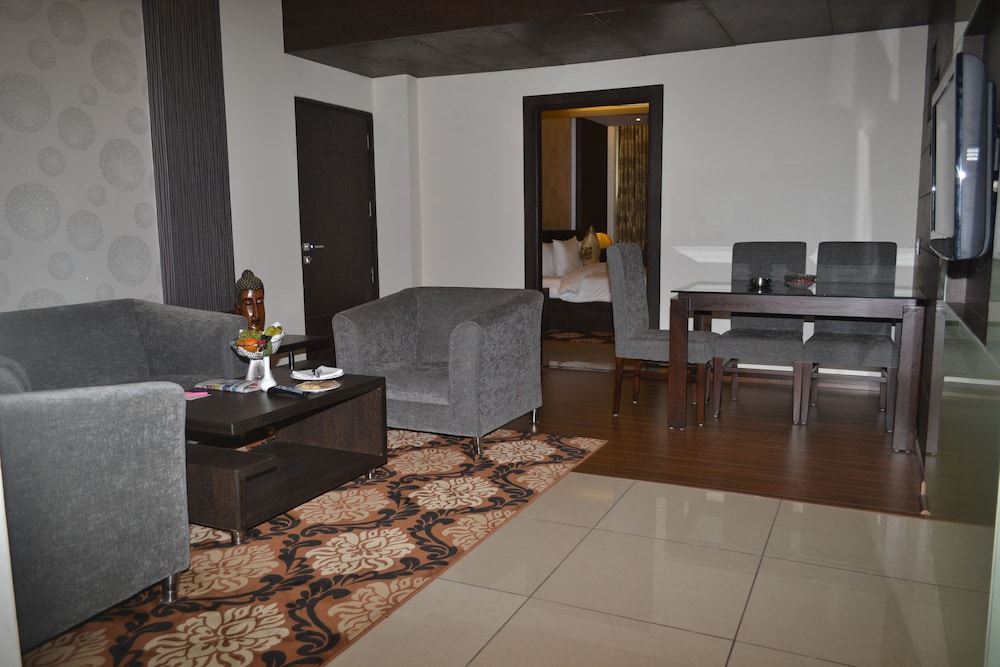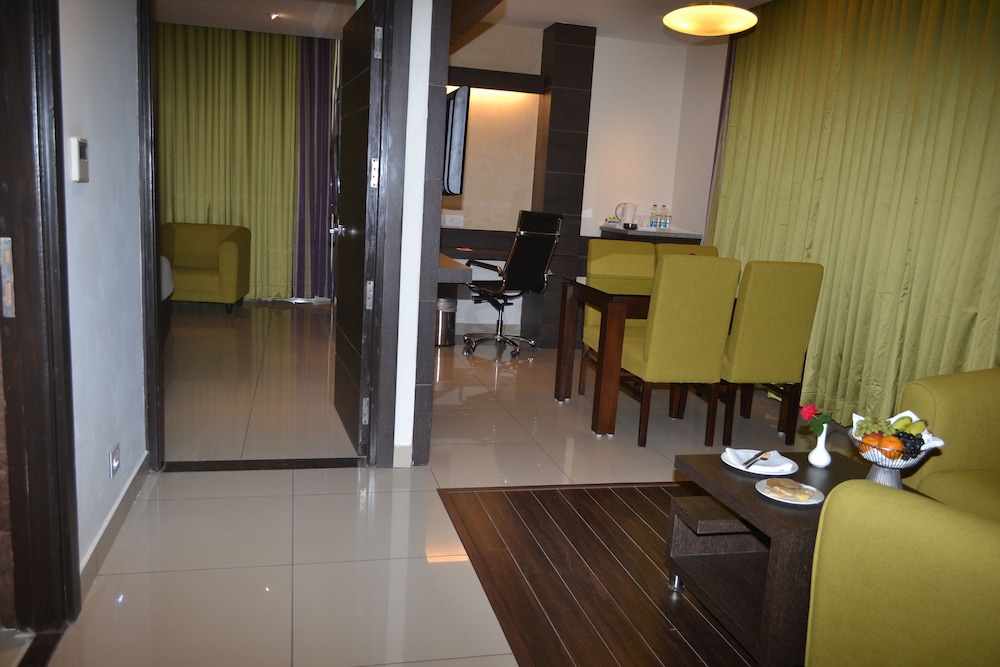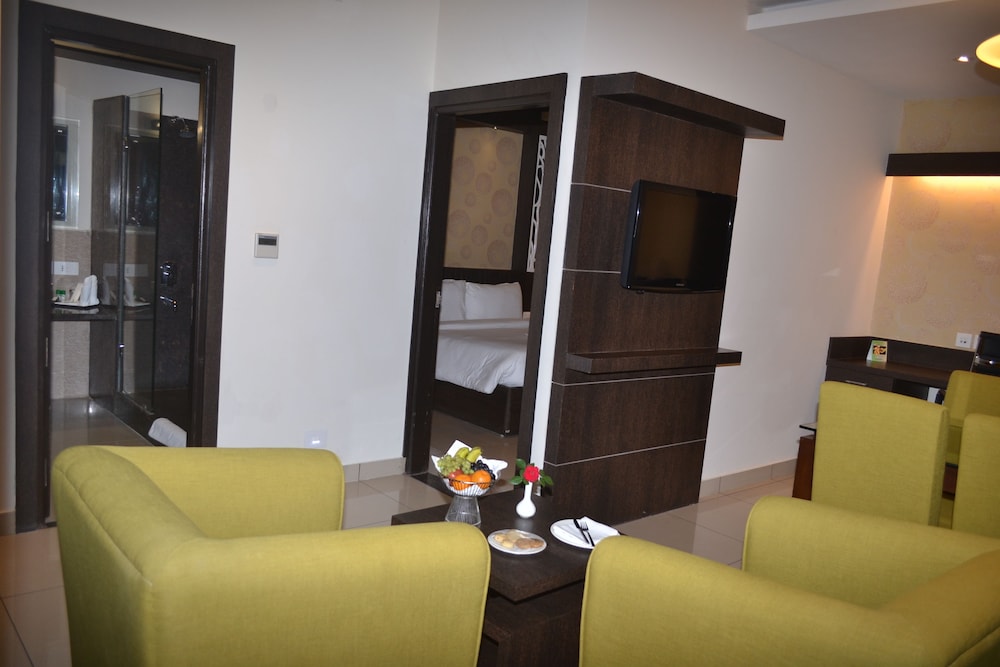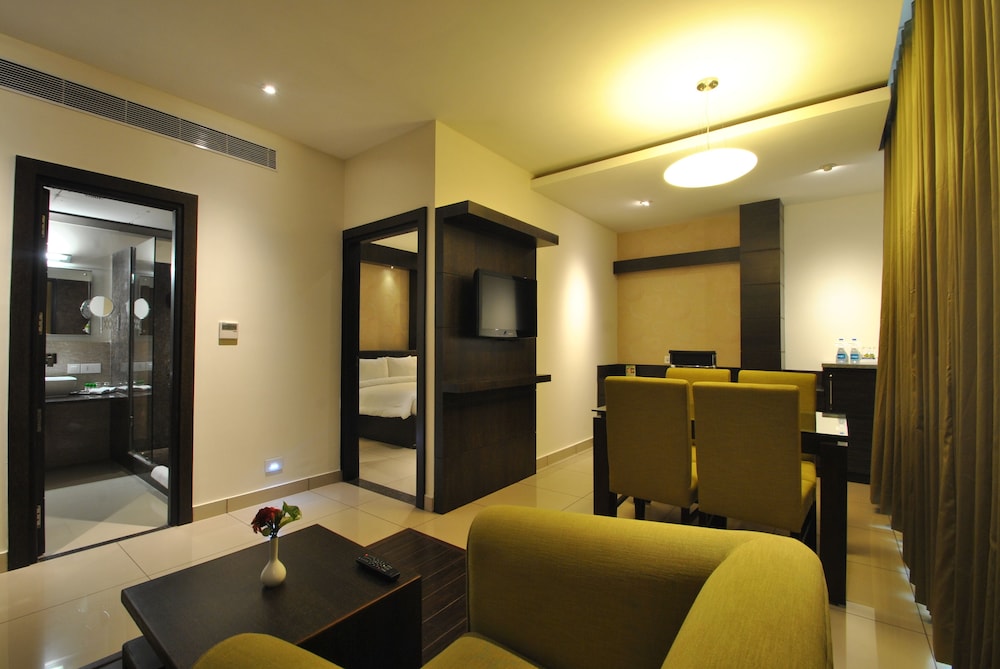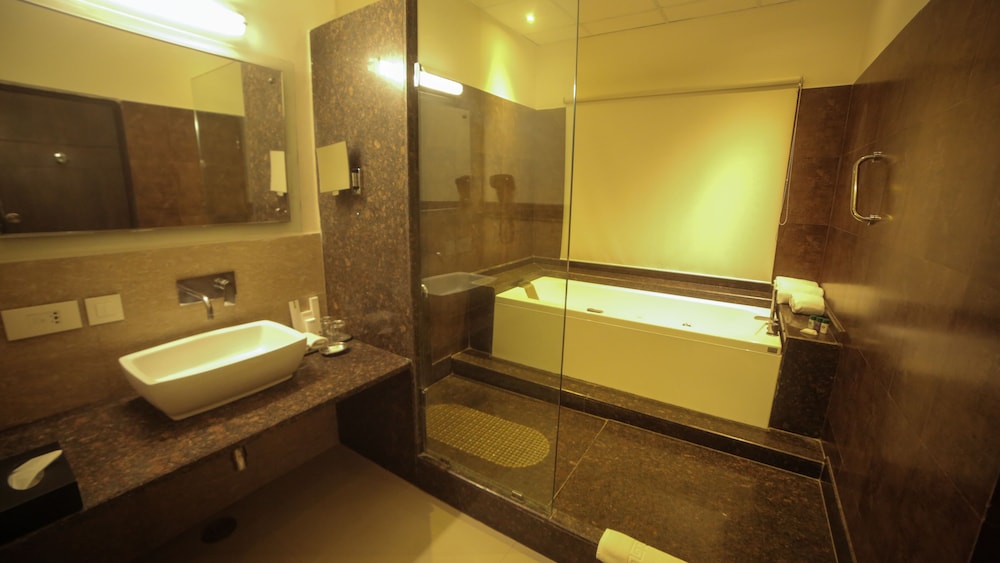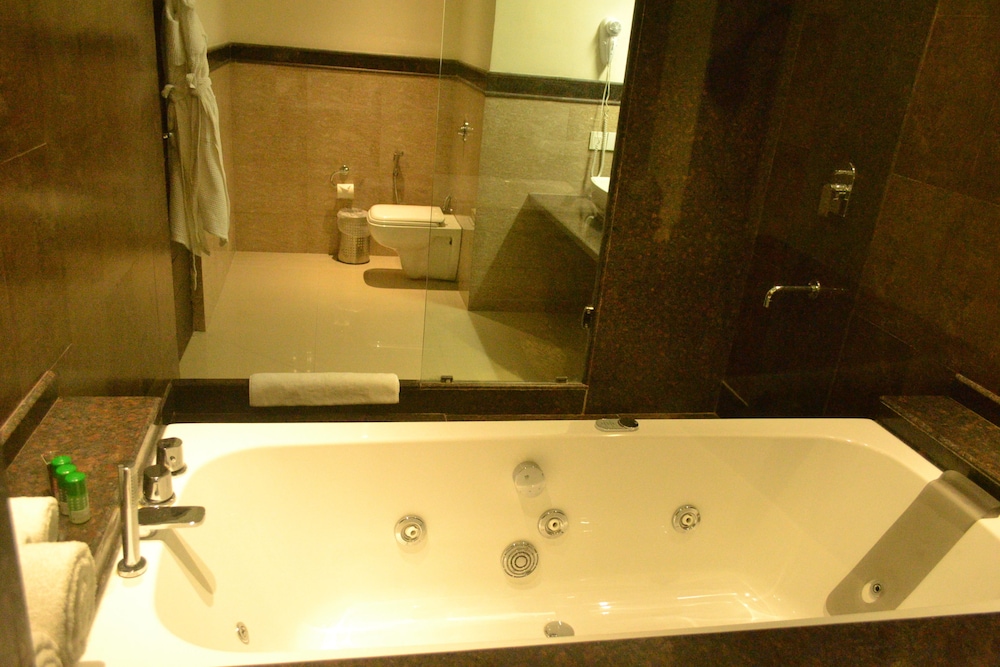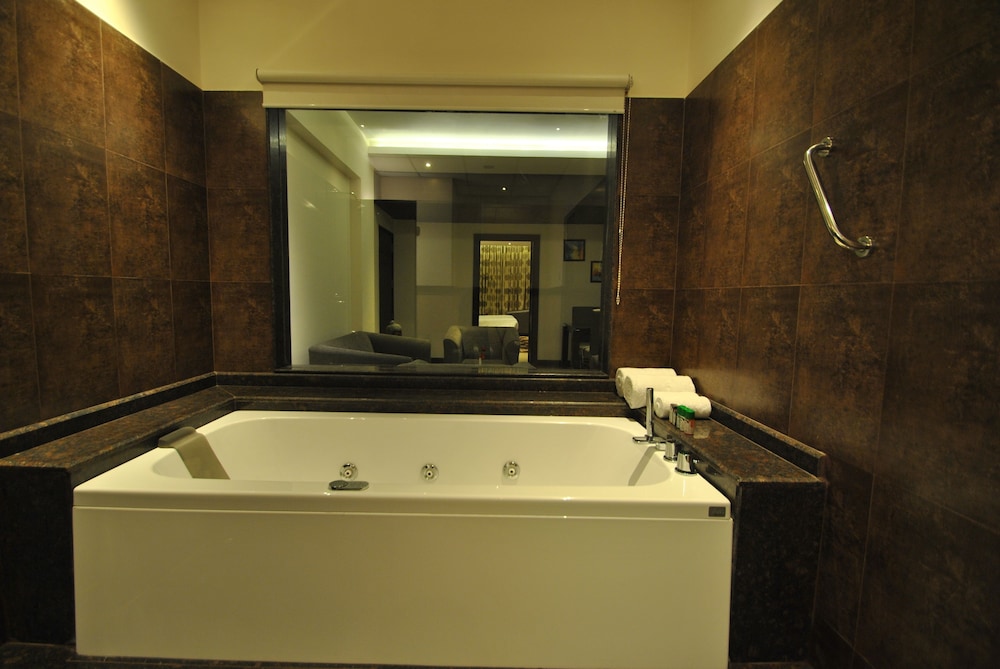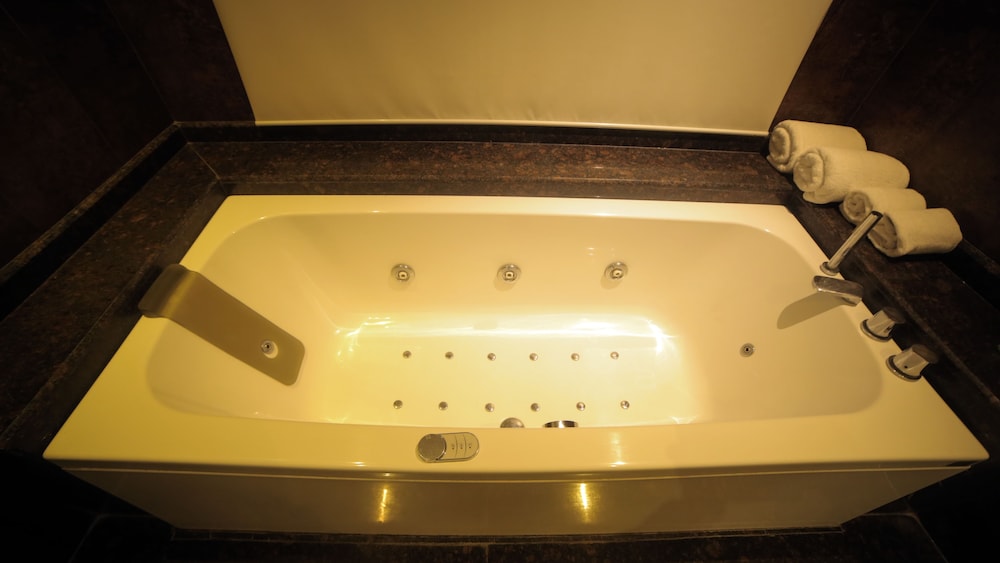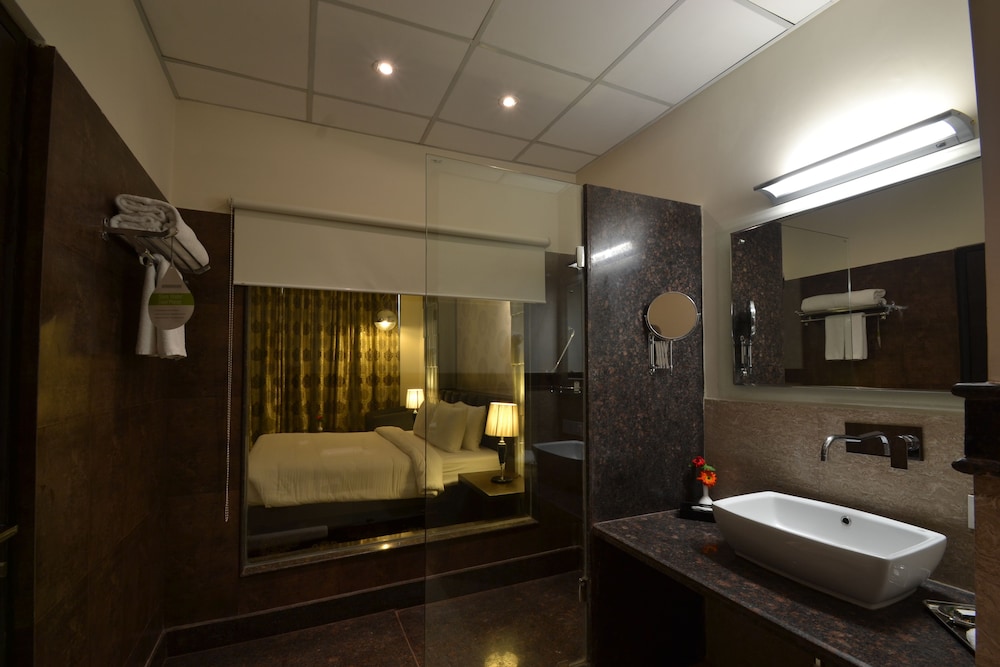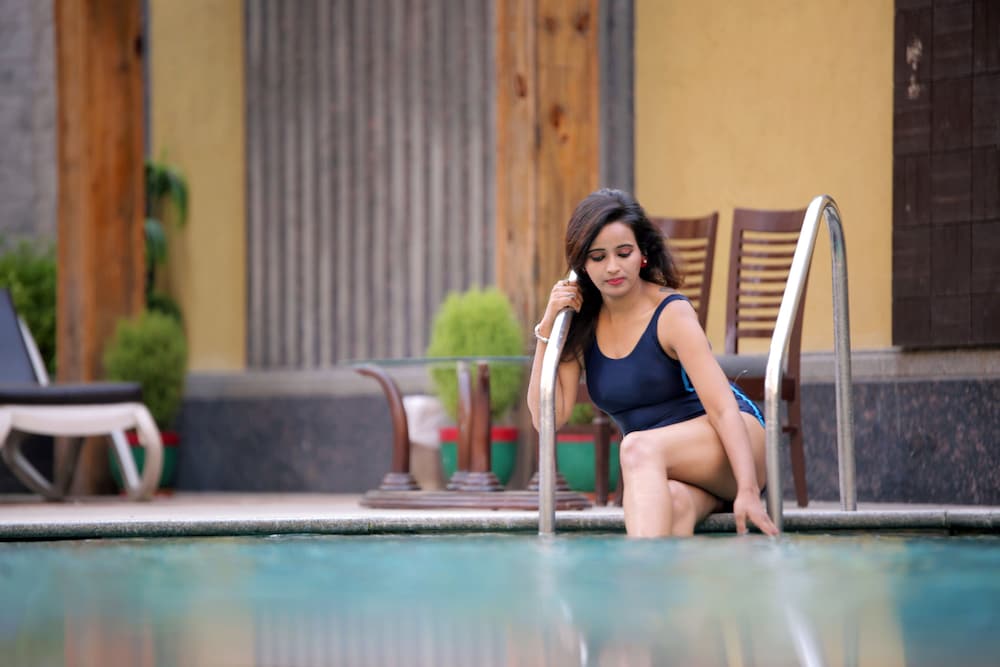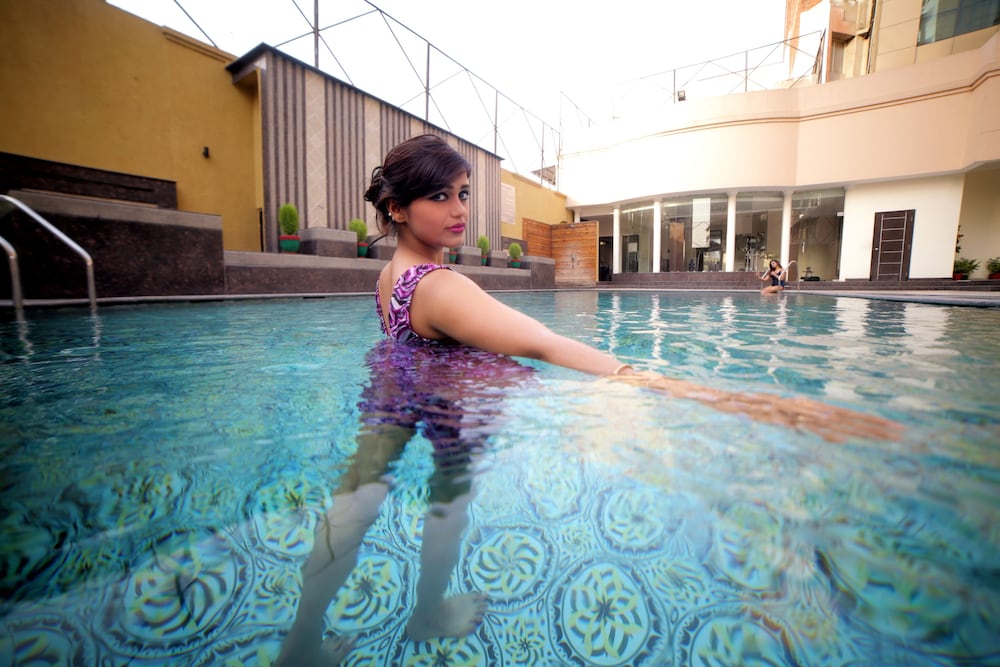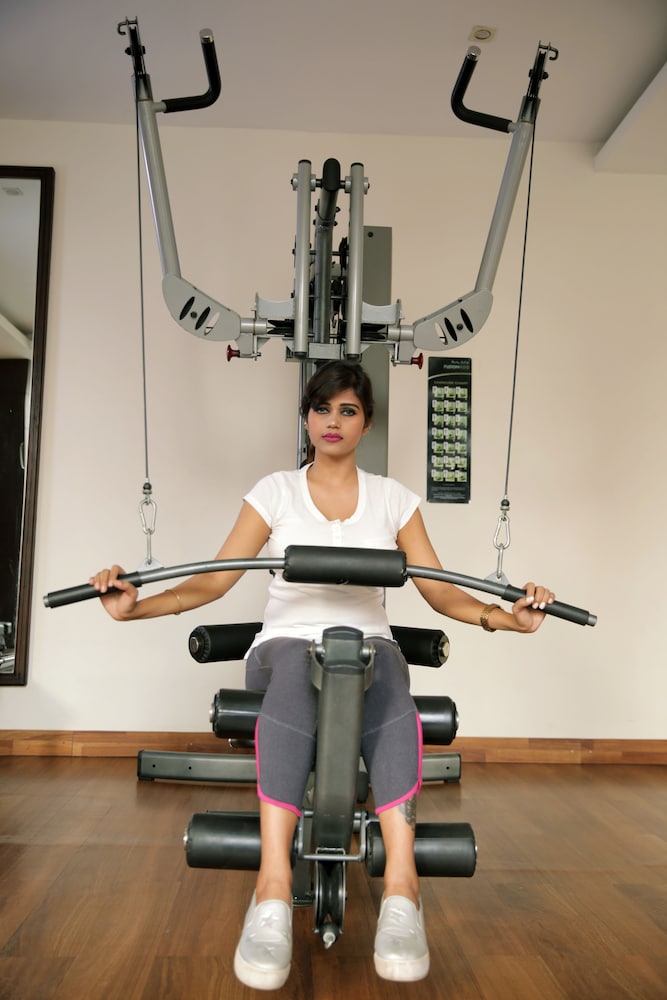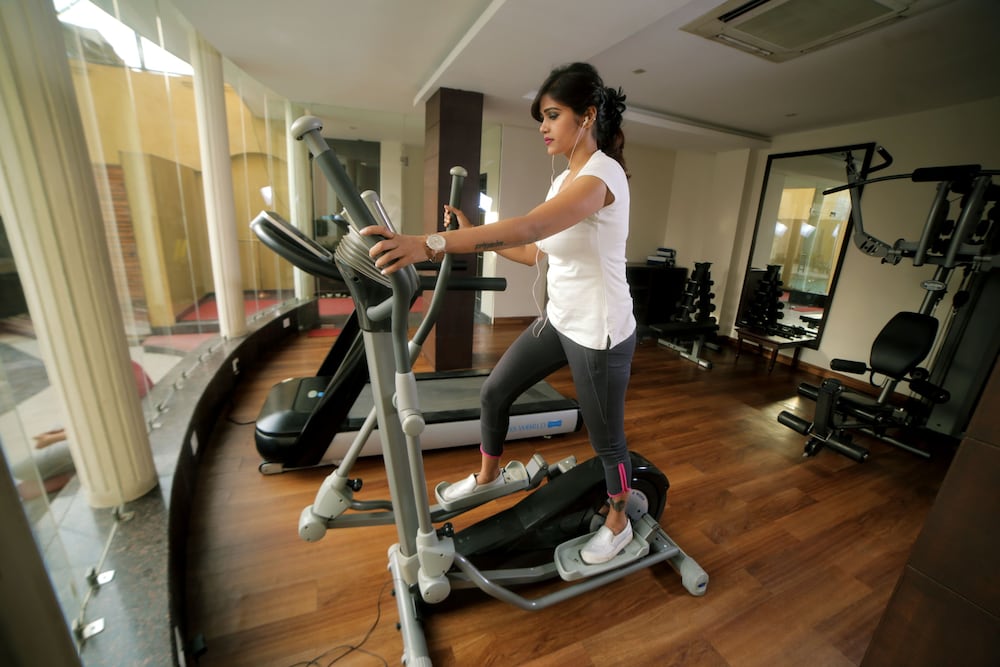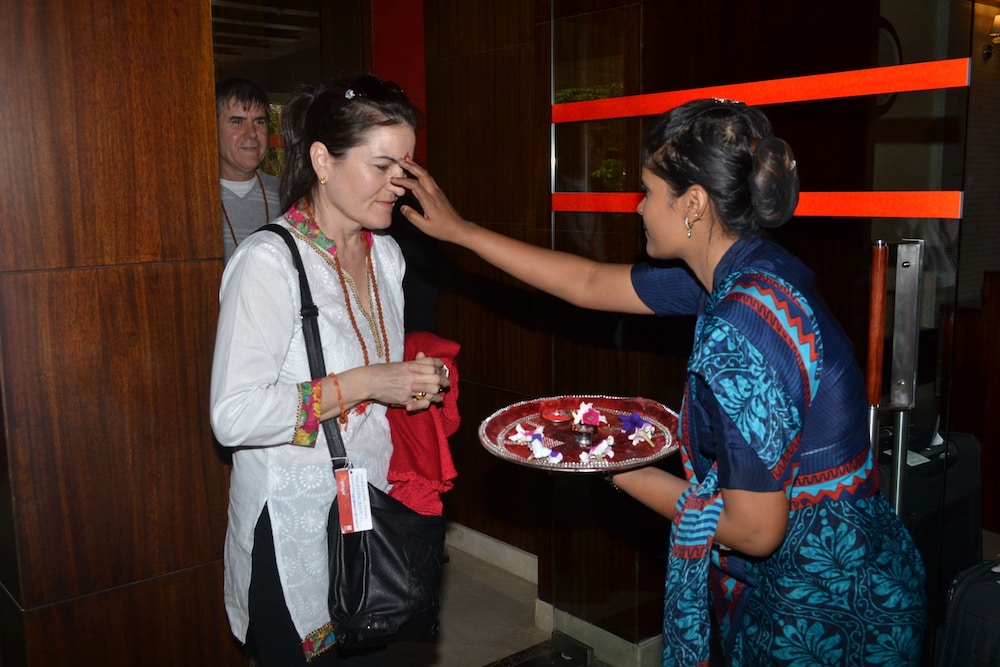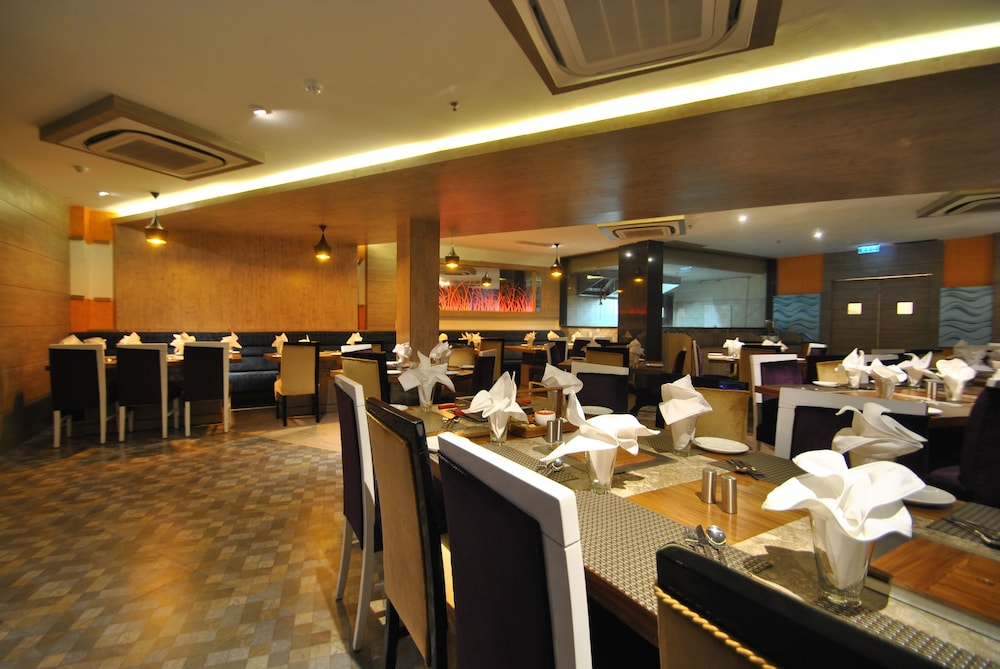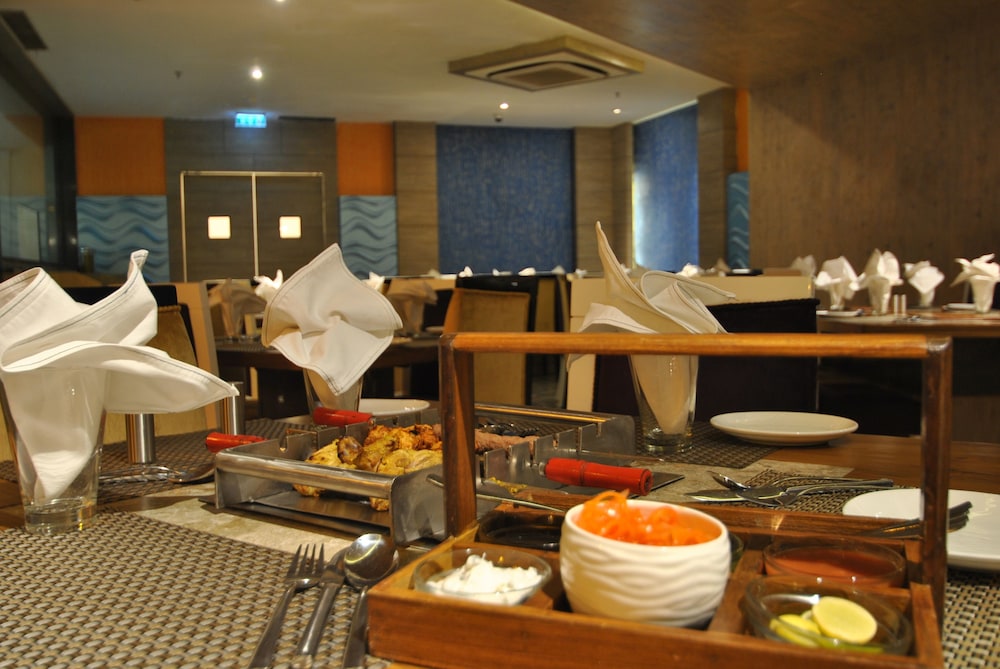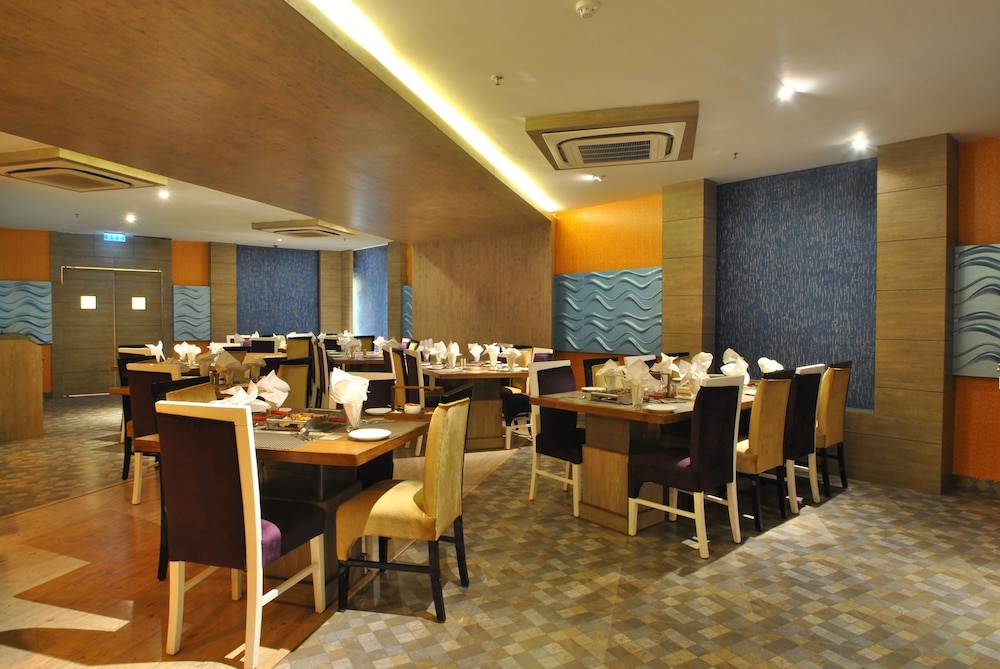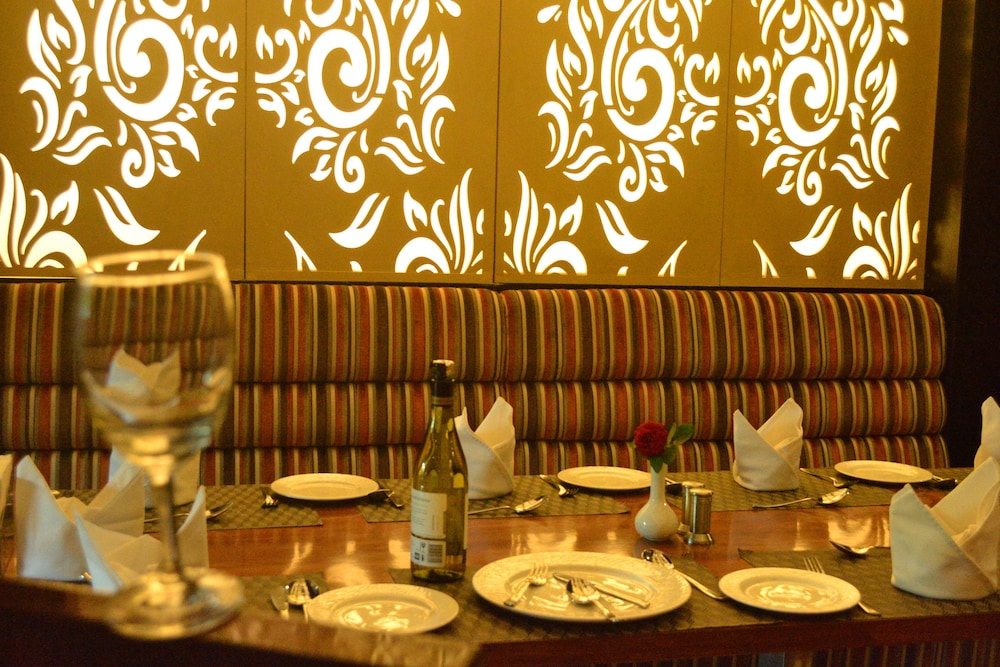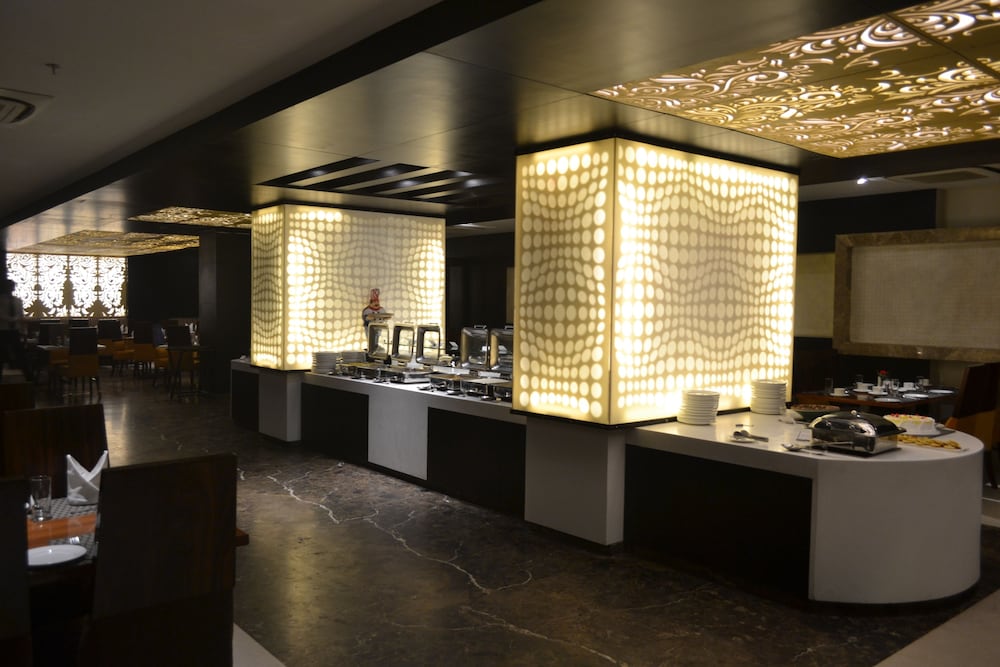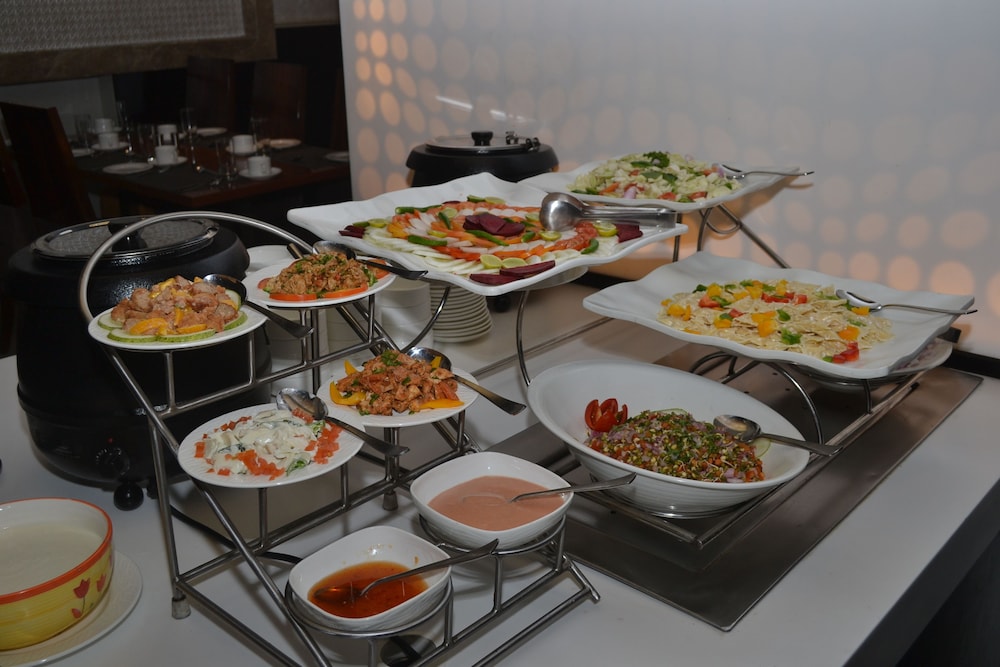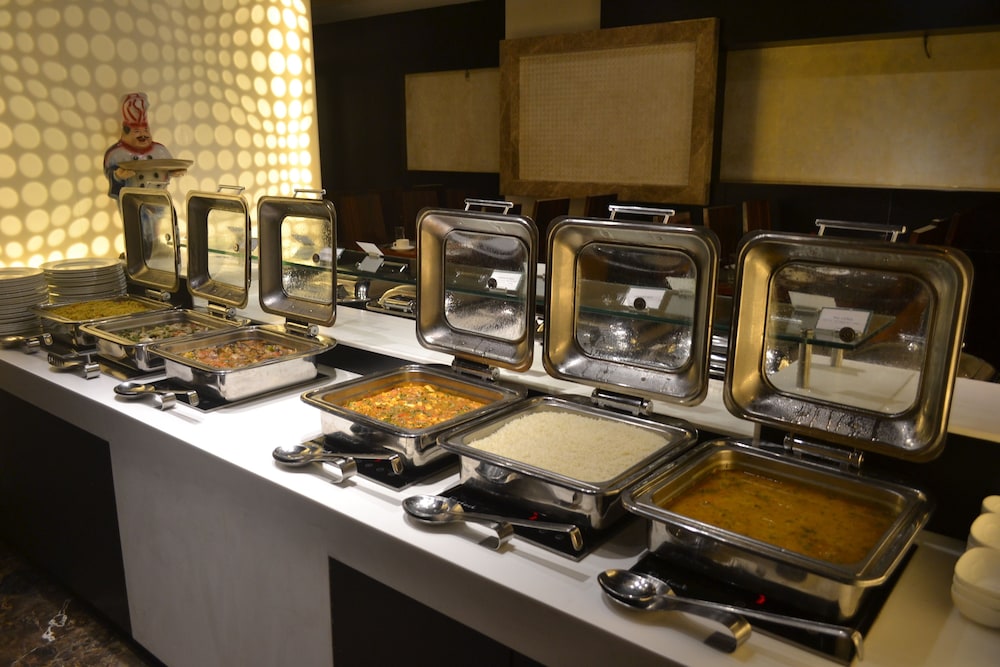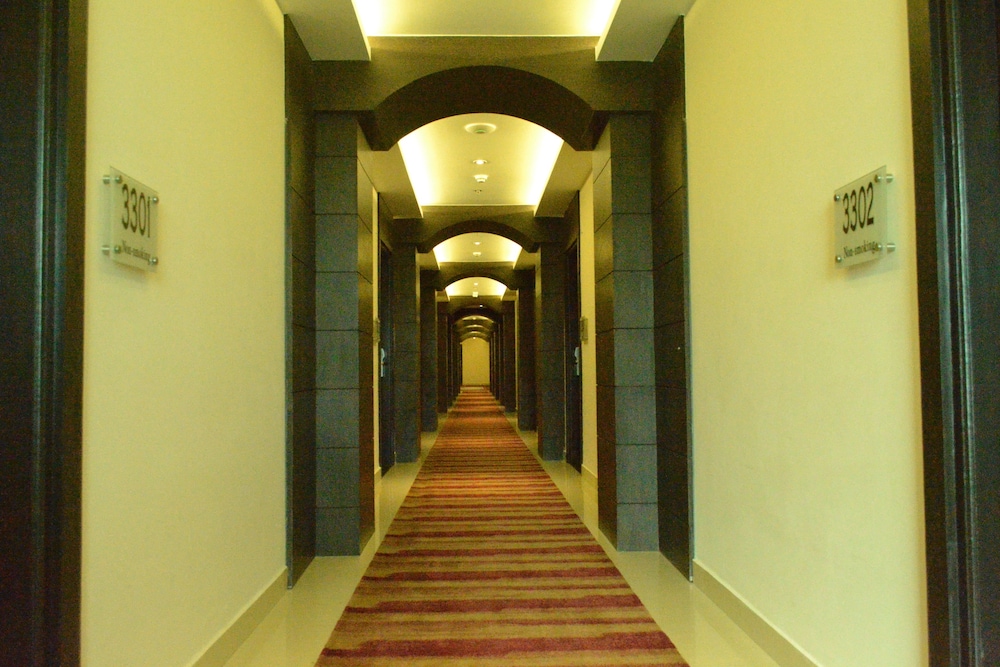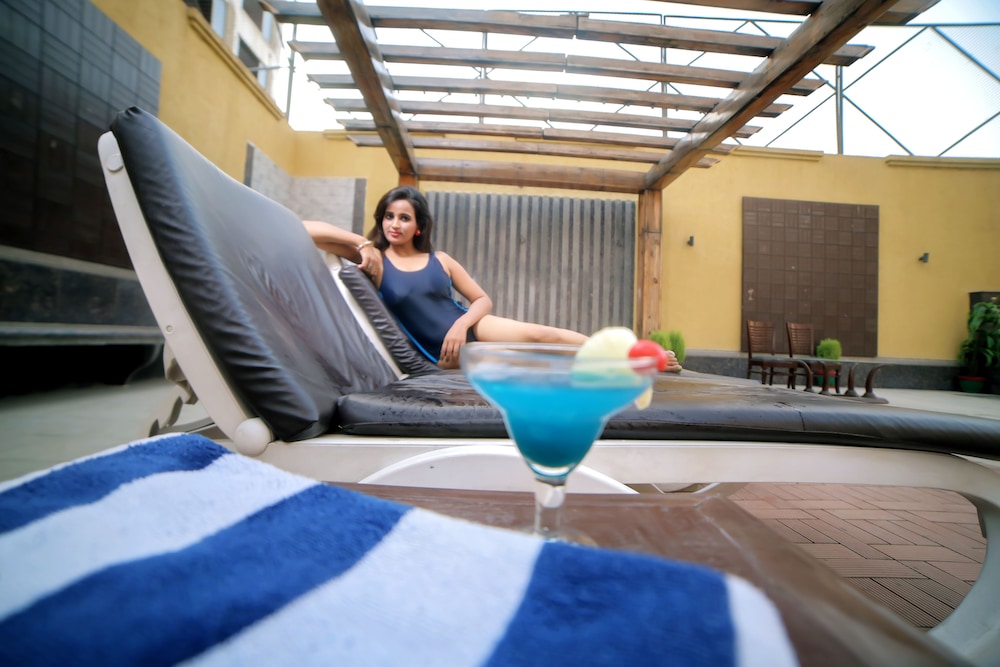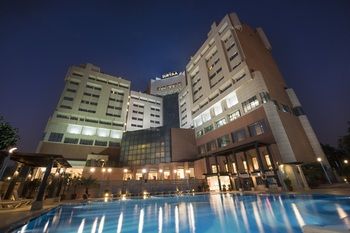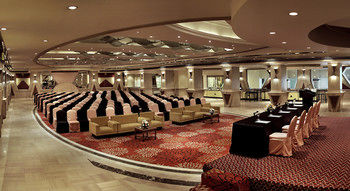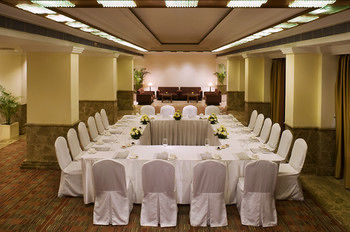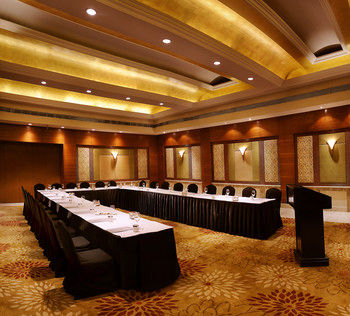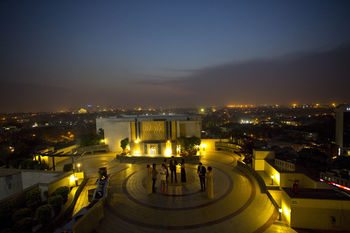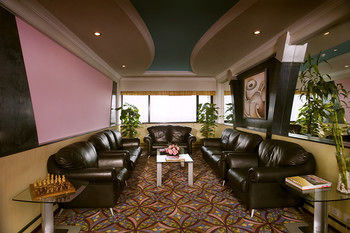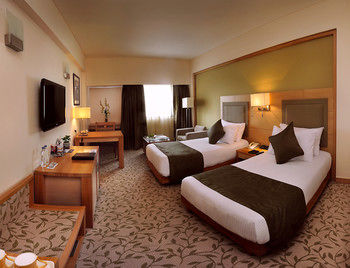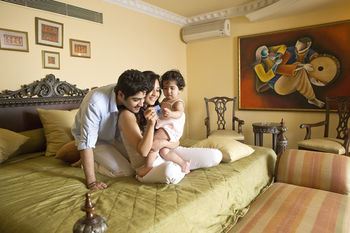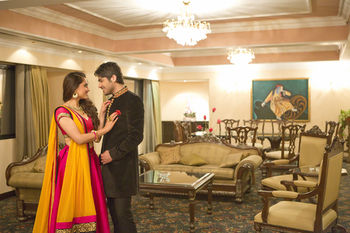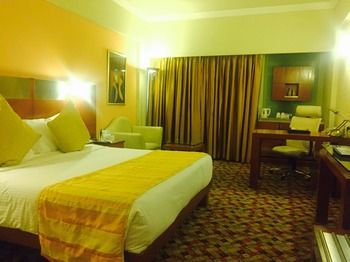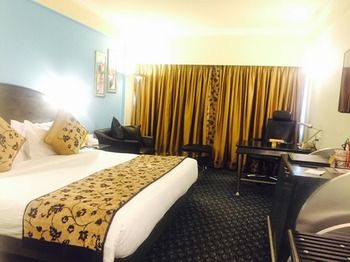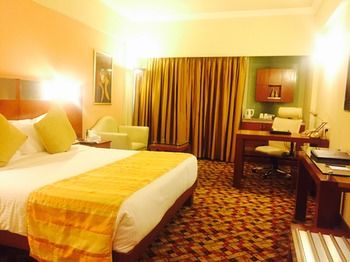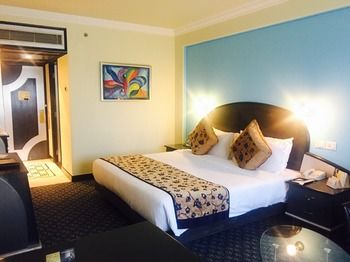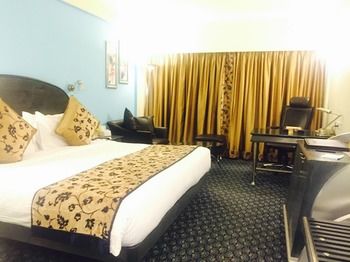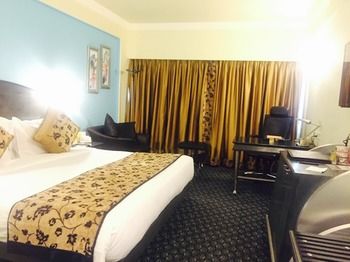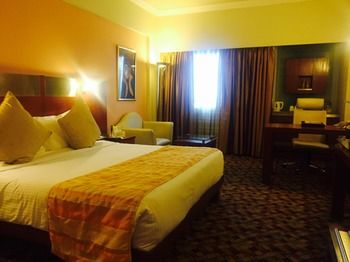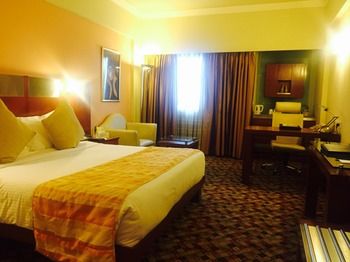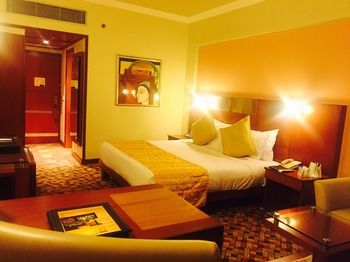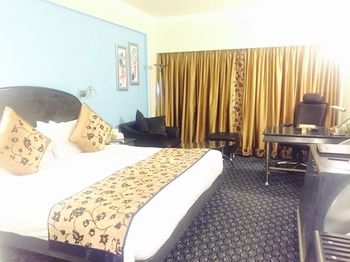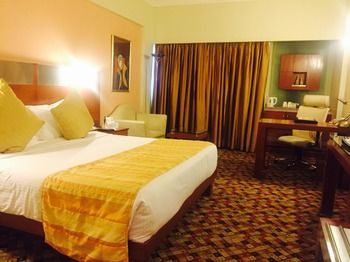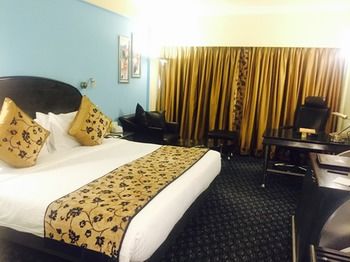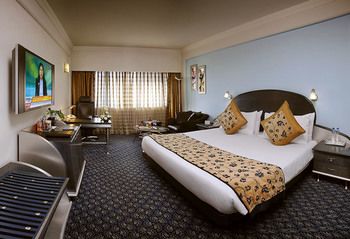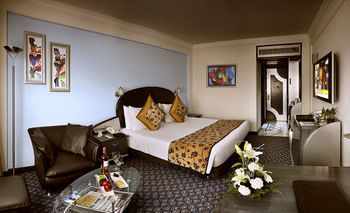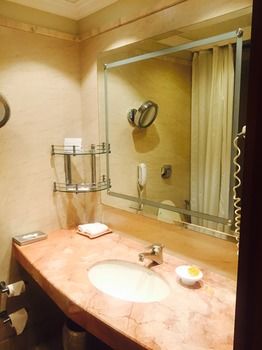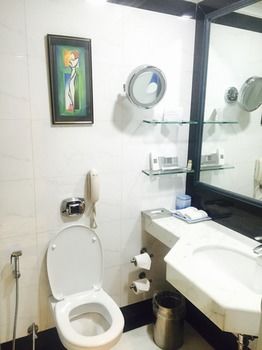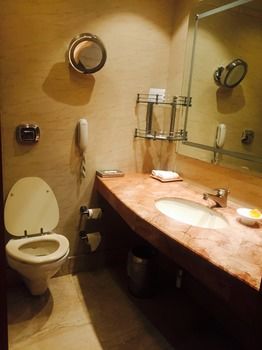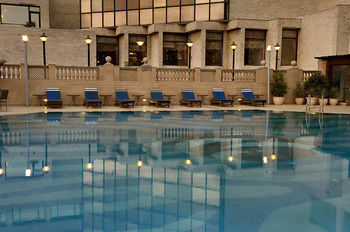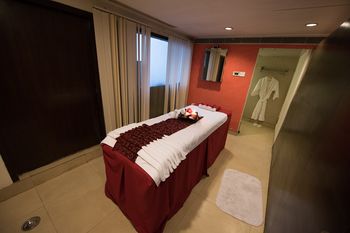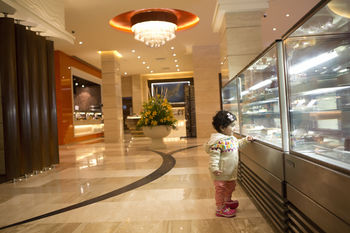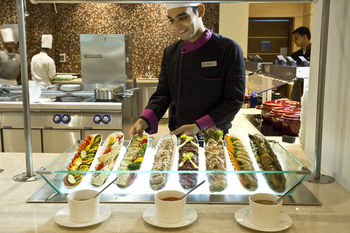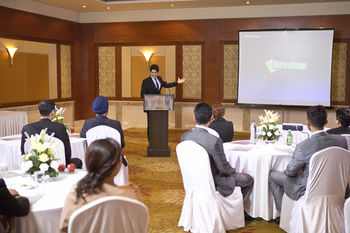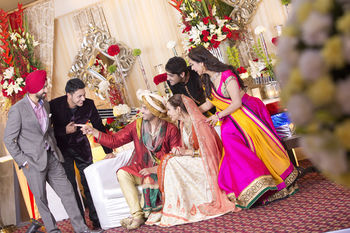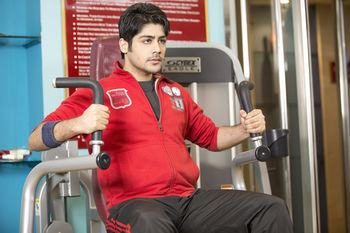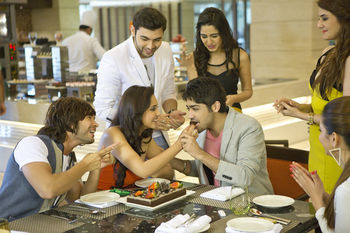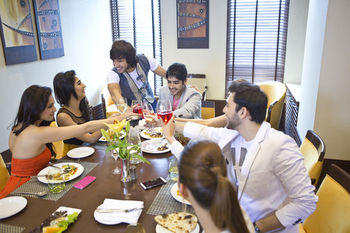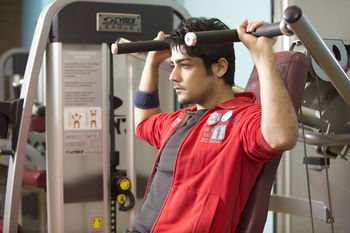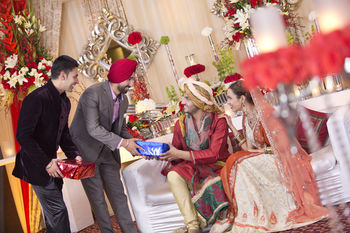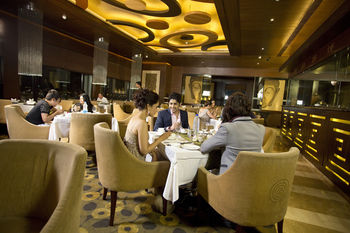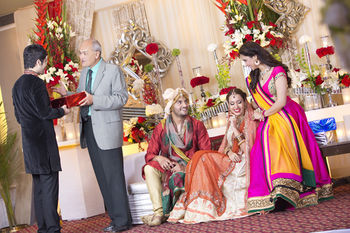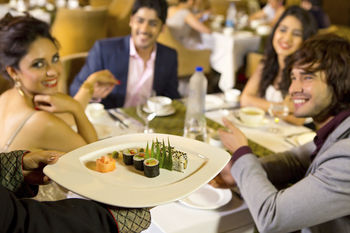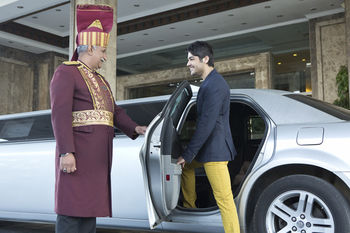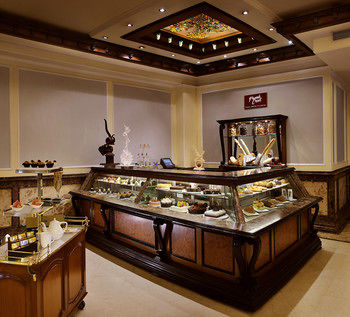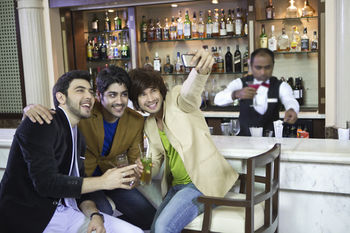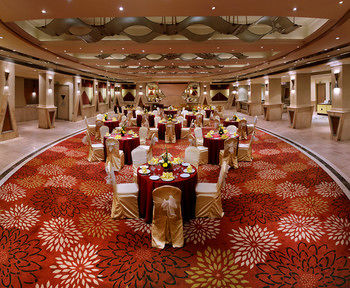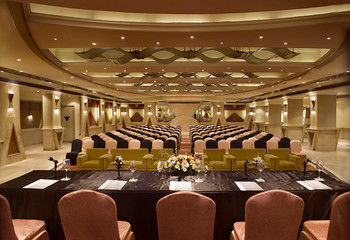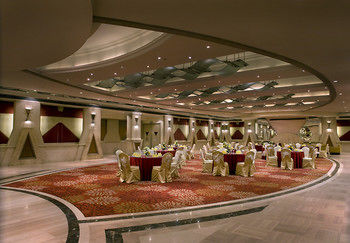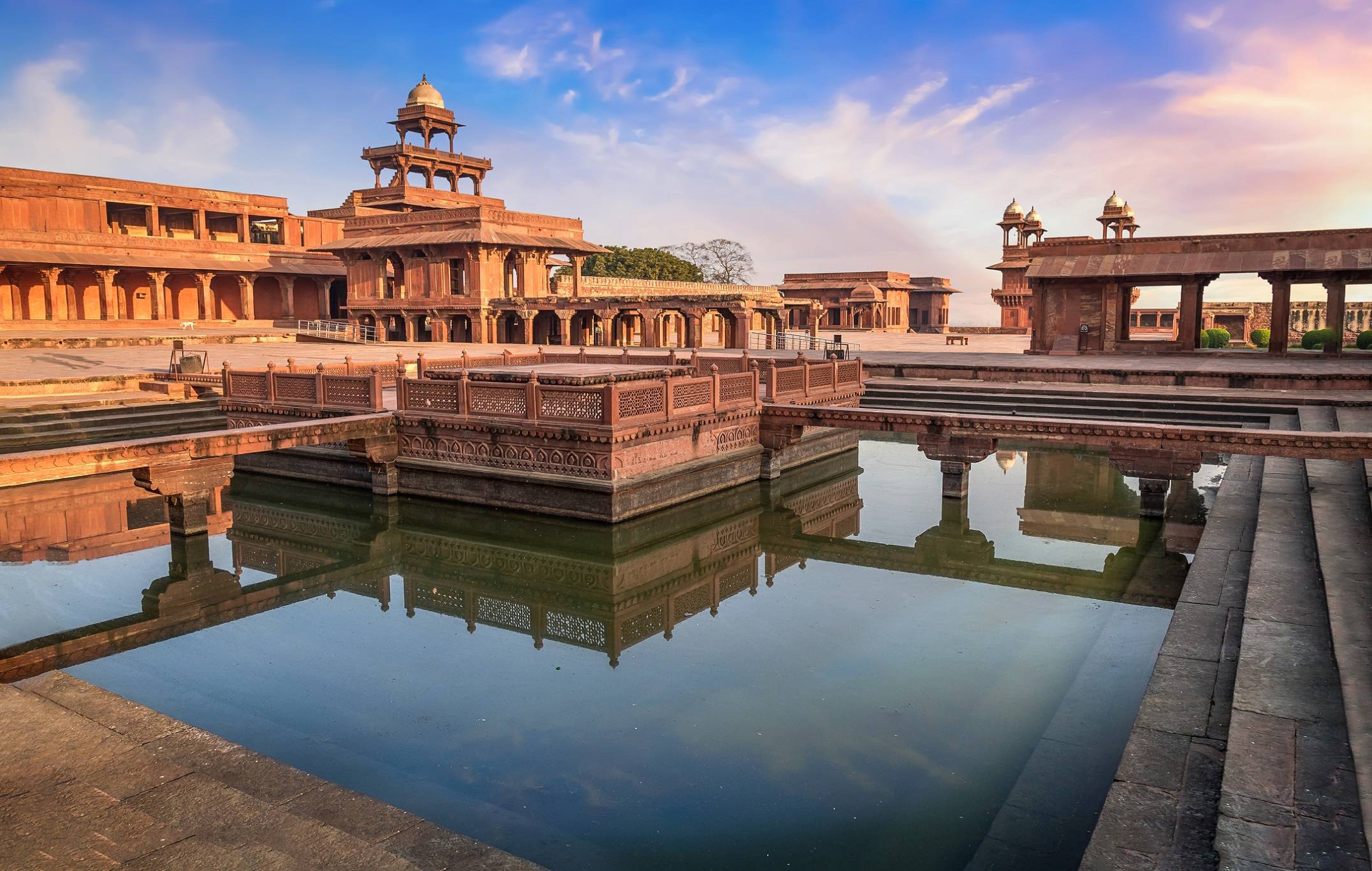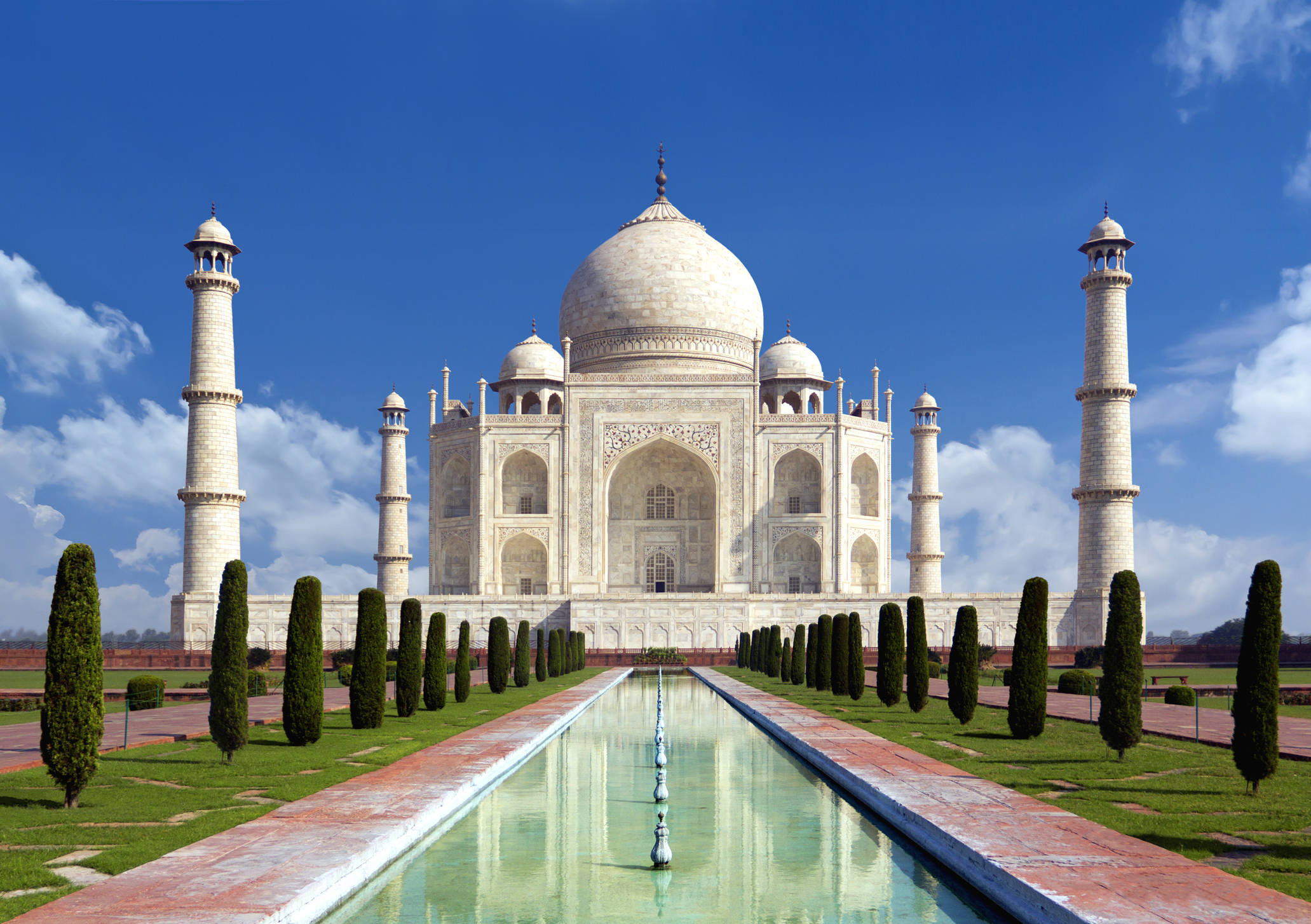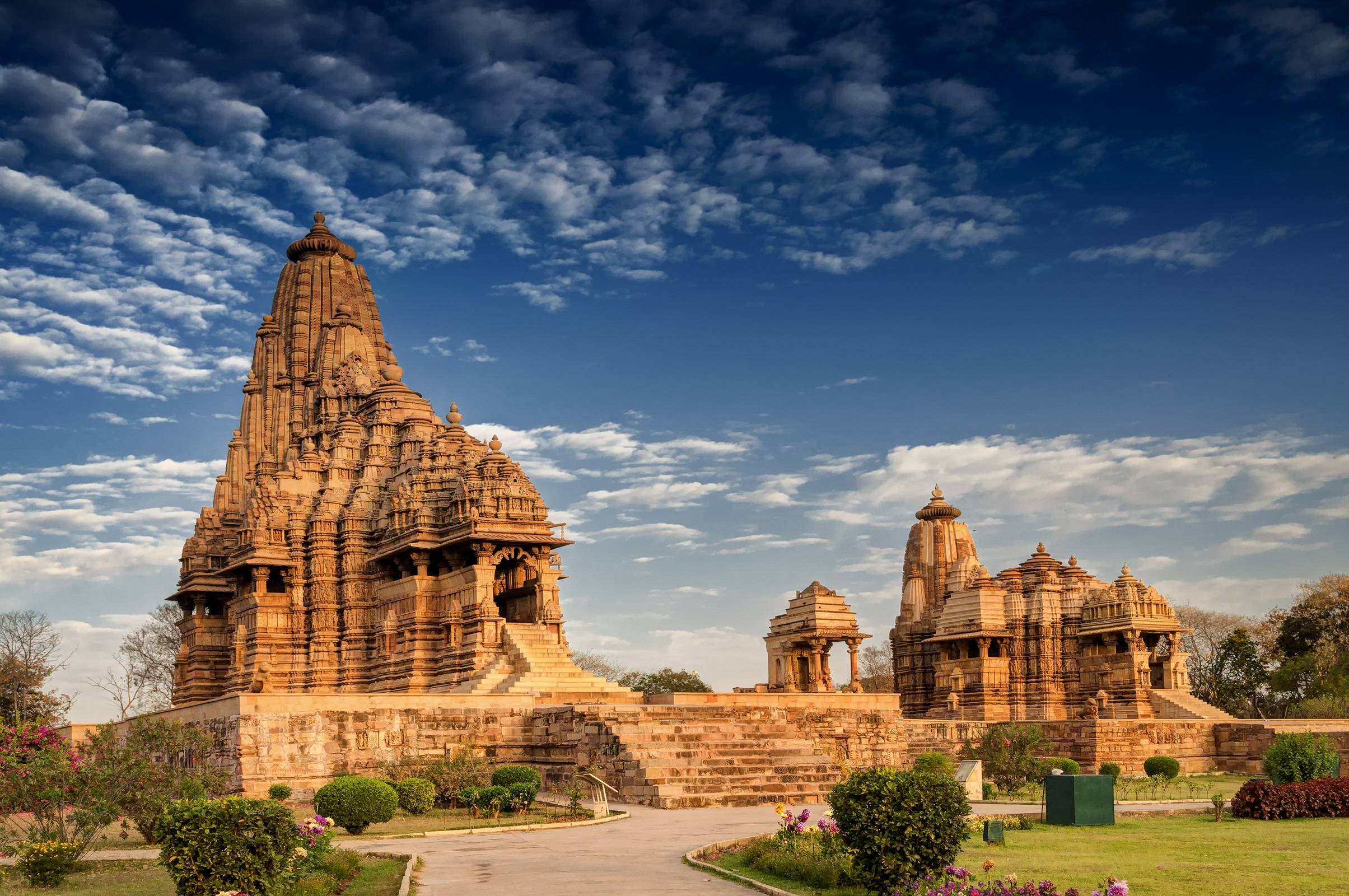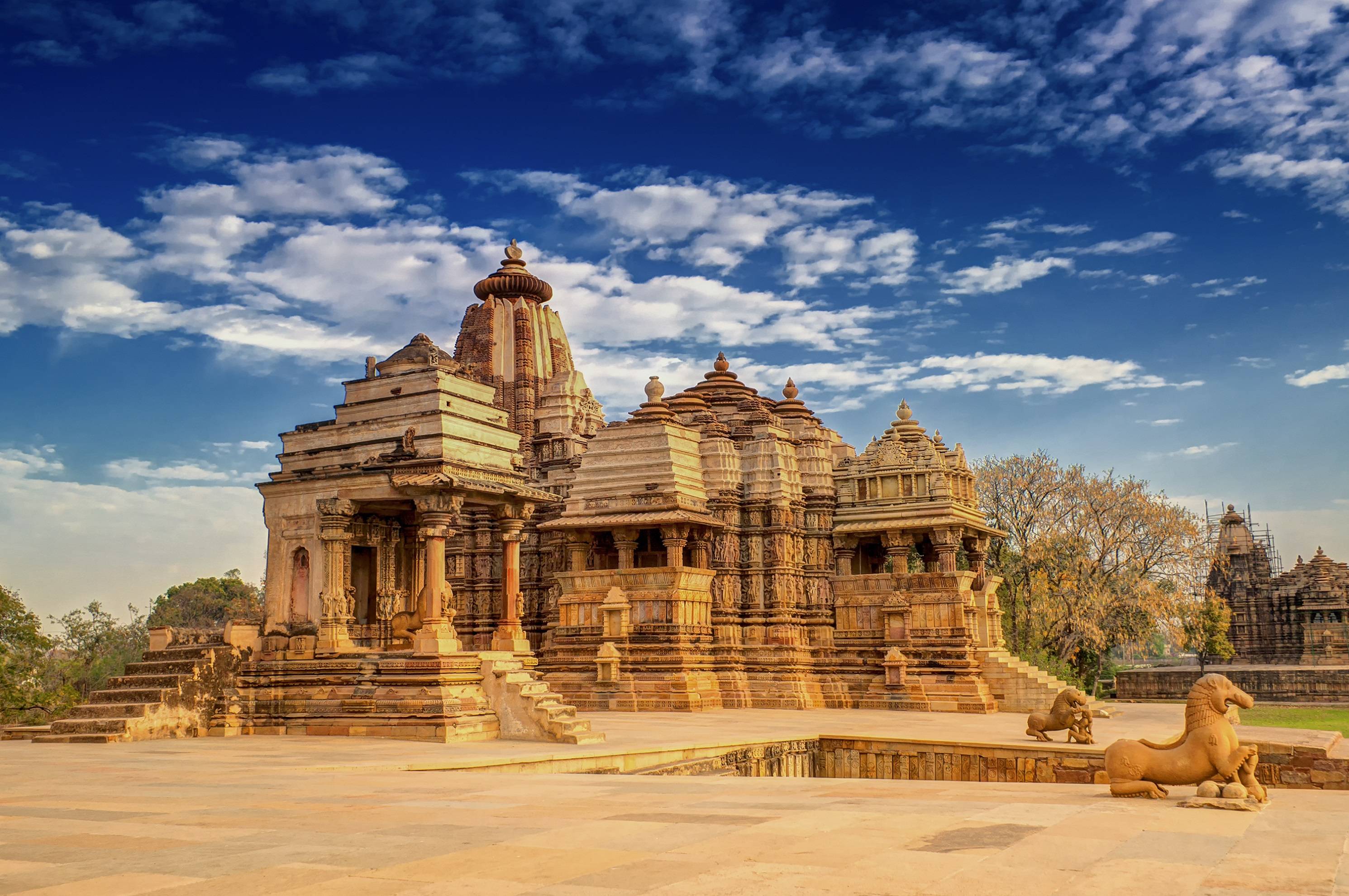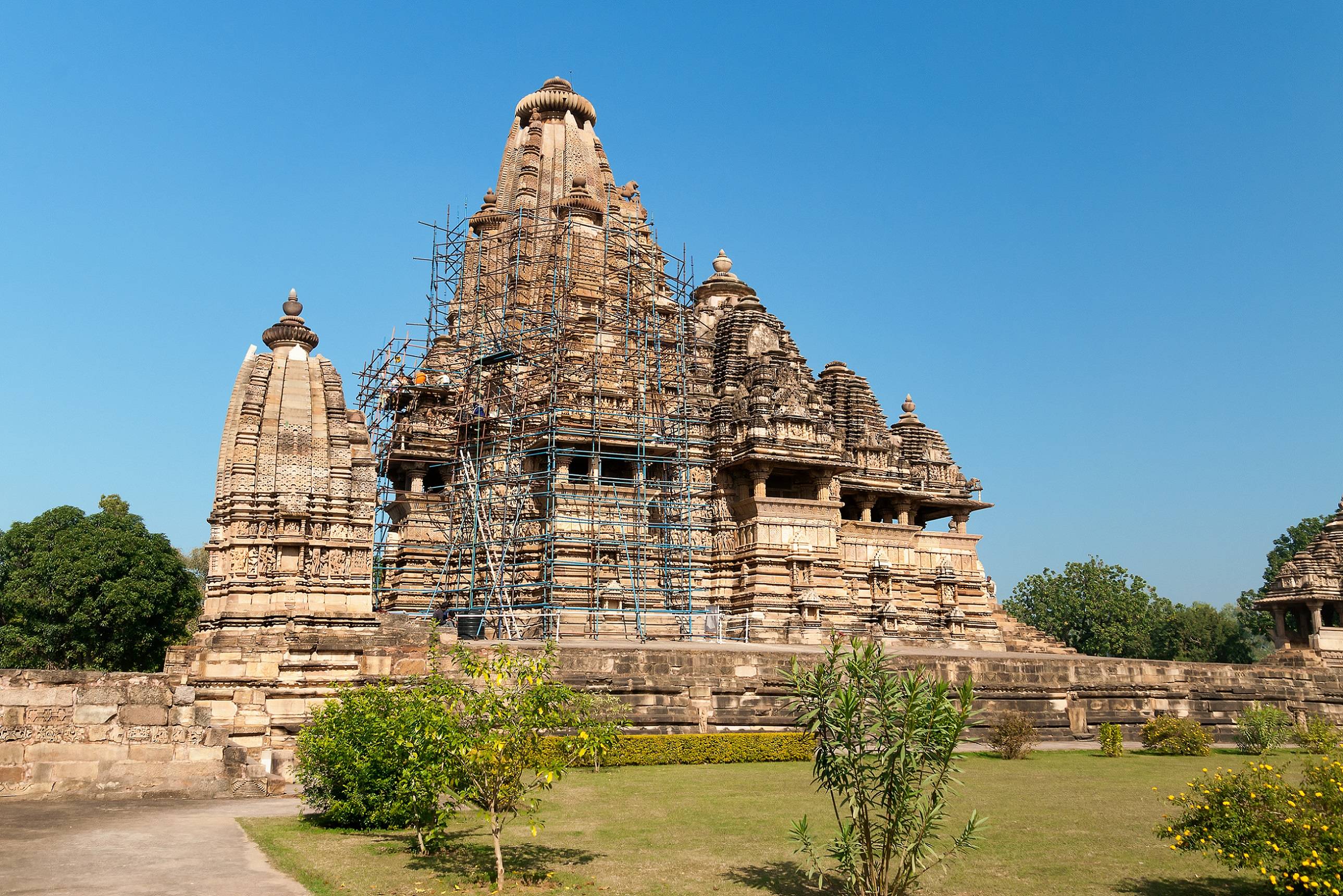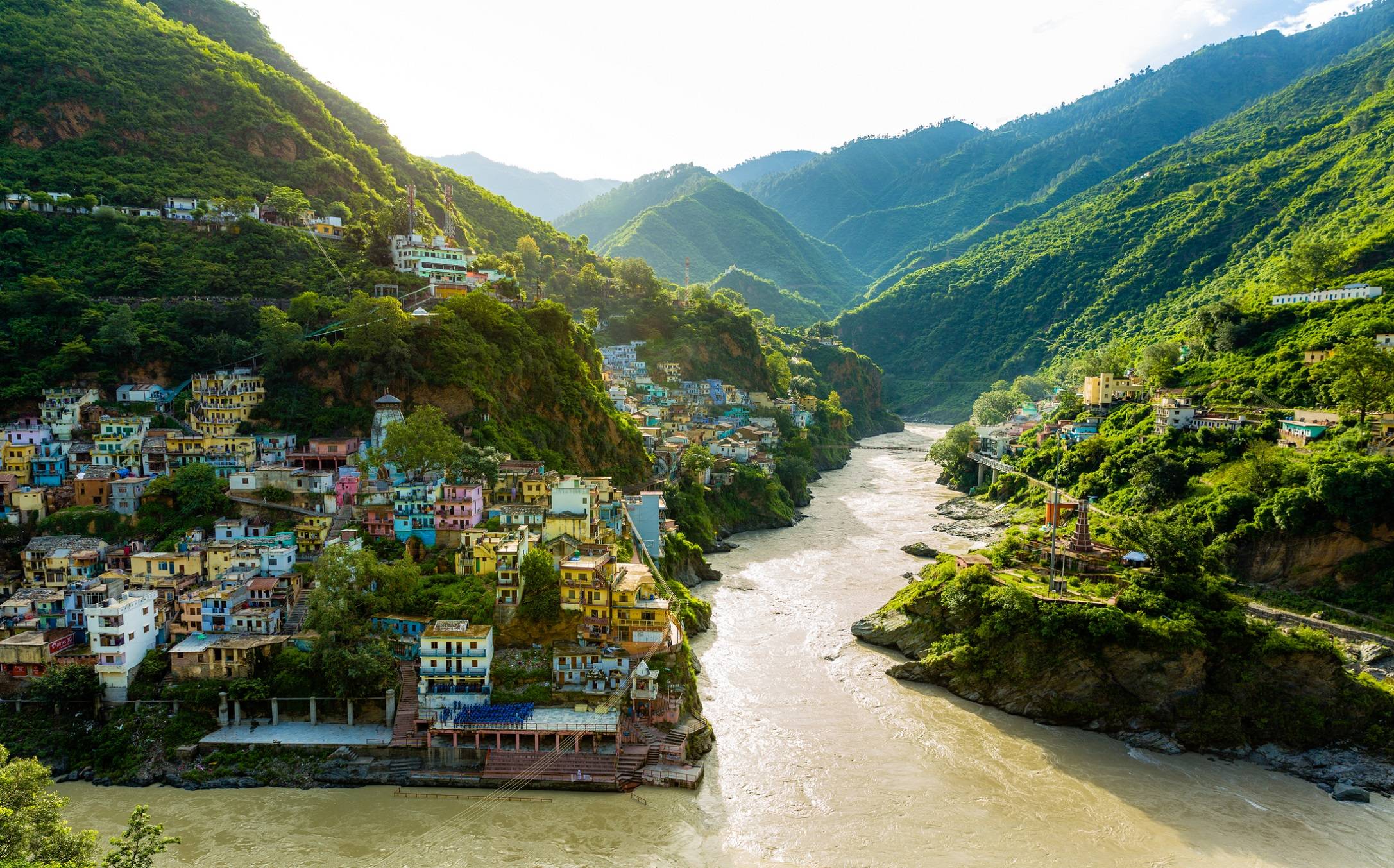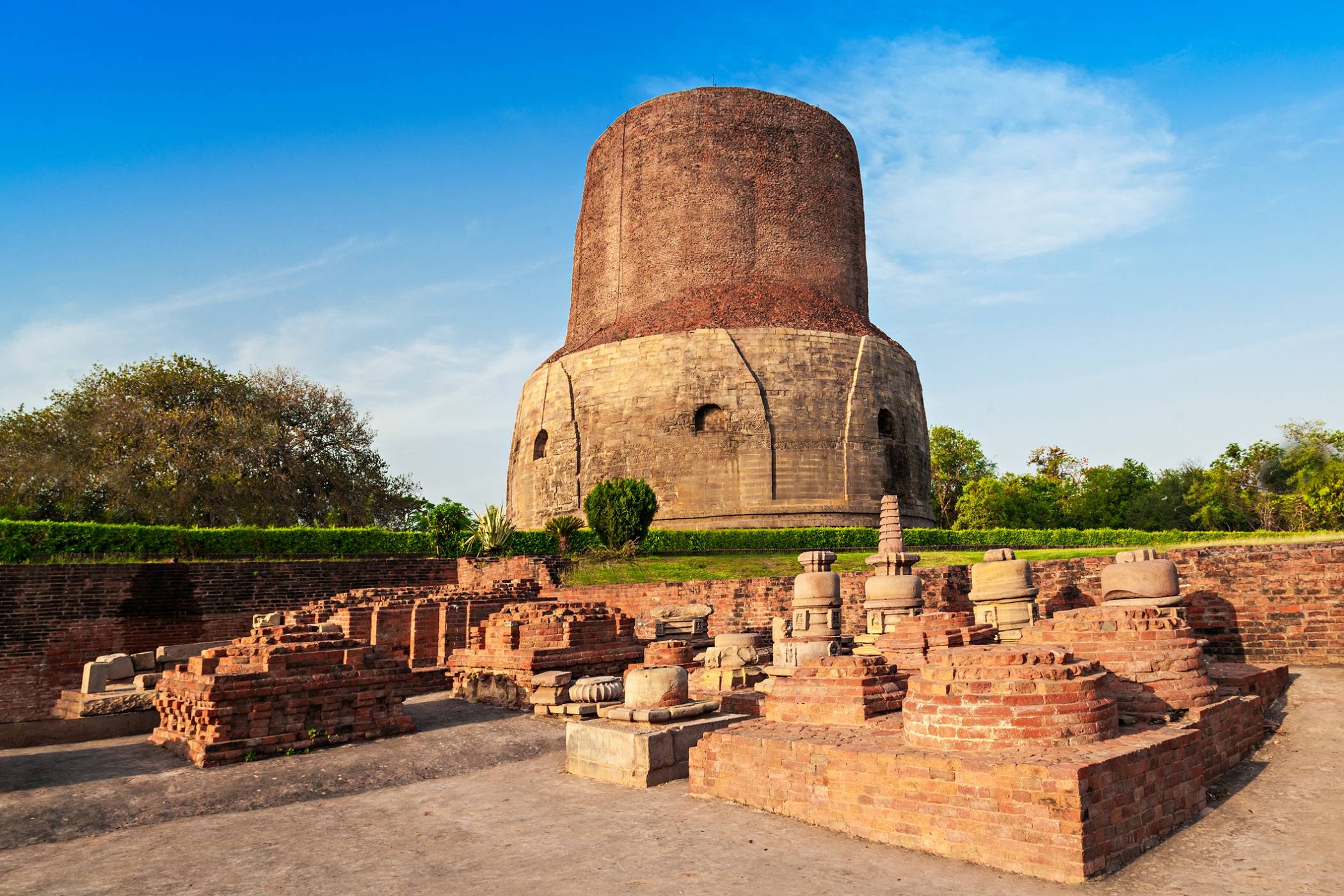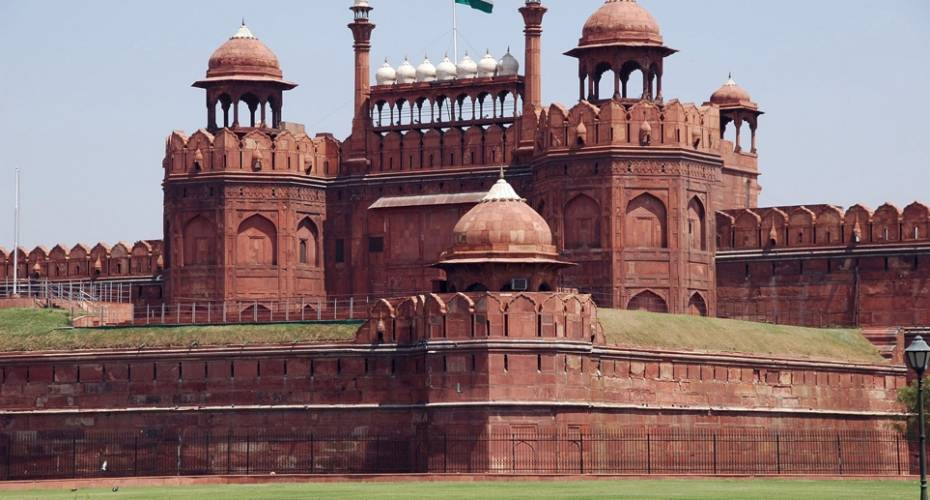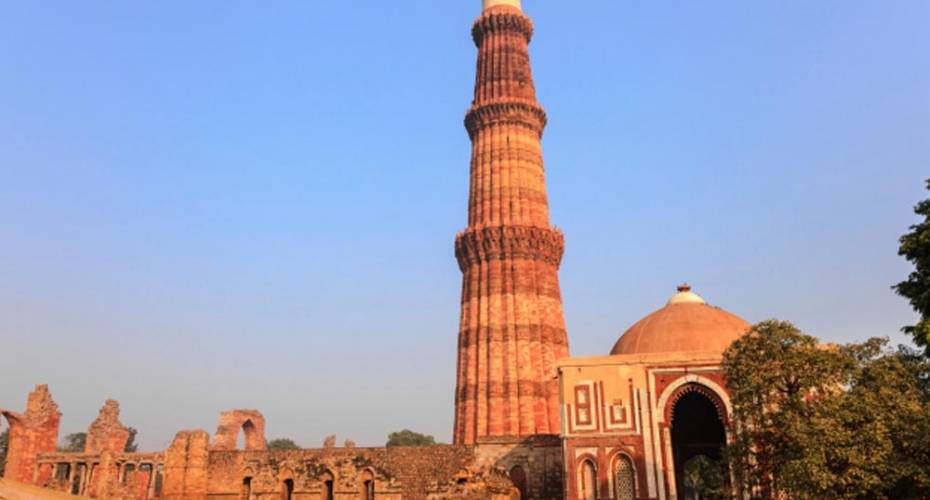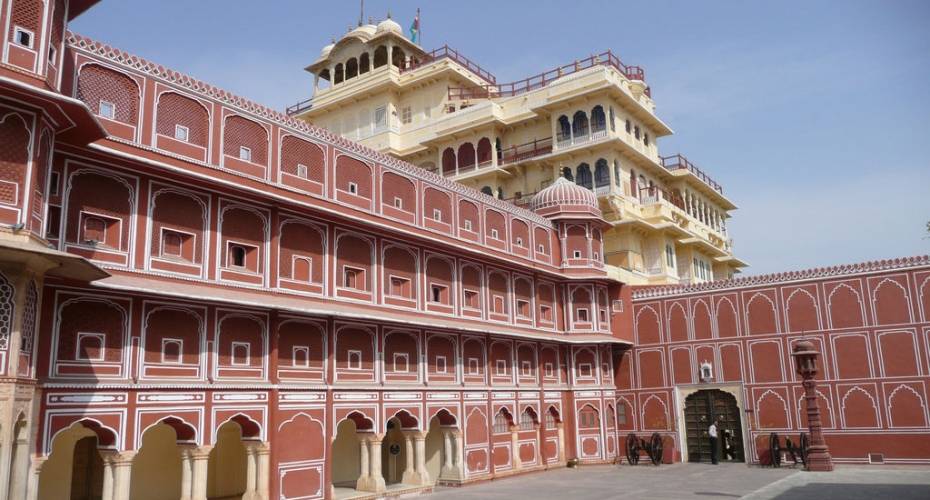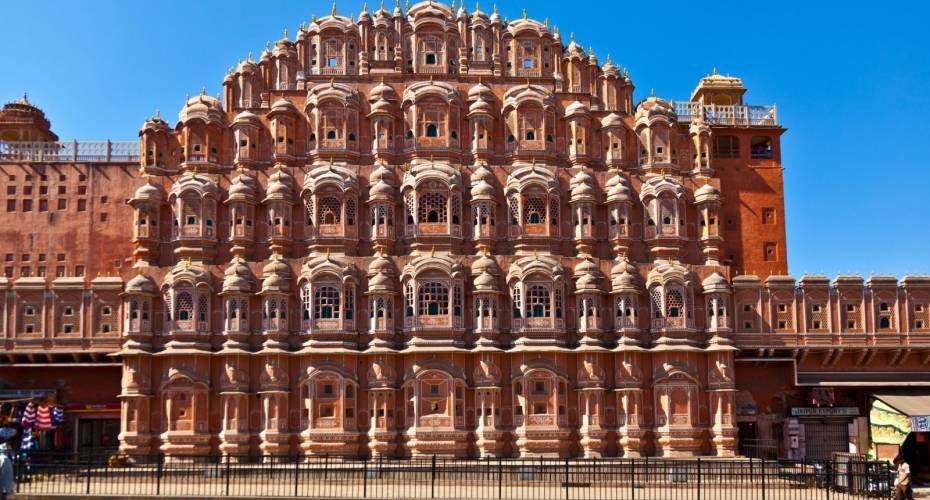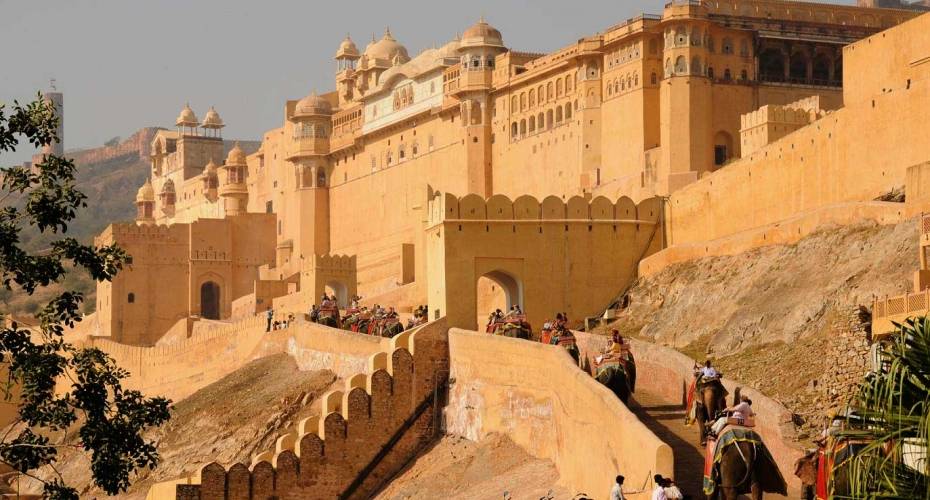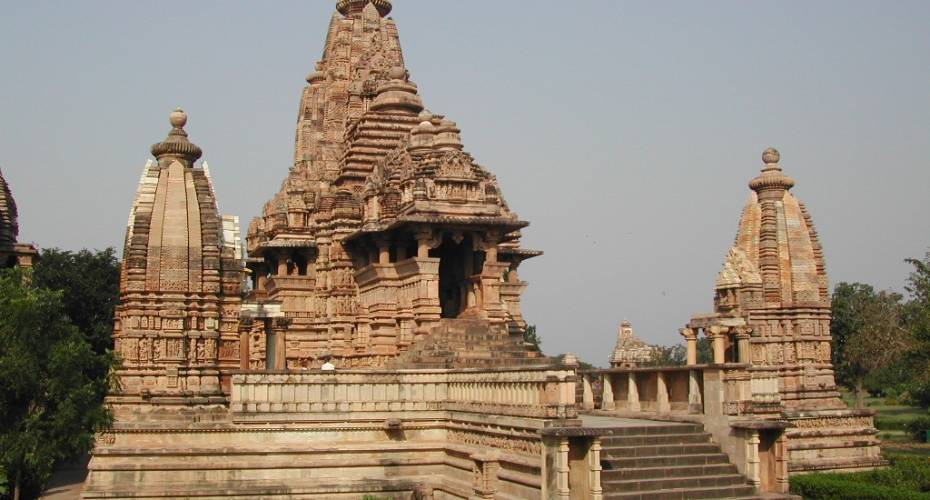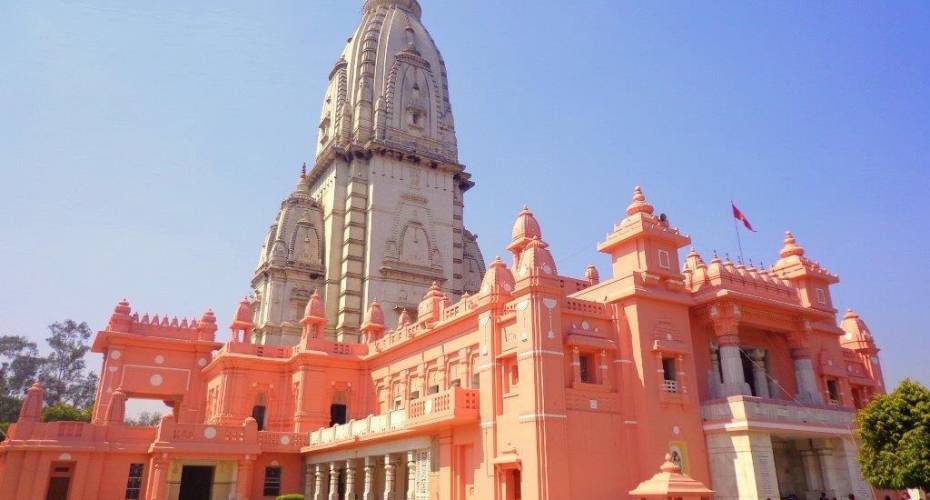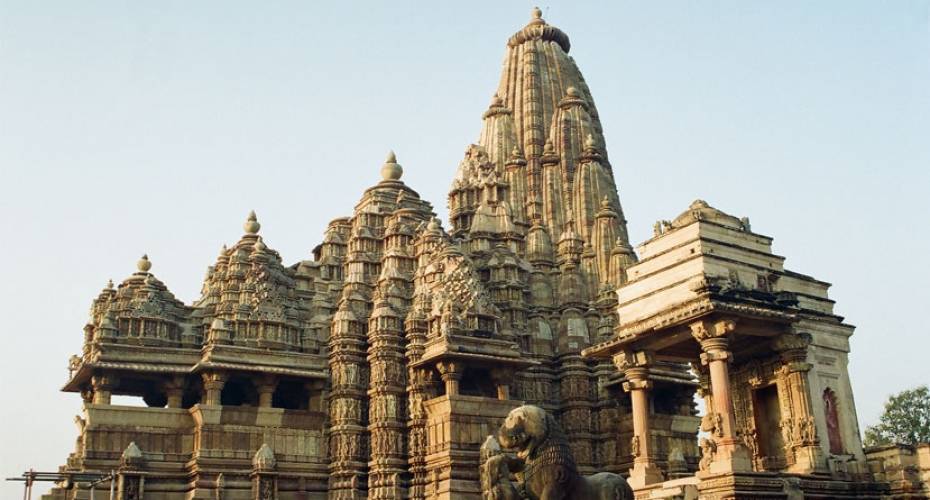MAJ934805 Prepared for
Mr Mark Fortress
Dear Mr Mark Fortress
Thank you for giving us the opportunity to prepare your travel itinerary.
We hope you will find the information presented in this itinerary useful. If you have any questions about your itinerary or you are unable to find any information you need here, please feel free to contact us and we will be happy to assist you.
If you would like to make any changes to the itinerary or would like to upgrade any of the travel components within, we will be happy to refine the itinerary until you are completely satisfied.
Kind regards,
Jonny Orange Pink


You can verify the ATOL number of Test Tour Operator here: https://siteapps.caa.co.uk/check-an-atol/
You can read the Terms & Conditions of Test Tour Operator here
Explore the classics of North India on this 9 nights tour covering Delhi, Jaipur, Agra, Khajuraho and Varanasi and the Ganges.
Start and finish your Classical North India tour in Delhi with city tours in Delhi, Jaipur, Agra and Varanasi. Visit the main historical sights of North India with visits to the Fort's, Temples and the river Ganges.
- A City tour of Old and New Delhi covering the Red Fort with a cycle rickshaw ride, Raj Ghat, the Presidential Palace and more
- Amber Fort and a tour of Jaipur
- City tour of Agra to visit the Taj Mahal
- Visit the Eastern and Western Group of temples
- Explore the colourful bazaar of Varanasi
- Boat ride on the River Ganges along with an evening ceremony at the Ganges
- Varanasi City tour
Package includes:
- Accommodation: 9 nights on twin sharing in standard category of room at all places
- Meal plan: Bed and breakfast at all places
- Transport: All transfers and excursions will be provided by an air-conditioned large car as per the itinerary
- Local English speaking guide for sightseeing as per the itinerary
- Elephant ride and return by jeep at Amber Fort
- Boat ride at the Ganges
- Evening Aarti ceremony on the banks on the river Ganges
- Train fare - AC Chair Car in Shatabdi Express from Agra to Jhansi
- Economy Class airfare from Khajuraho to Varanasi and Varanasi to Delhi however please be aware this price is subject to change
- Entrance fees and Archaeological Survey of India (ASI) entrance fees to all monuments
- Services of an English speaking representative in each city
- All taxes as on date, all future levies will be charged extra
Package excludes:
- International Flights
- Any expenditure of personal nature such as telephone calls, laundry, minibar or drinks during meals, tips to driver, guide, helper etc.
- Any other meal/details not mentioned in the itinerary
- Airport departure tax/airport development fee usually included in the international air ticket
- Visa charges to India
Notes:
*Economy class airfares must be ticketed instantly upon booking and will be subject to cancellation fees once booked. Baggage allowance on the internal flights is 15kg checked-in baggage and 7kg hand luggage.
*The following monuments/sites are closed to visitors as per the below:
- The Red Fort, Delhi: Monday's
- Taj Maha, Agra: Friday's
- Sarnath, Varanasi: Friday's
*Accommodation will be provided in hotels mentioned or alternate hotels of a similar category
*All hotels maintain a check-in and check-out time of 12 noon or 1400hrs
*Train and air schedules/fares are subject to revision
*Visa is required for India - Passengers must organise it before their departure from their country of domicile/nationality. India has a facility of Electronic Tourist Visa.
*All passengers must be covered by suitable travel/health insurance prior to departure from the country of origin
Overview Map
2nd Apr 2022
FLIGHT
British Airways - BA257
19:35 London Heathrow - Delhi

Status Quote
LHR - London Heathrow
Terminal 5 | 2nd Apr | 19:35
DEL - Delhi
Terminal 3 | 3rd Apr | 08:20
Passengers
Mr Mark Fortress, Mrs Mary Fortress3rd Apr 2022
TOUR
Classical North India
- 2 passenger(s)
Status Quote
03/04/22
12/04/22
Passengers
Mr Mark Fortress, Mrs Mary Fortress3rd Apr 2022
TOUR ACCOMMODATION
- 2 nights
Sheraton New Delhi Hotel
Status Quote
Room Type:
REFER TO TOUR ITINERARY
Meal Plan:
Room Only
No. of Nights:
2
No. of Guests:
****
Adults:
****
Children:
****
Infant:
****
03/04/22
05/04/22
5th Apr 2022
TOUR ACCOMMODATION
- 2 nights
Four Points by Sheraton Jaipur, City Square
Status Quote
Room Type:
REFER TO TOUR ITINERARY
Meal Plan:
Breakfast
No. of Nights:
2
No. of Guests:
****
Adults:
****
Children:
****
Infant:
****
05/04/22
07/04/22
7th Apr 2022
TOUR ACCOMMODATION
- 1 nights
Hotel Clarks Shiraz
Status Quote
Room Type:
REFER TO TOUR ITINERARY
Meal Plan:
Breakfast
No. of Nights:
1
No. of Guests:
****
Adults:
****
Children:
****
Infant:
****
07/04/22
08/04/22
8th Apr 2022
TOUR ACCOMMODATION
- 1 nights
Radisson Jass Hotel Khajuraho
Status Quote
Room Type:
REFER TO TOUR ITINERARY
Meal Plan:
Breakfast
No. of Nights:
1
No. of Guests:
****
Adults:
****
Children:
****
Infant:
****
08/04/22
09/04/22
9th Apr 2022
TOUR ACCOMMODATION
- 2 nights
Rivatas By Ideal
Status Quote
Room Type:
REFER TO TOUR ITINERARY
Meal Plan:
Breakfast
No. of Nights:
2
No. of Guests:
****
Adults:
****
Children:
****
Infant:
****
09/04/22
11/04/22
11th Apr 2022
TOUR ACCOMMODATION
- 1 nights
The Suryaa New Delhi
Status Quote
Room Type:
REFER TO TOUR ITINERARY
Meal Plan:
Breakfast
No. of Nights:
1
No. of Guests:
****
Adults:
****
Children:
****
Infant:
****
11/04/22
12/04/22
13th Apr 2022
FLIGHT
British Airways - BA142
01:50 Delhi - London Heathrow

Status Quote
DEL - Delhi
Terminal 3 | 13th Apr | 01:50
LHR - London Heathrow
Terminal 5 | 13th Apr | 06:40
Passengers
Mr Mark Fortress, Mrs Mary FortressBritish Airways
British Airways can offer our travellers a standard of attention, comfort and flexibility that only a world class airline can provide. This includes regional departures, preferred departure times, upgrade options with use of airport lounges and a wide choice of seating and cabin accommodation. Whatever your requirements may be, British Airways will do everything possible to ensure that your holiday enjoyment starts from the time of booking to the time that you return home.
Flight Sectors

|
British Airways BA BA257 World Traveller |
|
19:35 2nd Apr |
(LHR) London Heathrow |
|
08:20 3rd Apr |
(DEL) Delhi |
|
Baggage Allowance: 2p |

|
British Airways BA BA142 World/Euro Traveller |
|
01:50 13th Apr |
(DEL) Delhi |
|
06:40 13th Apr |
(LHR) London Heathrow |
|
Baggage Allowance: 2p |
eTicket Receipt
Mrs Mary Fortress
DEPARTURE
Saturday 2 Apr
- Airline: British Airways
- Flight No: BA 257
- Class: World Traveller
- Status: Quote
- Baggage: 2p
LHR
London Heathrow Airport
London, United Kingdom
DEL
Indira Gandhi International Airport
Delhi, India
Status:
Terminal: 5
Status:
Terminal: 3
DEPARTURE
Wednesday 13 Apr
- Airline: British Airways
- Flight No: BA 142
- Class: World/Euro Traveller
- Status: Quote
- Baggage: 2p
DEL
Indira Gandhi International Airport
Delhi, India
LHR
London Heathrow Airport
London, United Kingdom
Status:
Terminal: 3
Status:
Terminal: 5
Endorsement/Restrictions
NONE
Fare Calculation Line
Fare
-
Taxes/Fees/Carried-Imposed Charges
£ 301.87 (TAX.)
Total/Transaction Currency
-
eTicket Receipt
Mr Mark Fortress
DEPARTURE
Saturday 2 Apr
- Airline: British Airways
- Flight No: BA 257
- Class: World Traveller
- Status: Quote
- Baggage: 2p
LHR
London Heathrow Airport
London, United Kingdom
DEL
Indira Gandhi International Airport
Delhi, India
Status:
Terminal: 5
Status:
Terminal: 3
DEPARTURE
Wednesday 13 Apr
- Airline: British Airways
- Flight No: BA 142
- Class: World/Euro Traveller
- Status: Quote
- Baggage: 2p
DEL
Indira Gandhi International Airport
Delhi, India
LHR
London Heathrow Airport
London, United Kingdom
Status:
Terminal: 3
Status:
Terminal: 5
Endorsement/Restrictions
NONE
Fare Calculation Line
Fare
-
Taxes/Fees/Carried-Imposed Charges
£ 301.87 (TAX.)
Total/Transaction Currency
-
Hotel
Sheraton New Delhi Hotel
Amenities
Take advantage of recreational opportunities offered, including a health club, an outdoor pool, and a sauna. Additional features at this hotel include wireless Internet acces ...
 District Centre, Saket
District Centre, Saket
Room Type: REFER TO TOUR ITINERARY
Meal Plan: RO
Check In
03/04/22
Check out
05/04/22
Four Points by Sheraton Jaipur, City Square
Amenities
Take time to pamper yourself with a visit to the full-service spa. You're sure to appreciate the recreational amenities, including a 24-hour health club, an outdoor pool, and ...
 City Square Vasundhara Colony
City Square Vasundhara Colony
Room Type: REFER TO TOUR ITINERARY
Meal Plan: BB
Check In
05/04/22
Check out
07/04/22
Hotel Clarks Shiraz
Amenities
Pamper yourself with a visit to the spa, which offers massages, body treatments, and facials. You can take advantage of recreational amenities such as an outdoor pool and a f ...
 54 Taj Road
54 Taj Road
Room Type: REFER TO TOUR ITINERARY
Meal Plan: BB
Check In
07/04/22
Check out
08/04/22
Radisson Jass Hotel Khajuraho
Boasting 86 well-appointed hotel rooms and four spacious suites, the Radisson is the perfect home base for your vacation in Khajuraho. Accommodation at this upscale hotel is designed to provide you ...
 By Pass Road, Khajuraho, Madhya Pradesh 471606
By Pass Road, Khajuraho, Madhya Pradesh 471606
 +91 76862 72777
+91 76862 72777
Room Type: REFER TO TOUR ITINERARY
Meal Plan: BB
Check In
08/04/22
Check out
09/04/22
Rivatas By Ideal
 The Mall Road, Cantonment
The Mall Road, Cantonment
Room Type: REFER TO TOUR ITINERARY
Meal Plan: BB
Check In
09/04/22
Check out
11/04/22
The Suryaa New Delhi
Amenities
Pamper yourself with a visit to the spa, which offers massages, body treatments, and facials. You can take advantage of recreational amenities such as a nightclub, a health c ...
 New Friends Colony
New Friends Colony
Room Type: REFER TO TOUR ITINERARY
Meal Plan: BB
Check In
11/04/22
Check out
12/04/22
Transport
3rd April 2022
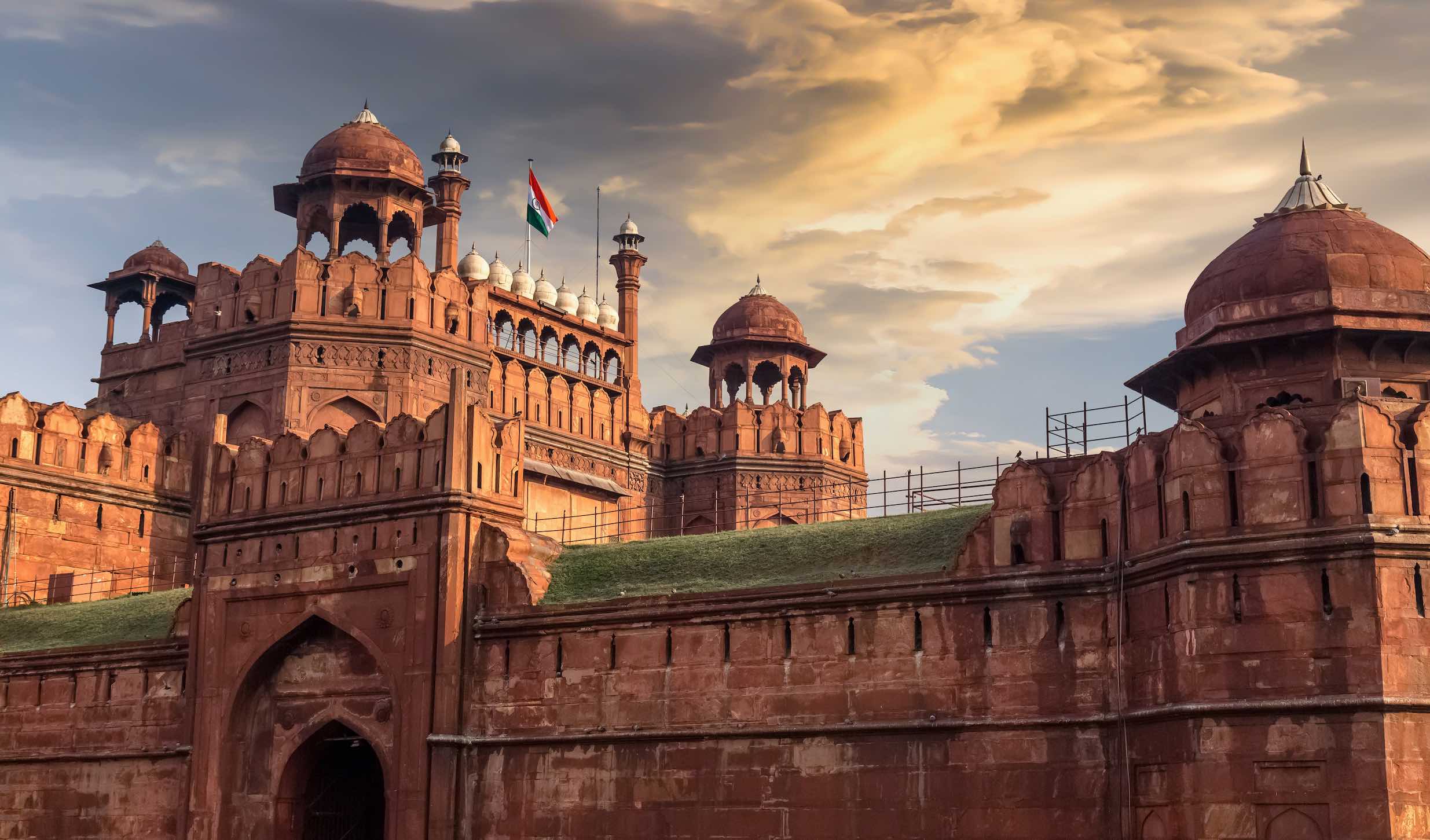
Classical North India
Nights: 9
Explore the classics of North India on this 9 nights tour covering Delhi, Jaipur, Agra, Khajuraho and Varanasi and the Ganges.
Start and finish your Classical North India tour in Delhi with city tours in Delhi, Jaipur, Agra and Varanasi. Visit the main historical sights of North India with visits to the Fort's, Temples and the river Ganges.
- A City tour of Old and New Delhi covering the Red Fort with a cycle rickshaw ride, Raj Ghat, the Presidential Palace and more
- Amber Fort and a tour of Jaipur
- City tour of Agra to visit the Taj Mahal
- Visit the Eastern and Western Group of temples
- Explore the colourful bazaar of Varanasi
- Boat ride on the River Ganges along with an evening ceremony at the Ganges
- Varanasi City tour
Package includes:
- Accommodation: 9 nights on twin sharing in standard category of room at all places
- Meal plan: Bed and breakfast at all places
- Transport: All transfers and excursions will be provided by an air-conditioned large car as per the itinerary
- Local English speaking guide for sightseeing as per the itinerary
- Elephant ride and return by jeep at Amber Fort
- Boat ride at the Ganges
- Evening Aarti ceremony on the banks on the river Ganges
- Train fare - AC Chair Car in Shatabdi Express from Agra to Jhansi
- Economy Class airfare from Khajuraho to Varanasi and Varanasi to Delhi however please be aware this price is subject to change
- Entrance fees and Archaeological Survey of India (ASI) entrance fees to all monuments
- Services of an English speaking representative in each city
- All taxes as on date, all future levies will be charged extra
Package excludes:
- International Flights
- Any expenditure of personal nature such as telephone calls, laundry, minibar or drinks during meals, tips to driver, guide, helper etc.
- Any other meal/details not mentioned in the itinerary
- Airport departure tax/airport development fee usually included in the international air ticket
- Visa charges to India
Notes:
*Economy class airfares must be ticketed instantly upon booking and will be subject to cancellation fees once booked. Baggage allowance on the internal flights is 15kg checked-in baggage and 7kg hand luggage.
*The following monuments/sites are closed to visitors as per the below:
- The Red Fort, Delhi: Monday's
- Taj Maha, Agra: Friday's
- Sarnath, Varanasi: Friday's
*Accommodation will be provided in hotels mentioned or alternate hotels of a similar category
*All hotels maintain a check-in and check-out time of 12 noon or 1400hrs
*Train and air schedules/fares are subject to revision
*Visa is required for India - Passengers must organise it before their departure from their country of domicile/nationality. India has a facility of Electronic Tourist Visa.
*All passengers must be covered by suitable travel/health insurance prior to departure from the country of origin
Arrival into Delhi and be met with our representative and transfer to your hotel. Rest of the day at leisure.
Overnight in Delhi
Accommodation:
Standard category: The Suryaa Delhi or similar
Premium category: The Sheraton Delhi similar

Overnight Hotel
- Sheraton New Delhi Hotel
After breakfast, proceed for a city tour of Old and New Delhi
In the morning, explore Old Delhi with a drive past the magnificent Red Fort (closed on Monday's). Enjoy a cycle rickshaw ride in the by lanes of Chandini Chowk. Drive past Kotla Firoze Shah, ruins of an old fort of the 14th century. Visit Raj Ghat where Mahatma Gandhi was cremated in 1948. Drive through the old city subject to traffic conditions.
In the afternoon, explore New Delhi with a drive past the Presidential Palace, the Rashtrapati, the impressive Rajpath to the World War 1 memorial arch, the India Gate. Visit the Qutub Minar, the 72 metre high Minaret.
Overnight in Delhi
Accommodation:
Standard category: The Suryaa Delhi or similar
Premium category: The Sheraton Delhi similar

Attractions
- Red Fort
- Qutub Minar
Overnight Hotel
- Sheraton New Delhi Hotel
After breakfast, depart Delhi by road to Jaipur (275kms/approx. 5 hours) - Arrive at Jaipur and transfer to your hotel.
The evening is at your leisure.
Overnight in Jaipur
Accommodation:
Standard category: Four Points by Sheraton Jaipur or similar
Premium category: ITC Rajputana or similar

Overnight Hotel
- Four Points by Sheraton Jaipur, City Square
After breakfast, embark on a half day excursion to Amber Fort - 7 miles north of Jaipur is Amber with it's honey coloured fortress-palace in the Aravalli Hills which can be mounted by elephant. It has been described as "the sleeping beauty of Rajasthan".
In the afternoon, proceed on a city tour of Jaipur with a photo stop at 'Hawa Mahal' (Palace of Winds). Visit Jai Singh's Observatory built in the 17th century by the founder of Jaipur. Visit the City Palace, a part of it is now a museum that contains fine Rajput and Moghul paintings, rare manuscrips and an armoury, old carpets and even amazingly embroidered clothes of the Maharajas and the Maharanis.
Overnight in Jaipur
Accommodation:
Standard category: Four Points by Sheraton Jaipur or similar
Premium category: ITC Rajputana or similar

Attractions
- The City Palace
- Hawa Mahal
- Amer Fort
Overnight Hotel
- Four Points by Sheraton Jaipur, City Square
In the morning, depart by road to Agra en-route and visit Fetehpur Sikhri (236kms/approx. 5hrs). Visit Fatehpur Sikri (37kms) - West of Agra lies the ghost city of Fatehpur Sikri, an epic poem in red sandstone built by Emperor Akbar the Great in 1569 and deserted 14 years later because its water supply failed. Arrive and transfer to your hotel.
In the afternoon, embark on a city tour of Agra with a visit to the Taj Mahal, the Greatest love story ever told! On the death of his beloved wife Mumtaz Mahal, Shahjehan built her this memorial. It took 22 years to build this monument. Visit Agra Fort - behind its forbidding red sandstone battlements lie a palace that will tell the story of the Moghul Empire.
Overnight in Agra
Accommodation:
Standard category: Hotel Clarks Shiraz or similar
Premium category: ITC Mughal or similar

Overnight Hotel
- Hotel Clarks Shiraz
Early morning, you will need to transfer to the railway station and board the 12002 Bhopal Shatabdi to Jhansi. Upon arrival, proceed to Khajuraho enroute a visit to Orccha (20kms/approx. 1hr). Orccha was founded in the 1501AD by the Bundela chief, Rudra Pratap Singh who became the first King of Orccha and also built the Fort of Orccha.
Lunch at Orccha on guest's own account
After lunch, depart by road for Khajuraho (178kms) and upon arrival into Khajuraho, transfer and check into your hotel.
Overnight in Khajuraho
Accommodation:
Standard category: Radisson Jass Hotel Khajuraho or similar Premium category: The LaLiT Temple View or similar

Overnight Hotel
- Radisson Jass Hotel Khajuraho
After breakfast, proceed to visit the Eastern Group of temples with visits to Adinath Temple, Parshvanath Temple and Shantinath Temple followed by a visit to the Western Group of temples Laxmana Temple, Khandariya Mahadeo Temple, Chitragupta Temple, Varaha Temple, Nandi Temple, Devi Jagdamba Temple and Vishwanath Temple.
In the afternoon, transfer to the airport for your flight to Varanasi.
Upon arrival into Varanasi, transfer to your hotel and check-in. In the evening, you are at leisure to explore the colourful bazaar.
Overnight in Varanasi
Accommodation:
Standard category: Rivatas By Ideal or similar
Premium category: Radisson Hotel Varanasi or similar

Attractions
- Lakshmana Temple
- Vishwanath Temple
- Kandariya Mahadev Temple
Overnight Hotel
- Rivatas By Ideal
Take a boat ride on the River Ganges early morning and return back to your hotel for breakfast. After breakfast, take a city tour of Varanasi where you will see the Bharat Mata Temples, Emperor Aurangzeb's Vishwanath Golden Temple. Varanasi Hindu University, a great seat of oriental learning, visit Durga (Goddess of power) Temple. Enjoy lunch at a local restaurant - Surya.
In the afternoon, visit Sanath (closed of Friday) - the site where the Buddha preached his first sermon in the Deer Park. The complex houses Dhamek Stupa, which marks the location of a monastery. Visit the archaeological museum situated close by.
Proceed in the evening for a ceremony at the Ganges.
Overnight in Varanasi
Accommodation:
Standard category: Rivatas By Ideal or similar
Premium category: Radisson Hotel Varanasi or similar

Overnight Hotel
- Rivatas By Ideal
After breakfast, transfer to the airport for your flight back to Delhi. Arrive into Delhi and transfer to your hotel.
Overnight in Delhi
Accommodation:
Standard category: The Suryaa Delhi or similar
Premium category: The Sheraton Delhi similar

Overnight Hotel
- The Suryaa New Delhi
After breakfast, proceed to the airport for your departure flight home.

Delhi, India

3rd April 2022 - 12th April 2022
Holidays in Delhi, India are full of new and interesting stimuli, from the spicy fragrances wafting from every restaurant, to the brightly coloured saris, to the mesmerizing chants and music. As you wander the streets and markets while on your Delhi holiday you’ll be jostled by locals, called to by vendors exclaiming the beauty of their wares and bombarded with overwhelmingly delicious smelling spices from curries, teas and sweet treats.
Location Expand
Overview Expand
Holidays in Delhi, India are full of new and interesting stimuli, from the spicy fragrances wafting from every restaurant, to the brightly coloured saris, to the mesmerizing chants and music. As you wander the streets and markets while on your Delhi holiday you’ll be jostled by locals, called to by vendors exclaiming the beauty of their wares and bombarded with overwhelmingly delicious smelling spices from curries, teas and sweet treats.
Delhi cuisine is known for being courageously spiced and is eaten with gloriously fluffy breads that are used to sop up every last drop of delicious sauce. Your holiday in Delhi will be steeped in the long religious and cultural history of India as you explore museums, markets and places of worship for all the major religions of the world. Though holidays to Delhi can be dampened by the monsoon season, much of the year is a wonderful time to travel there.
Destination: Sights and Sounds of Delhi Expand
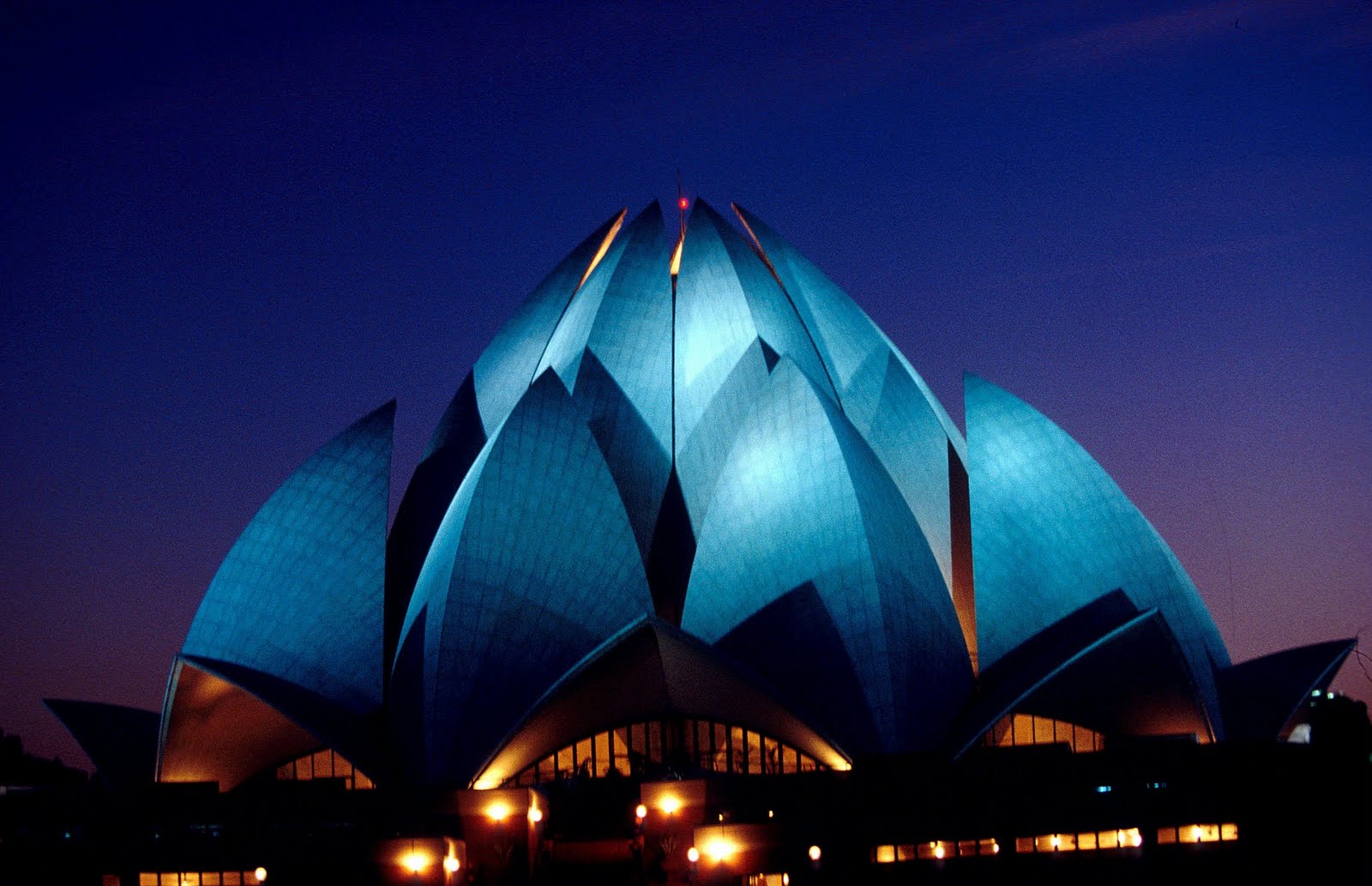
Delhi holidays are visually powerful and overwhelming. Delhi is a vibrant city full of colours, green gardens, people to watch and museums full of history and art to fulfil even the most desirous of intellectuals. Throughout Delhi you’ll find many places to explore the life and works of Mahatma Gandhi. You can visit the National Gandhi Museum to learn about his works and while there, be sure to visit Gandhi’s Samadhi (the place where he was cremated). You can also visit the Gandhi Smriti, the home where Gandhi spent the last 144 days of his life and was ultimately assassinated. If your Delhi holiday leads you to explore the National Gallery of Modern Art, prepare your senses for extreme visual stimulation. The galleries contain modern artwork of varying styles that explore Indian culture from a foreigner's perspective, from the perspective of a native who was trained in the European art schools and some works that just make you question why and how they were made.
Destination: Sounds as rich as the cuisine Expand
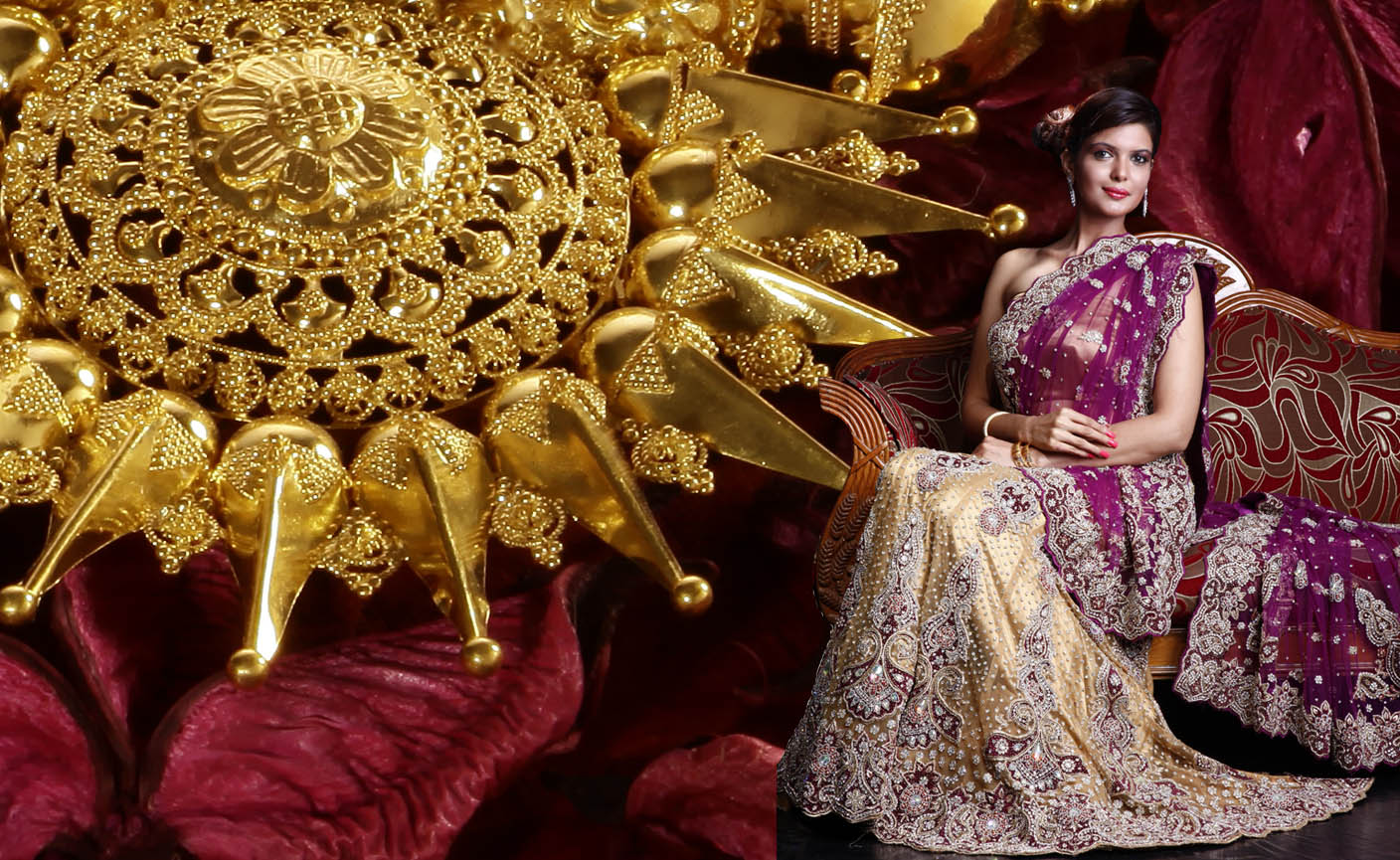
Delhi holidays will be full of sound; road noise and car horns will bombard your ears, chatting and laughing people will be ever-present as you wander the streets and music will periodically float by from street performers. Delhi’s overwhelming quality is part of what makes it interesting and piques the curiosity of first-time travellers. Though sound may seem ever-present in Delhi, there’s an easy way to escape; step into a temple. As you enter the Lotus Temple your ears will be blasted with total silence. This marvel of architecture and place of worship for people of all religions, as is philosophically aligned with the Bahá’í faith, is a great place to escape and meditate away from the sounds and heat of holidays in Delhi. The Qawwalis at Nizamuddin Dargah are known for their mesmerizing ability to sing Sufi devotional songs alongside traditional Indian instruments.
Destination: The smell of spice Expand
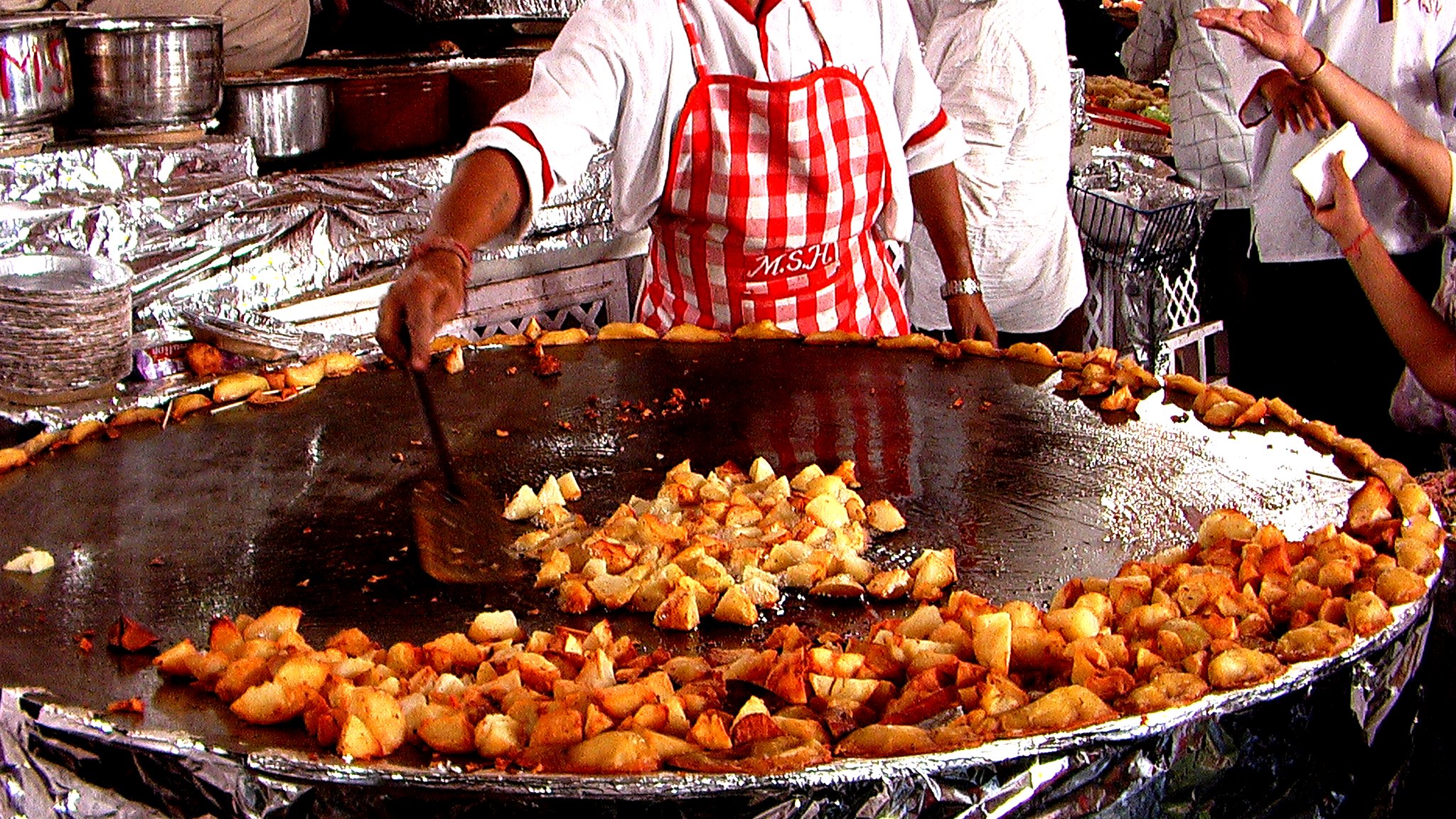
As you wind through the streets on your holiday in Delhi, your nose will be inundated with smells from each food establishment that you pass. The food of Delhi is known for being rich in spices and butter. While much of the population in Delhi is vegetarian, the culture is well known for inventing tandoori chicken which is heavily spiced and cooked in a tandoor, a cylindrical clay oven. The cuisine of Delhi is deeply rooted in the religious and cultural history of the place, with strong ties back to the Mughal Empire. Much of the food in India is tied to the region in where it was created, making a wide-range of traditional food throughout the country. In Delhi you’ll find lots of heavily spiced curries and fantastic street food. A favourite is saag paneer and butter chicken where bread is used for eating and soaking up every last bit of curry. While exploring the cuisine during your Delhi holiday, be sure to try some chaat or street snacks. Many travellers recommend the samosa, a fried pocket pastry, or kulle which is a fruit chaat consisting of hollowed out fruits or vegetables topped with pomegranate seeds, chickpeas, lime juice and chaat masala which is a salty tangy spice mix. For dessert, be sure to try a fruit or spiced lassi, which is a smoothie-like drink, or gulab jamuns, which are like fried doughnut holes covered in sweet syrups. The foods of Delhi are wide-ranging and will fulfil even the most adventuresome of gourmands.
Destination: Souvenirs Expand
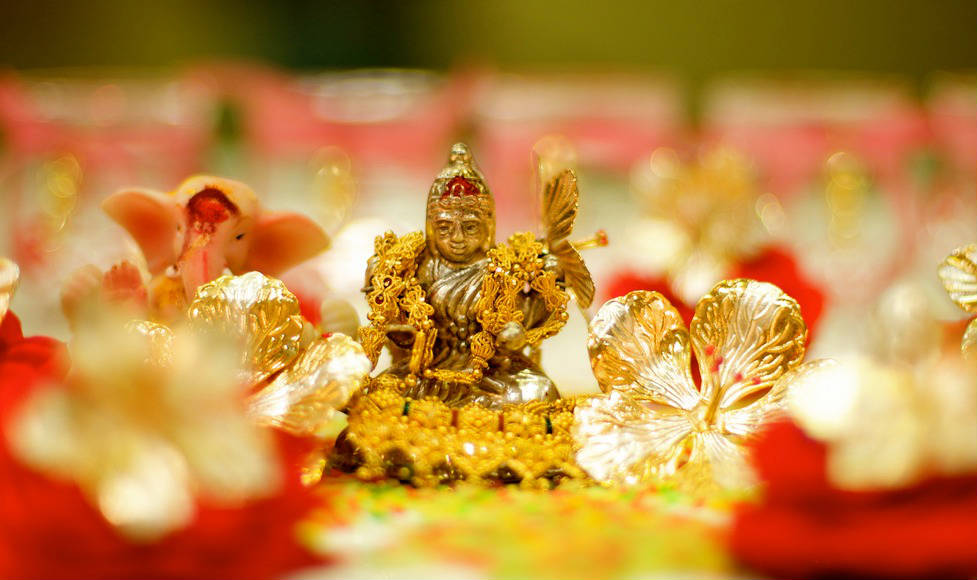
One of the best ways to explore a place is in the markets, watching and seeing all the wares available for sale. Located in Old Delhi, Chandni Chowk and Chawri Bazar are the best places to explore and find gifts for taking home with you to family and friends. With so many shops, you might want a tour guide to get you through thereby guaranteeing that you find exactly what you’re looking for and so much more. The chaos and crowded sidewalks of the market can be over stimulating, but if you’re interested in buying a sari or other clothing from a shop, you’ll be welcomed in with open arms and offered a steaming cup of masala chai tea to help along your decision. Don’t forget to remove your shoes before entering a shop and make sure you haggle and haggle and haggle some more- until you get the price you want.
When to visit Delhi Expand
The weather in Delhi is as intense as the sights, sounds and smells of the rest of the city. Throughout the year you’ll experience temperatures as high as 47 degrees and rain showers during the monsoon season that can drop inches of rain and hail in minutes.
Despite the intensity of the weather, there are seasons during which your holidays in Delhi will be filled with sunshine and fabulous temperatures for walking around the city. No matter when you decide to visit Delhi, be sure to plan ahead and pack according to the temperature. You’ll find the most superb weather and beautiful flowers from October to March, which is the best time of year to holiday in Delhi.
| Jan | Feb | Mar | Apr | May | Jun | Jul | Aug | Sep | Nov | Dec | |
|---|---|---|---|---|---|---|---|---|---|---|---|
 Avg Max Temperature (°C) Avg Max Temperature (°C) |
19.2 | 27.9 | 33.2 | 37.5 | 37.5 | 38.1 | 36.5 | 34.9 | 33.4 | 27.8 | 23.4 |
 Avg Min Temperature (°C) Avg Min Temperature (°C) |
7 | 10.6 | 17 | 18.7 | 23.3 | 25.8 | 26.4 | 27.6 | 25.9 | 10.2 | 7.1 |
 Avg Hours of Sunshine Avg Hours of Sunshine |
4 | 8 | 9 | 8 | 8 | 7 | 4 | 5 | |||
 Montly Rainfall (mm) Montly Rainfall (mm) |
57 | 2 | 4 | 3 | 144 | 35 | 507 | 212.2 | 198.2 | 1 | 2 |
When to visit: Season for exploring the outdoors Expand

Springtime is the perfect time of year for exploring Delhi outdoors. Delhi is home to many parks and gardens, which are great ways to escape the city. You can picnic, practice yoga, walk or just sit and watch the other people go by. During this time of year you’ll find the flowers in full bloom. During the day, the average temperature is a balmy 24 degrees, with temperatures getting down to 10 degrees at night. Be sure to pack a range of clothing to stay warm but not be sweltering in the sun.
When to visit: Sunshine all the time Expand
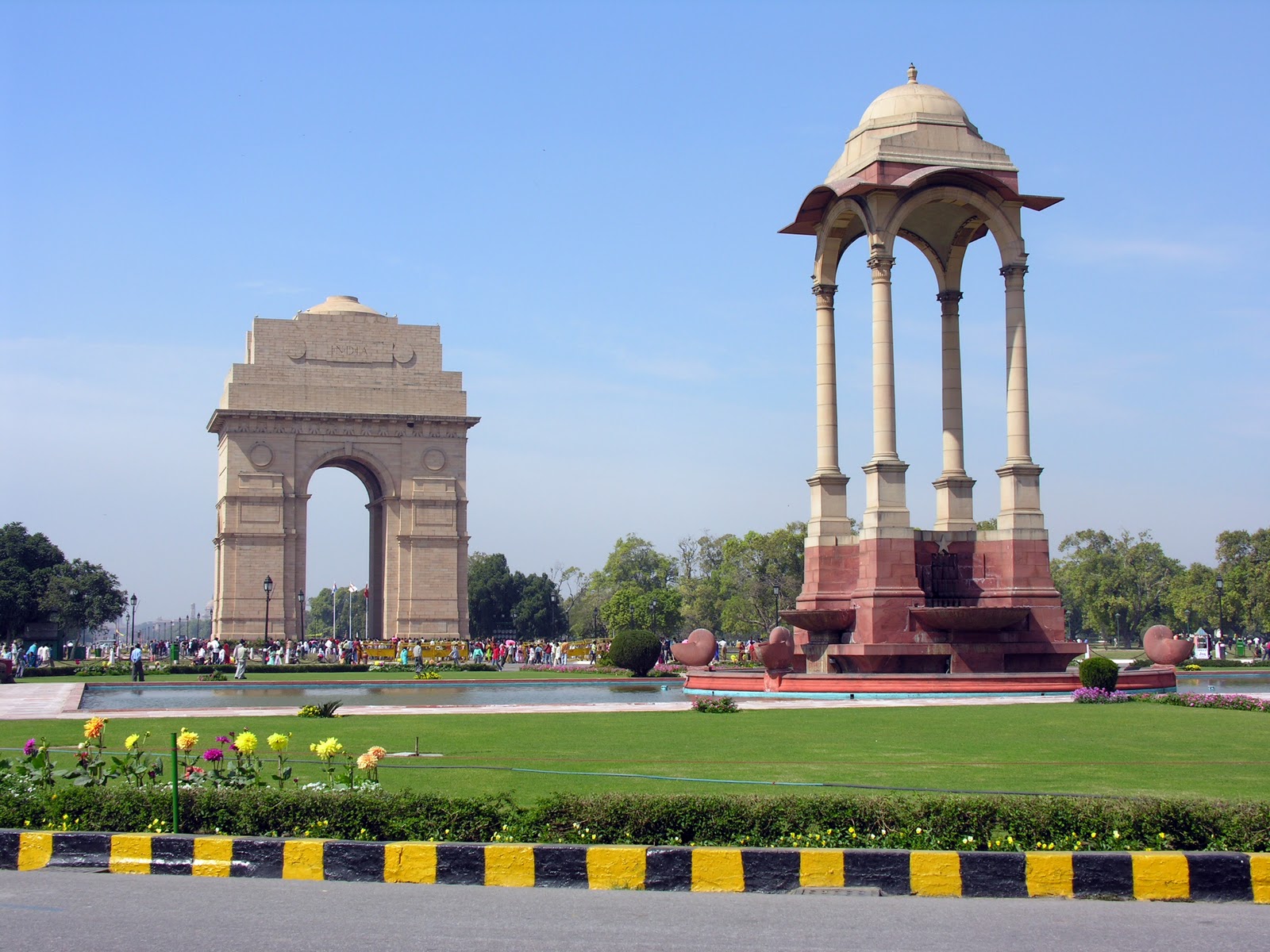
During the summer you can expect temperatures up to 47 degrees and only drop to 30 degrees at night. Though the temperatures are hot, touring Delhi in the summer can still be great. If your holidays take you to Delhi between the months of April and June, be sure to bring light cotton clothes, lots of sun protection and plan to spend the afternoons inside. By touring in the late afternoon and early evening, you’ll be able to avoid the hottest part of the day and still see everything Delhi has to offer.
When to visit: Storms and saturation Expand
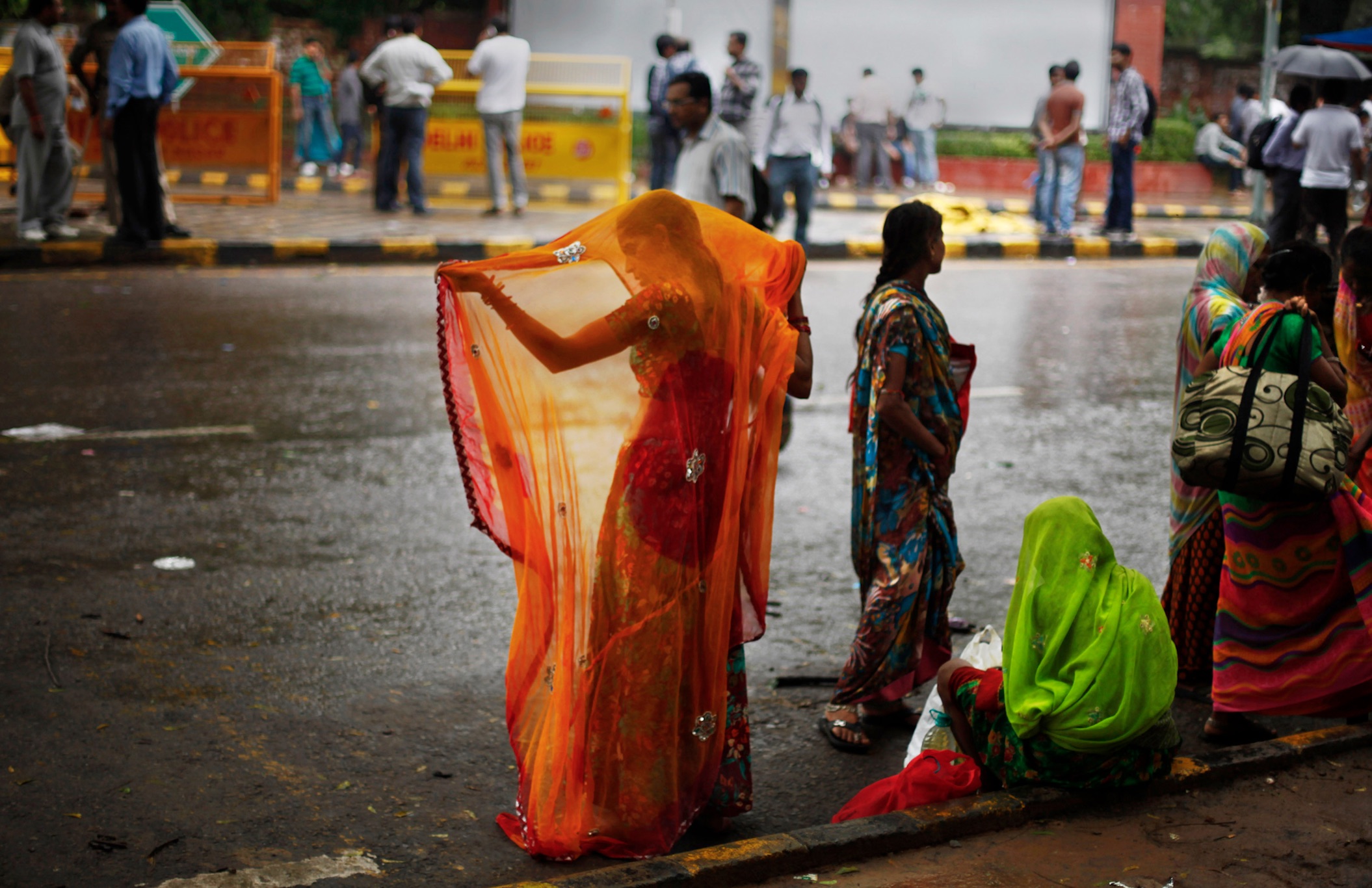
Though not as wild as the coastal towns, Delhi does experience monsoon season. From July to mid-September you can expect to get wet during your holiday in Delhi. The monsoon season is still hot in Delhi with temperatures around 30 degrees, so you’ll find relief and coolness in the rain showers. The monsoon rains also bring a new glow to Delhi as they wash away all the dust and bring the smell of clean rain into the air.
When to visit: Strolling the gardens Expand
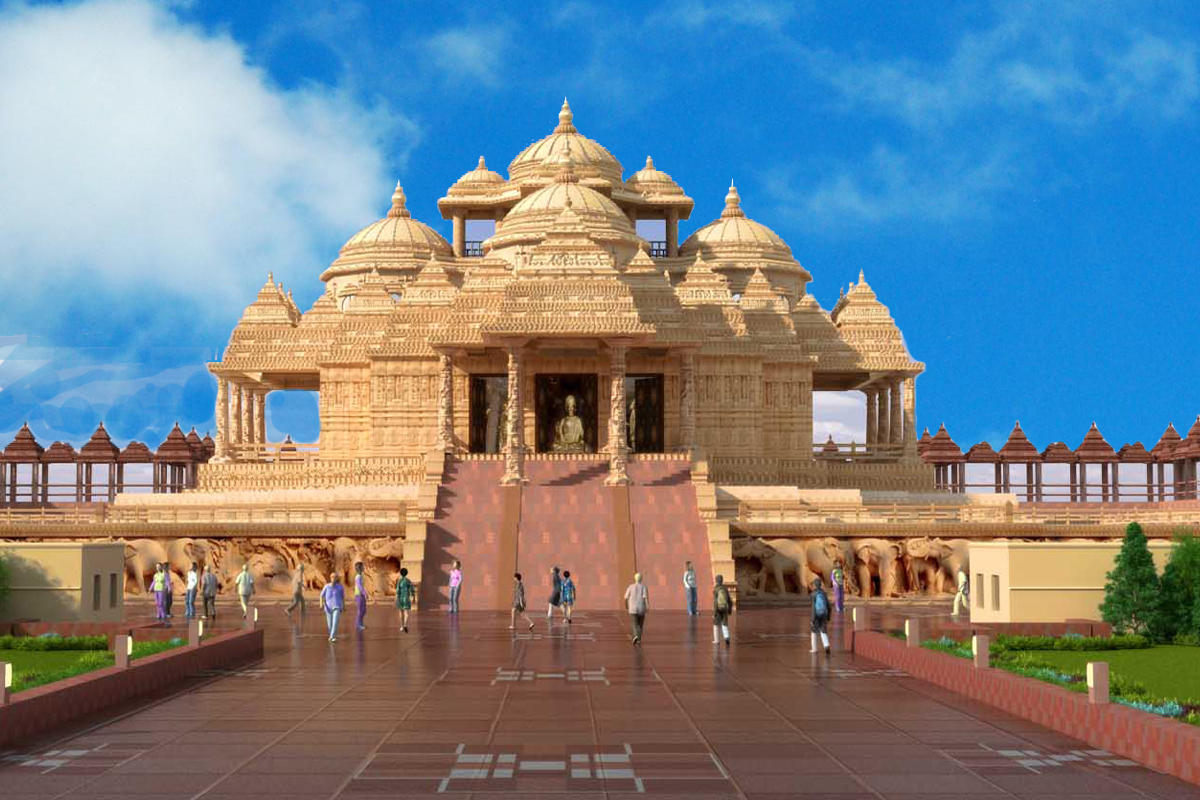
With temperatures hovering around 20 degrees, autumn is a great time to spend your holidays in Delhi. From September to November, you’ll experience dry, cool weather. This is another great time of year to spend your Delhi holidays outdoors. Whether you’re walking the streets, exploring the gardens or wandering the markets searching for the perfect gift for your loved ones back home, you’ll enjoy the cool, dry weather.
When to visit: Sweaters and scarfs Expand
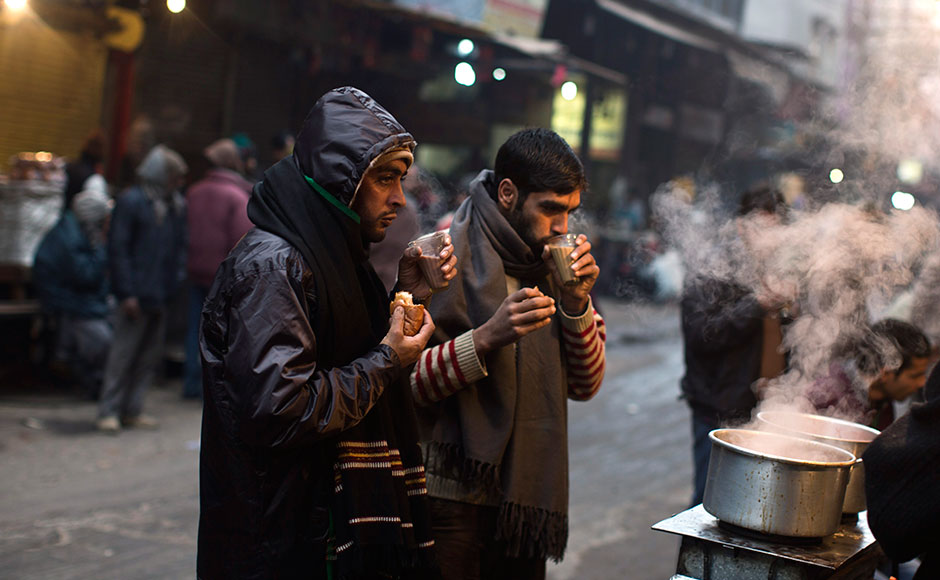
December and January are the coldest months in Delhi with temperatures getting down to 8 degrees. Though rare, temperatures can dip below freezing during this time of year so be sure to bring warm clothing and bundle up while exploring the outdoor markets and being outside. December is the driest month in Delhi so you’re safe to leave your umbrella at home. Winter is a fantastic time of year to stay warm by eating all the spicy curries you can find and sipping on hot masala chai at every opportunity.
Jaipur, India
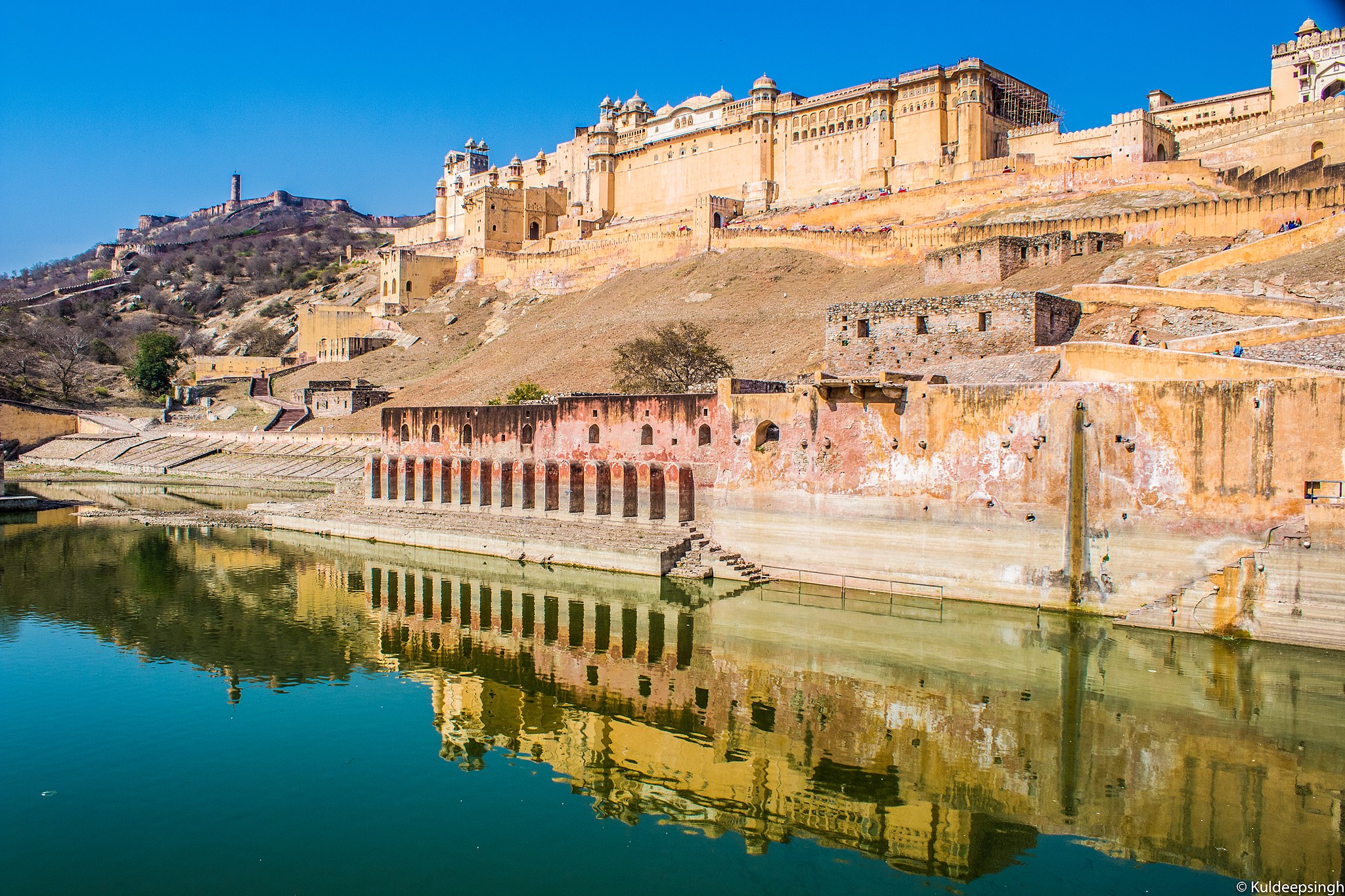
5th April 2022 - 6th April 2022
Jaipur - the shimmering Pink City is located in Rajasthan, India. The city derives its name from Sawai Jai Singh II, who founded this city in 1727 AD. Jaipur is laden with eclectic avenues and huge gardens. This city is a heaven for tourists, due to the magnificent and mesmerising royal Rajput heritage, prevailing in its giant forts and majestic palaces. During your Jaipur holidays you will see the past come to life while strolling through its magnificent palaces and forts, blushed pink, which were once occupied by the maharajas.
Location Expand
Overview Expand
Jaipur - the shimmering Pink City is located in Rajasthan, India. The city derives its name from Sawai Jai Singh II, who founded this city in 1727 AD. Jaipur is laden with eclectic avenues and huge gardens.
This city is a heaven for tourists, due to the magnificent and mesmerising royal Rajput heritage, prevailing in its giant forts and majestic palaces. During your Jaipur holidays you will see the past come to life while strolling through its magnificent palaces and forts, blushed pink, which were once occupied by the maharajas.
Destination: Lively bazaars and colourful people Expand
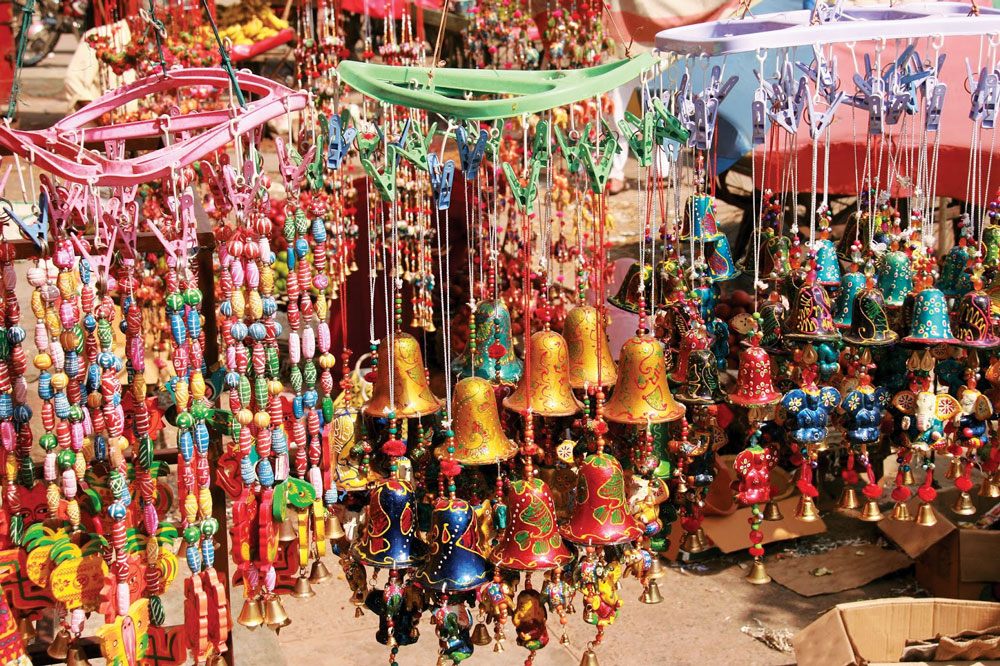
On top of that, these colourful people are warm and hospitable. Tourists can enjoy watching as well as participating in a number of festivals hosted in Jaipur, from the new Jaipur Literary festivals to the folk Gangaur, Kite, and Teej festivals. You can also shop from a huge range of handicrafts. The lively bazaars in this city are famous for their Rajasthani jewellery, shoes and fabrics. Holidays in Jaipur will fascinate any tourist and spellbound them with the romantic aura that will transport you to an era of tradition and royalty.
Destination: Language and Culture Expand
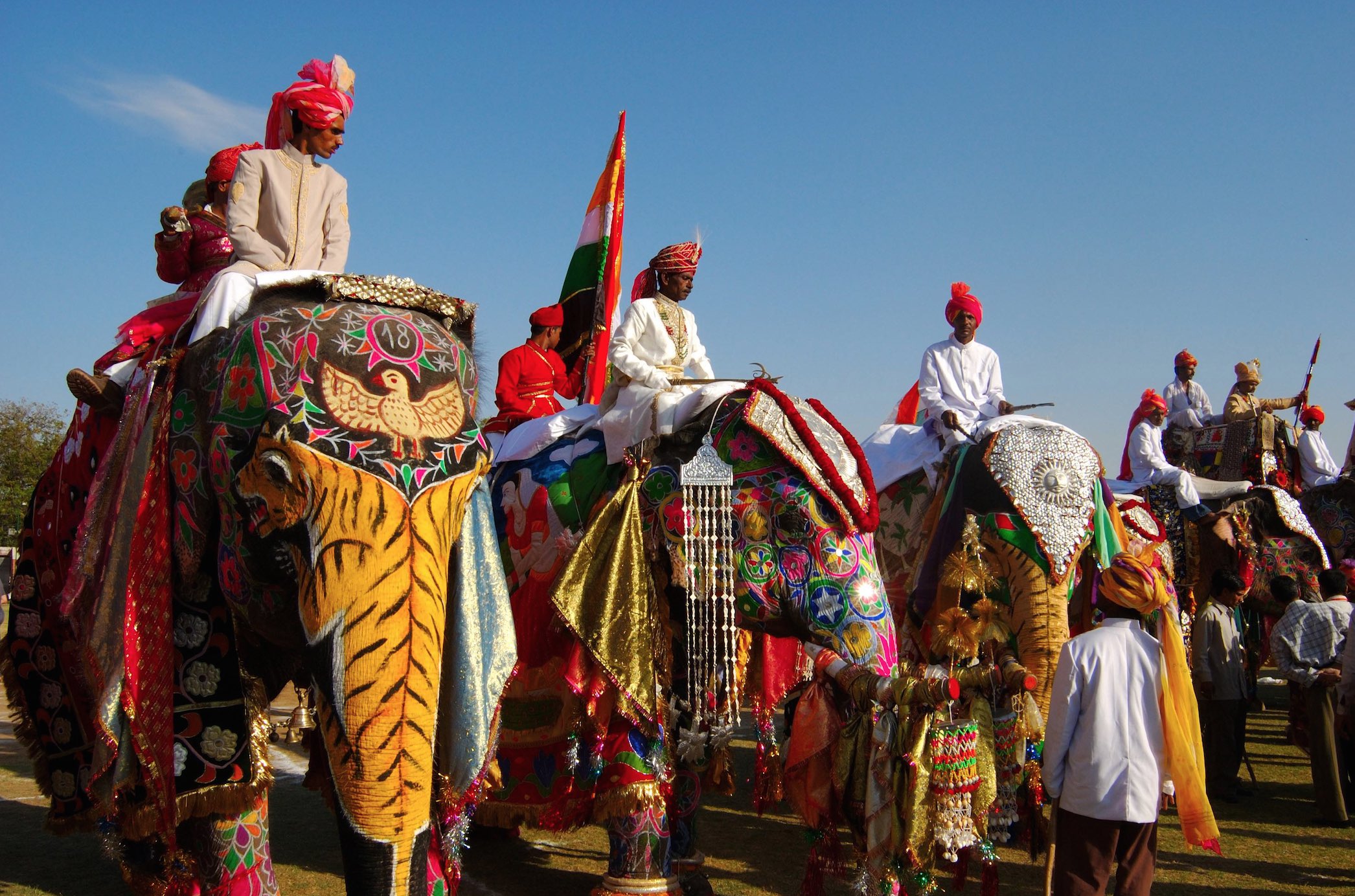
Communication during your Holiday in Jaipur is very easy with a minimal knowledge of English or Hindi. Hindi and Rajasthani are the main languages spoken here however English is spoken at most restaurants and hotels where the staff can converse in Hindi and English. The traditional dresses, like the skirts and tops are woven with traditional fabrics by women here. You will see most women dressed in shalwar kameez and saree. Tourists with skimpy and revealing dressing can expect to be a stared at so it is best to dress modestly. With the exception of taxi and rickshaw drivers, a common practice here is tipping- from porters to the bearers, stewards and tourist guides. The average tip in restaurants and hotels is the 10% of your total bill.
Destination: The Pink City Expand
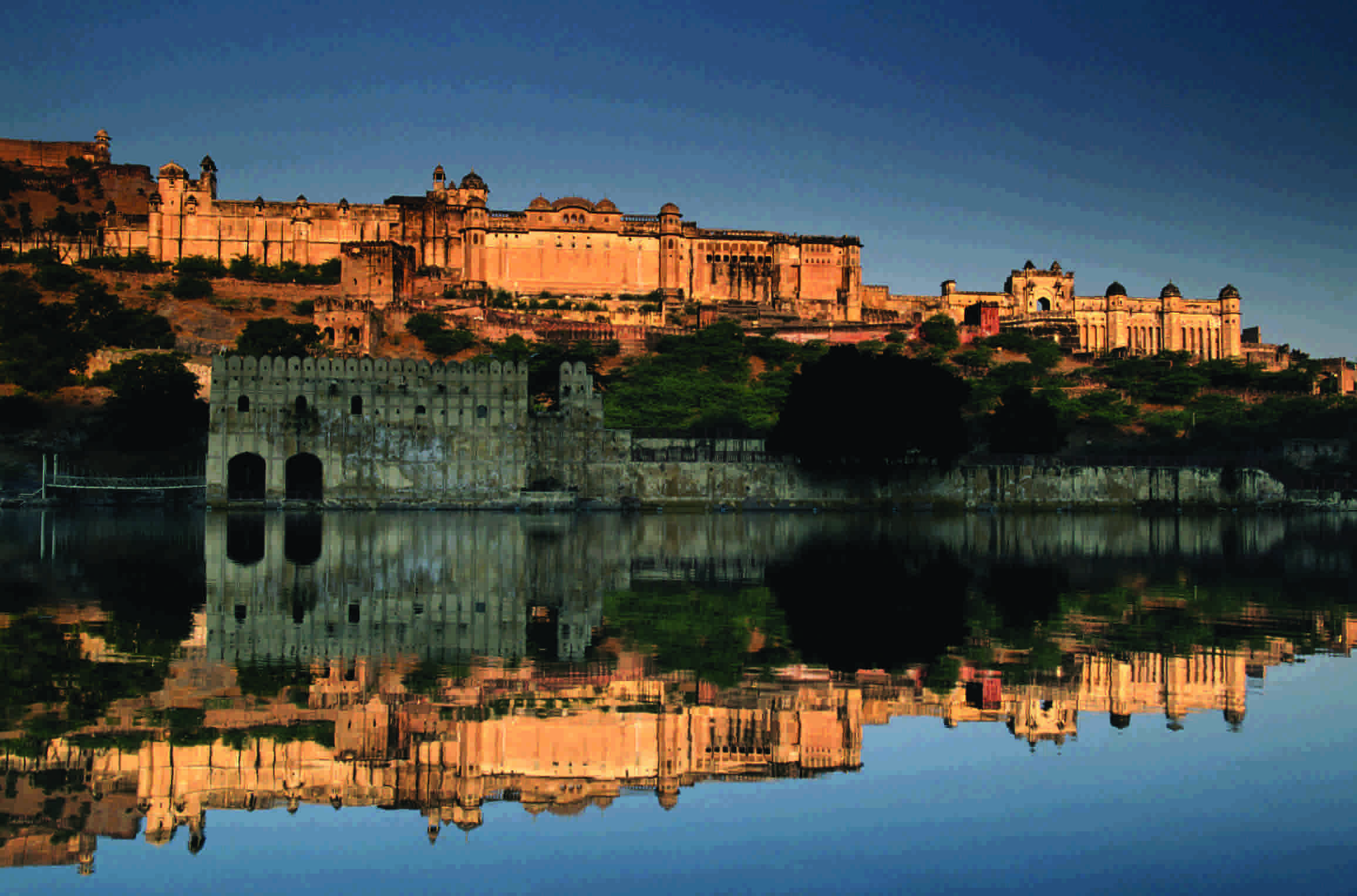
Jaipur is called the Pink City as a result of the pink color of construction material used all over the city. This pink color has a history of its own and a tradition that has been followed since 1876, when the Maharaja Ram Singh ordered the entire city to be painted pink as a symbol of hospitality to the visiting Queen Victoria and Prince of Wales. The Pink City is undoubtedly one of India’s most magnetic and beautiful cities. Whether it is the architecture, culture, traditions, or jewellery of Jaipur, they always manage to charm the tourists with their deep roots in history. The majestic palaces and forts, the exquisite temples, the beauteous landscapes, the opulent cultural heritage all make Jaipur a must visit destination for travelers. There is magic in the air from the moment you step inside the city you can feel the happiness and joy. The pinkish color of Jaipur has a romantic vibe that enchants hearts.
When to visit Jaipur Expand
The weather must be considered before planning Holidays in Jaipur. The hot and long summer time, March to July is not a suitable time for visiting Jaipur as the temperature can soar up to 45°C.
The intense heat will be accompanied by pollution and dust, which makes Jaipur Holidays unbearable during this time. If you still go on Jaipur holidays during the summers, make sure you book AC rooms in hotels as well as stay hydrated.
| Jan | Feb | Mar | Apr | May | Jun | Jul | Aug | Sep | Nov | Dec | |
|---|---|---|---|---|---|---|---|---|---|---|---|
 Avg Max Temperature (°C) Avg Max Temperature (°C) |
23.3 | 29.1 | 34.8 | 38.7 | 38.3 | 38.9 | 36.3 | 34.4 | 32.3 | 28.1 | 25.9 |
 Avg Min Temperature (°C) Avg Min Temperature (°C) |
9.8 | 14.1 | 20.3 | 23.6 | 25.8 | 27.5 | 27.3 | 26 | 25.1 | 14.4 | 10.6 |
 Avg Hours of Sunshine Avg Hours of Sunshine |
|||||||||||
 Montly Rainfall (mm) Montly Rainfall (mm) |
10.4 | 3.9 | 1.2 | 44.1 | 14.5 | 236.2 | 130.6 | 120.8 | 3.9 | ||
When to visit: Winter – (October – March) Expand

The moderate sunlight and cool breezes during October make it easy for travelers to head out for shopping and sightseeing during daytime. Winter starts in November and it ends by February. The evenings are usually cold during winters and the temperature can stoop down to 4 ° C at night time, especially in the month of January. This is the ideal time to plan holidays to Jaipur as you can shop and be a part of other activities till afternoon. A major festival, The Jaipur Literature Fest is held in January and it attracts people from across the globe. March sees Jaipur buzzing with the Elephant festival; it is a major tourist attraction too.
When to visit: Summer – ( April – June) Expand
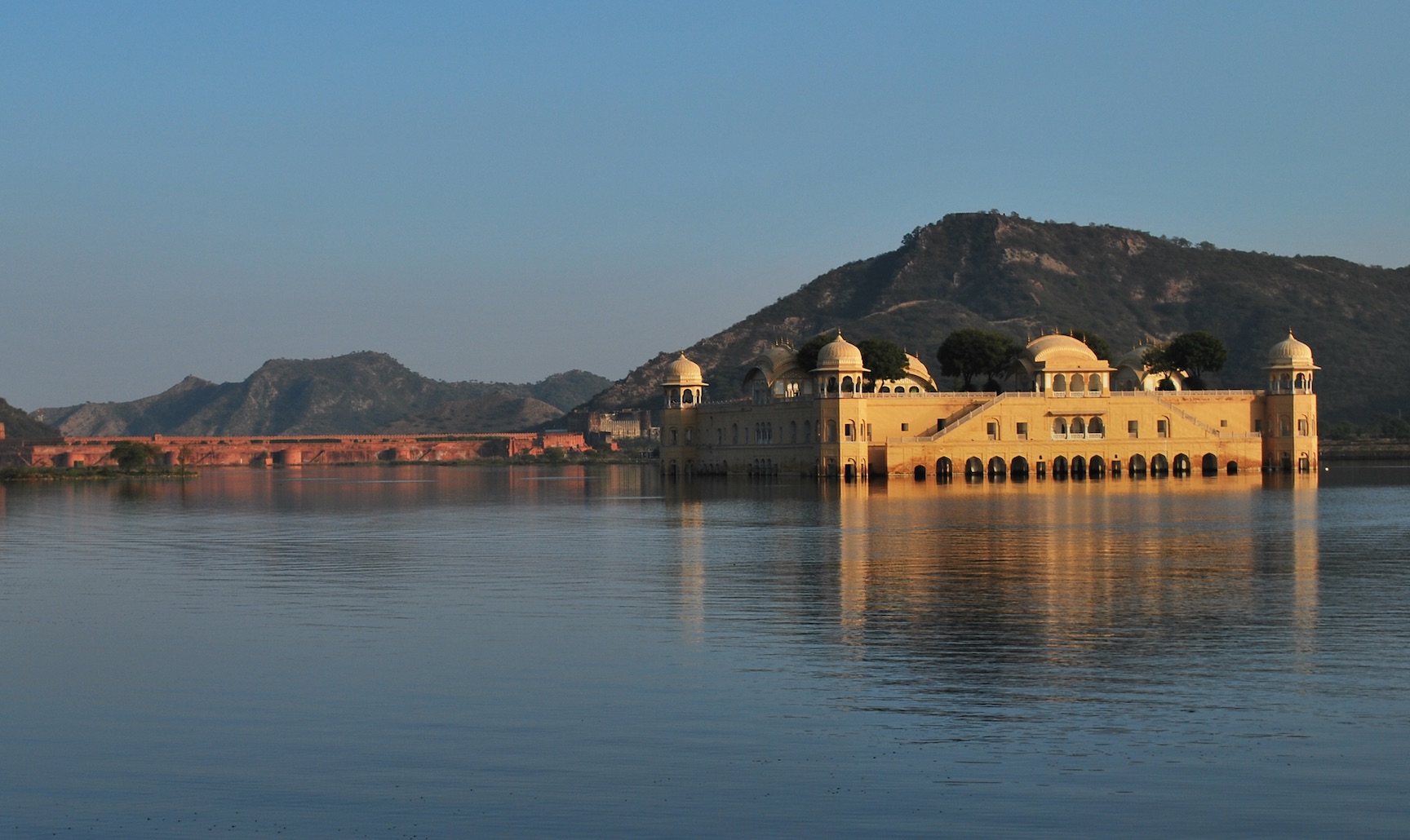
This is summer time in Jaipur. Weather is extremely hot during the daytime and that can make your sightseeing experience unpleasant. The temperatures can hike up to 47 °C. In April the Gangaur festival and also a fair are celebrated and organized.
When to visit: Monsoon – ( July – September) Expand

Jaipur experiences the monsoon rains during this season. June doesn’t see a lot of rain while it pours a lot during August. Many hotels and restaurants have great deals and offers on stays as this is off-season. For budget travelers, this is the time for a holiday to Jaipur. Teej, a famous festival that occurs during the month of August.
Agra, India
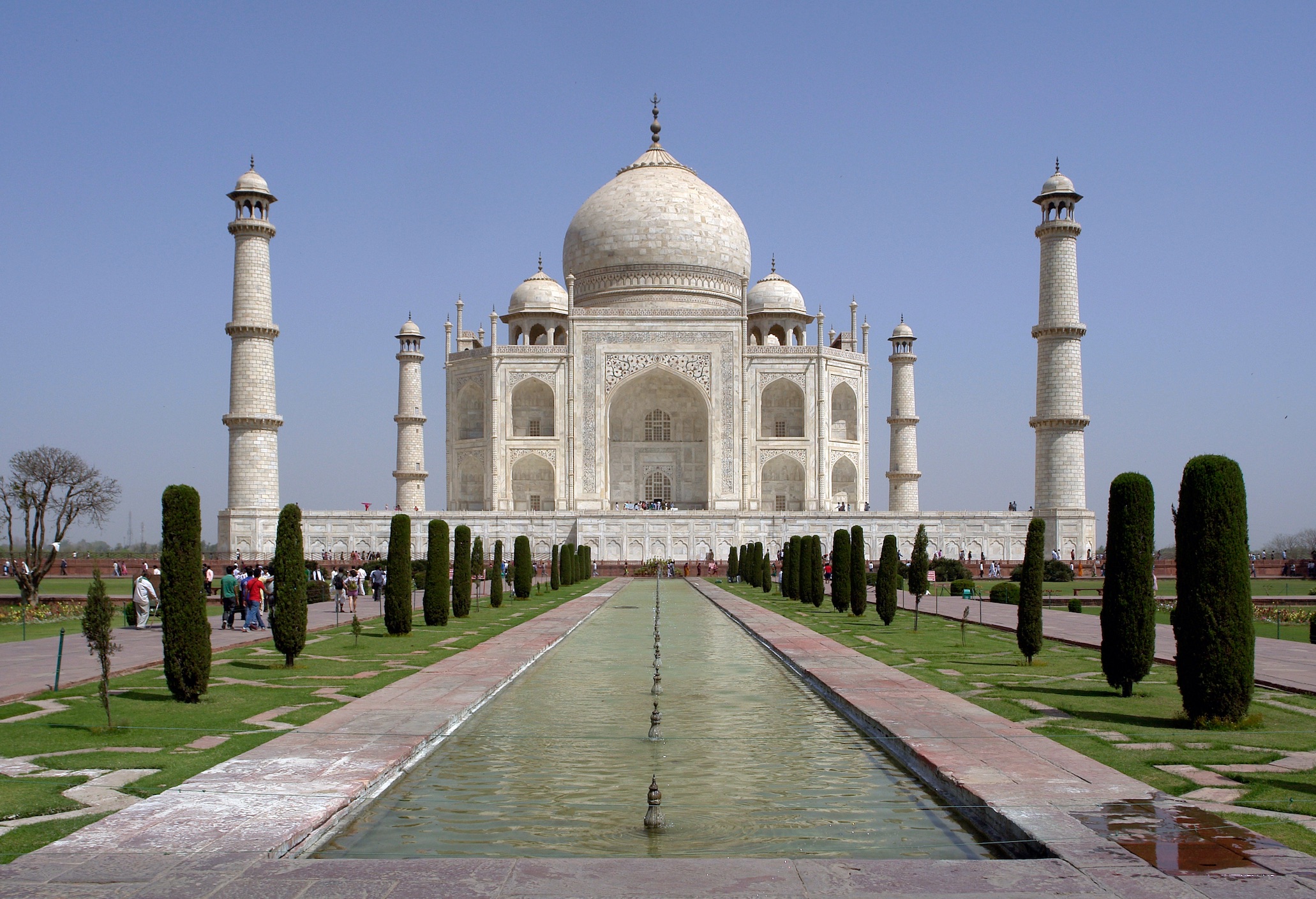
7th April 2022
Located on the Yamuna banks in northern India’s Uttar Pradesh state, holidays to Agra take you to the destination that is home to greatest icon in the country. The Taj Mahal is the most commonly used image to present India making holidays to Agra amongs the most popular destinations in Uttar Pradesh and nineteenth in the whole of India.
A holiday in Agra is an architectural journey to the buildings constructed during the Mughal era. The most famous of these are the Taj Mahal, the Sandstone Red Fort, Fatehpur Sikri and Agra Fort that are UNESCO World Heritage Sites. Together with Delhi and Jaipur, Agra forms the famous Golden Triangle tourist circuit further adding to its notoriety on India tour itineraries.
Location Expand
Overview Expand
Located on the Yamuna banks in northern India’s Uttar Pradesh state, holidays to Agra take you to the destination that is home to greatest icon in the country. The Taj Mahal is the most commonly used image to present India making holidays to Agra amongs the most popular destinations in Uttar Pradesh and nineteenth in the whole of India.
A holiday in Agra is an architectural journey to the buildings constructed during the Mughal era. The most famous of these are the Taj Mahal, the Sandstone Red Fort, Fatehpur Sikri and Agra Fort that are UNESCO World Heritage Sites. Together with Delhi and Jaipur, Agra forms the famous Golden Triangle tourist circuit further adding to its notoriety on India tour itineraries.
Destination: Taj Mahal Expand
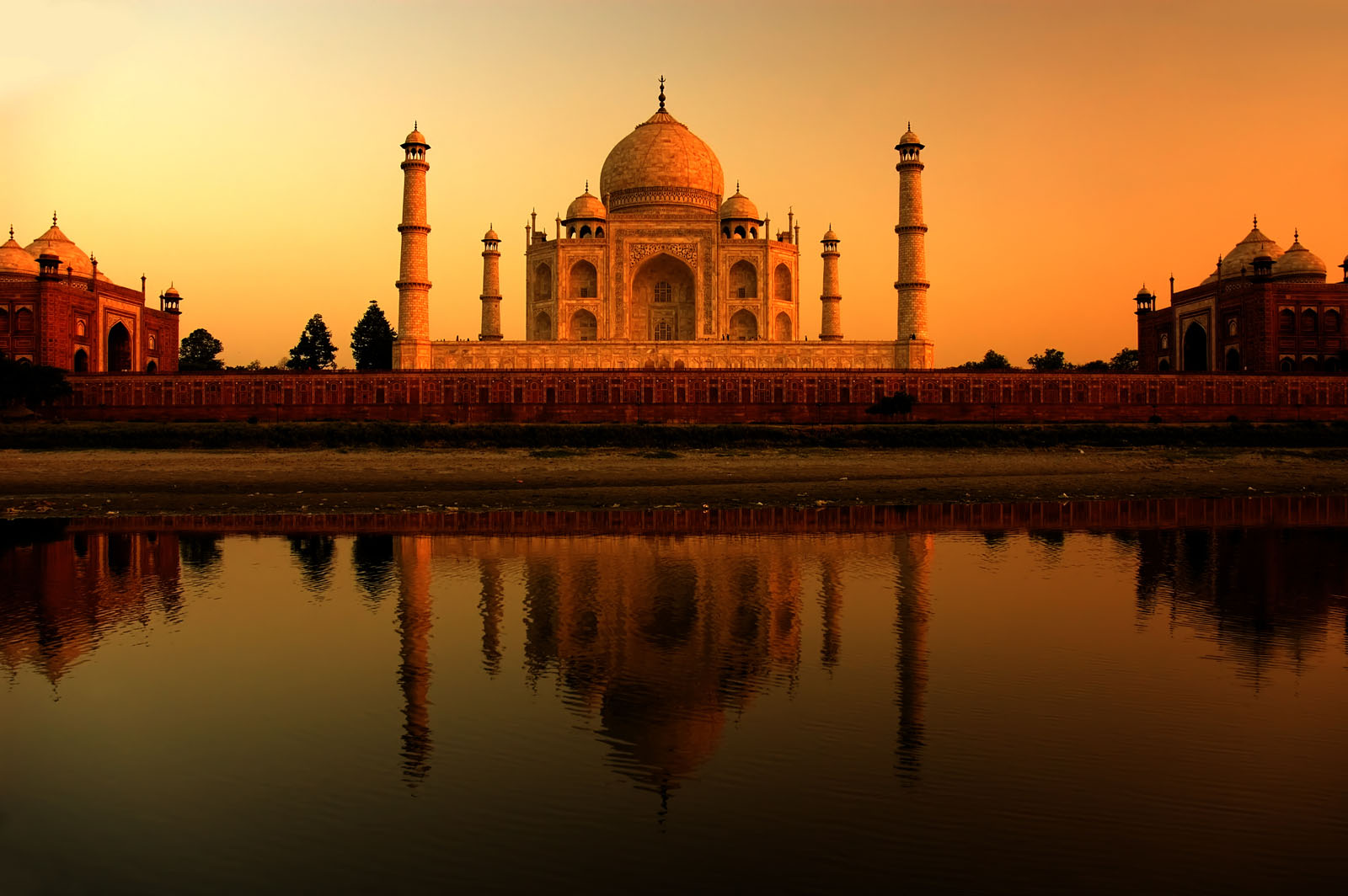
Agra city is renowned as the home of the legendary Taj Mahal mausoleum that was built to commemorate Mumtaz Mahal, who died while giving birth in 1631. She was the wife to Shah Jahan, the ruler of the Mughals. The architecture of the Taj Mahal rises out out behind a reflecting pool in its famous courtyard. The imposing dome carved in white marble inlaid with precious stones is a site that is simple awe inspiring. The Taj Mahal is regarded as one of the seven wonders of the world because of its beauty, its perfect symmetry and the fact that is was a building feat that took over twenty-two years to construct. Thousands of laborers, masons, and jewelers worked on a marble platform above a sandstone to bring this work of art to life and to now be one of the highlights of your holidays to Agra.
Destination: The Agra Fort Expand

The Agra Fort, also known as the Agra red fort is in itself a beauty to behold. It was first used as a fort and then converted into Shah Jahan's palace. It has a stone tablet at the gate that is inlayed with marble and pietra dura. It is a show of Mughal architecture and a homage to the different North Indian style of construction. Agra fort is a great tourist destination, which should definitely not be missed.
Destination: I'timād-Ud-Daulah Expand
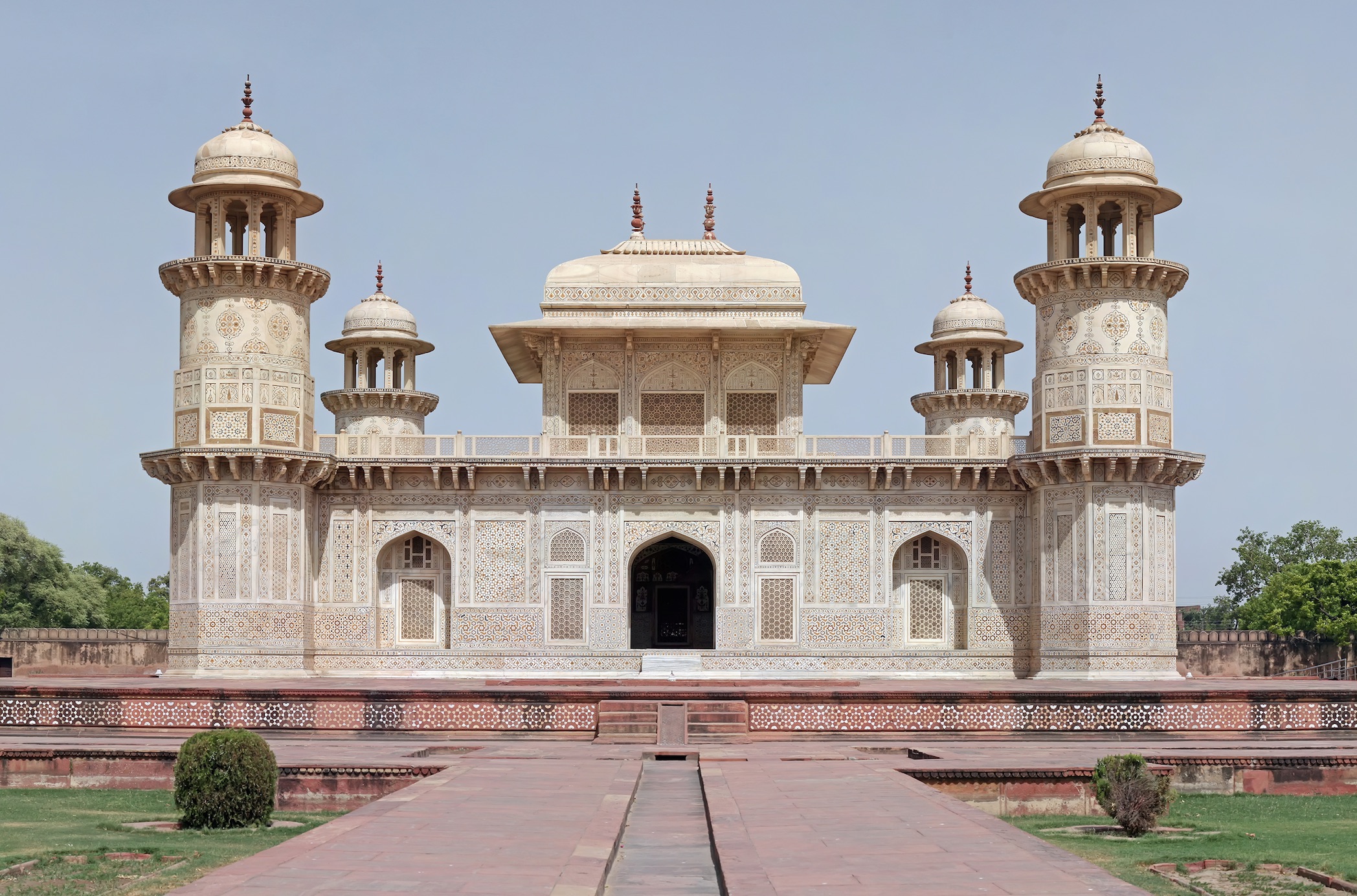
I'timād-Ud-Daulah is often called the ‘baby Taj’ due to its similar construction. It is also known as ‘the jewel box’ due to its many intricate jewel decorations. Baby Taj is located on the left bank of Yamuna river and was constructed by Empress Nur Jahan for her father. It has many of the Taj Mahal’s features albeit on a smaller scale. The main chamber of this mausoleum is ornamented in pietra dura with mosaics and stones in the white marble. This main chamber also contains the tomb of I’timad-ud-Daulah and his wife.
Destination: Chini Ka Rauza Expand
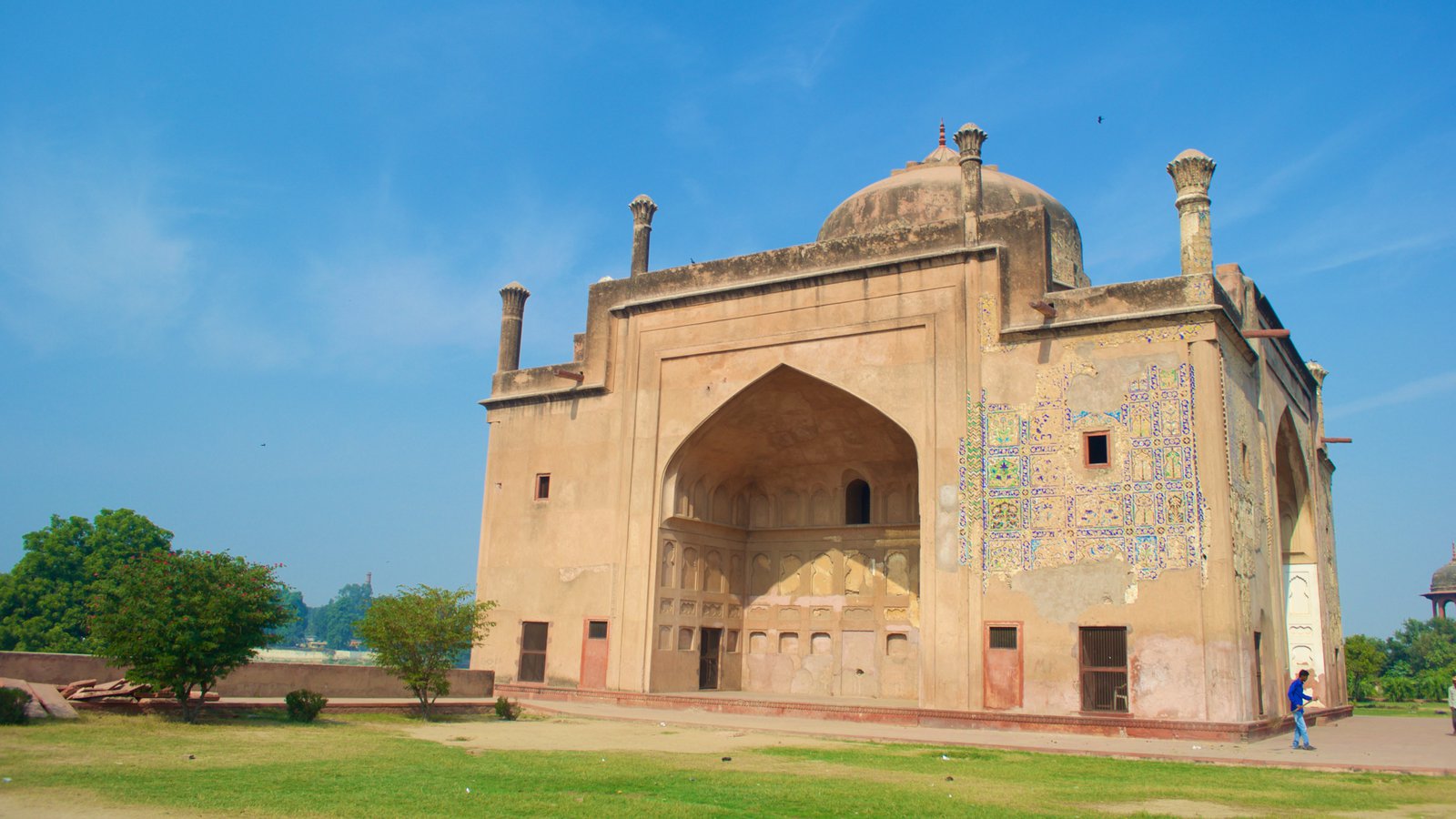
This monument stands out because of its architecture and because it is a funerary monument containing the tomb of Allama Afzal Khan Mullah, a scholar and poet who was the Prime Minister of the Mughal Emperor Shah Jahan. This tomb was built in 1635 and is said to be ‘usual’ because it is unusually plain with a simple sultanate style dome. The façade however is called one of the finest examples of glazed tile work from the Mughal era. This usual tomb is not to be missed on your holiday to Agra.
Destination: Getting to Agra Expand
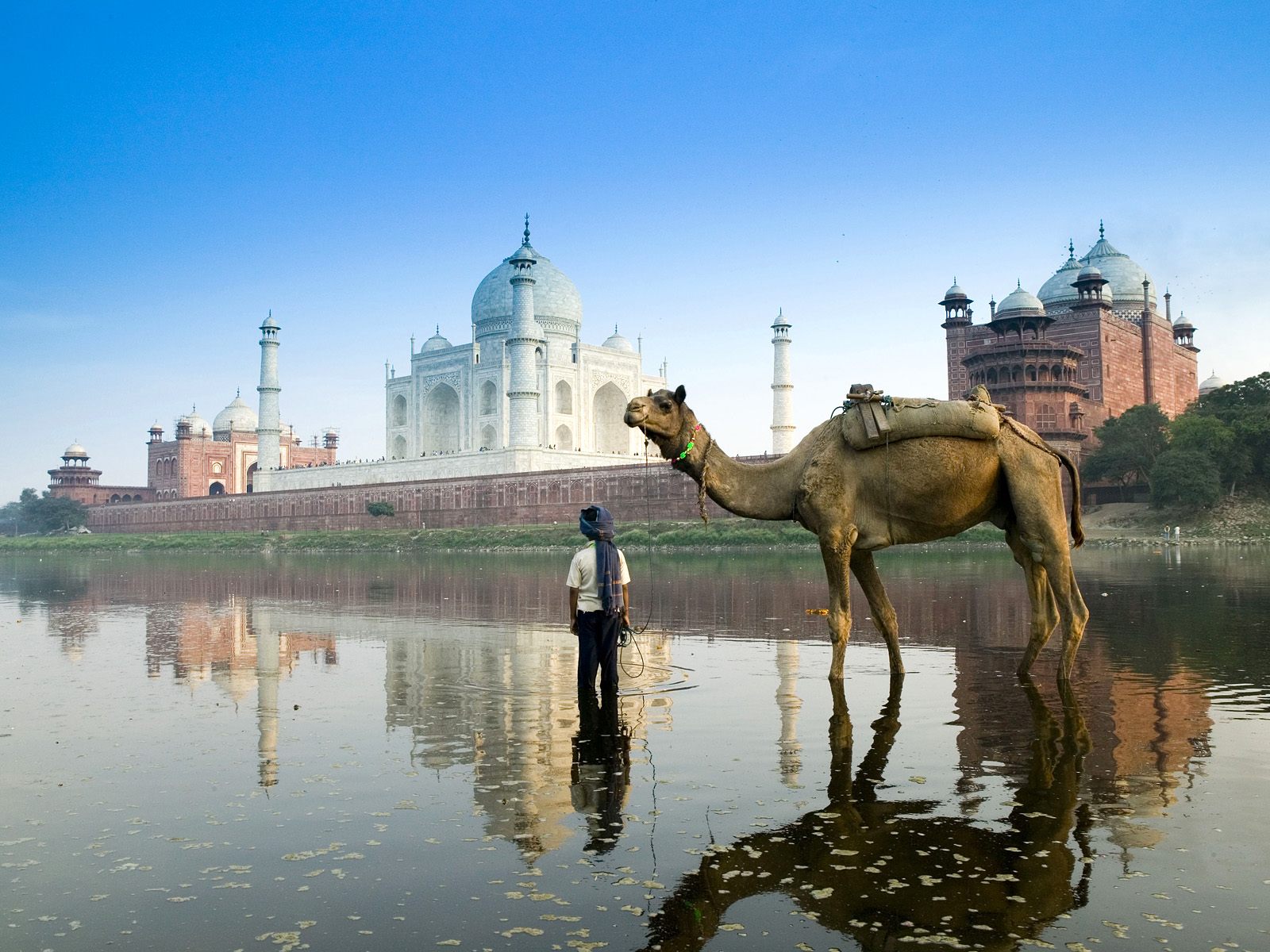
Holidays in Agra are easy when you know how to use the transportation system. You can access Agra via air, road or rail. Air India flies to Agra from Delhi via Varanasi on Mondays, Wednesdays, and Saturdays. The flights from Agra to Delhi via Khajuraho and Varanasi are on the same days as from Delhi to Agra. Flights from Mumbai to Agra and back are on Tuesdays and Thursdays. Air India connects Agra to the rest of the world via Mumbai, Delhi five days a week. Agra uses the central train line between Bombay station and Delhi station and between Delhi and Madras. Many trains like Chennai Rajdhani, Bhopal Shatbdi, Bhopal Express and Taj Express connect Agra city to other Indian cities like Bombay, Delhi, calculate, Bhopal among others. Close to twenty trains operate from New Delhi and Gwalior junction daily. Agra has many railway stations. Major bus terminals in Agra are Taj depot, Idgah bus stand, Ford depot and interstate bus terminal. It has three national highways and one expressway. It's a four hour drive from Delhi to Agra. Vehicles that pollute the environment are not allowed near Taj Mahal hence need to take Tanga or Tongas buses.
When to visit Agra Expand
The best time to take a holiday to Agra are between October and March. This is during the winter season and temperature remain mild.
Prices and tourists however will remain high in this time but the up side is you will avoid heavy rains of the monsoon season or the unbearable heat of summer.
| Jan | Feb | Mar | Apr | May | Jun | Jul | Aug | Sep | Nov | Dec | |
|---|---|---|---|---|---|---|---|---|---|---|---|
 Avg Max Temperature (°C) Avg Max Temperature (°C) |
19.7 | 27.5 | 33.7 | 37.9 | 36.8 | 38.2 | 35.3 | 33.9 | 32.7 | 26.9 | 22.5 |
 Avg Min Temperature (°C) Avg Min Temperature (°C) |
7.8 | 11.3 | 17.7 | 20.8 | 25.3 | 28.2 | 28.6 | 26.9 | 26.2 | 11.8 | 8.8 |
 Avg Hours of Sunshine Avg Hours of Sunshine |
|||||||||||
 Montly Rainfall (mm) Montly Rainfall (mm) |
4.1 | 23.6 | 22.7 | 3.5 | 294.5 | 192.5 | 140.7 | 9.8 | |||
When to visit: Miserable Monsoon Expand
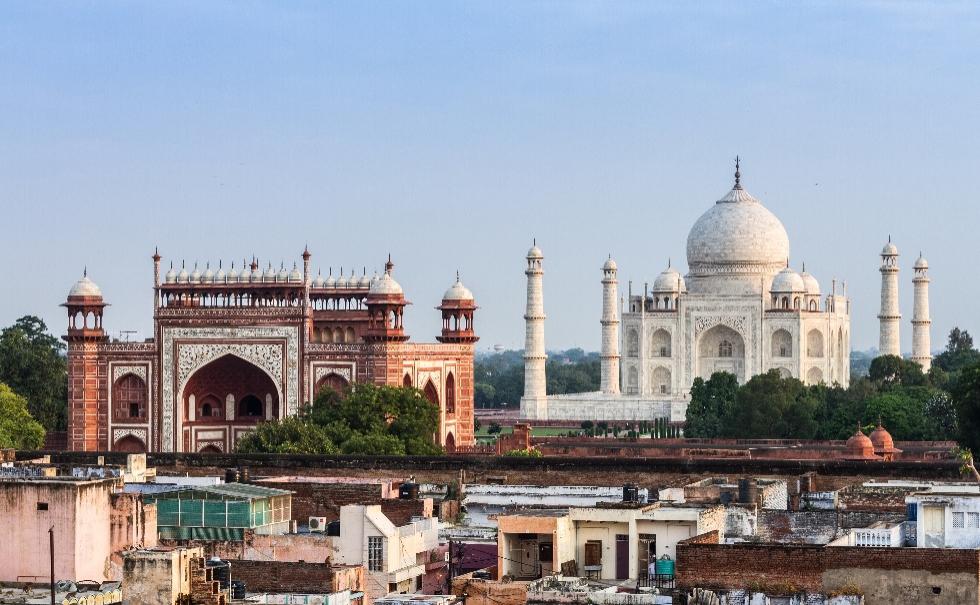
The monsoons bring substantial rain that although mild in comparison to other parts of India, is enough to paint the city green and settle any dust. The monsoons kick in from around June and hang around until September.
When to visit: Sizzling Summer Expand
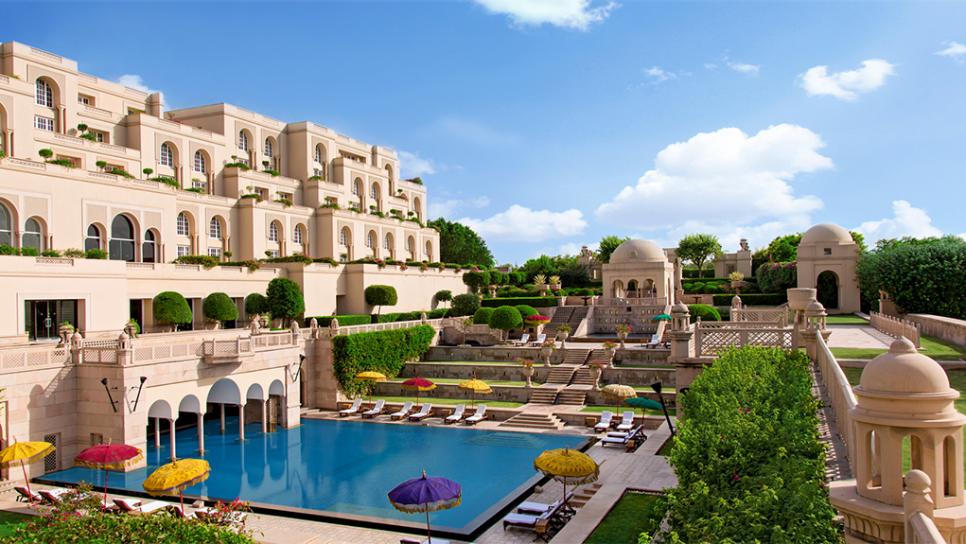
Agra summers are notoriously hot. They run from March till the end of June and the temperature will easily soar beyond 46 degrees Celsius. The nights will however be a bit cooler but don’t expect them to fall below 30 degrees. The temperatures and the high humidity makes Agra quite a challenge in summer.
When to visit: Warm Winter Expand
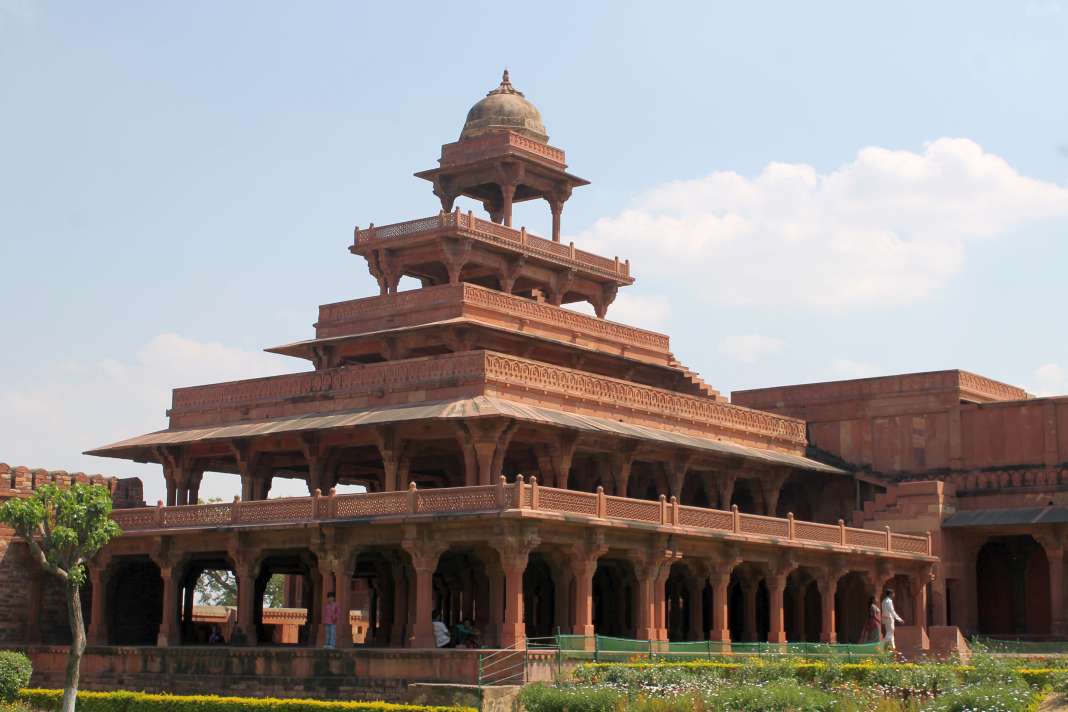
It may sound like a contradiction but it is true, the weather in winter in Agra is actually quite nice. It’s not too hot nor too cold. Winters runs between December and February. You will never experience sub-zero temperatures and you will be free to enjoy your food, the sceneries and partake in many festivals during this season. That is why during the warm winter is the best time to have an Agra holiday.
Khajuraho, India
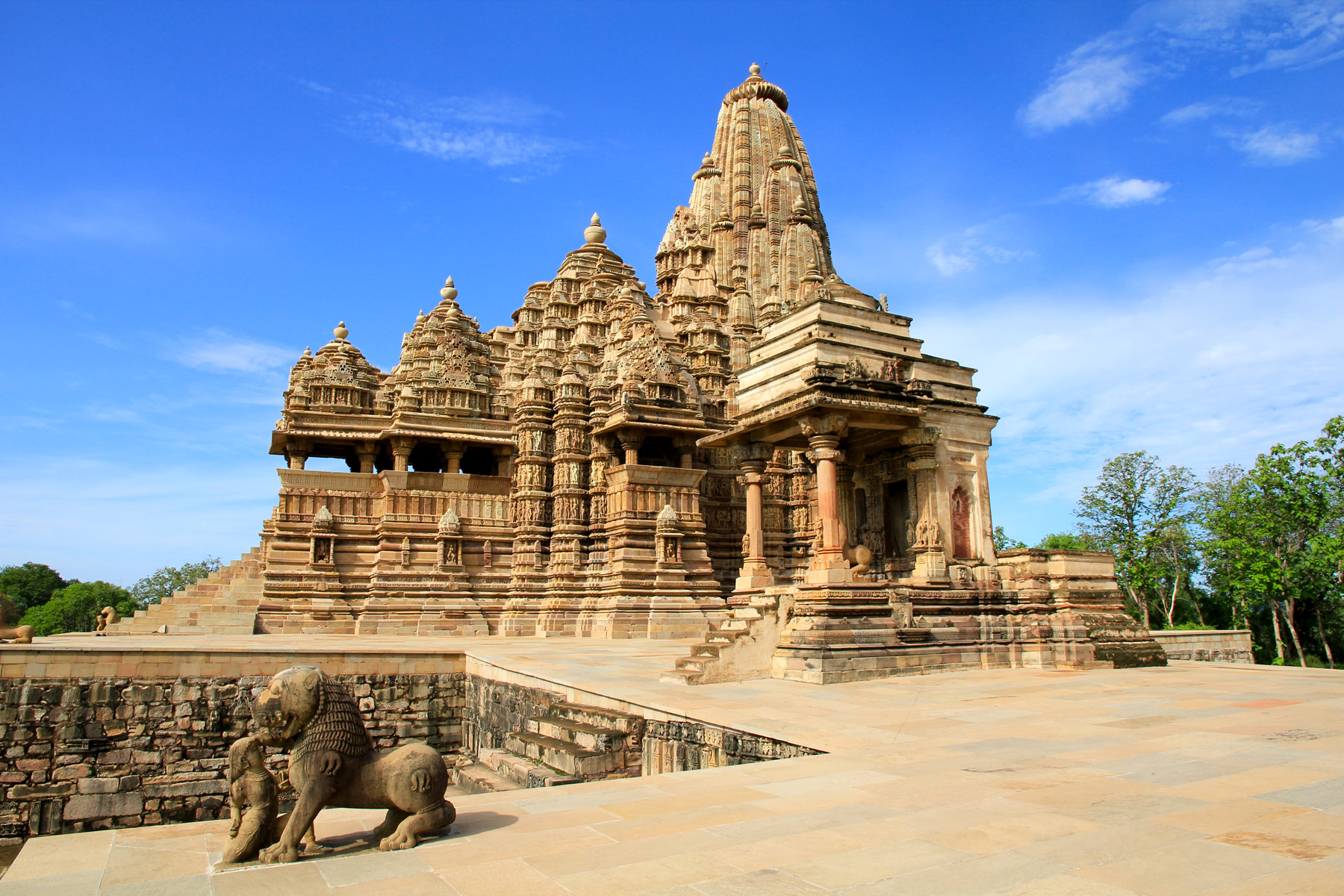
8th April 2022 - 9th April 2022
Known for its sculptured temples dedicated to Shiva, Vishnu, and Jain patriarchs, the erotic carvings at the Unesco World Heritage Site–listed temples are among the finest temple art in the world. Of the 85 original temples-most constructed of hard river sandstone-about 20 are still reasonably well preserved. Both internally and externally the temples are richly carved with excellent sculptures that are frequently sensual and, at times, sexually explicit. Khajuraho itself is just a small modest village with no more than 3000 residents surrounded by forestland.
Location Expand
Overview Expand
Known for its sculptured temples dedicated to Shiva, Vishnu, and Jain patriarchs, the erotic carvings at the Unesco World Heritage Site–listed temples are among the finest temple art in the world. Of the 85 original temples-most constructed of hard river sandstone-about 20 are still reasonably well preserved.
Both internally and externally the temples are richly carved with excellent sculptures that are frequently sensual and, at times, sexually explicit. Khajuraho itself is just a small modest village with no more than 3000 residents surrounded by forestland.
Climate & Weather Expand
| Jan | Feb | Mar | Apr | May | Jun | Jul | Aug | Sep | |
|---|---|---|---|---|---|---|---|---|---|
 Avg Max Temperature (°C) Avg Max Temperature (°C) |
27.8 | 34.4 | 38.5 | 37.9 | 35.8 | 33.9 | 31.2 | 30.8 | |
 Avg Min Temperature (°C) Avg Min Temperature (°C) |
9.6 | 12.9 | 18.9 | 22.9 | 25.9 | 27.4 | 27.2 | 25.5 | 24.8 |
 Avg Hours of Sunshine Avg Hours of Sunshine |
11 | ||||||||
 Montly Rainfall (mm) Montly Rainfall (mm) |
4.4 | 1.2 | 21.3 | 52.1 | 369.9 | 255 | 194.5 | ||
Varanasi, India

10th April 2022
Varanasi has many names; Banaras, Benares, or Kashi. A trip to this city is an experience of a lifetime and quite different from anything else. It is a city resting on the apotheosis of holiness, overwhelmed with pilgrims and sacred cows. But it is also a place with an established commercial side which means that holidays to Varanasi are fabulous and frantic, but never dull. Varanasi is located on the banks of river Ganges, whose waters hold the salvation powers as Hindus believe.
Location Expand
Overview Expand
Varanasi has many names; Banaras, Benares, or Kashi. A trip to this city is an experience of a lifetime and quite different from anything else. It is a city resting on the apotheosis of holiness, overwhelmed with pilgrims and sacred cows. But it is also a place with an established commercial side which means that holidays to Varanasi are fabulous and frantic, but never dull. Varanasi is located on the banks of river Ganges, whose waters hold the salvation powers as Hindus believe.
It is a very sacred place for Hindus, and many consider it as the spiritual hub of India. Hundreds and thousands of pilgrims visit this city every year to take a dip in this water— which ironically now is so physically polluted by the contamination of humans, both dead and alive. For Hindus however, the water still remains pure and they believe it cleanses the soul.
Destination: Spiritual cleansing of the soul Expand
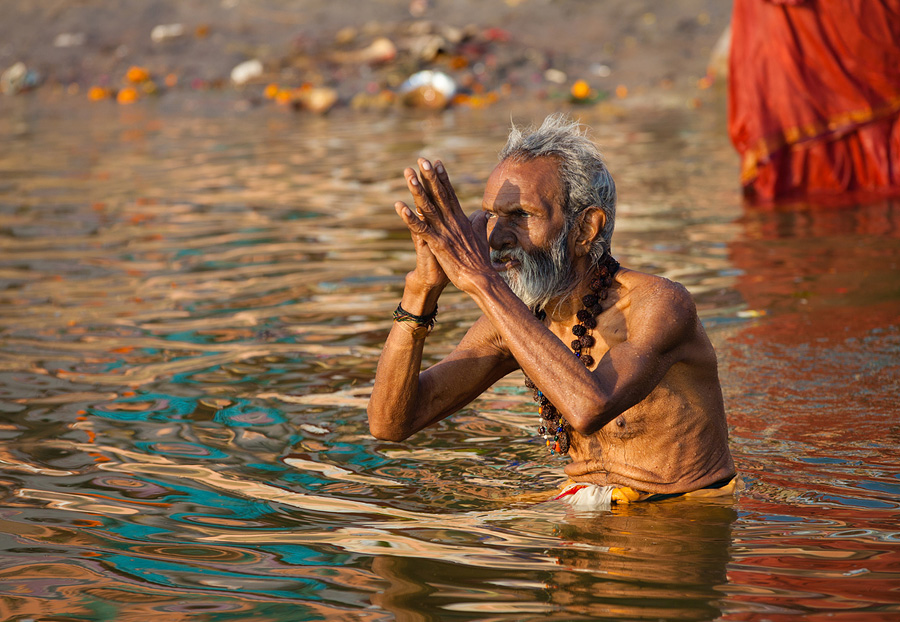
There are around 90 steps or ghaat lined across this 6km wide stretch river Ganges, joining this holy river with the frantic city that lies above it. Filled with mazes of alleys and streets and overwhelmed with bereft palaces and homes, there are more than 2,000 shrines and temples scattered across the city. During your holiday to Varanasi you will witness things funeral processions and goats and cows feeding, especially close to the Golden Temple, also known as Kashi Vishvanath and the centrally located Dashashvamedh Ghat.
Destination: Spiritual Healing and Yoga Expand
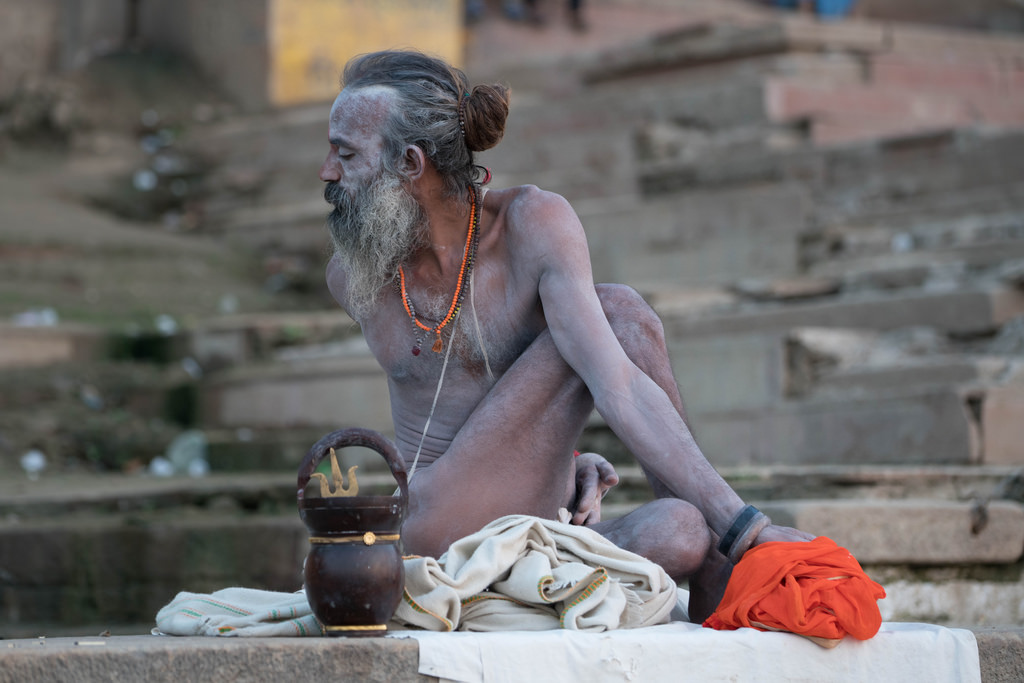
This city is considered to be the holiest of Indian cities, so there is no better place if you are in search of yourself or a third eye. Meditation and Yoga are two ancient India practices and 5000 years later, there is still no better Yoga destination than India. This city has a number of yoga ashrams and yoga resorts, which focus on cultivating spirituality. If you are looking for meditation and yoga, holidays in Varanasi will offer you an exceptional spiritual experience. If you are looking for meditation, you can go to any of the different ashrams in Varanasi. Varanasi can be called the heart for Yoga, Meditation, Ayurveda and Astrology in India. The Sampurnanand Sanskrit University is a place where you can find different departments and faculties of Yoga, Meditation, Astrology and Ayurveda.
Destination: Do as the Locals Do Expand

If you’re game for a true Varanasi experience, you may try some of the traditional local activates during your Holiday in Varanasi. Over 65,000 people visit the ghats everyday for a dip, mostly at the time of dawn, in the holy waters of Ganges. It is nothing short of an exotic sight to witness. However, as the sewerage pipes dump human waste into water, as well as sunken corpses which are very prevalent, the likelihood of infections or diseases is very high – so it best to not get too close to the water. Boat riding is very popular here, especially at sunset and sunrise. Both rowboats and motorboats are available for touring. The most famous sunset boat ride starts at the Dasaswamedh Ghat or any of the other ghats along Ganges and they head upwards to the Manikarnika Ghat to witness the cremations. You can head down to the Dasaswamedh after sunset and you will get to witness the aarti ceremony from your boat. The sunrise is also an enchanting time to visit these ghats. You can also go exploring the alleys and streets during your Varanasi Holidays. The, sight, sounds and smells here are unbelievable. You will see little houses and shops that you had never imagined seeing. This place will overwhelm all of your senses- just make sure avoid eating anything unless you have very strong stomach immunity.
Destination: Sights of the Third Eye Expand
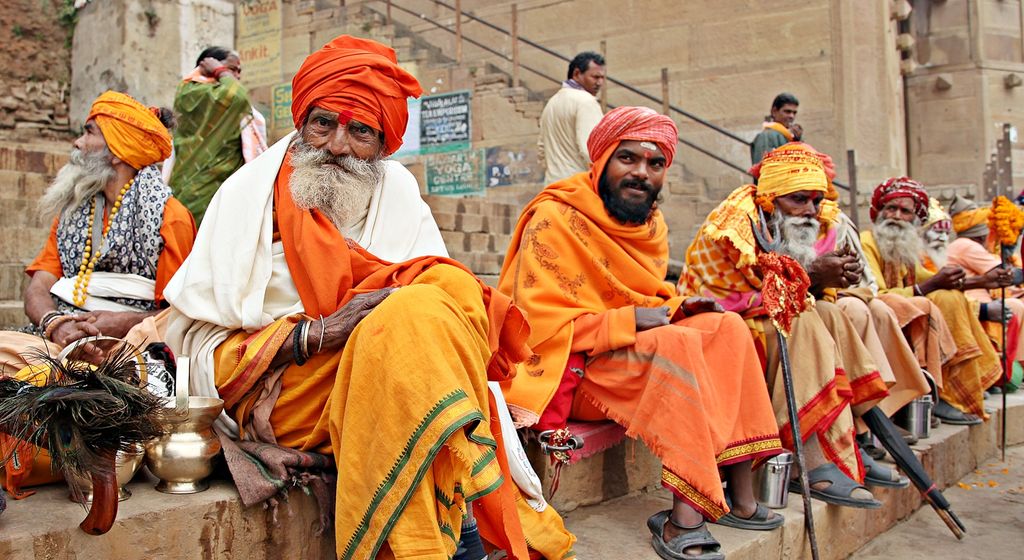
Holy sites are a must see during your holidays in Varanasi. You will get to witness the rich history and culture of India here. There are a lot of religious buildings around every corner that you turn. Here are a few that you should definitely see:
1. Kashi Vishwanath Temple: It was built originally in 1776 by the Devi of Indore, Maharani Ahilya. The towers of this temple are gold plated. Maharaja Ranjit Singh donated over 1000 kilograms of gold for its purpose in 1800s.
2. St. Mary’s Church: This church is one of India’s oldest Protestant Churches. Its construction started on April 29th, 1810 and Daniel Corrie laid down the foundation stone. St Mary’s Church is located in the Varanasi’s cantonment area.
3. Manikarnika Ghat: It is also called the “Maha shamsana’ or ‘Greatest Cremation Ground’, this is the place where dead bodies arrive from all across the country for cementation by fire. The fire used in this process is considered to be sacred and is believed to be burning for centuries.
4. Ramnagar Fort: This fort is also a palace and it was constructed in the 18th century. King of Kashi used to live here. The building has red sandstone, and the fort museum displays a Royal collection of vintage royal cars and palkies, an armory with vintage swords and guns, antique clocks and ivory work.
5. Nepali Temple: It is a very unique temple situated at the Lalita Ghat. The king of Nepal commissioned this temple and i
When to visit Varanasi Expand
To make your Varanasi holiday pleasant, the time to visit is very important. Weather in Varanasi is usually humid and hot with temperatures that vary drastically between winter and summer. The summers last from the early April till October.
Temperatures can go from 32°C to over 45°C. The stretch of Heavy monsoon rain and humidity characterize the monsoon, which occurs between June and July. Winter is between December and March. The weather here can get really cold and the temperature often fall as low as 5°C during the night but days are very pleasant generally. This is the best time for a Varanasi holidays.
| Jan | Feb | Mar | Apr | May | Jun | Jul | Aug | Sep | Nov | Dec | |
|---|---|---|---|---|---|---|---|---|---|---|---|
 Avg Max Temperature (°C) Avg Max Temperature (°C) |
22.8 | 28 | 34.5 | 38.8 | 35.7 | 34.1 | 34 | 32.8 | 32.3 | ||
 Avg Min Temperature (°C) Avg Min Temperature (°C) |
9.7 | 11.6 | 18.3 | 21.9 | 24.3 | 25.9 | 26.4 | 25.1 | 24.9 | 13.5 | 9.9 |
 Avg Hours of Sunshine Avg Hours of Sunshine |
|||||||||||
 Montly Rainfall (mm) Montly Rainfall (mm) |
1.7 | 3.4 | 143.2 | 242.2 | 254.3 | 254.2 | 272 | ||||
When to visit: Summers Expand
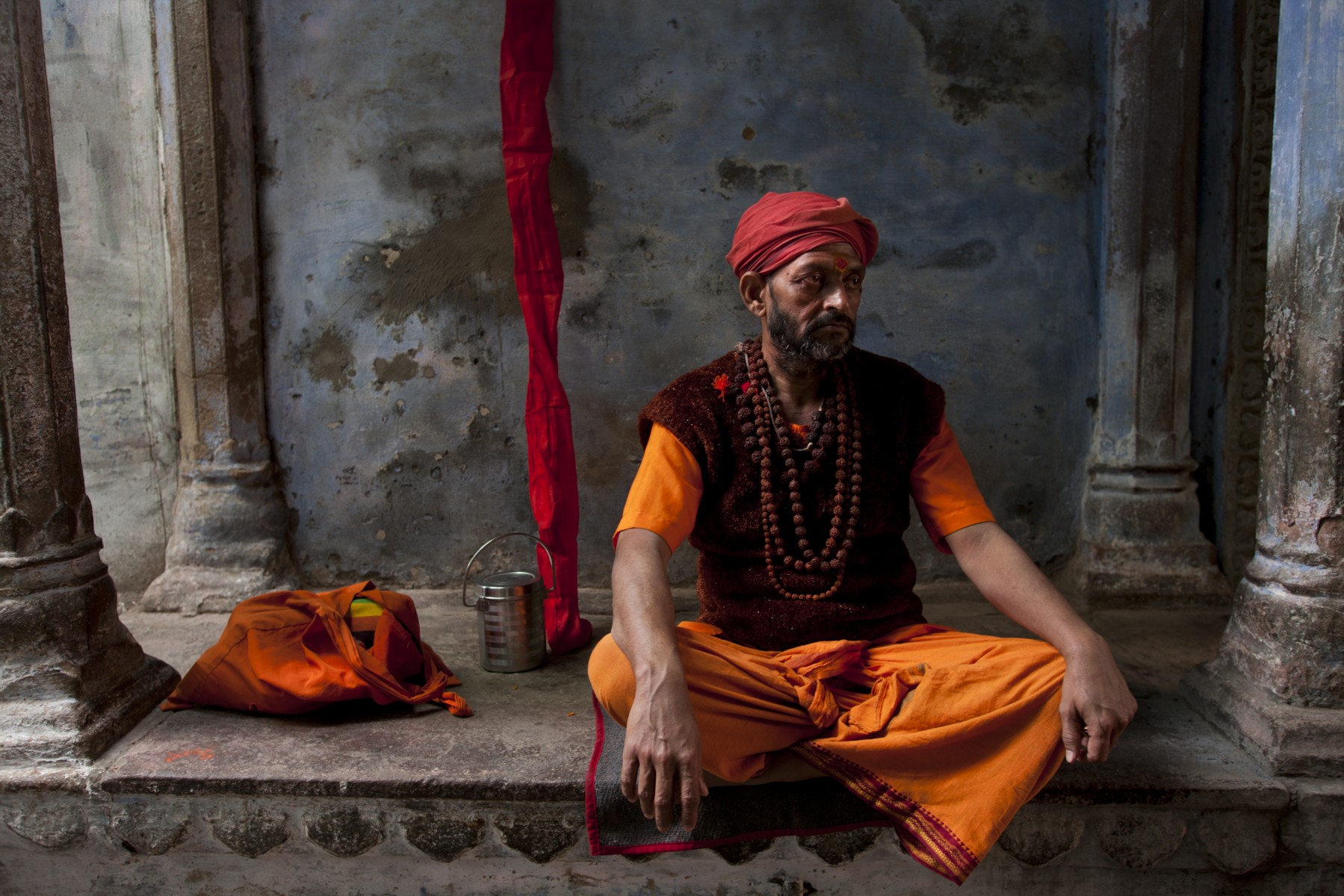
Varanasi faces very harsh weather from April to October; hot summers with high 33°C and low of 24°C. The hottest time of the year is May, where the temperature soars up to 40°C. It is followed by great levels of rain. In July, the city stays wet with more than 340 mm of rain.
When to visit: Winters Expand
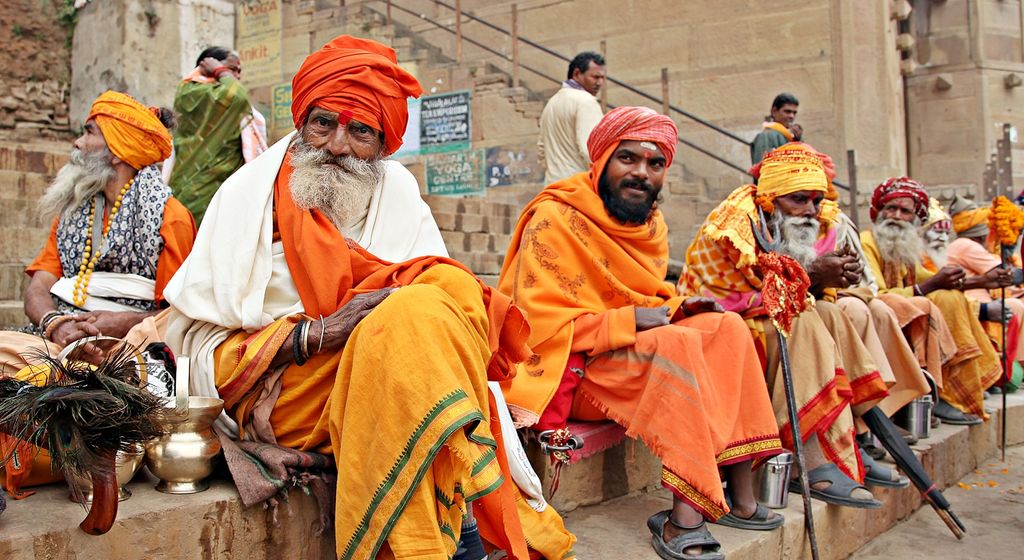
Contrary to summers, the winters in Varanasi are quite pleasant, where 22°C is the highest. Winters here appear very soothing as the minimum temperature fluctuates between 12 to 16°C. The coldest time is January, where it can go as low as 5°C. The rainfall level is very low during winters as March only receives 10 mm. This is the ideal time for a Holidays to Varanasi.
London, United Kingdom
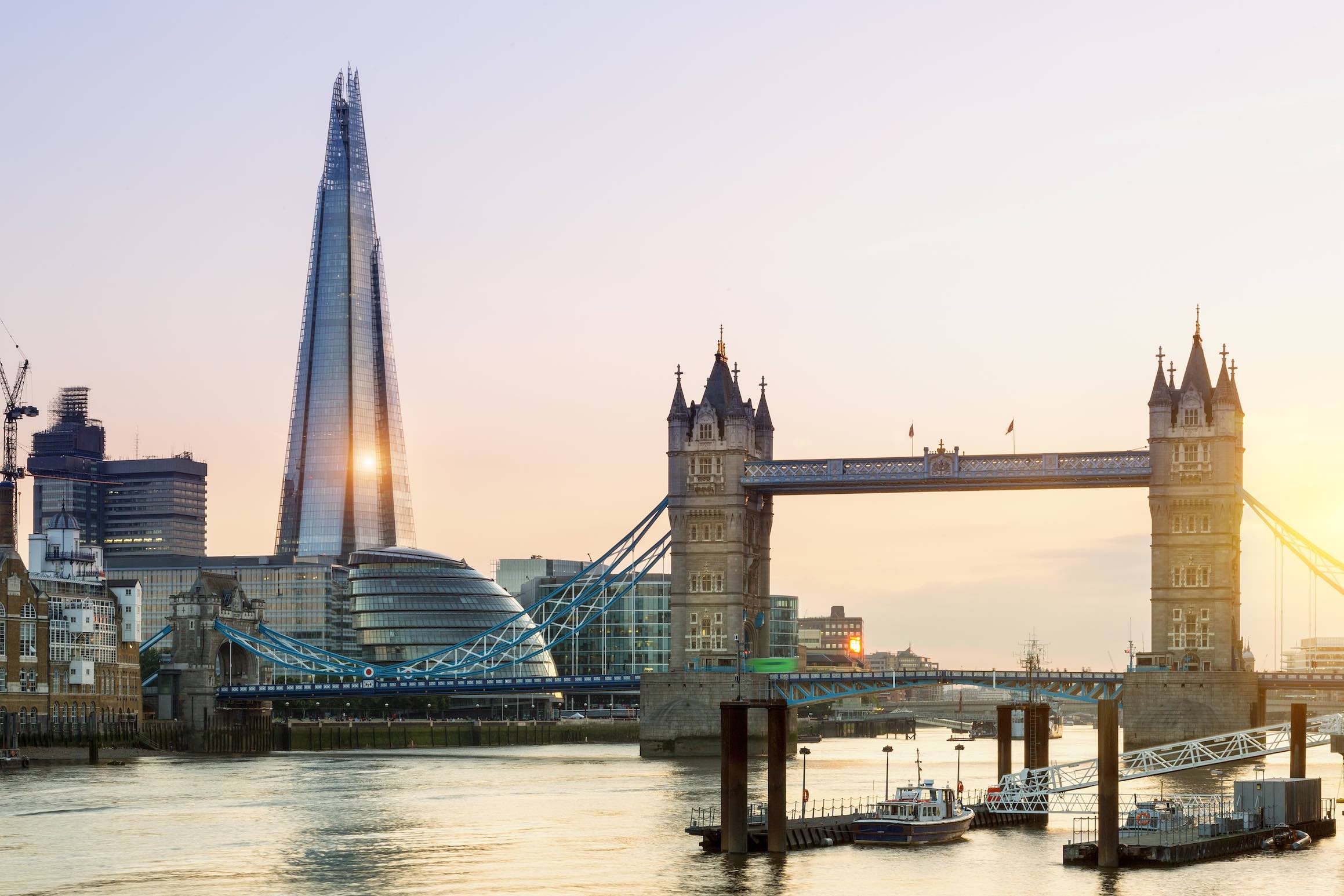
2nd April 2022 - 13th April 2022
Location Expand
Climate & Weather Expand
| Jan | Feb | Mar | Apr | May | Jun | Jul | Aug | Sep | Nov | Dec | |
|---|---|---|---|---|---|---|---|---|---|---|---|
 Avg Max Temperature (°C) Avg Max Temperature (°C) |
19.2 | 27.9 | 33.2 | 37.5 | 37.5 | 38.1 | 36.5 | 34.9 | 33.4 | 27.8 | 23.4 |
 Avg Min Temperature (°C) Avg Min Temperature (°C) |
7 | 10.6 | 17 | 18.7 | 23.3 | 25.8 | 26.4 | 27.6 | 25.9 | 10.2 | 7.1 |
 Avg Hours of Sunshine Avg Hours of Sunshine |
4 | 8 | 9 | 8 | 8 | 7 | 4 | 5 | |||
 Montly Rainfall (mm) Montly Rainfall (mm) |
57 | 2 | 4 | 3 | 144 | 35 | 507 | 212.2 | 198.2 | 1 | 2 |
Red Fort
Seat of the Mughal Empire since Emperor Shah Jehan, the Red Fort stood for the might of imperial Hindustan. The medieval structure in Delhi holds significance even today as the Prime Minister of India makes his customary Independence Day speech from the ramparts of the fort on August 15. The fort stood at the eastern edge of Shahjahanabad, the new capital of Mughal Empire created by Shah Jehan in 17th century. Shahjahanabad was the seventh Delhi created since Indraprastha, the capital of Pandavas.
Built by Shah Jehan as his residence, the fort gets its name from the massive wall of red sandstone. The Red Fort was called the “Qila-i-Mubarak” or “The blessed fort”; however, it is popularly known as ‘Lal Qila’. Though the Agra fort made of red sandstone is also called Lal Qila, it is the fort at Delhi which is associated with the name.
Architecture of the fort, its planning and beauty showcases the ingenuity of Mughals and their love for creating masterpieces in stone. Though the fort has lost its glory and looks rather forlorn, it was the centre-stage of political happenings. The pomp and power of the fort was on display each Friday, when Emperor Shah Jahan paraded out of the fort at the head of his retinue atop an elephant, to offer prayers at the Jama Masjid.
The fort shot into limelight again and became the epicentre of political developments during the Revolt of 1857. It was the residence of the Mughals till the last royal Bahadur Shah Zafar was arrested for his role in the mutiny. The fort was the scene of an important event associate with the Indian freedom struggle. The joint court-martial of officers of Subhash Chandra Bose’s Indian National Army – Colonel Prem Sahgal, Colonel Gurubaksh Singh Dhillon and Major General Shah Nawaz Khan – was held at the Red Fort. The trio was defended by the INA Defence Committee which included legal luminaries like Jawaharlal Nehru, Bhulabhai Desai, Kailashnath Katju and Asaf Ali.
The Red Fort attracts large number of tourists for its architecture, history and for its sheer magnificence. The Red Fort is one of the most popular tourist destinations in Delhi.
Architecture Expand
Situated along the Yamuna River, the fort spread over 254 acres, was designed to incorporate the pre-existing Salimgarh Fort. The construction of the fort began in 1638 and took a decade to finish. Situated at the eastern edge of Shahjahanabad, the fort gets its name from the massive wall of red sandstone. The wall is about 2.5 km long and it varies in height from 60 ft on the river side to 110 ft towards the city.
It was surrounded by a 10m-deep moat. It was crossed on wooden drawbridges but was lated replaced with stone bridges. A moat surrounded the fort and it was fed by waters from the Yamuna River.
Various monuments in the fort – the Diwan-i-Khas or Hall of Private Audiences, the Chatta Chowk, the Khas Mahal, the Diwan-i-Khas, the hammams, the Moti Masjid, the formal garden, the Hayat Bakhsh Bagh, etc. still speak of the Mughal love for architecture and splendour.
The Red Fort was declared as a UNESCO World Heritage Site in 2007.
History Expand
Shah Jehan decided to move his capital from Agra as he wanted to bring prestige to his reign. He also wanted a fresh canvas to give life to his ambitious building schemes and interests. Construction began in 1638 and it was completed in 1648. At its heyday, over 3000 people lived within the premises of the Delhi Fort complex. The fort’s importance and glory waned with the falling fortunes of the Mughals. However, it was catapulted again to centre-stage during the First War of Independence in 1857.
After the revolt was suppressed, the fort was captured by British East India Company. It later became the headquarters of the British Indian Army. After India’s independence, Indian Army took control of the fort. Indian Army vacated the fort in 2003.
Several pavilions and gardens in the fort were destroyed by the British for use as headquarters of their army.
Qutub Minar
The tallest minaret in India, Qutub Minar is among the iconic monuments of Delhi. Known as the ‘Tower of Victory’, the construction of the minaret also marked the beginning of the Muslim rule in India. Located at Mehrauli, around 3.9 million people visit the structure every year. Built from red sandstone and marble, the minaret is known for its history and architectural significance. The minaret and other monuments within the complex have been declared a UNESCO world heritage site.
A classic example of Indo-Islamic architecture, the foundation of the minaret was laid by Qutb-ud-din-Aibak in 1192. It was built to celebrate the victory of Mohammed Ghori over Rajput king Prithviraj Chauhan. However, Qutd-ud-din-Aibak died before completion of the minaret. Iltutmish continued construction and during his time three-storeys were added. Later in 1368, two more storeys were added by Firoz Shah Tughlak.
The minaret is 72.5 meters high and has five-storeys with a projecting balcony. The first three storeys are made of red sandstone, while the remaining two storeys with marble and sandstone. The exterior of the minaret is decorated with fluted columns, which have a 40 cm thick veneer of red sandstone. Another attraction of the minaret is its 397 steps, which leads to the balconies.
The Minaret Expand
One can see verses from the Holy Quran carved in Kufic style of Islamic calligraphy on the walls of the minaret. The minaret was used to summon the faithful for the prayers in the Quwwat-ul-Islam mosque. Inscriptions further indicate repairs of the minaret carried by Sultan Sikander Lodi in 1503 after it was struck by lightning. In 1802, the minaret was severely damaged by an earthquake and was repaired by Major R Smith of the Royal Engineers, who replaced the capola with a Bengali-style chhatri. The chhatri was later removed by the Governor General Lord Hardinge in 1848. The chhatri stands at the left side of the minar and it’s called Smith’s folly.
FUN FACTS
Several movies have been shot at the Qutub complex. The song Chand sifarish from the Aamir Khan-Kajol starrer Fanaa was shot here. Dil ka bhanwar kare pukar song from the film Tere Ghar Ke Saamne starring Dev Anand and Nutan was shot completely within the Qutub Minar. It was the last movie to be shot inside the tower.
The City Palace
City Palace Complex is another magnificent and splendid marvel of Jaipur. It offers a very rare and unique amalgam of the elegant blends of Mughal and Rajasthani architecture. Located in the center of the old Jaipur city, it spreads over a huge area. Its outer walls were built in the time of Jai Singh, which saw additions in the 20th century. It has many buildings with well-built gardens and immense patios. Sawai Madho Singh II constructed the Mubarak Mahal or Welcome Palace as a centre of reception for visiting dignities. The Mahal is located before the entrance of the main complex. Now it has been made a portion of the Maharaja Sawai Man Singh II Museum. This museum is the home to a wide range of items from the Royal times like costumes, embroideries, shawls, Benaresi silk sarees, Maharaja's pajamas, Chogas, clothes of other rulers, Kamarbands, Jamawars, and Goliath sized musical instruments such as Sarangis and Tanpura as well as clothes of Sawai Madho Singh I.
Hawa Mahal
HawaMahal or “The Wind’s Palace” was built in 1799, by the Maharaja Sawai Pratap Singh. Hawa Mahal is located on the southern side of the city. It has a very beautiful 5-story building, the design replicates the crown of Krishna. It appears like a honey comb with around one thousand tiny windows. They are embodied with lattice work and encourage cool breeze to flow through the palace, centrally air conditioning entire area during summers. The beautiful red and pink sandstones of the exterior give it an enchanting look.
Amer Fort
Renowned for its combination of Hindu and Mughal architecture, the Amber Fort is located about 11 km from Jaipur in Rajasthan. The citadel was the seat of the Kachhawa Rajputs who ruled Amer in Rajasthan before the capital was moved to the present day Jaipur. The construction of the fort was commenced in 1592 by Raja Man Singh I over the remnants of an earlier fortified structure. The fort was built with red sandstone. It was modified by successive rulers for 150 next years.
During Mughal rule, Amber under Man Singh I was at its height of power and influence. Man Singh was the Commander in Chief of the Mughal army and one of the Navratnas (nine jewels of Akbar’s court). The ornamentation of the fort is a blend of Rajput-Mughal styles. One can see intricate carvings, mirror and precious stone works on the walls and ceilings of the fort. There are several places in the fort complex, which has been built as per the Mughal style of architecture including the ‘Dil-e-Aaram’ garden, which is located at the entry point of the fort.
The fort is connected with Jaigarh Fort through fortified tunnel. The tunnel was built for the royal family members and others during the escape during the times of war, to take them to Jaigarh Fort, which was far safer place. There are several shops within the fort, where one can buy traditional Rajasthani costumes.
History Expand
Before the Kachhwaha clan of Rajput ruled Amber, the place was founded by the Meenas in 967 AD. They dedicated the town to Amba, the Mother Goddess. The Goddess was known as ‘Gatta Rani’, ‘Queen of the Pass’ to the Meenas. Around 1037 AD, Amber was conquered by Kachhwaha clan of Rajputs and ruled it until 1727 AD. It became the capital in 1036 AD.
During their regime, several structures were built and expanded, especially during the reign of Raja Man Singh I in 1600. The construction of the fort was started in 1592 AD and it was further expanded by successive rulers. The Diwaan-e-Khas and the Ganesh Pol was built by Mirza Raje Jai Singh I. Later in 1727 AD, Sawai Jai Singh II moved the capital from Amber to a founded new town, which stands today as Jaipur. Maharani Jodha Bai, wife of the Great Mughal Emperor Akbar belonged to the Kachhawa clan of Rajput. She was the eldest daughter of Raja Bharmal of Amber.
Lakshmana Temple
Lakshmana Temple is a huge stone temple which is dedicated to Lord Vishnu. The east facing temple is famous for housing more than 600 images of gods and goddesses of the Hindu religion. The temple is beautifully decorated with patterns of elephants and horsemen carrying out parade and there is a small idol in every corner.
Vishwanath Temple
Vishwanath temple in Khajuraho is famous for the beautifully carved sculptures of Shivlinga and idol of Lord Brahma. This temple is considered to be a UNESCO world heritage site constructed in 11th century. Another attraction of the temple is a 6 ft high Nandi bull, which is placed on top of a platform.
Kandariya Mahadev Temple
The Kandariya Mahadev temple dedicated to lord Shiva is considered to be a UNESCO World Heritage site. This temple is the biggest of all the other temple on the western part of Khajuraho. The mesmerizing looks of the temple and 900 awesomely carved sculptures implies the rich culture of Madhya Pradesh to the visitors.
India

Given the pace of change since Independence in 1947, it is a blessing that so much of India's past remains discernible today. Stretching from the mountains in the north to the forests in land and stunning beaches in the south India has so much more to offer than just its world class flavours and culinary delights.
Map Expand
United Kingdom
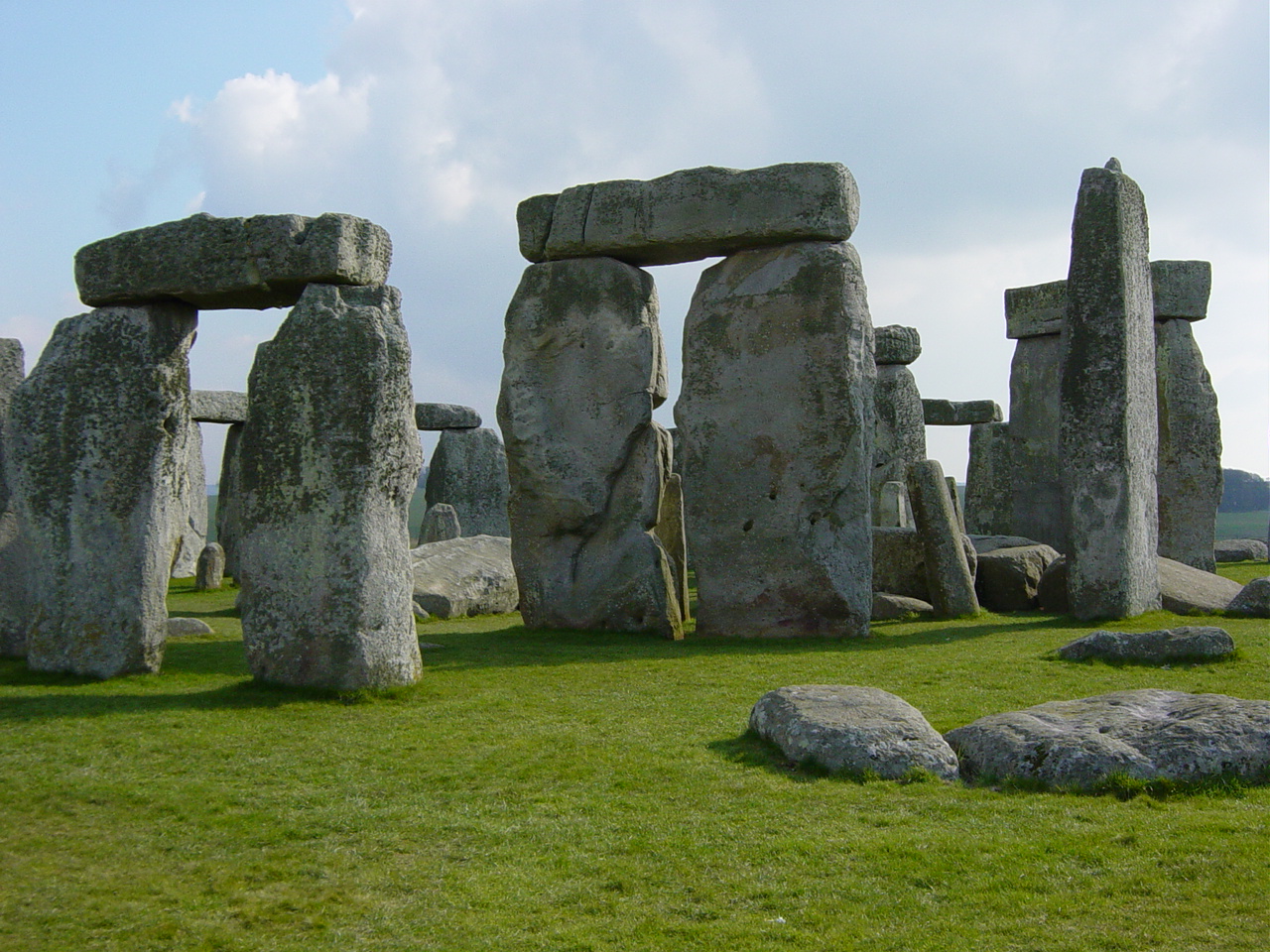
Stonehenge is a prehistoric monument located in the English county of Wiltshire, about 2.0 miles west of Amesbury and 8 miles north of Salisbury.





















